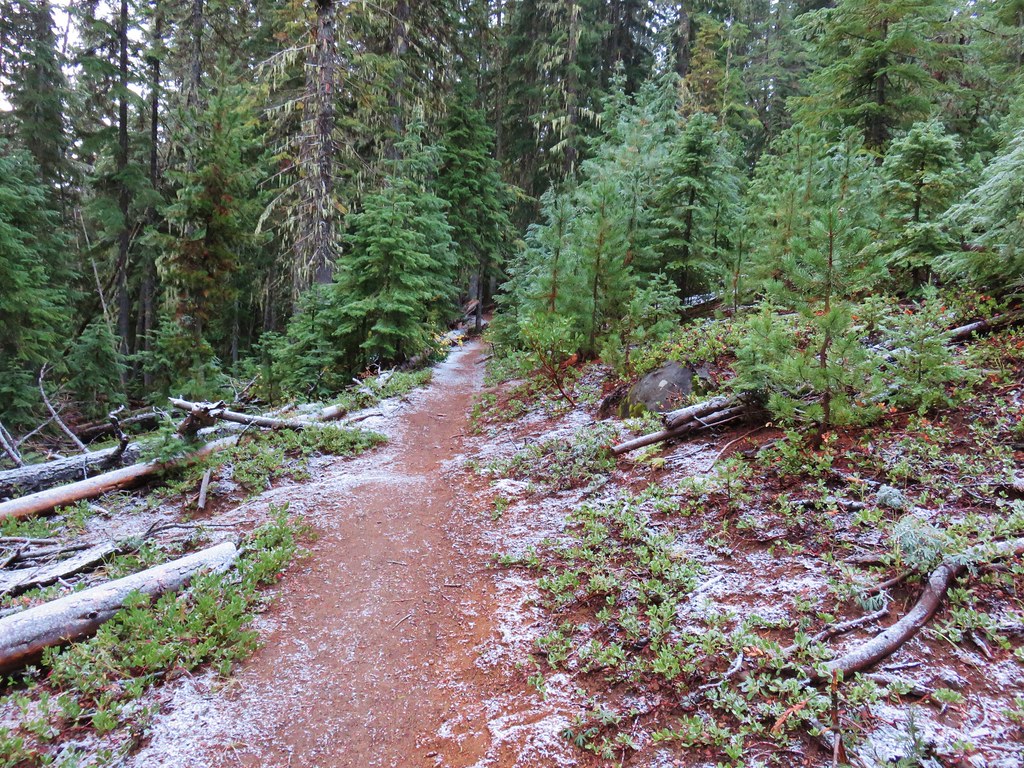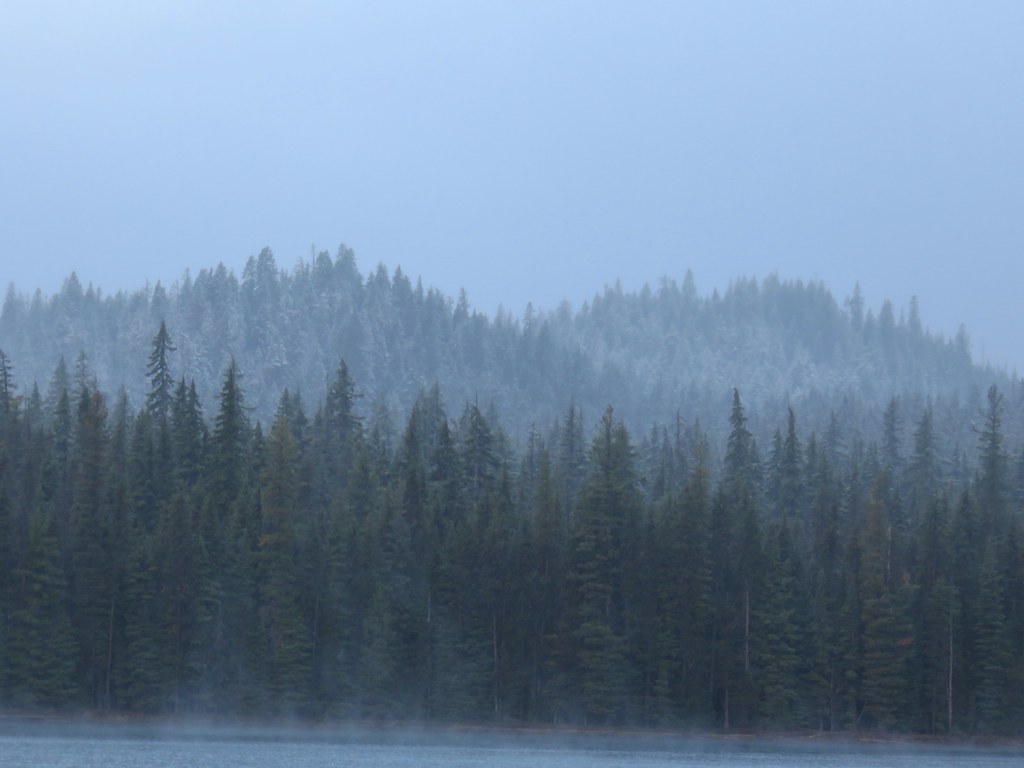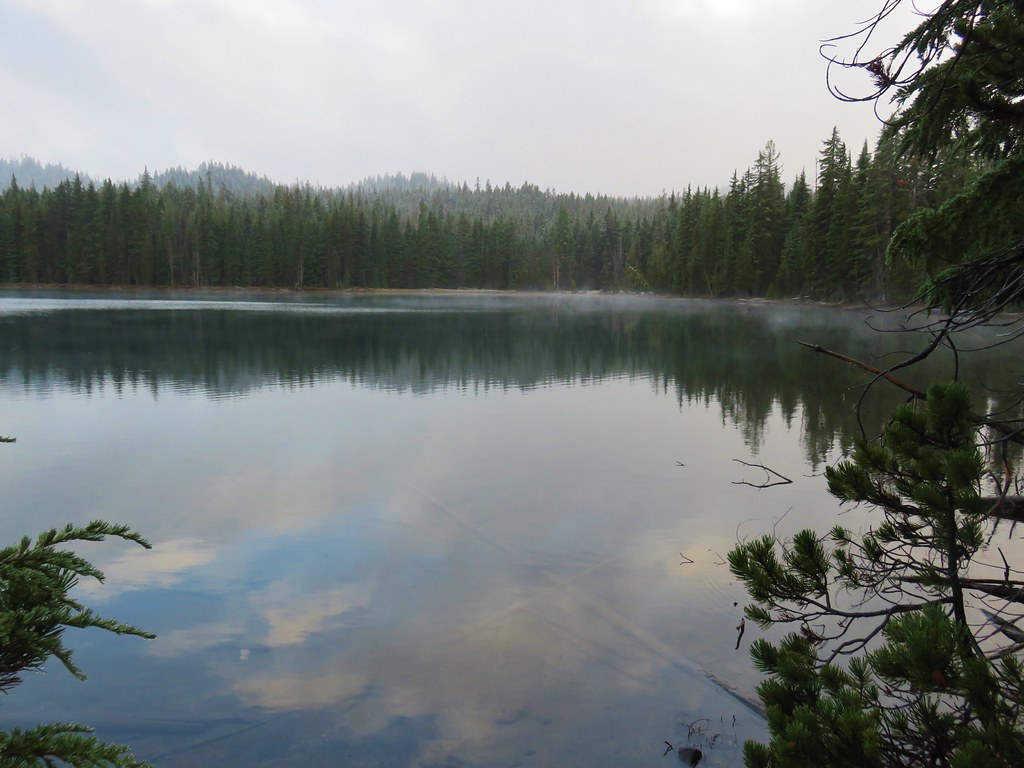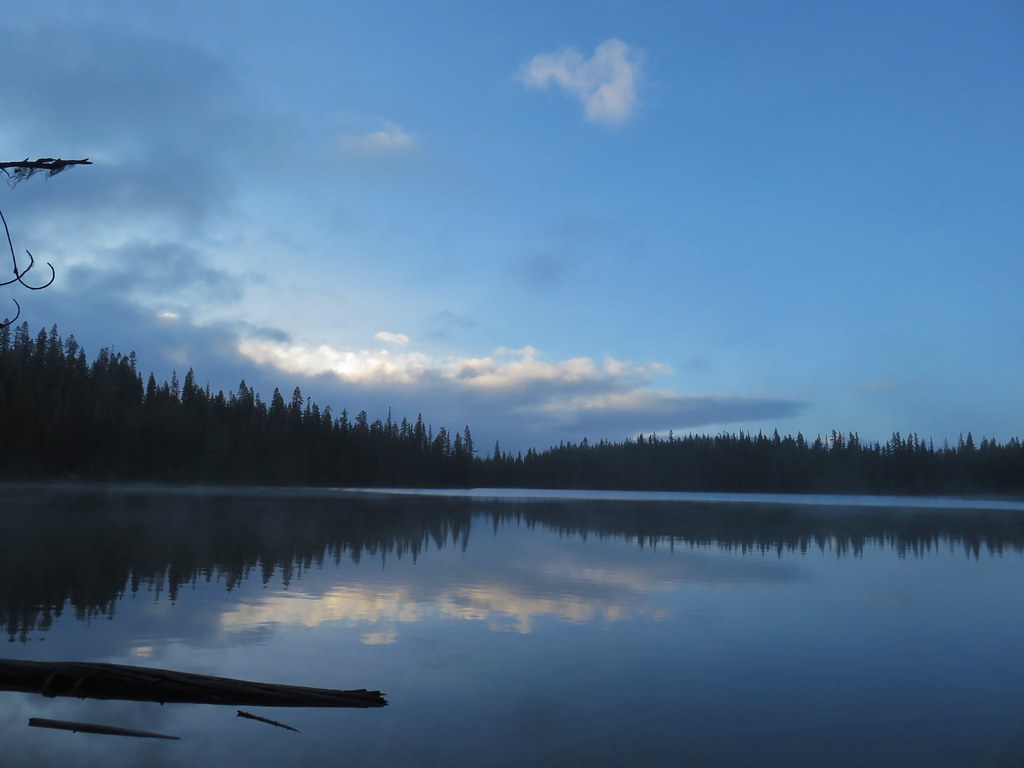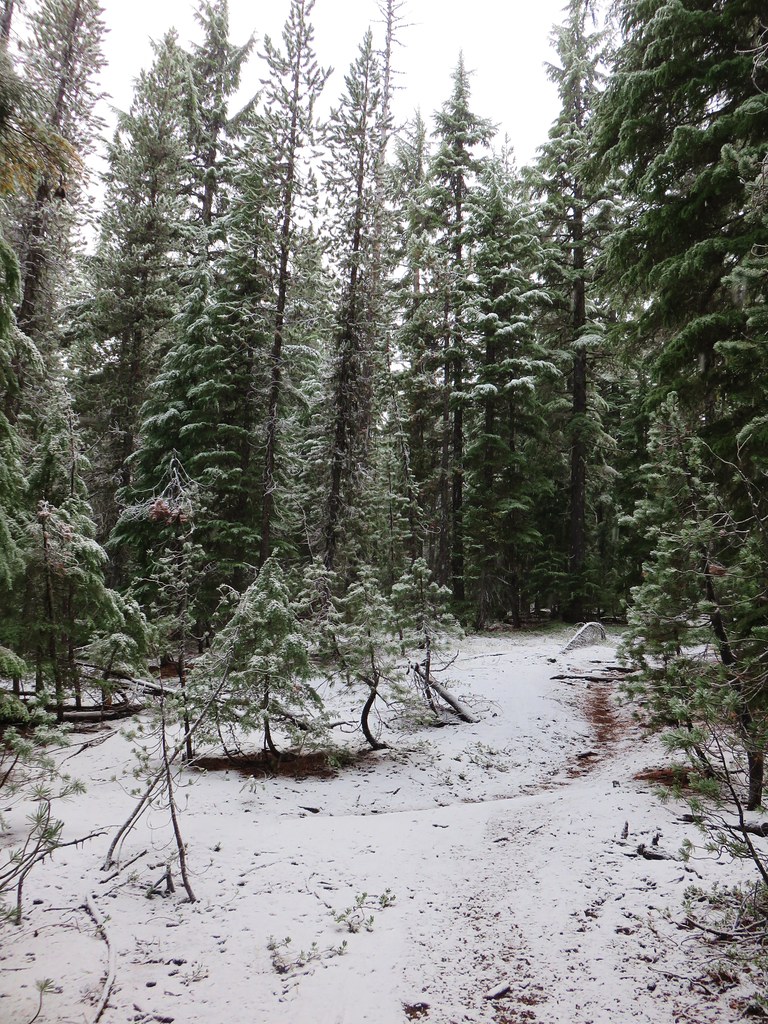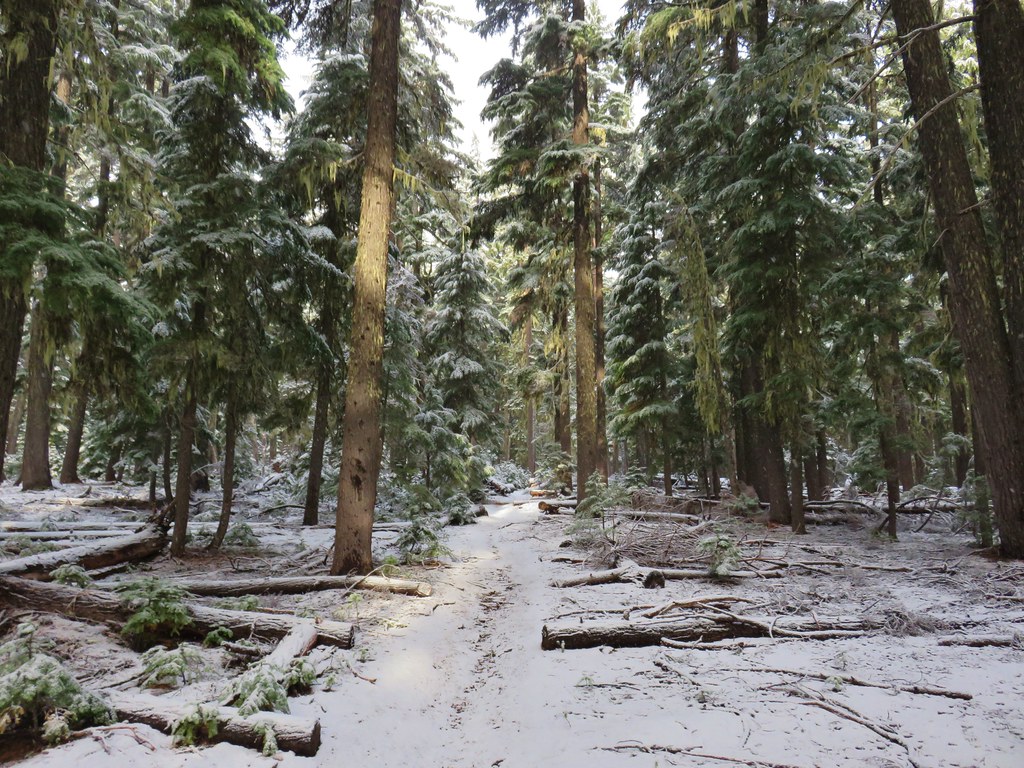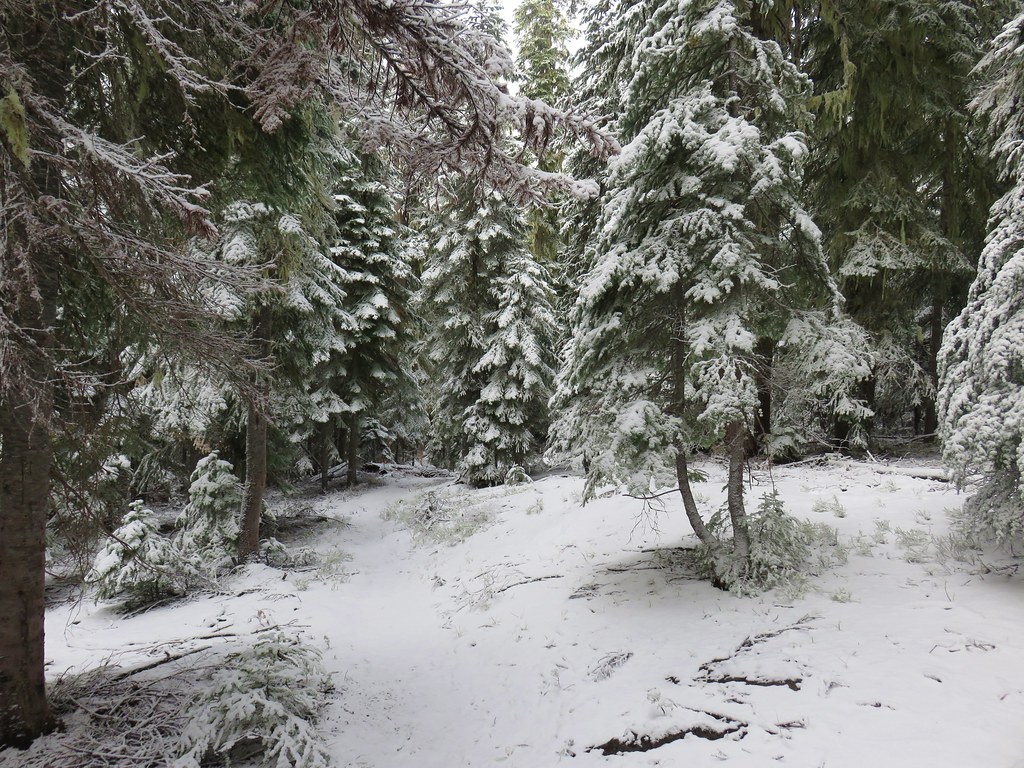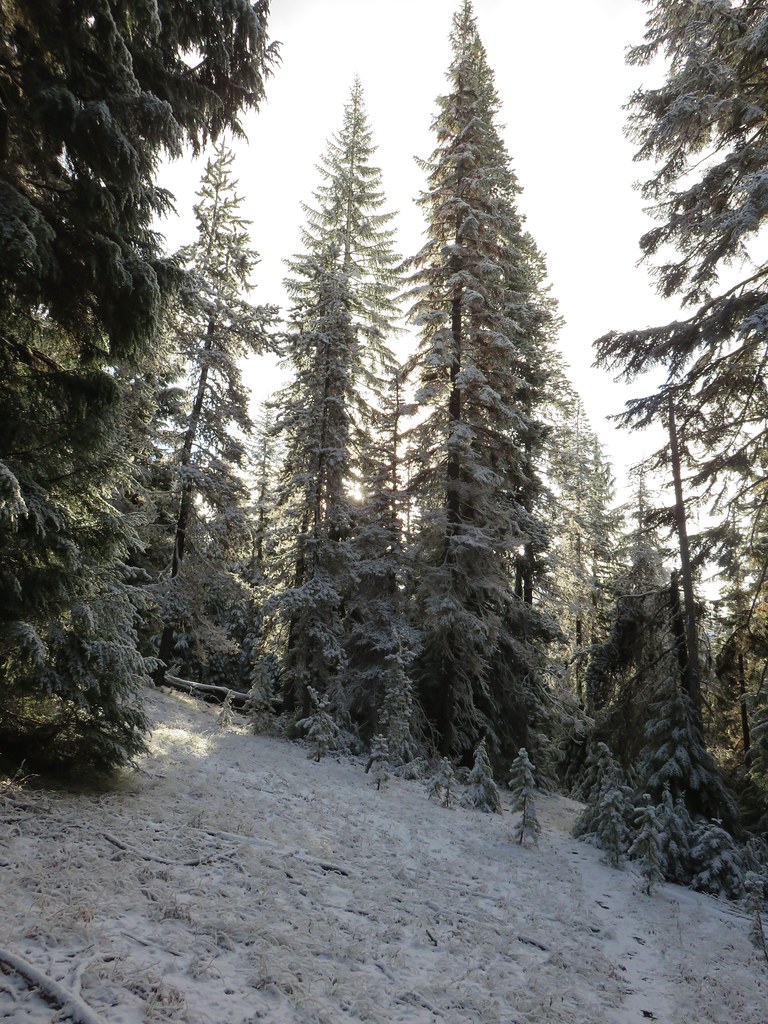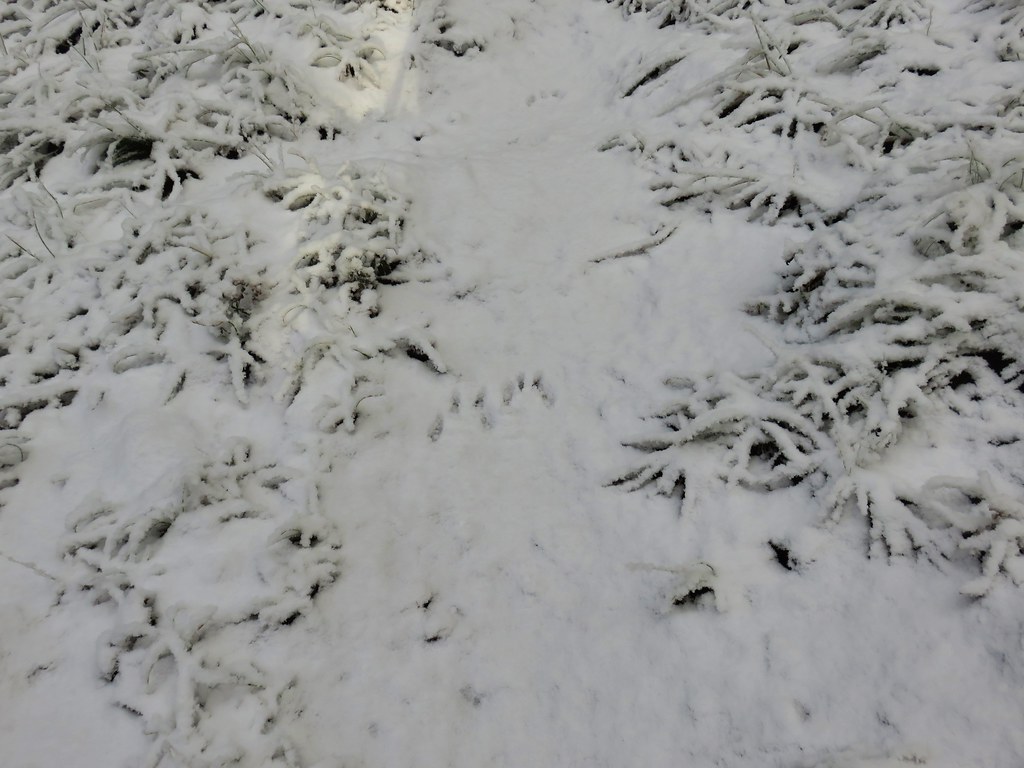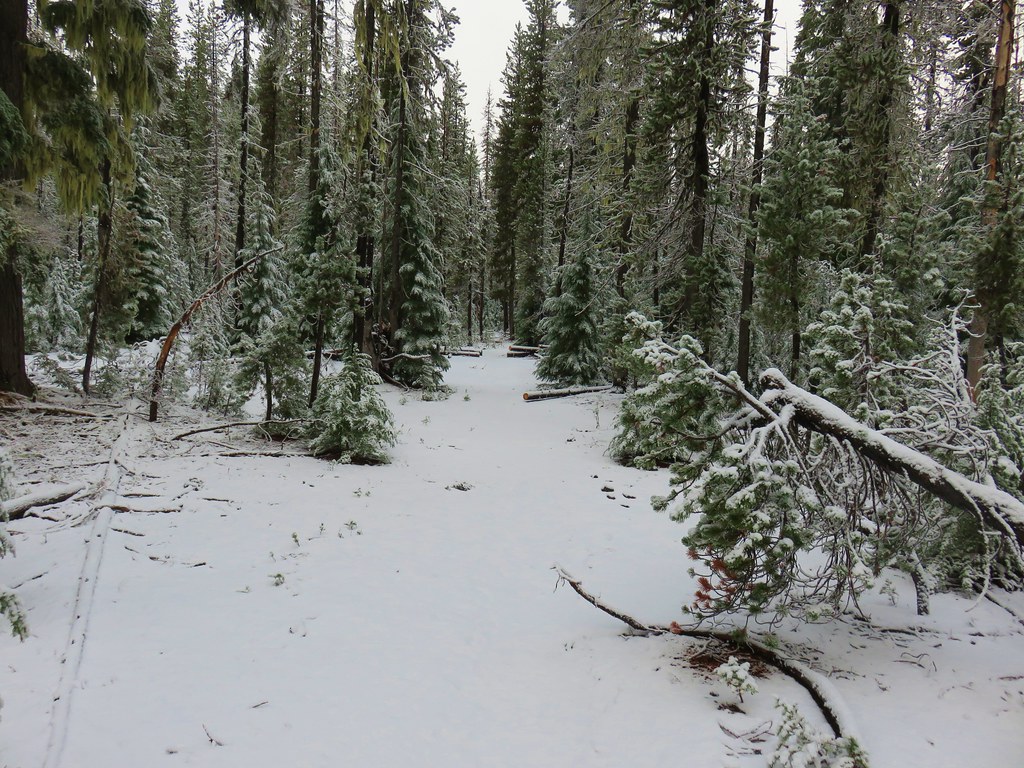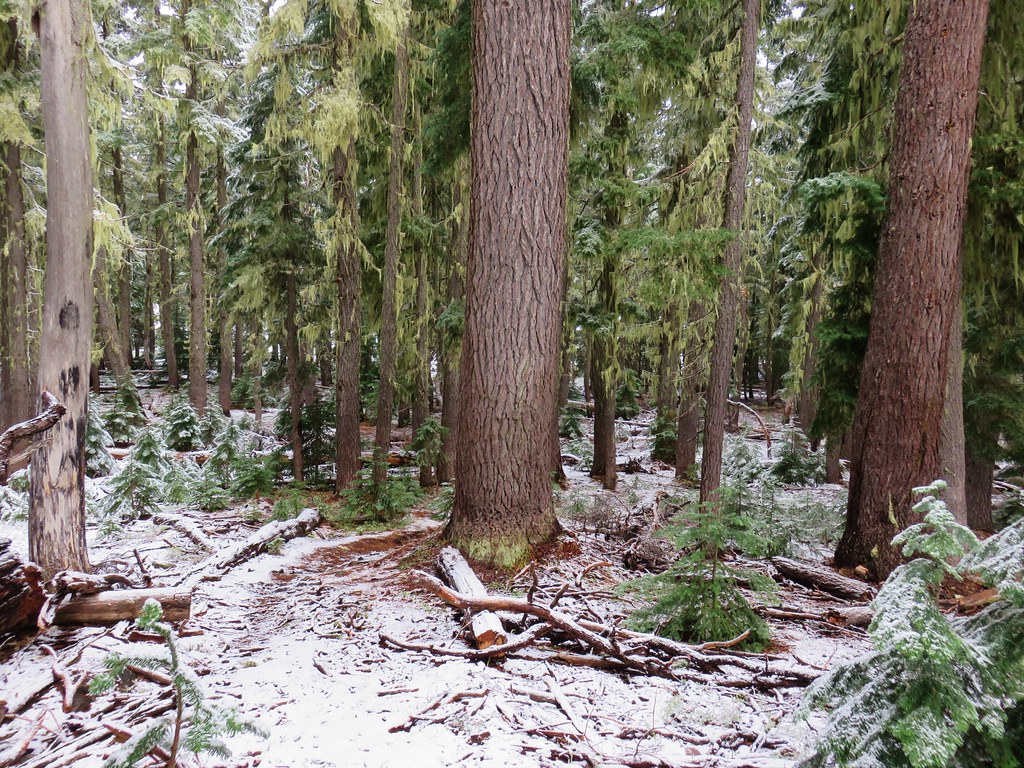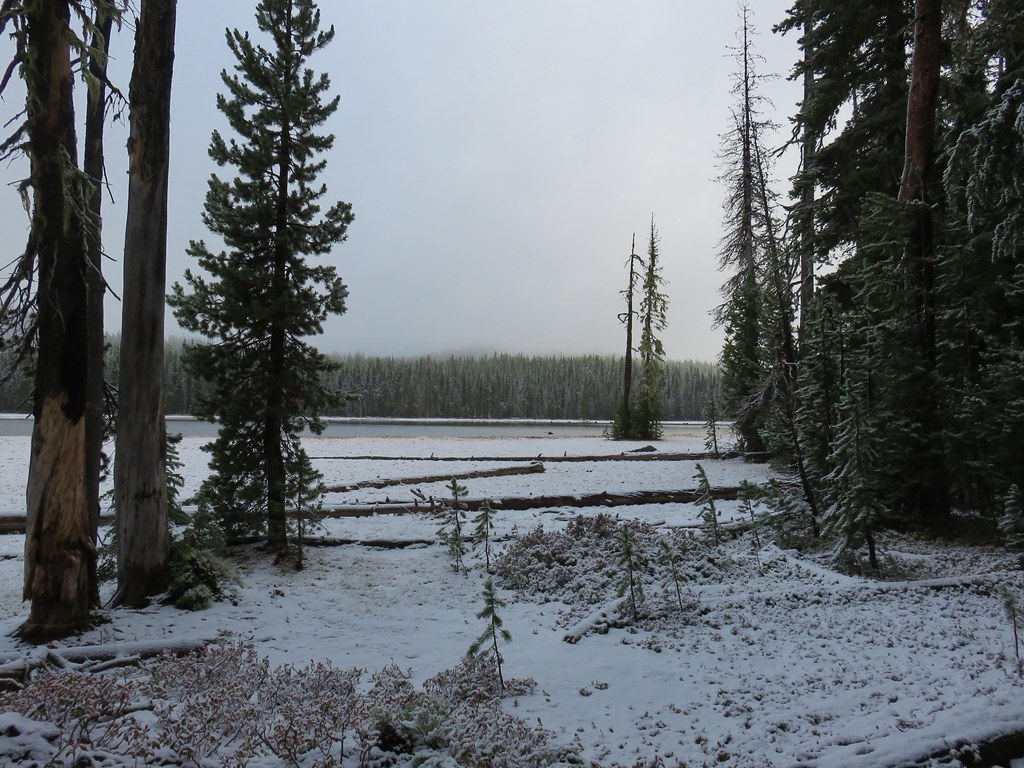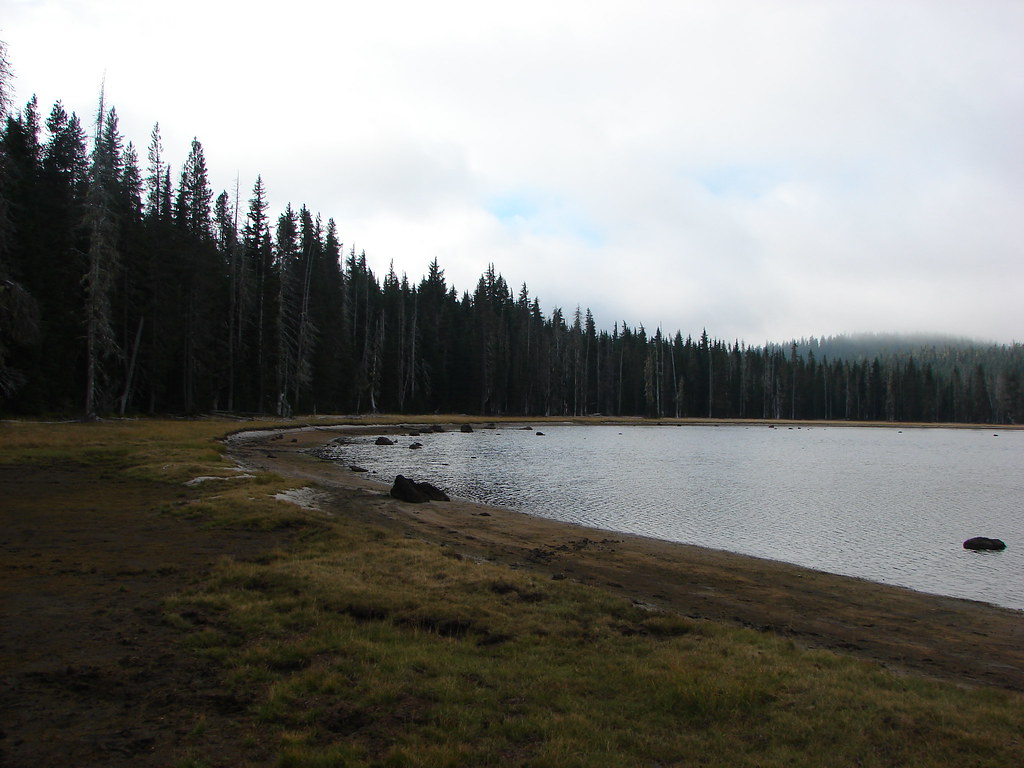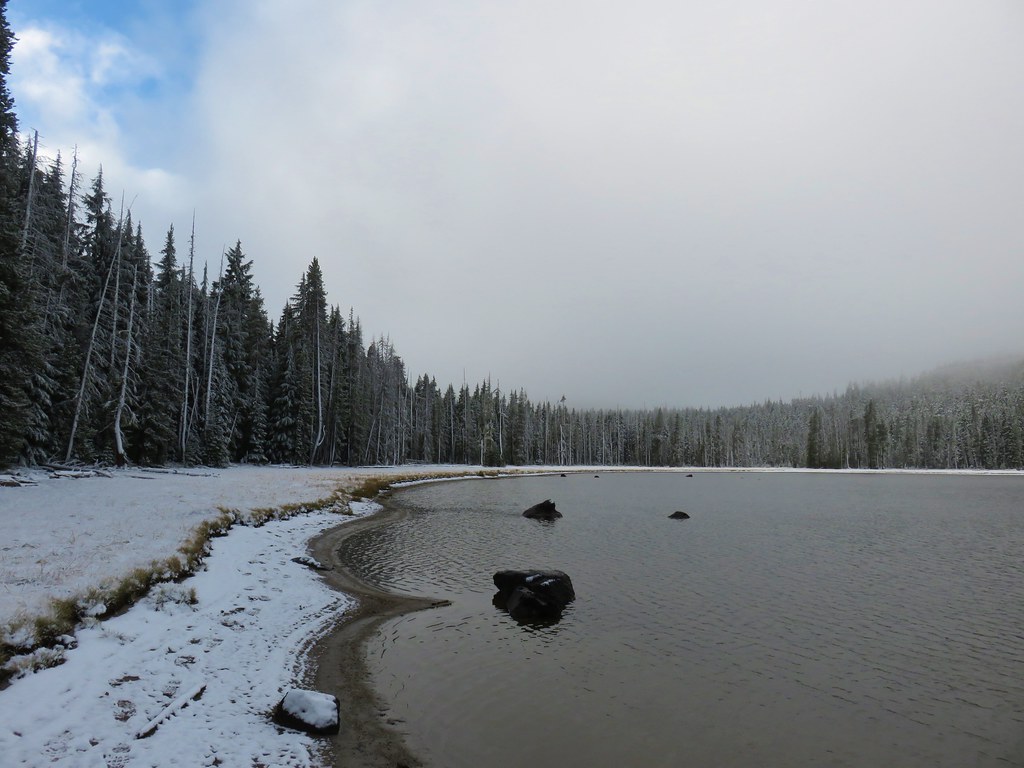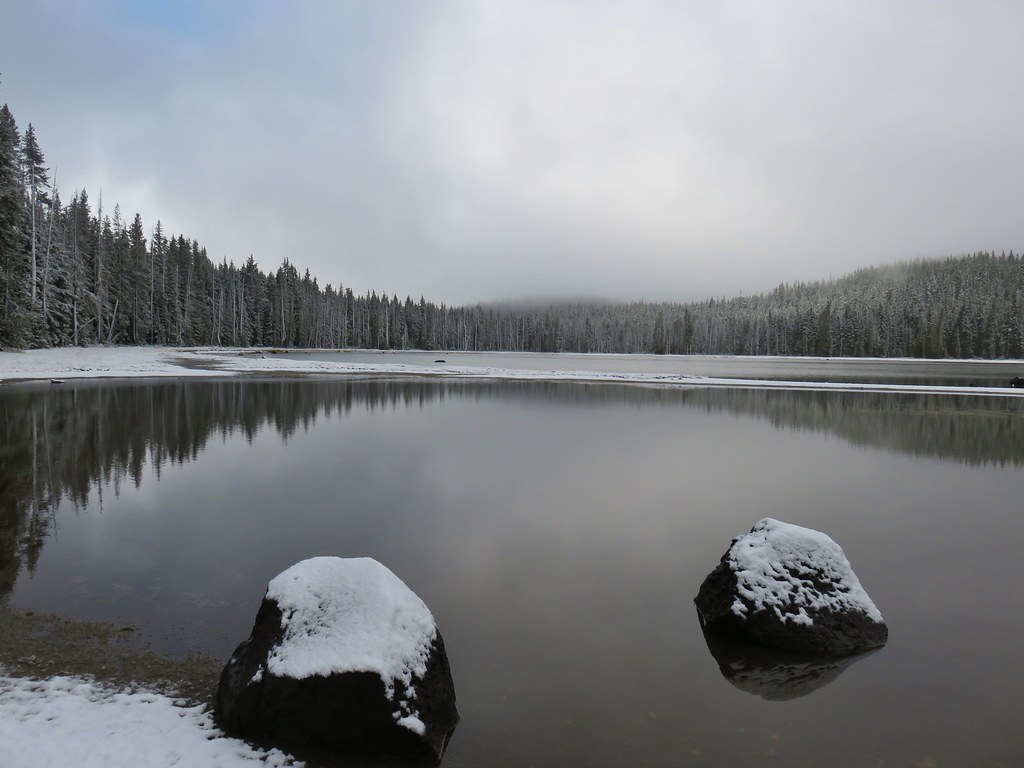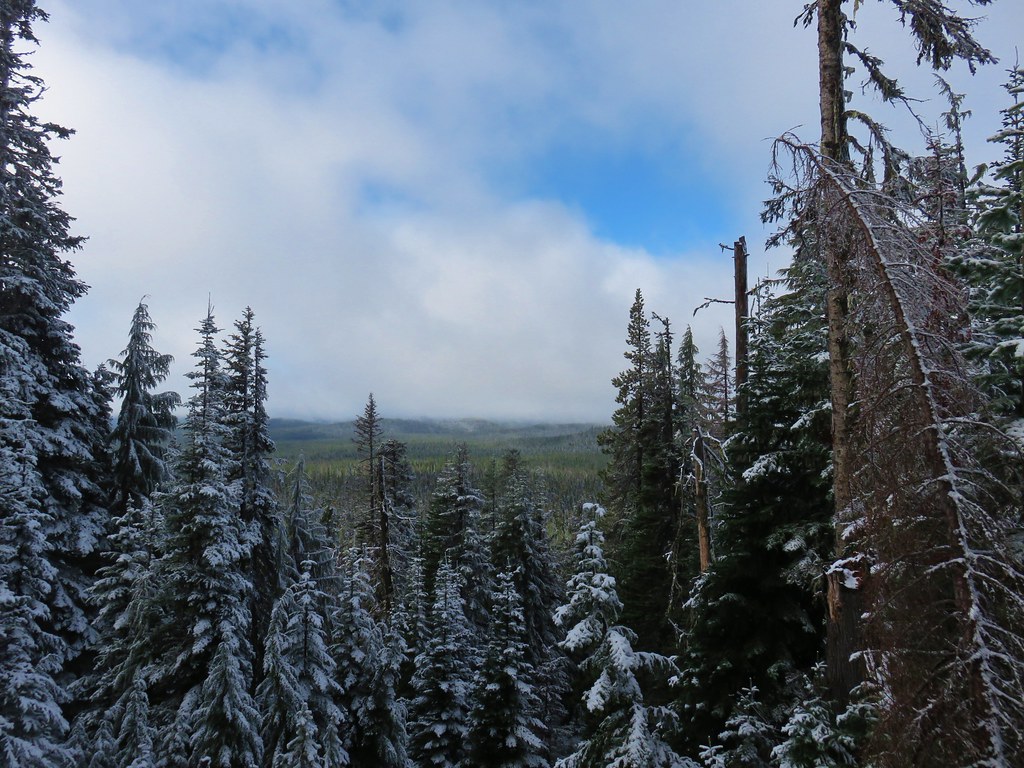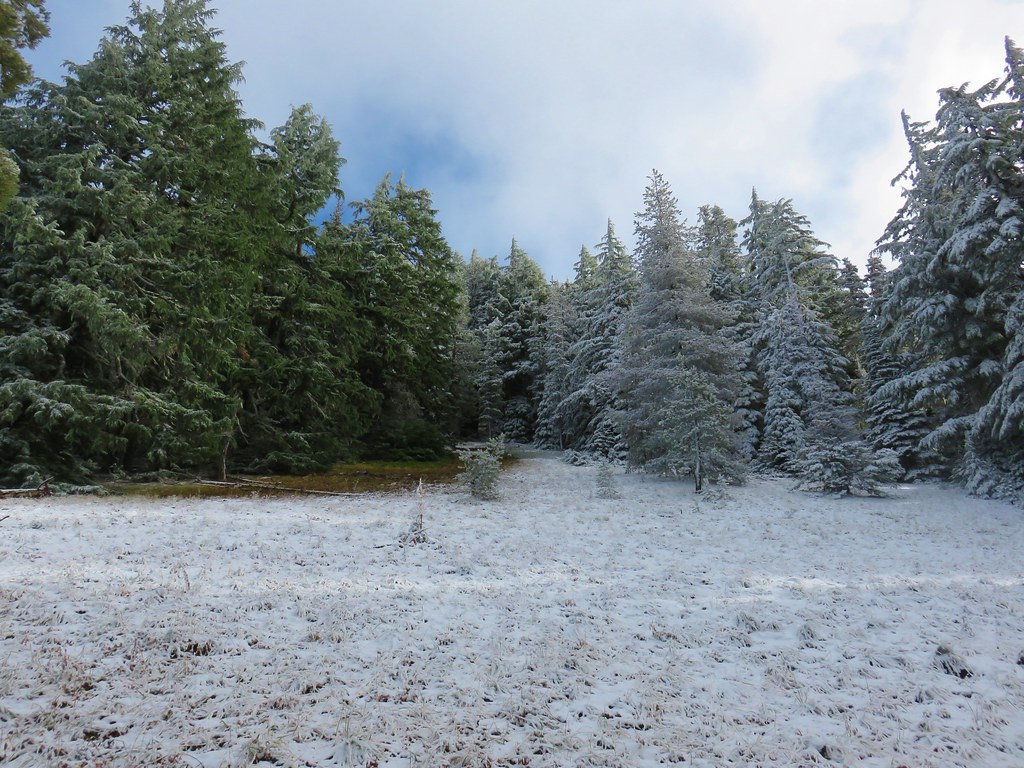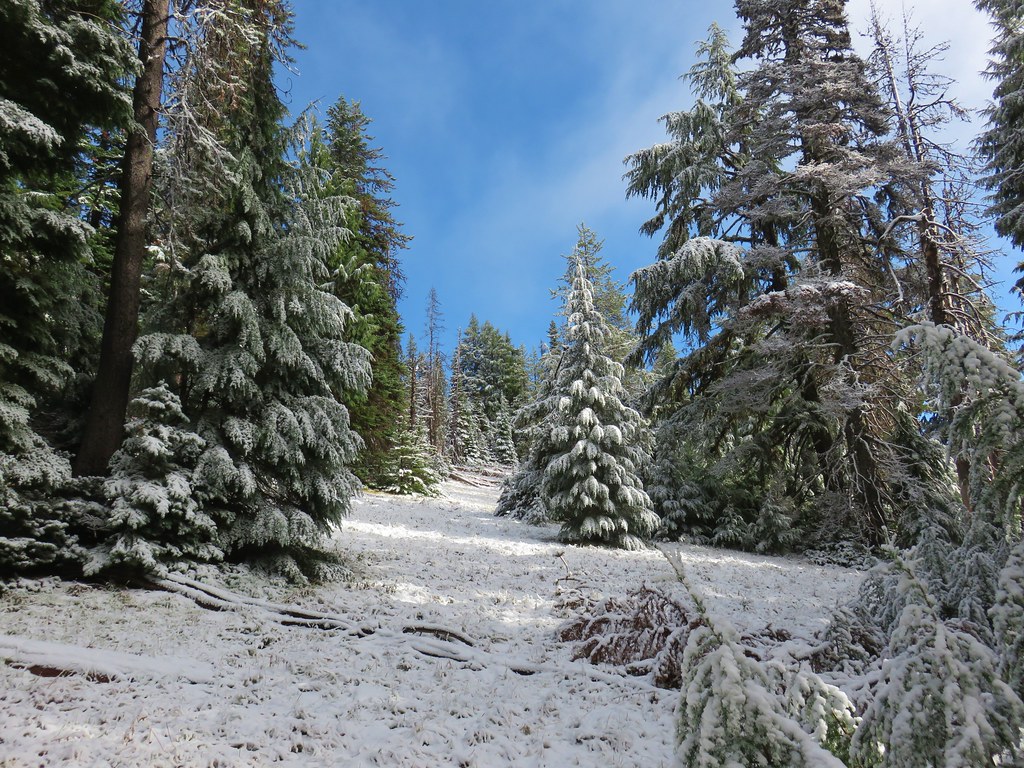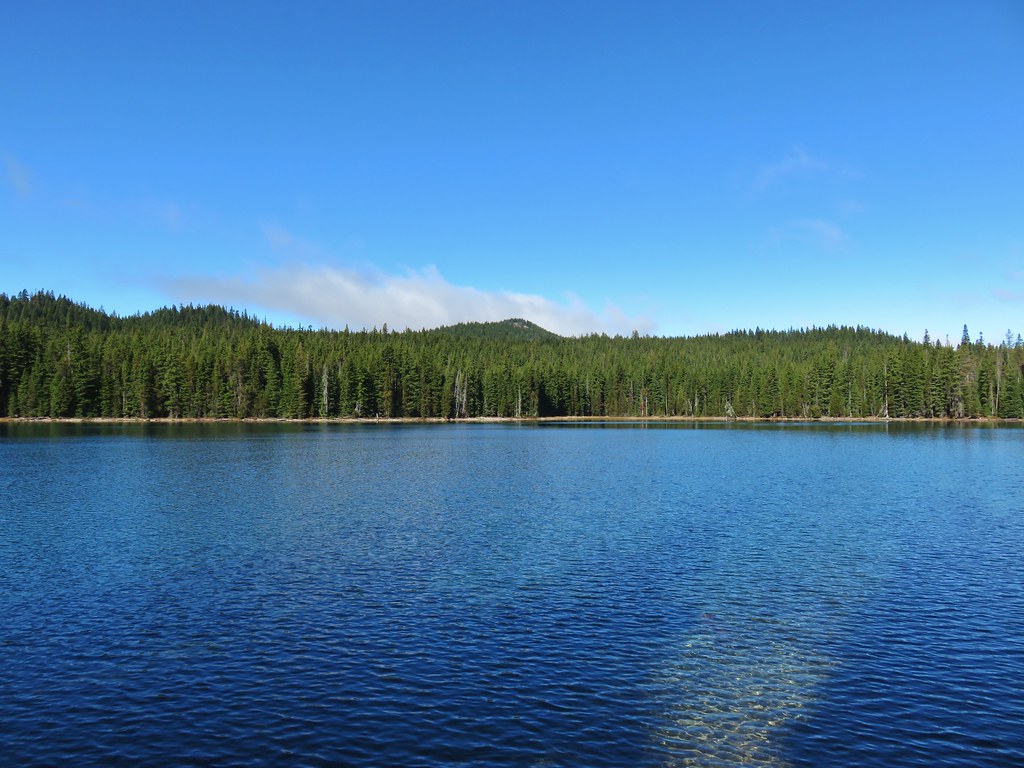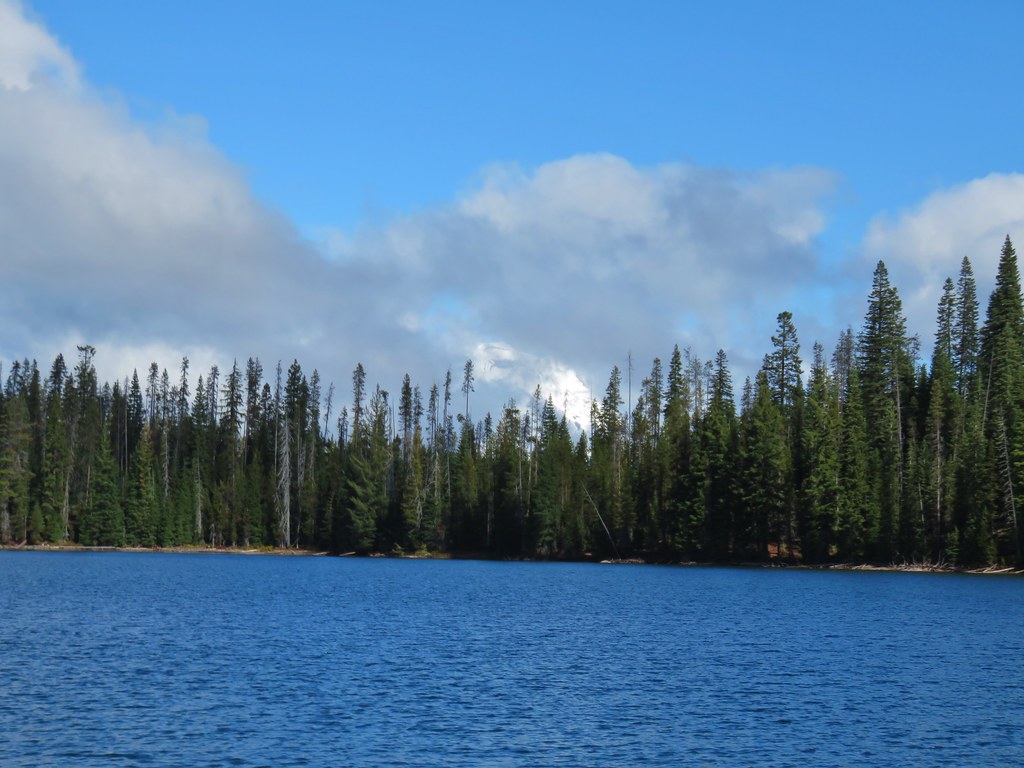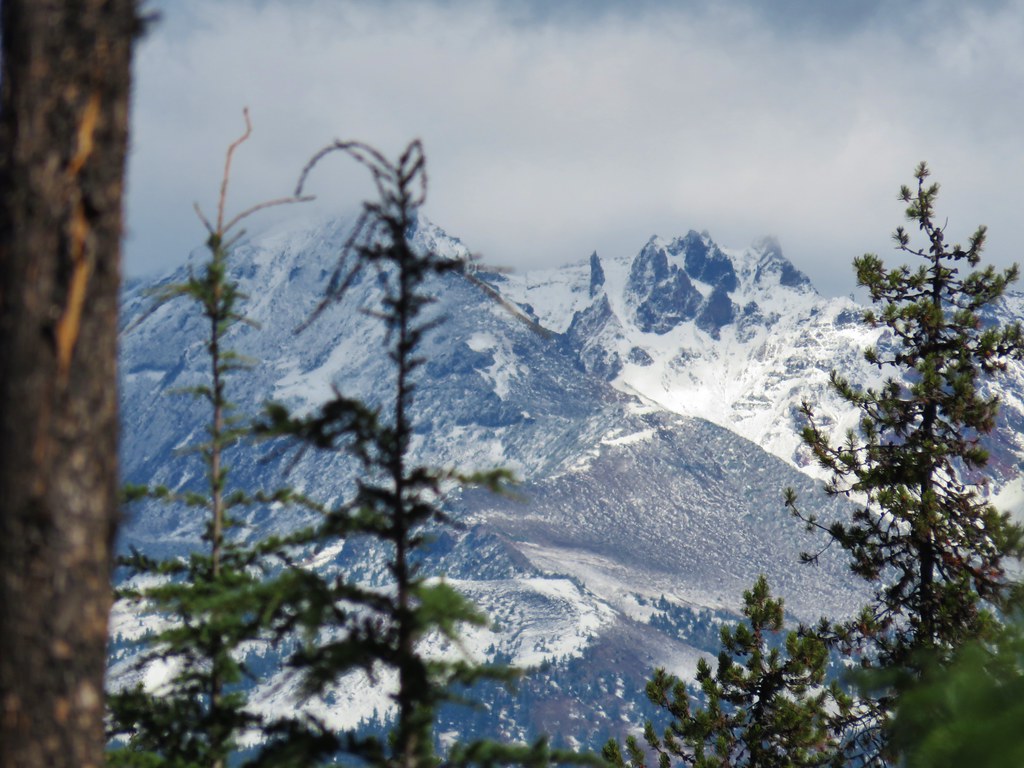Several years back we set several hiking goals, one of which being to hike in all of Oregon’s federally designated wilderness areas. At that time there were 47 such areas in the State with two of those being off-limits to visitors (Three Arch Rocks & Oregon Islands are also National Wildlife Refuges that provide nesting habitat for sea birds as well as serving as pupping sites for marine mammals. To prevent disturbances public entry to any of the rocks/islands is prohibited and waters within 500 feet of the refuge are closed to all watercraft from May 1 through September 15.) In 2019 Congress added the Devils Staircase Wilderness to the list giving us a total of 46 designated wilderness areas to visit in order to complete this goal. Staring in 2019 we began posting annual updates on our progress (2020 & 2021) and we are excited to report that, unless any new wilderness areas are established in the future, this will be our last update. We managed to make it to the final four wilderness areas on our list, the North Fork Umatilla, Devils Staircase, Black Canyon, and Monument Rock, in 2021. We have to give credit to Bruce (Van Marmot) over at Boots on the Trail for not only getting to all 46 first but also providing inspiration and a lot of helpful information.
A little over 2.5 million acres are designated as wilderness throughout the State and range in size from 15 acres (Three Arch Rocks) to 355,548 acres (Eagle Cap). Oregon shares a wilderness with three of its bordering states. The Wenaha-Tuccanon is shared with Washington, Hells Canyon with Idaho, and Red Buttes with California. The areas are managed by three different federal agencies. The U.S. Fish and Wildlife Service (FWS) manages the Oregon Islands and Three Arch Rocks areas while the Bureau of Land Management (BLM) manages nine and the Forest Service manages forty-one. If you do the math those numbers add up to fifty-two. The reason for that is four of the areas, the Devils Staircase, Lower White River, Hells Canyon, and Wild Rogue are managed jointly by the Forest Service and BLM. Seven of the areas have no official trails, the two off-limit areas, and the Devils Staircase, Rock Creek, Lower White River, Bridge Creek, and Spring Basin wildernesses. Although irregularly shaped (except for the exactly 6 square mile Mountain Lakes Wilderness) the majority of the areas are a single unit. In addition to the Oregon Islands and Three Arch Rocks the Mount Hood (4), Mark O. Hatfield (2), Badger Creek (2),Salmon-Huckleberry (3), Clackamas (5), Soda Mountain (2), North Fork John Day (4), and Steens Mountain (2) consist of multiple separate areas.
We visited our first Oregon Wilderness in 2009 when we visited Henline Falls in the Opal Creek Wilderness. Since then we have spent parts of 215 days in these special places. For sixteen of the areas it was only a single day while we’ve spent part of 30 days in the Three Sisters Wilderness. Below are some of our best memories from each of the wilderness areas. We hope you enjoy them as much as we enjoyed visiting them.
Badger Creek: 28,915 acres Days Spent in Wilderness-6



Black Canyon: 13.088 acres Days Spent in Wilderness-1
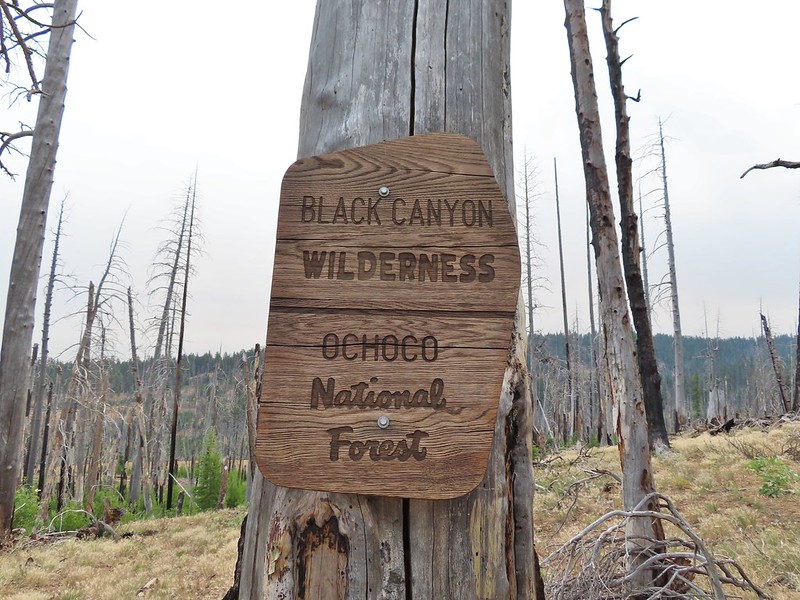

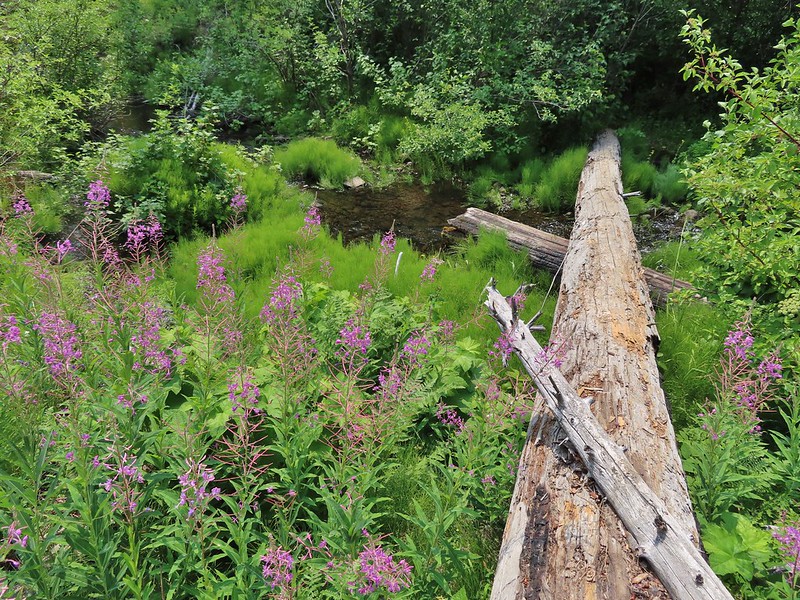
Boulder Creek: 19,911 acres Days Spent in Wilderness-1

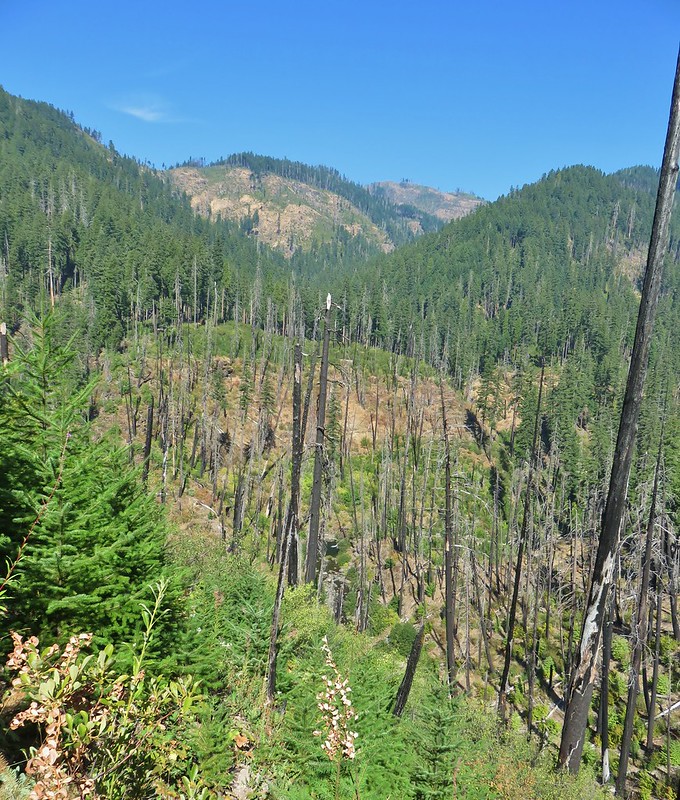
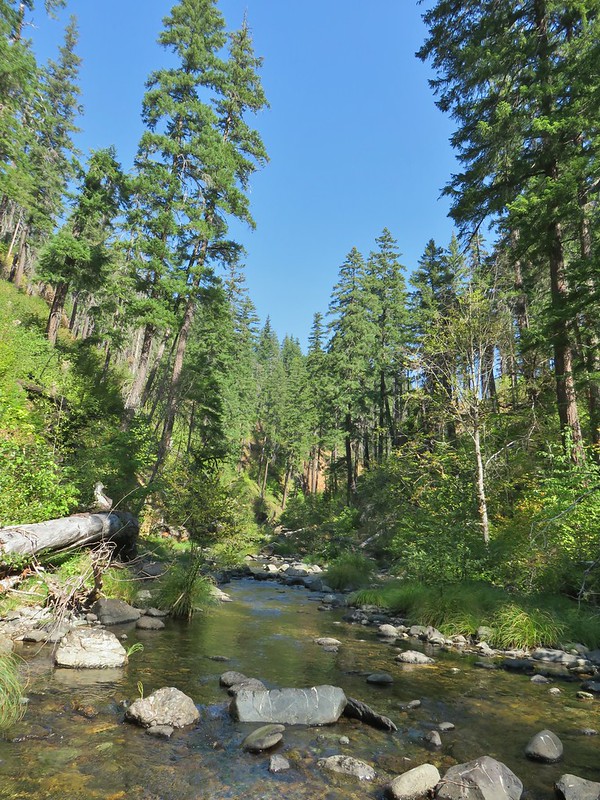
Bridge Creek: 5,337 acres Days Spent in Wilderness-1
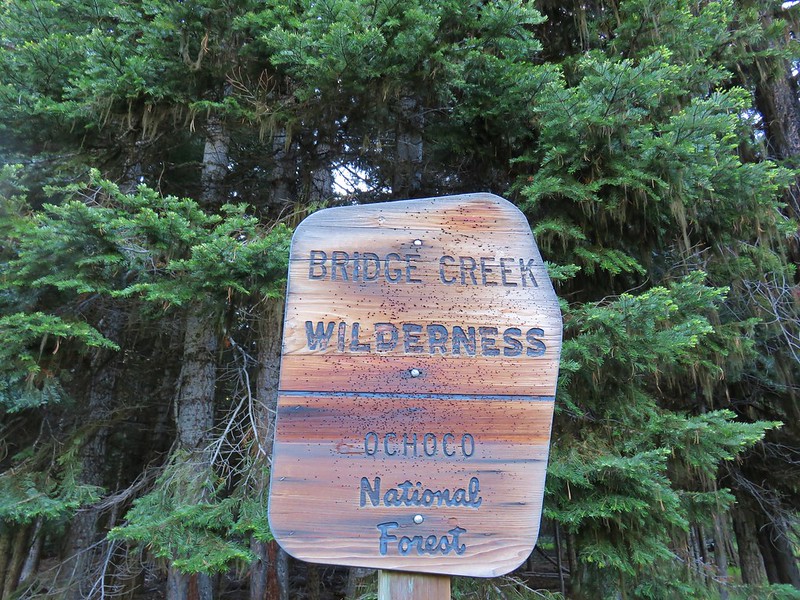


Bull of the Woods: 36,869 acres Days Spent in Wilderness-6
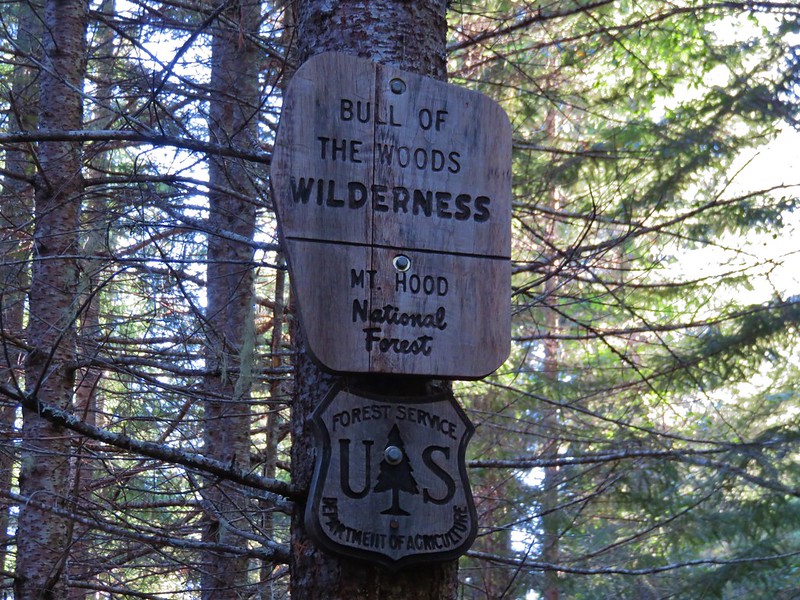
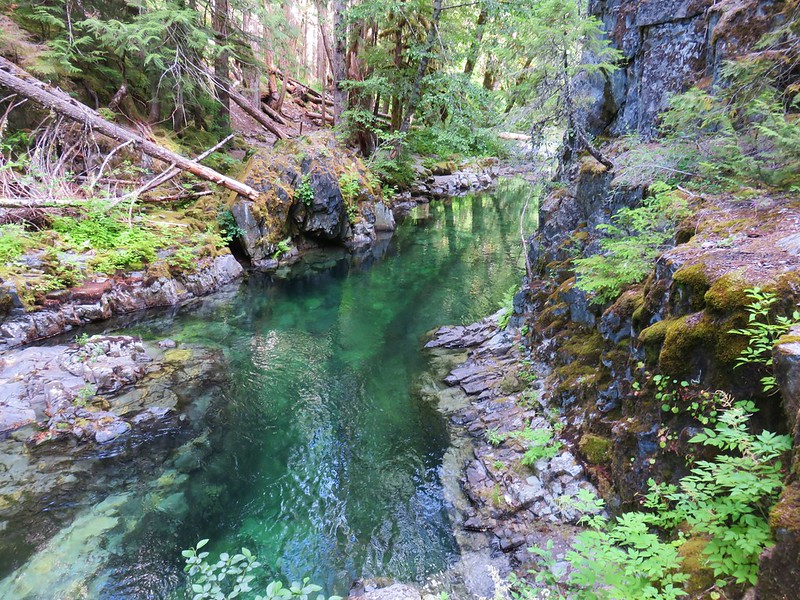


Clackamas: 9.465 acres Days Spent in Wilderness-2
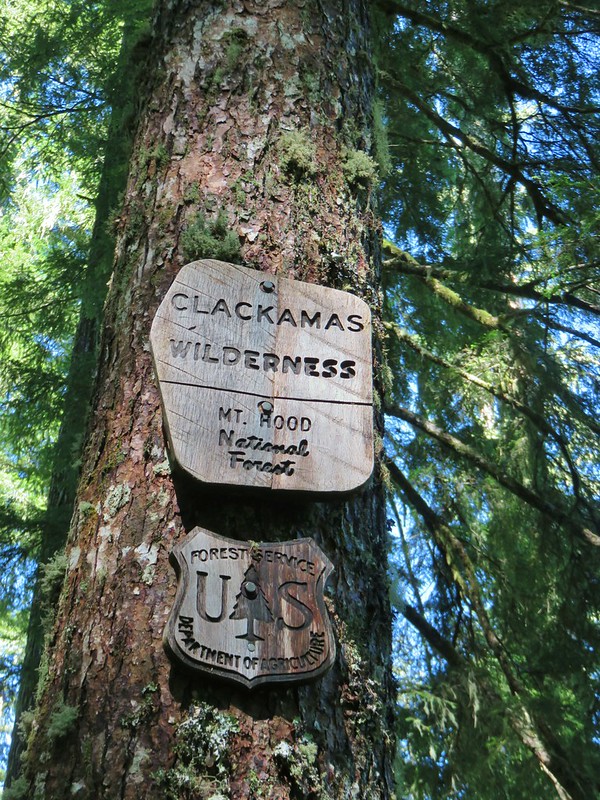
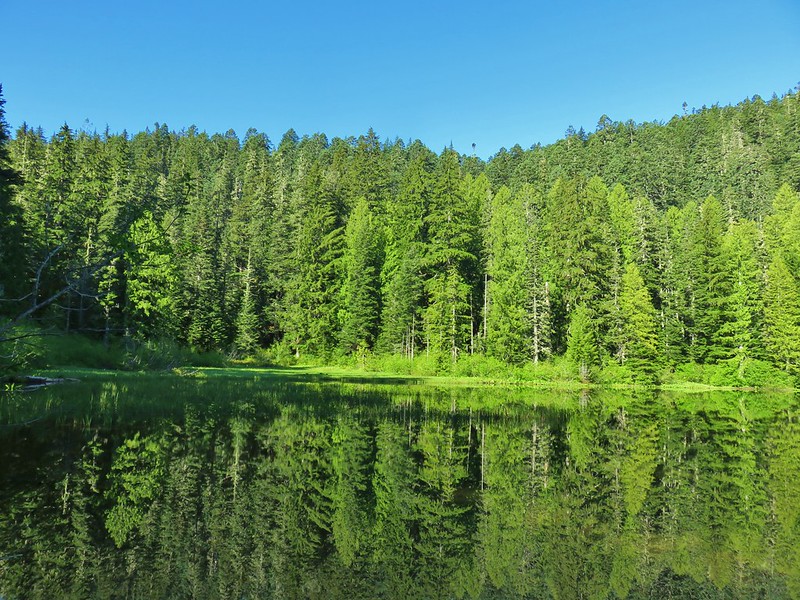
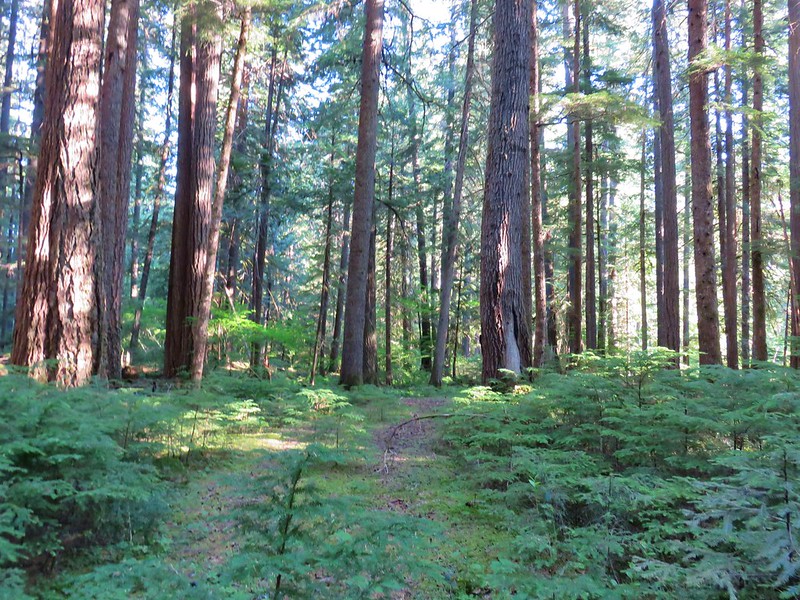
Copper-Salmon: 13,724 acres Days Spent in Wilderness-1

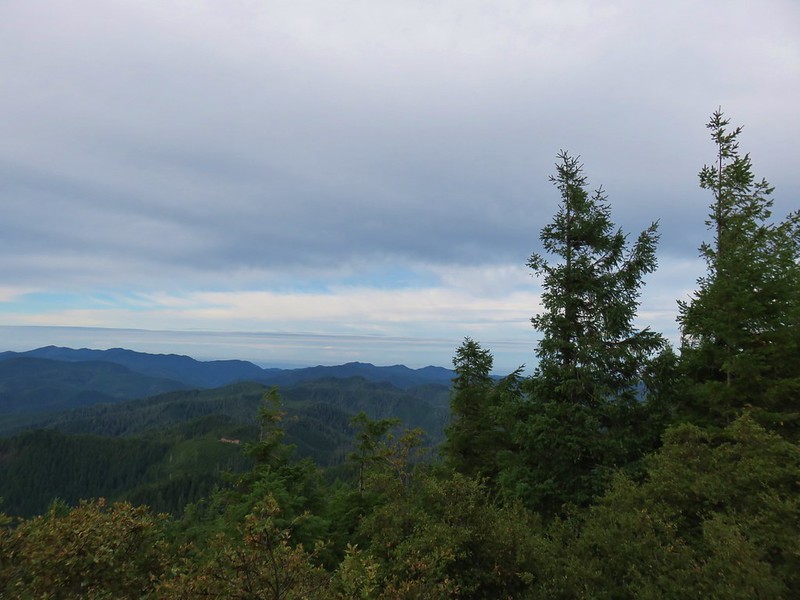
Cummins Creek: 9,026 acres Days Spent in Wilderness-1


Devils Staircase: 30,787 acres Days Spent in Wilderness-1
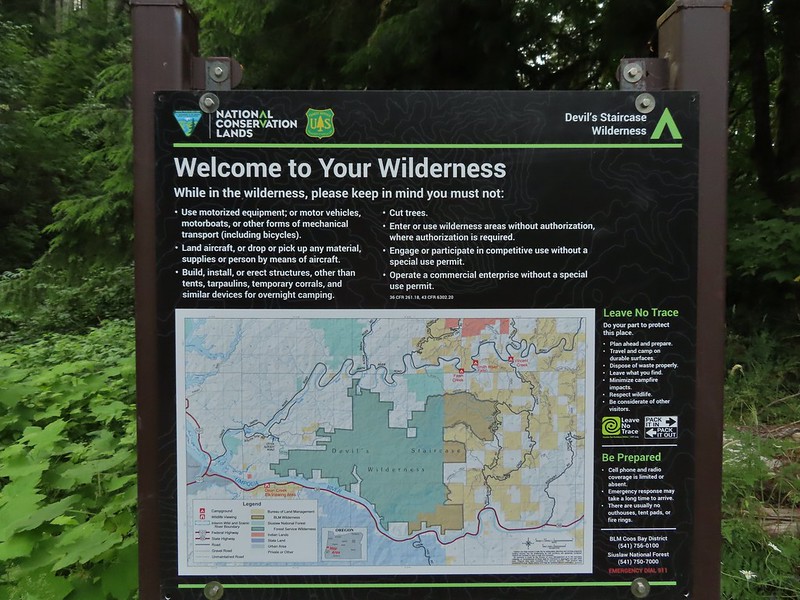

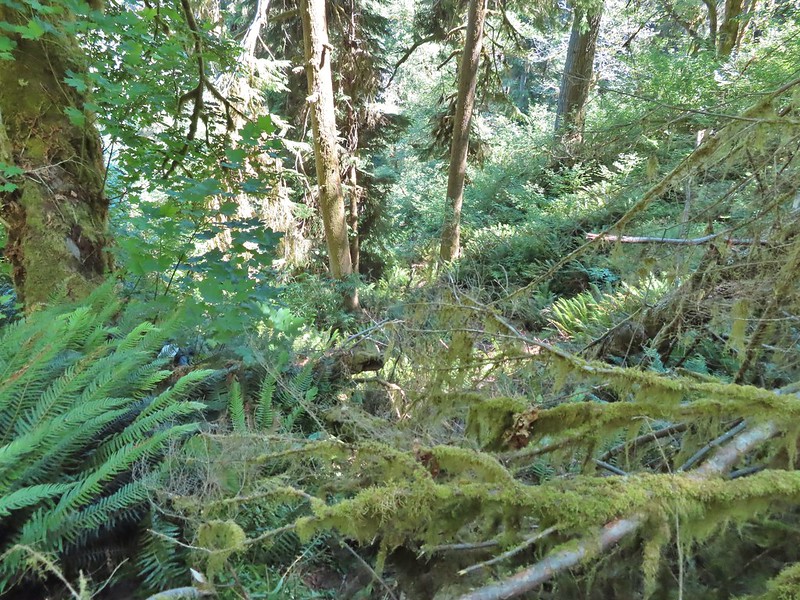

Diamond Peak: 52,477 acres Days Spent in Wilderness-7
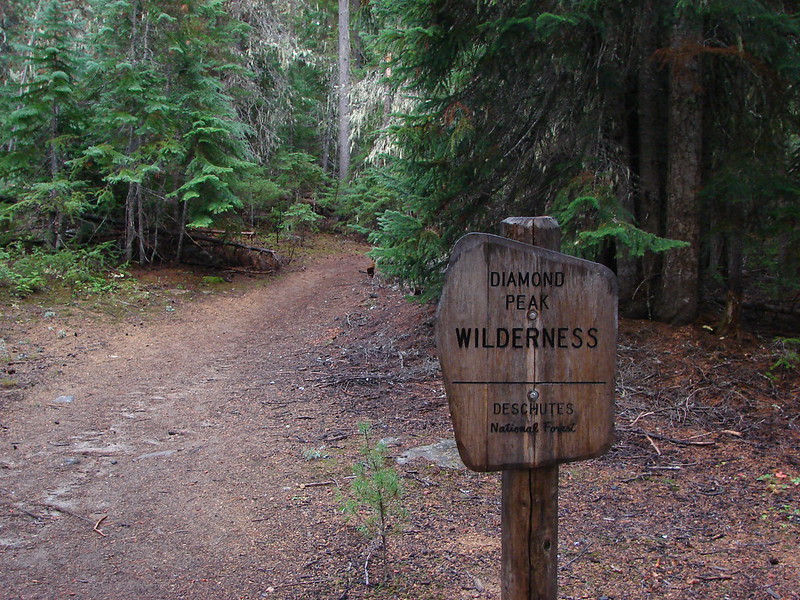
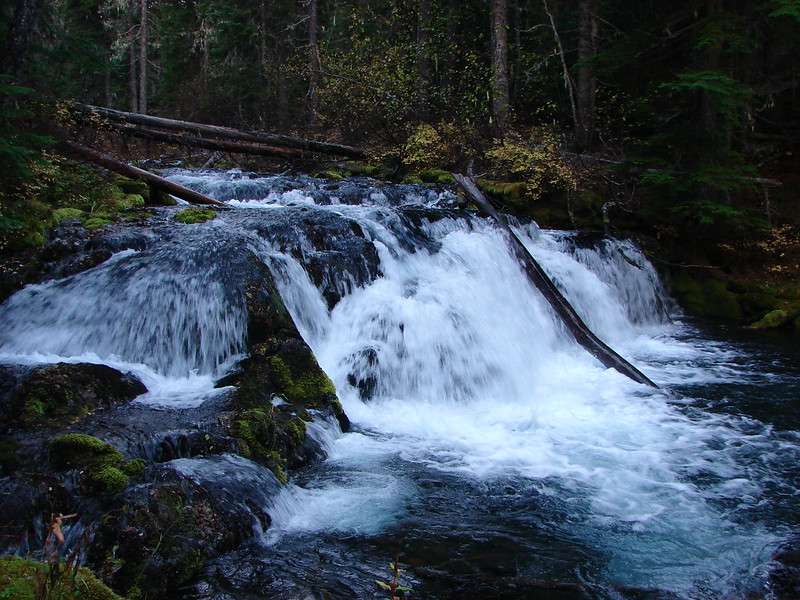


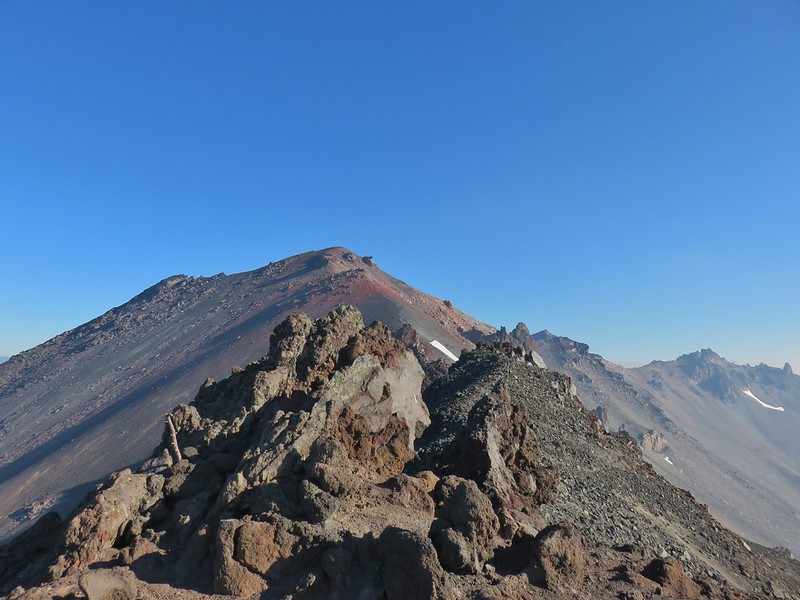
Drift Creek: 5,792 acres Days Spent in Wilderness-2
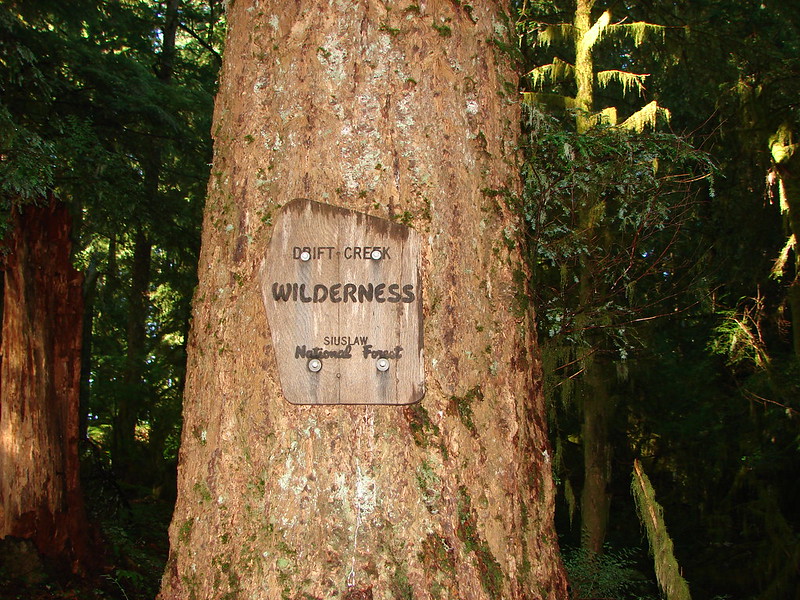
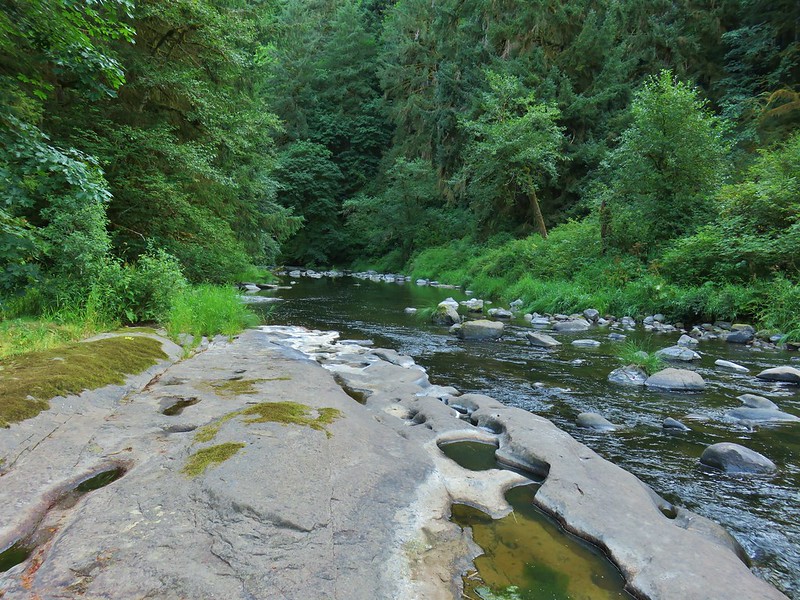
Eagle Cap: 355,548 acres Days Spent in Wilderness-5



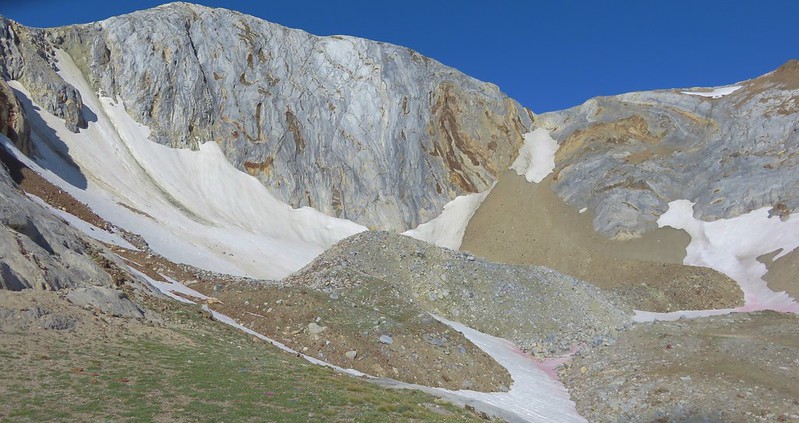
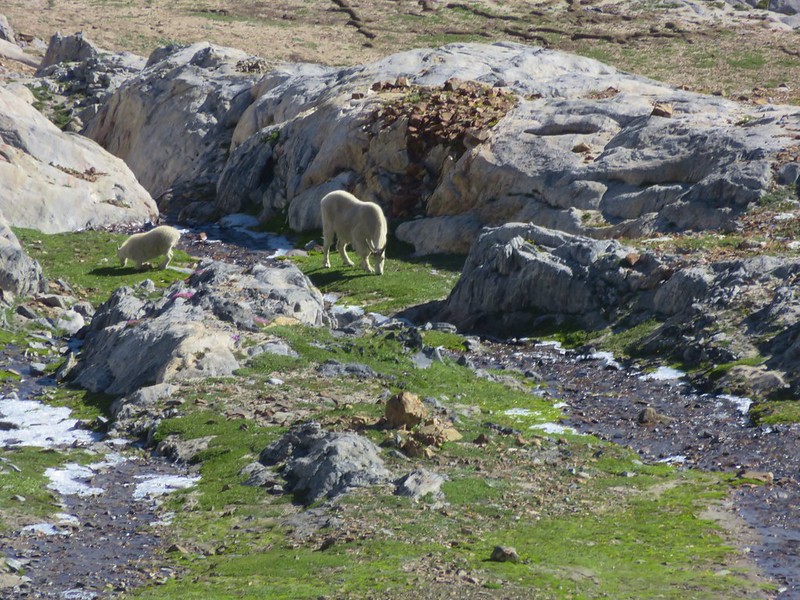
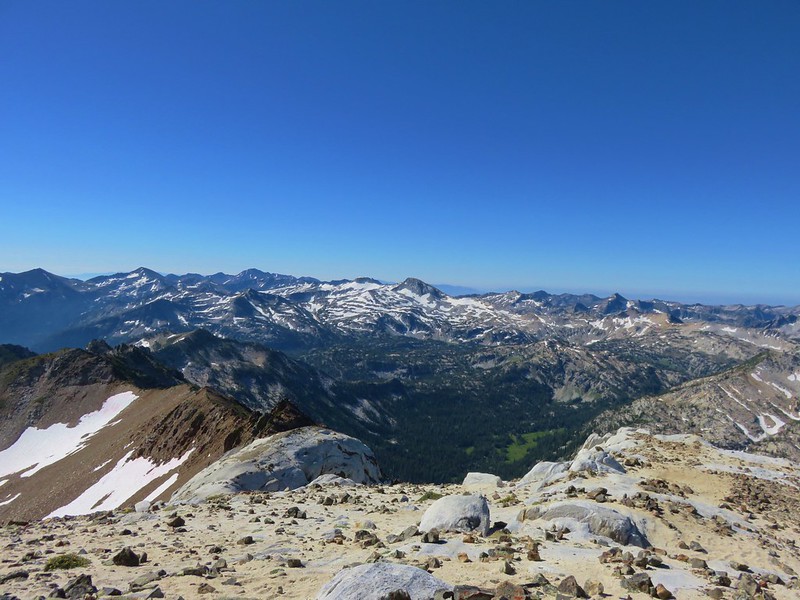
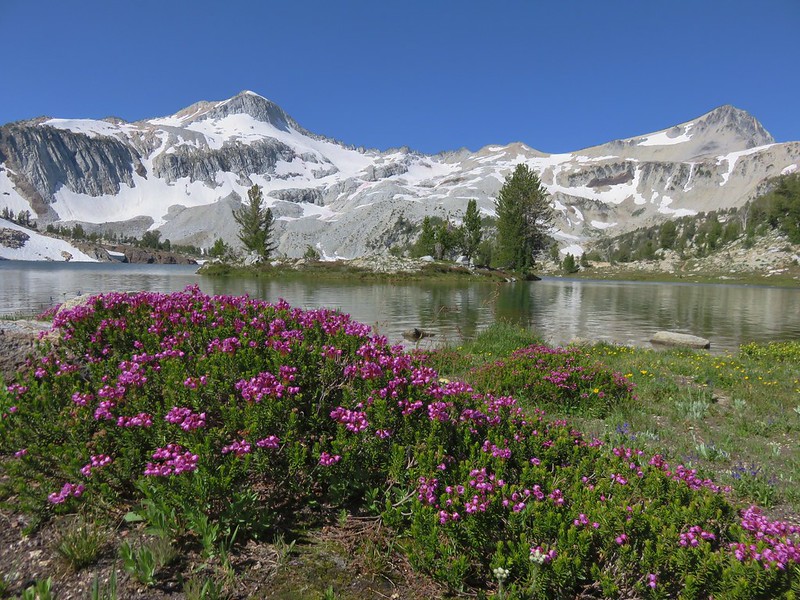
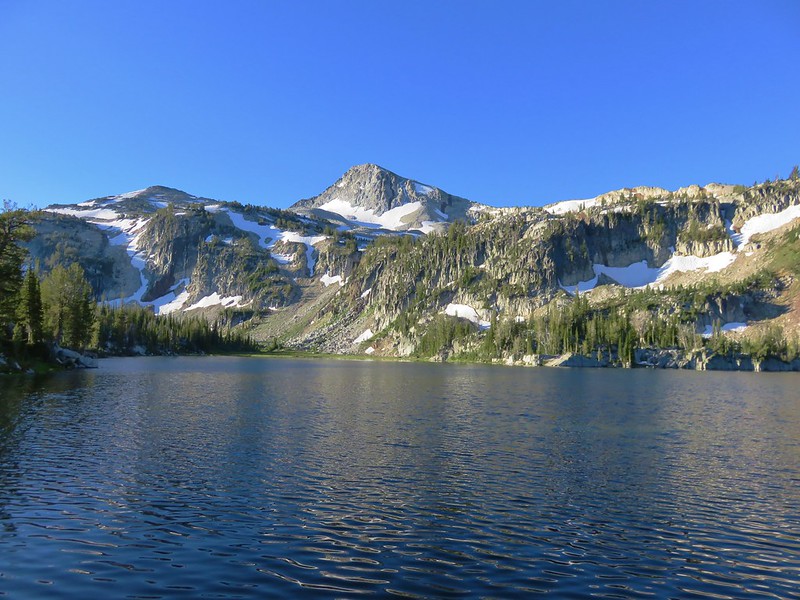

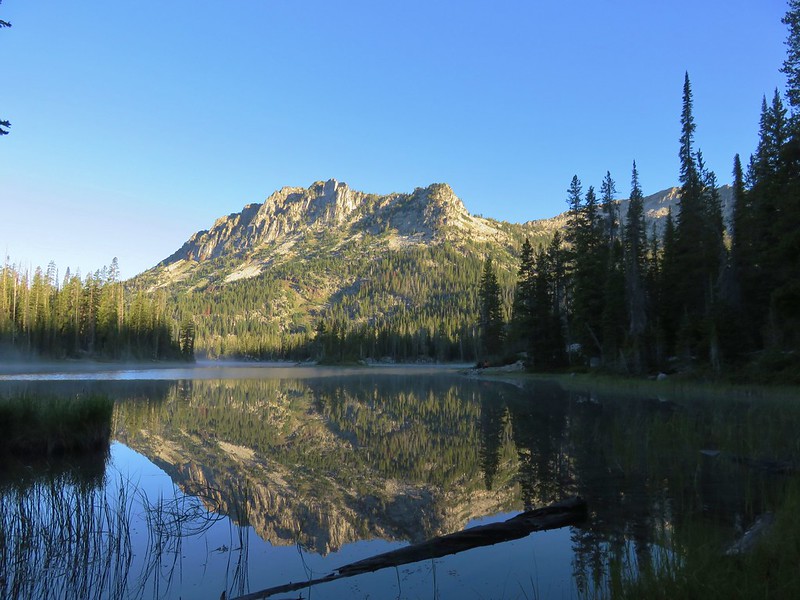
Gearhart Mountain: 22,587 acres Days Spent in Wilderness-1
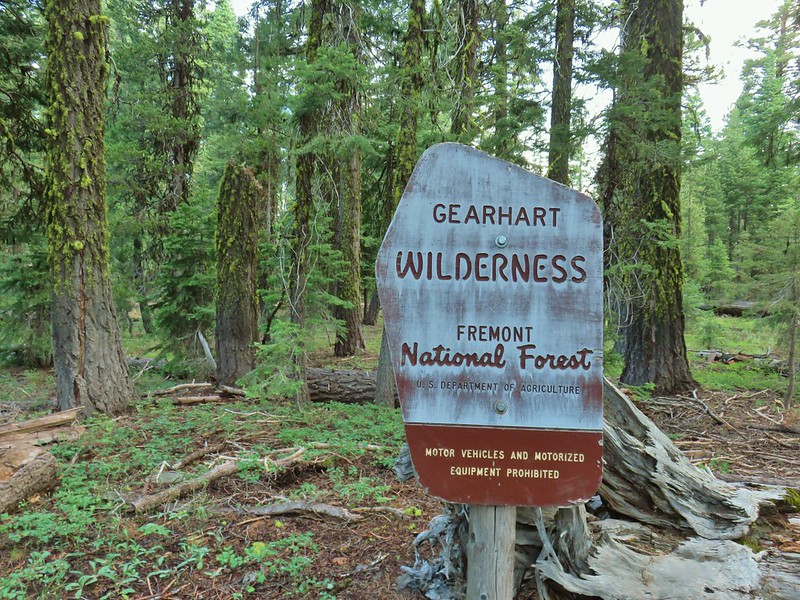
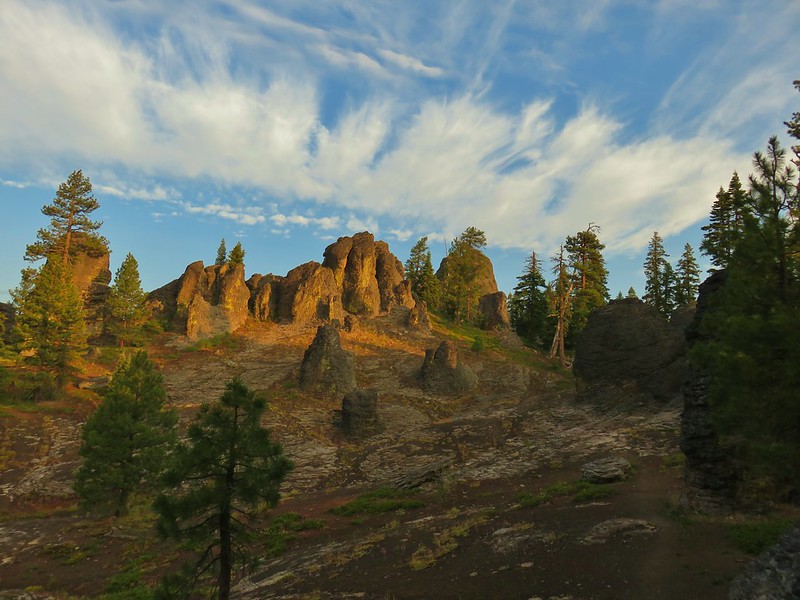
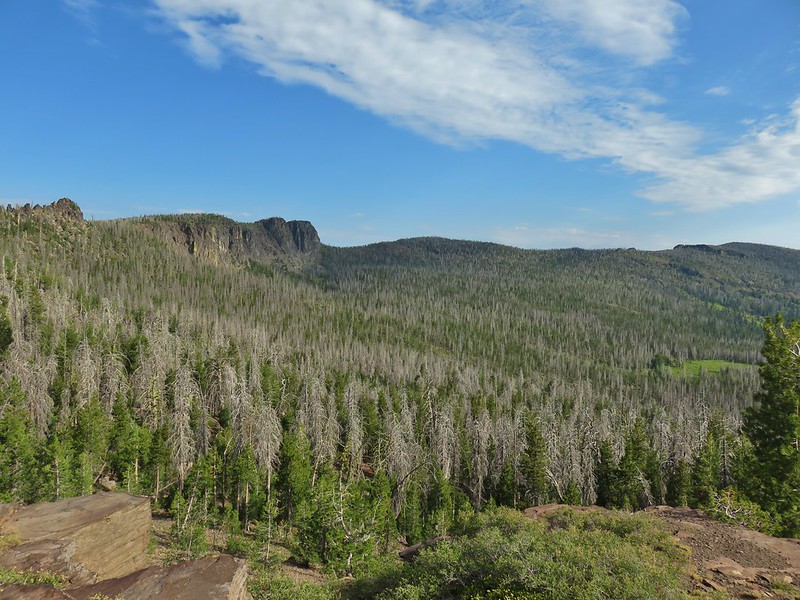
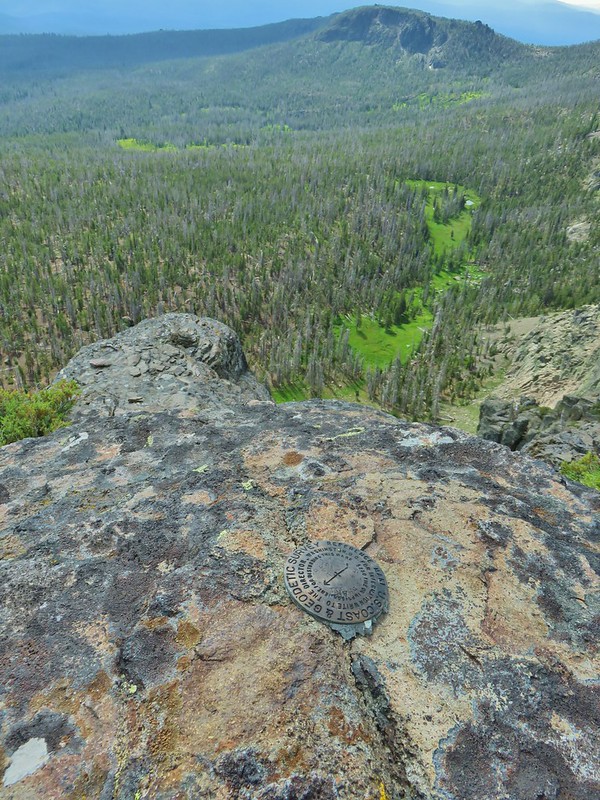
Grassy Knob: 17,176 acres Days Spent in Wilderness-1
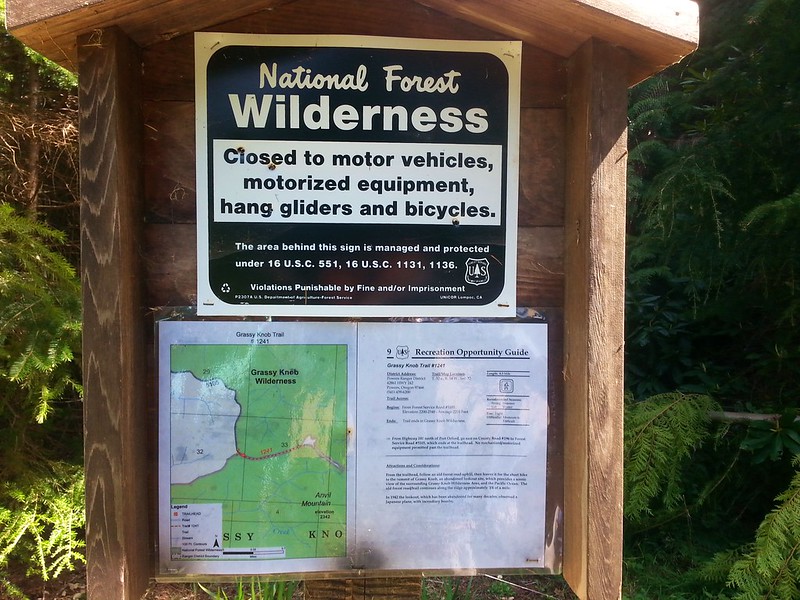

Hells Canyon: 131,337 acres in OR (217,613 in ID) Days Spent in Wilderness-1
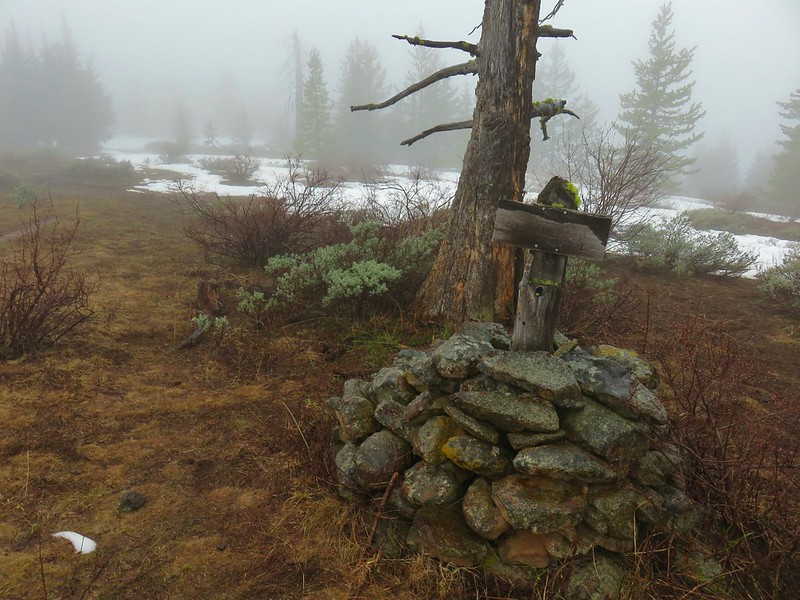

Kalmiopsis: 179,550 acres Days Spent in Wilderness-1
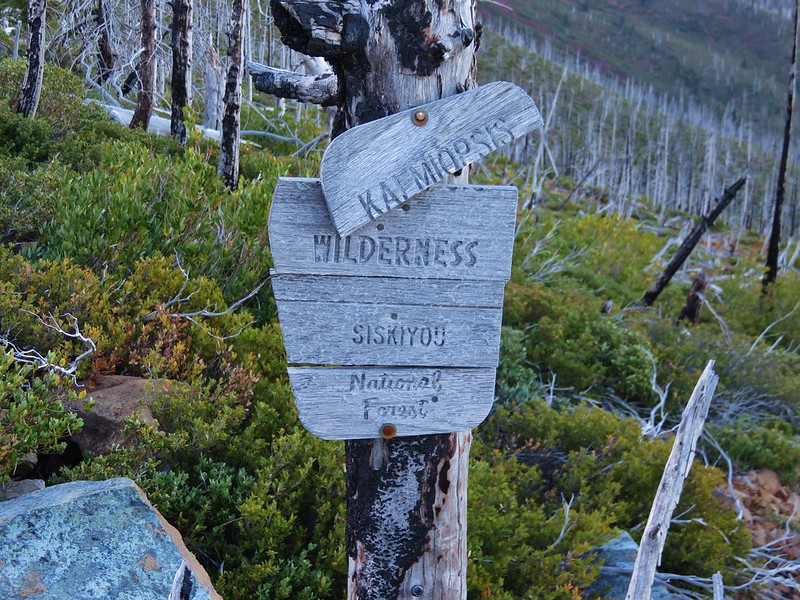
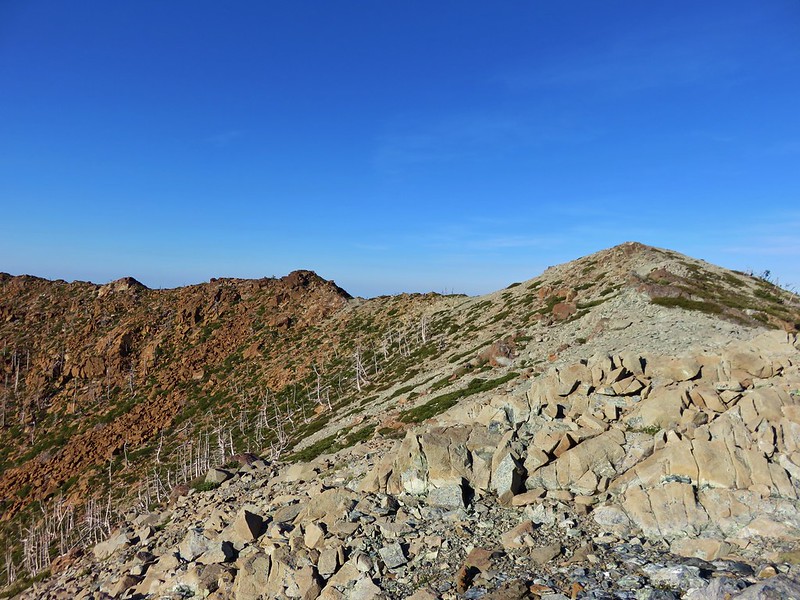
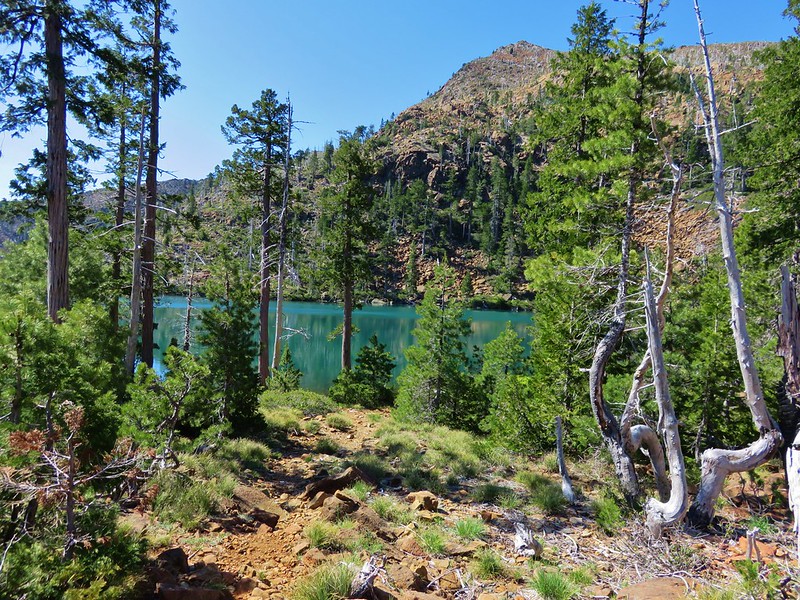

Lower White River: 2,871 acres Days Spent in Wilderness-1
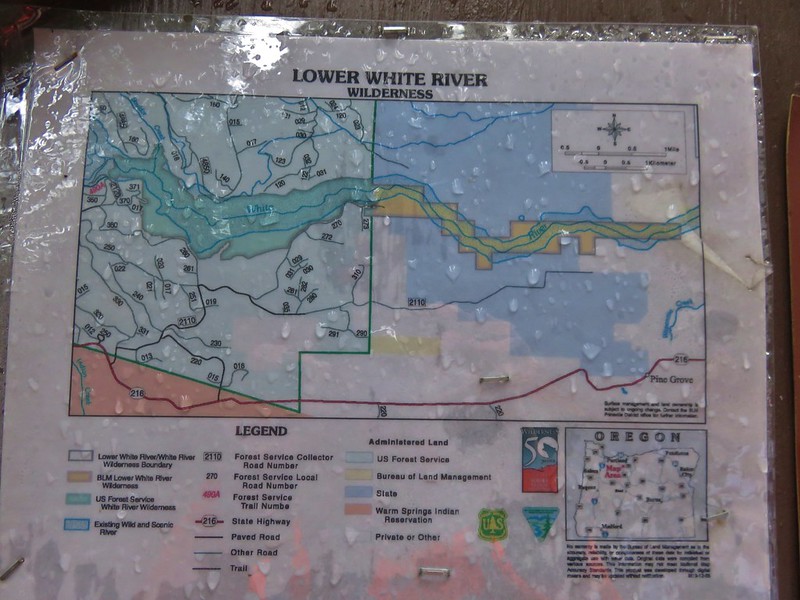
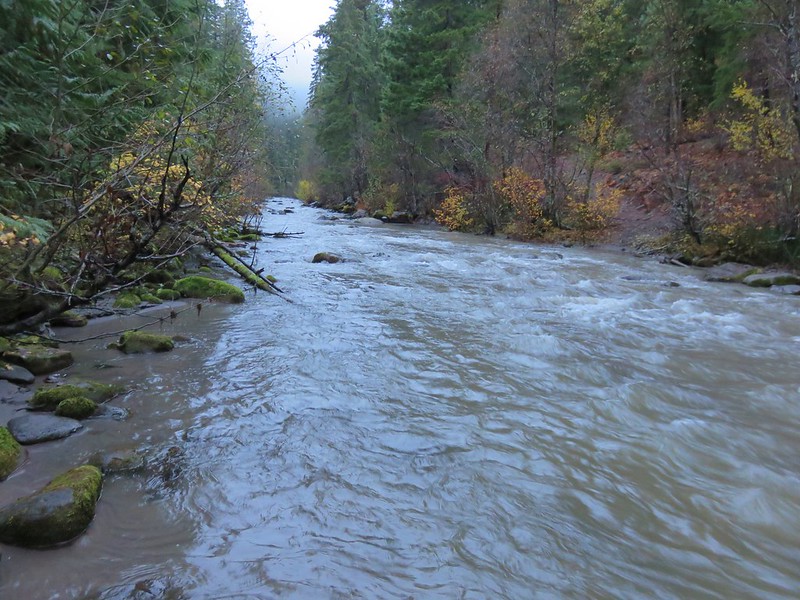
Mark O. Hatfield: 65,420 acres Days Spent in Wilderness-12

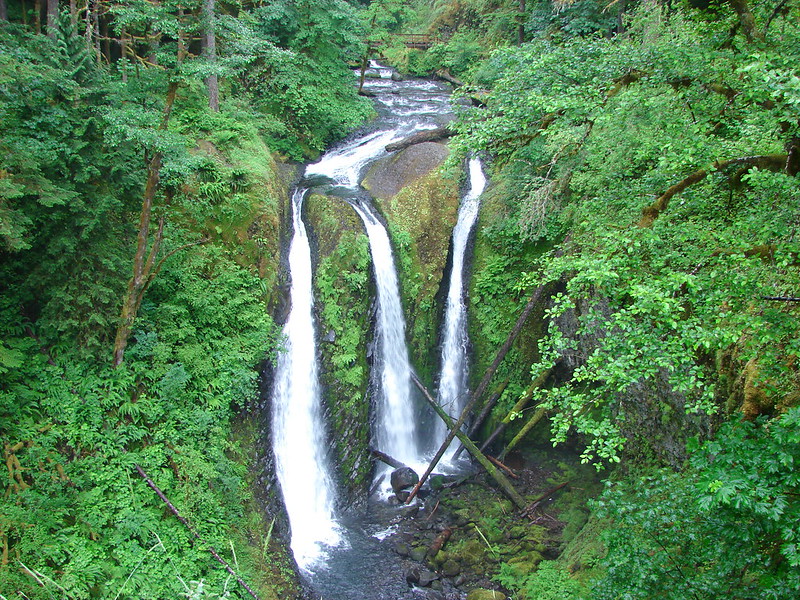
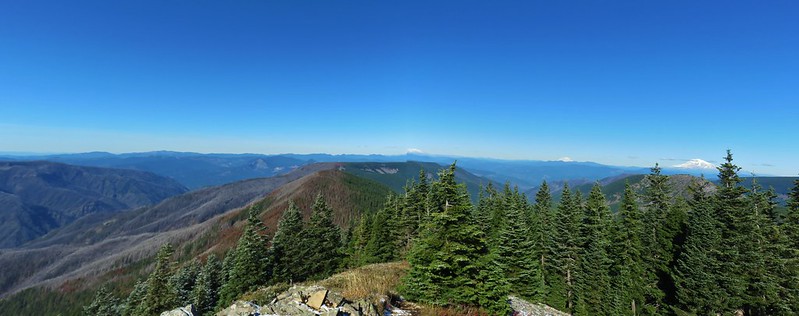
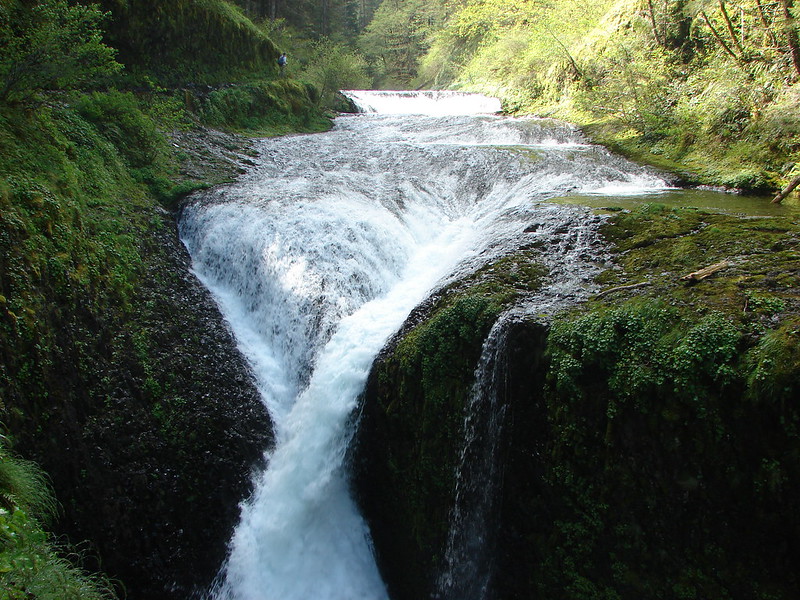
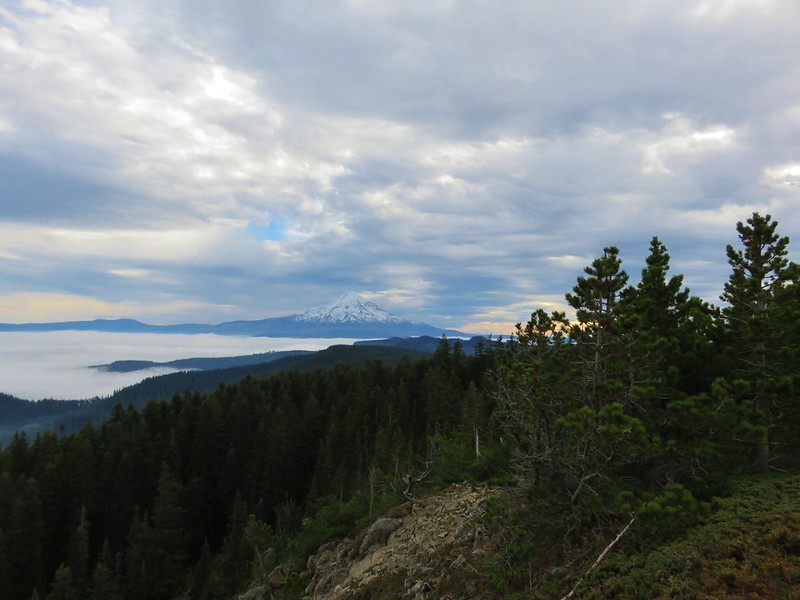
Menagerie: 4,952 acres Days Spent in Wilderness-2

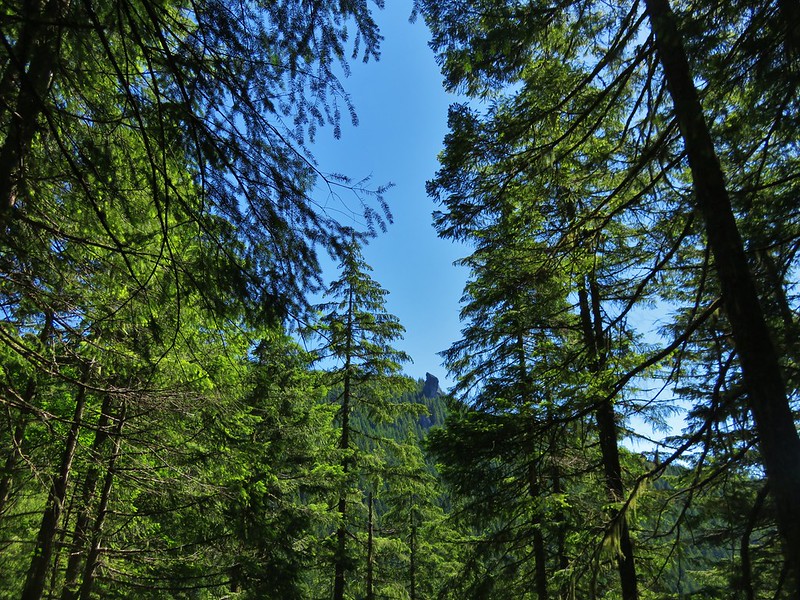

Middle Santiam: 8,845 acres Days Spent in Wilderness-2
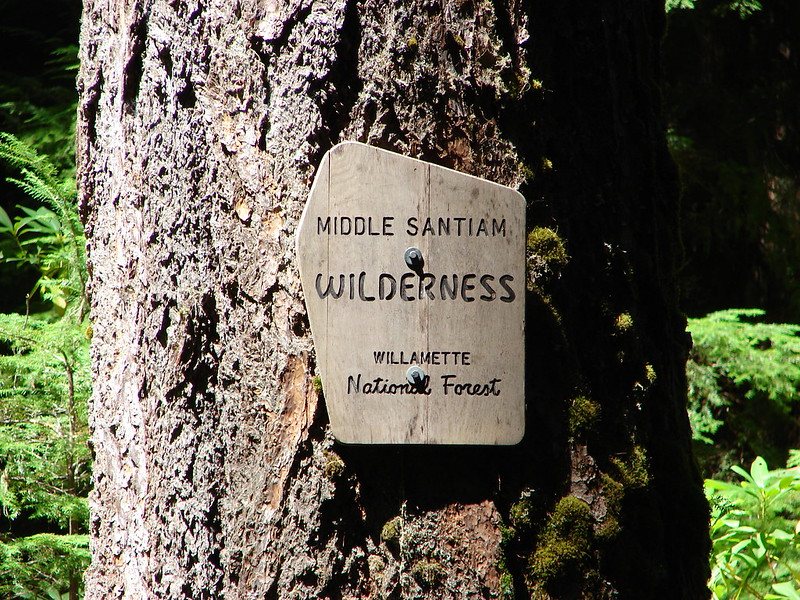
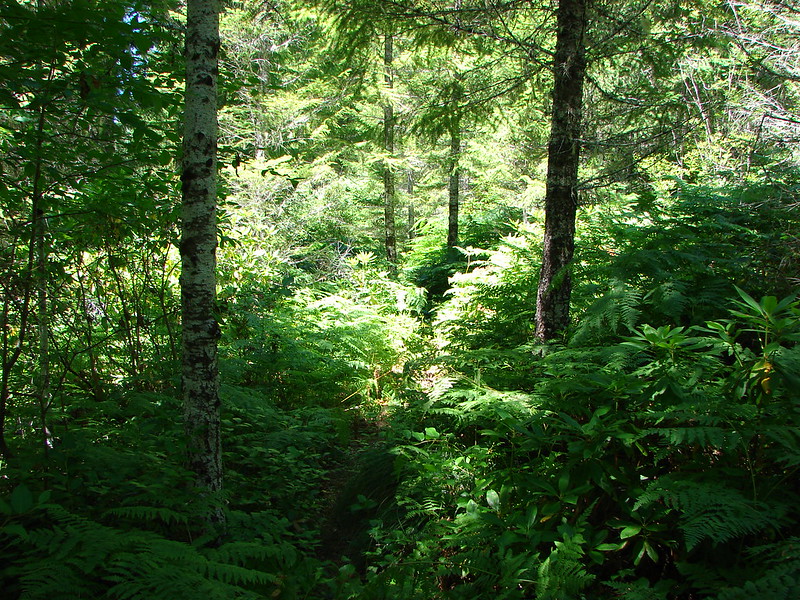

Mill Creek: 17,173 acres Days Spent in Wilderness-1
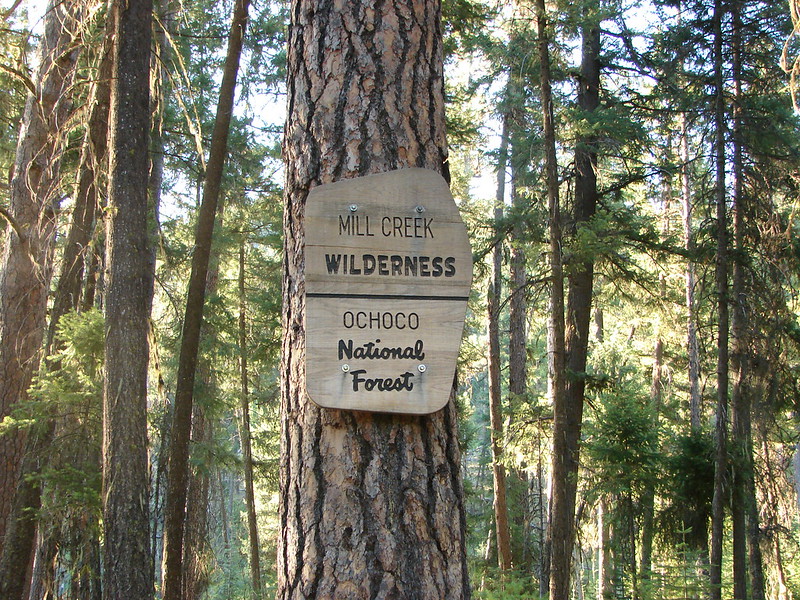

Monument Rock: 20,210 acres Days Spent in Wilderness-1

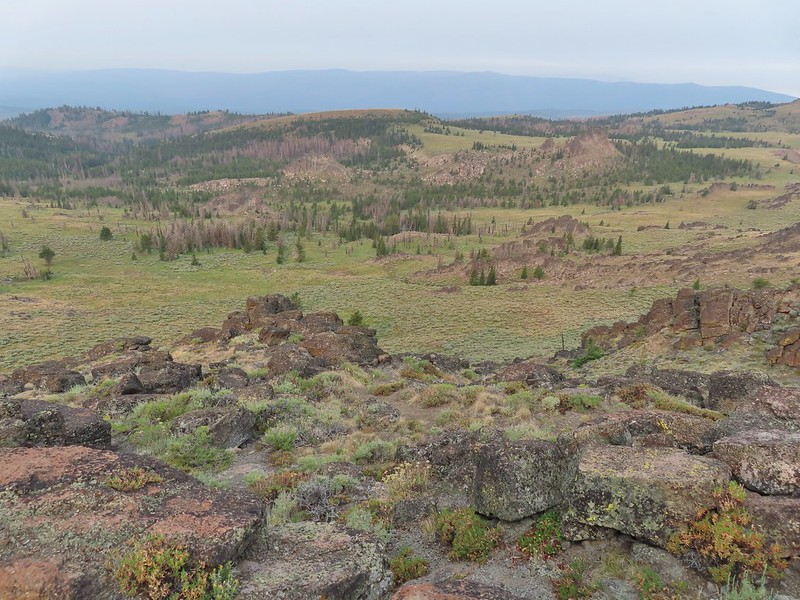
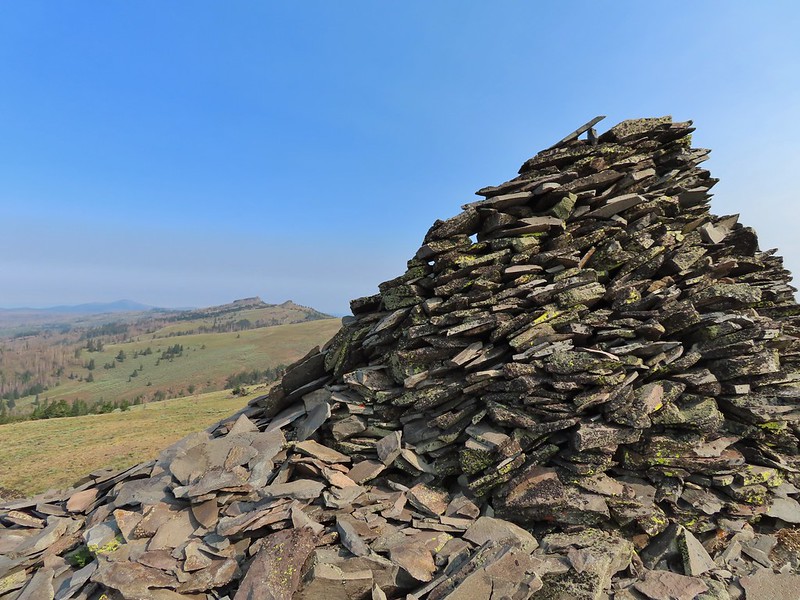


Mountain Lakes: 23,036 acres Days Spent in Wilderness-2

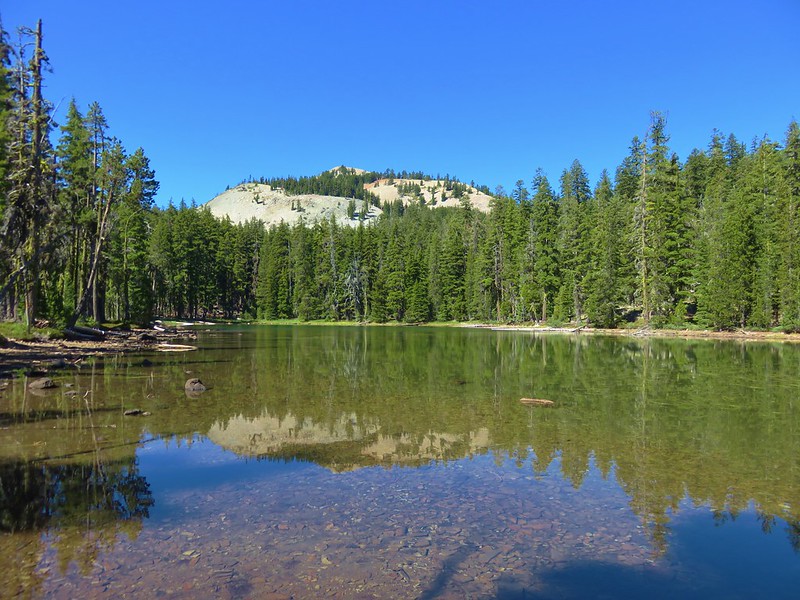

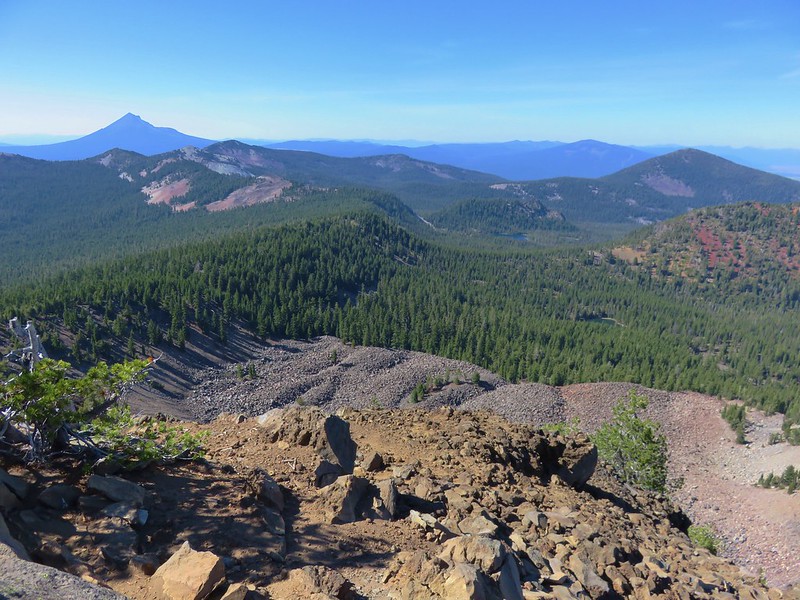
Mount Hood: 64,742 acres Days Spent in Wilderness-22

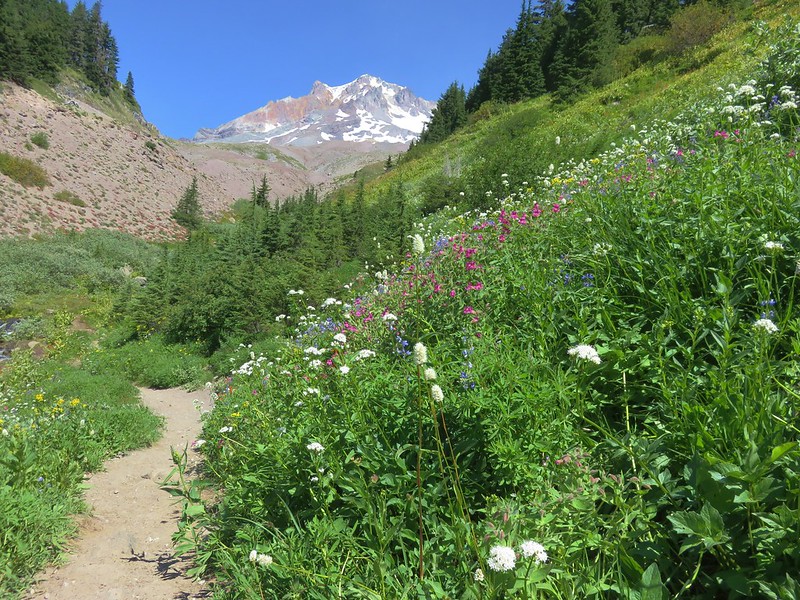
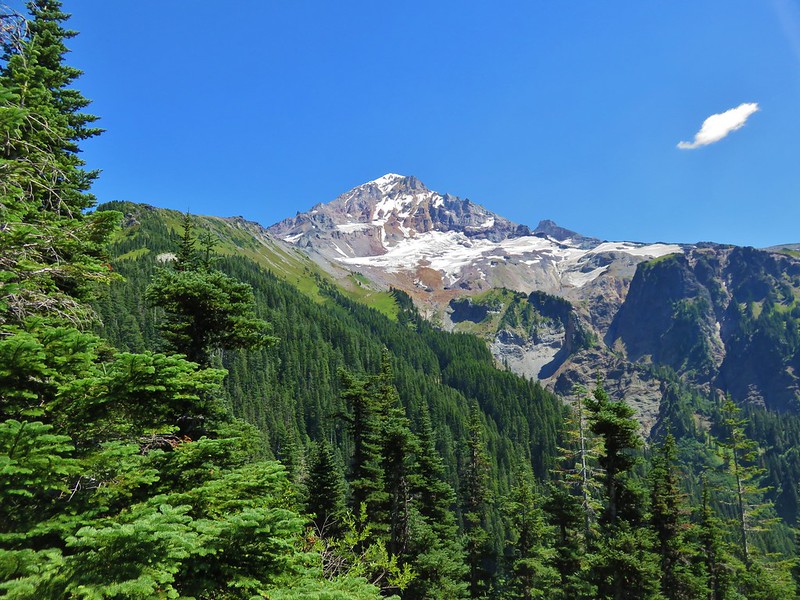
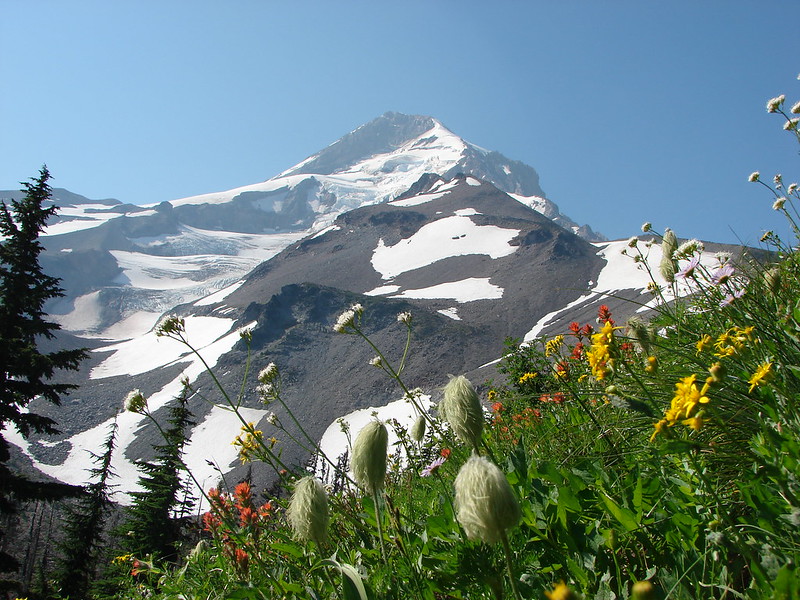
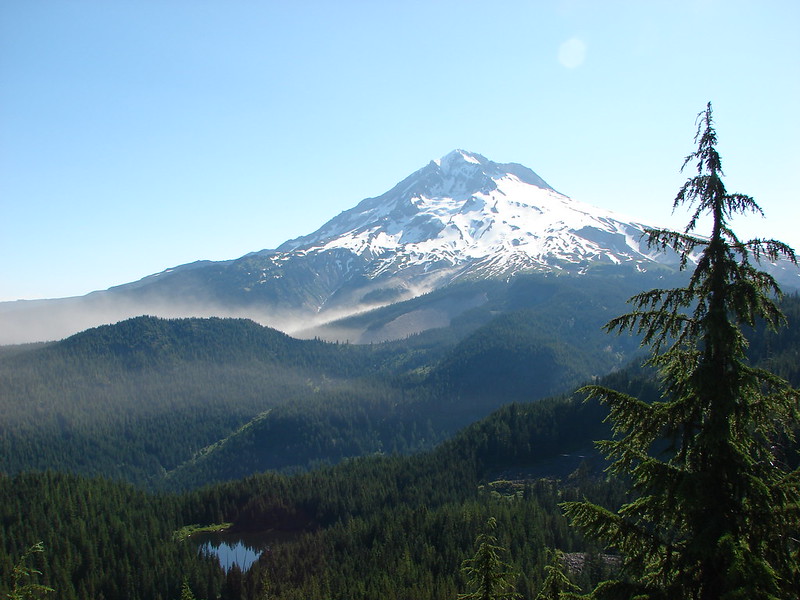
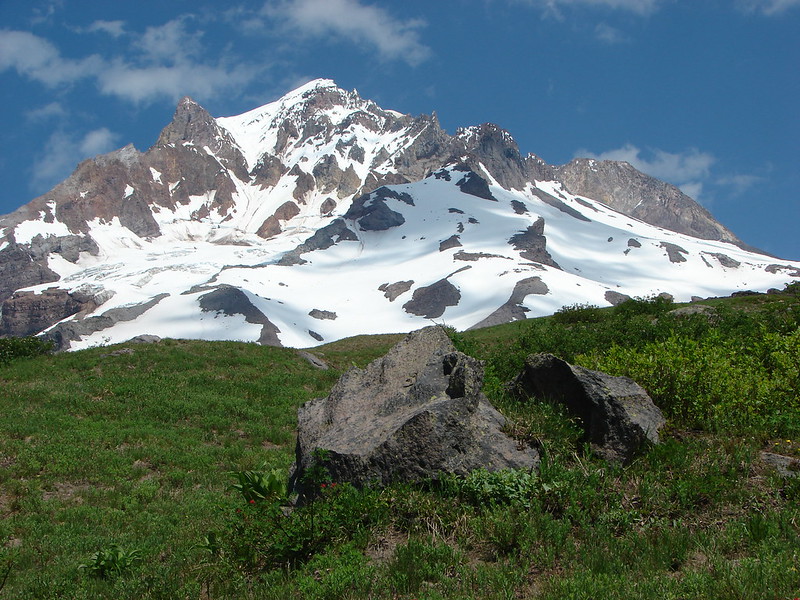

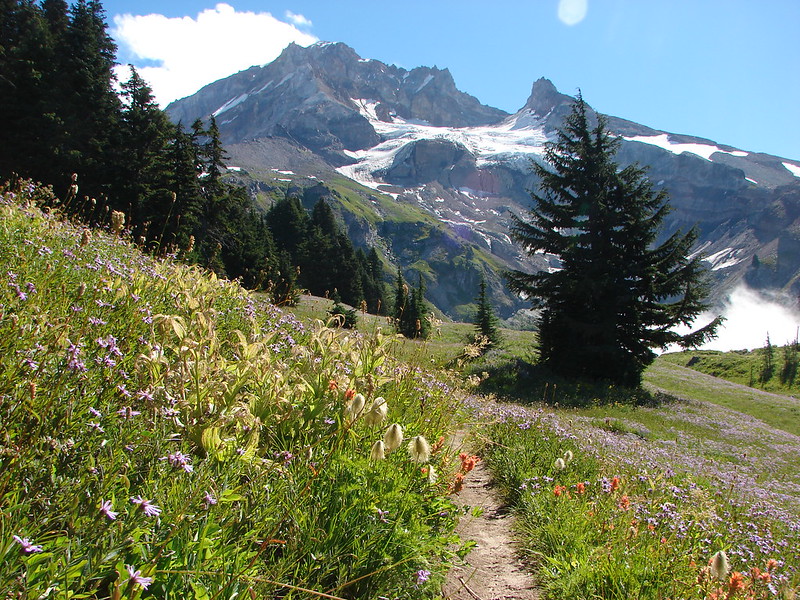

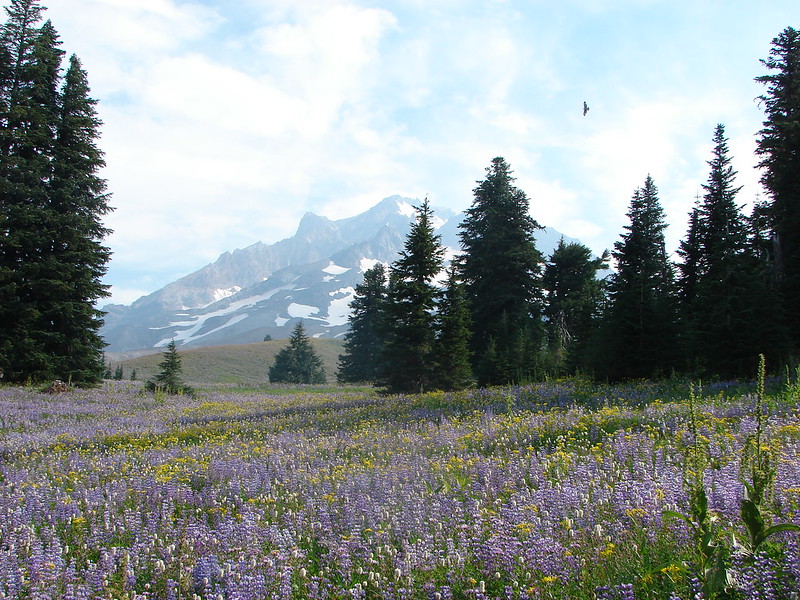

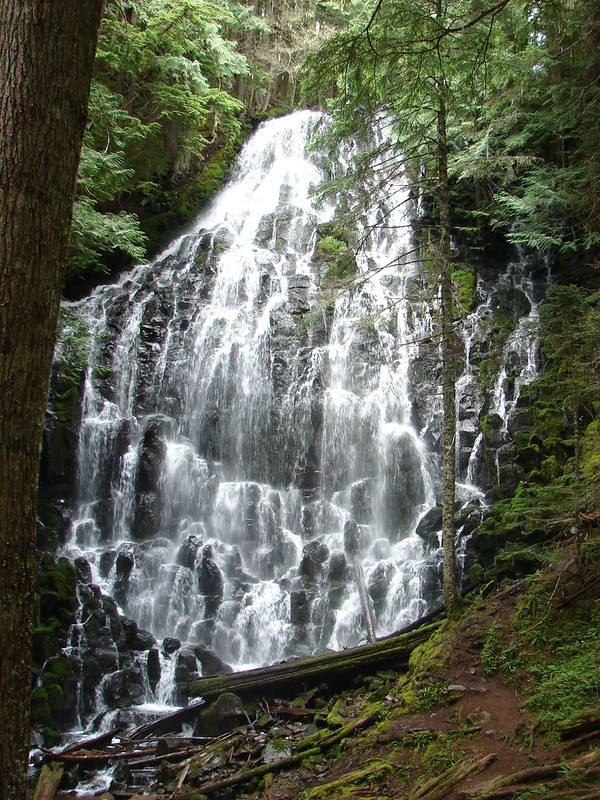



Mount Jefferson: 108,909 acres Days Spent in Wilderness-27

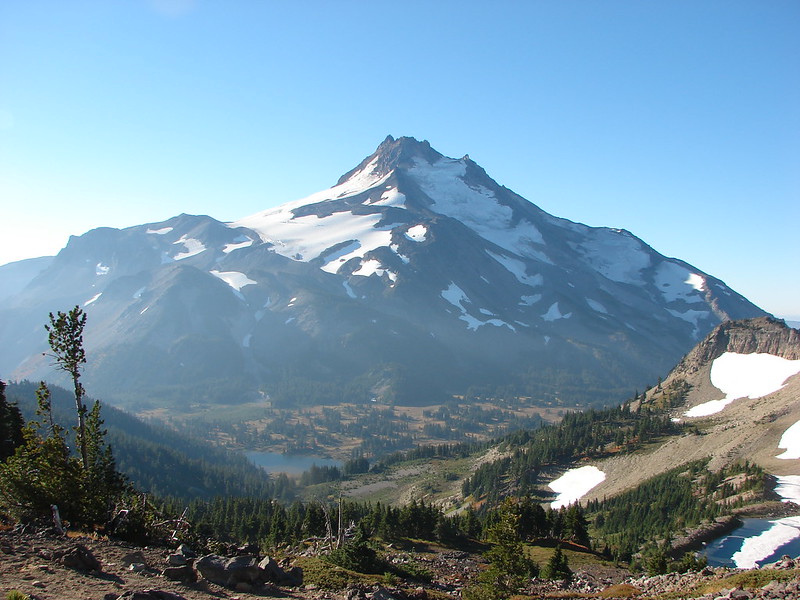
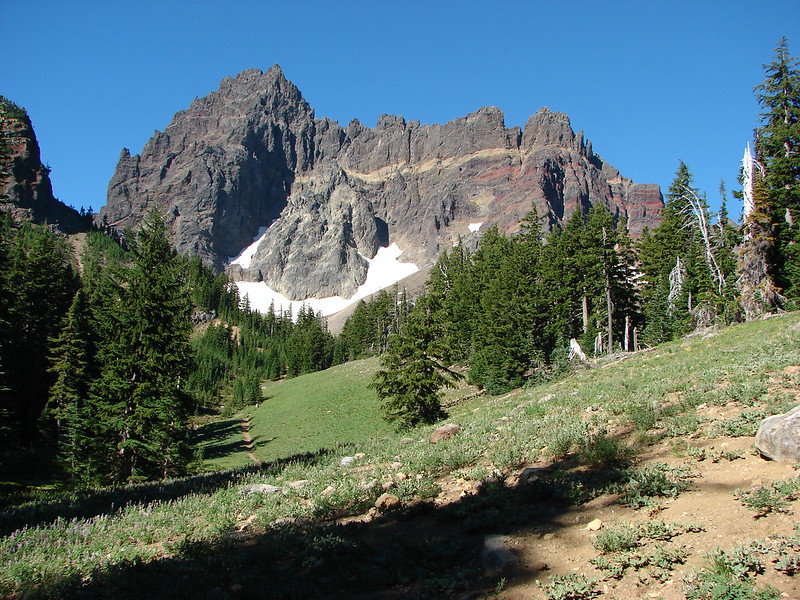


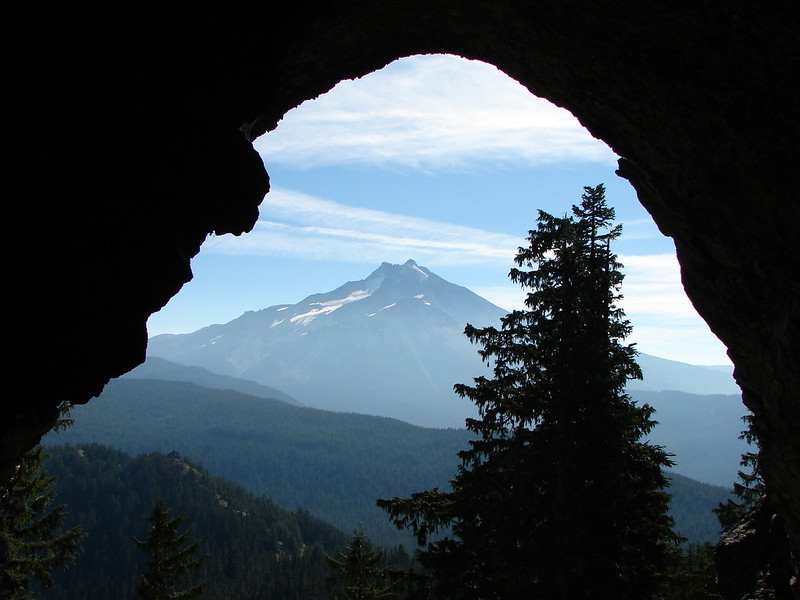
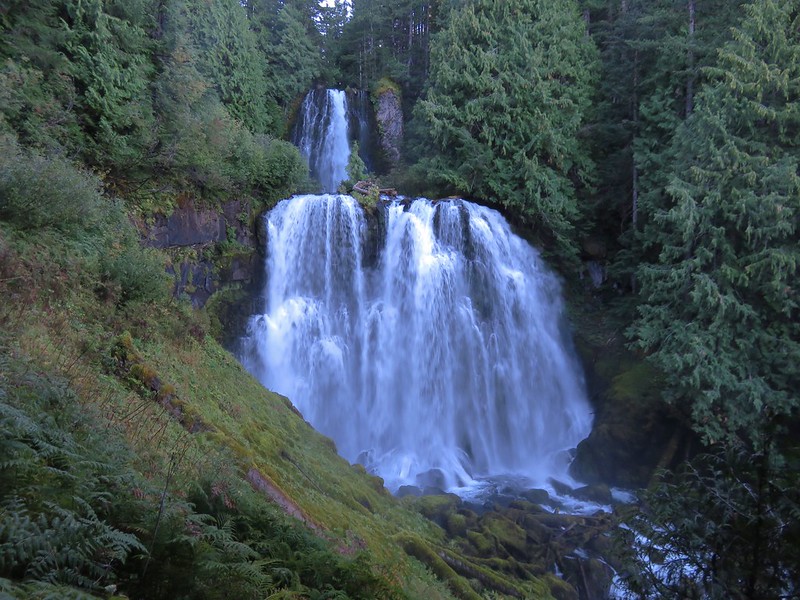
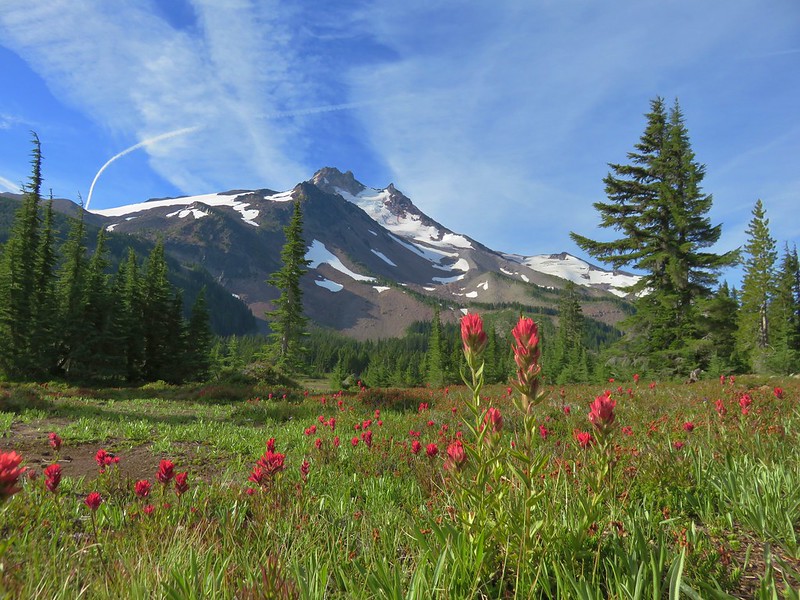
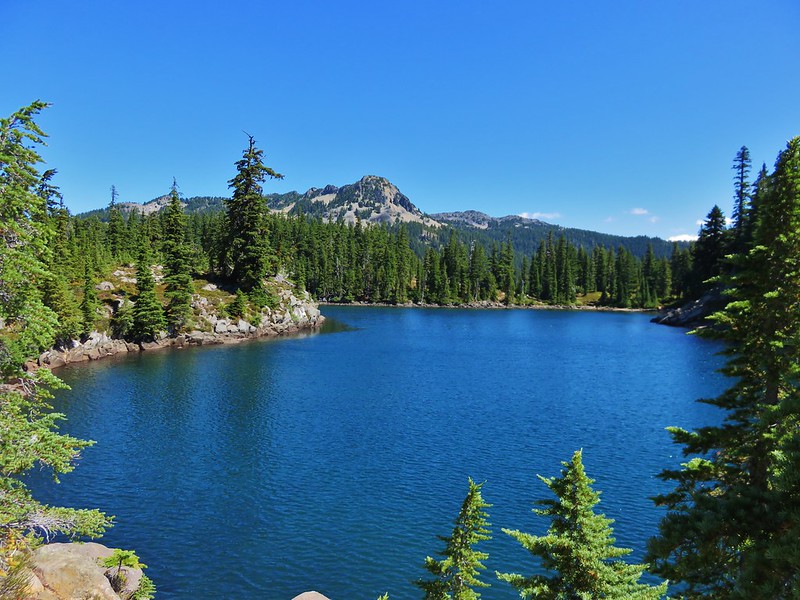
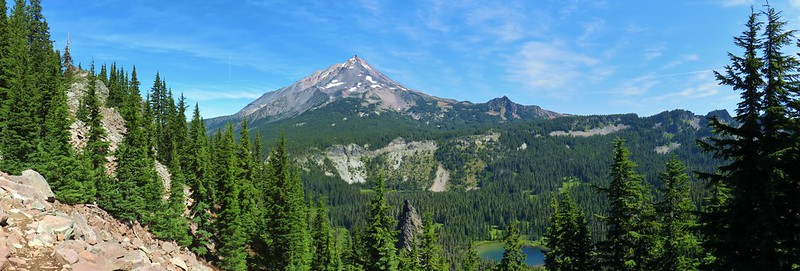



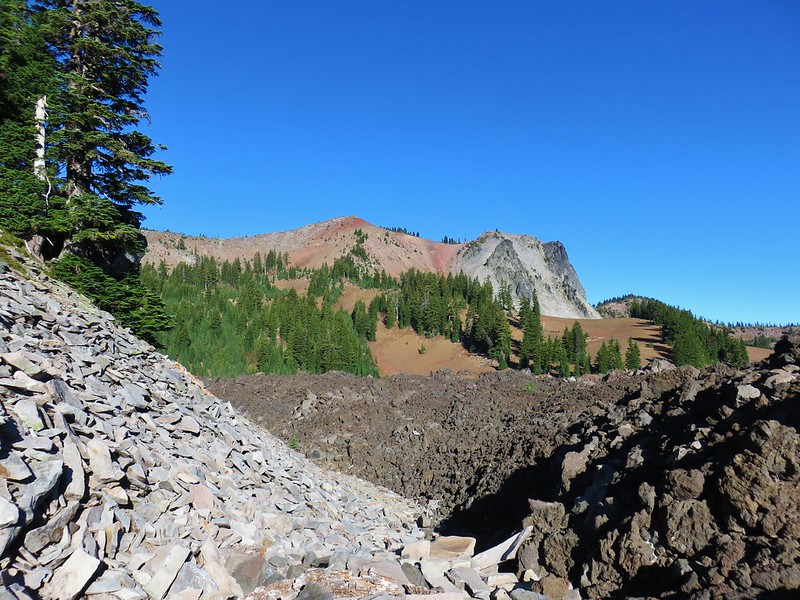
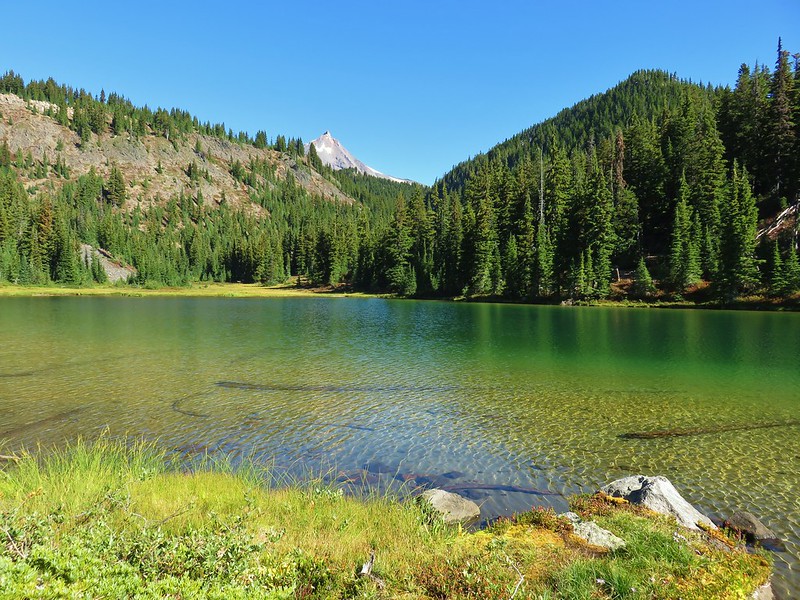


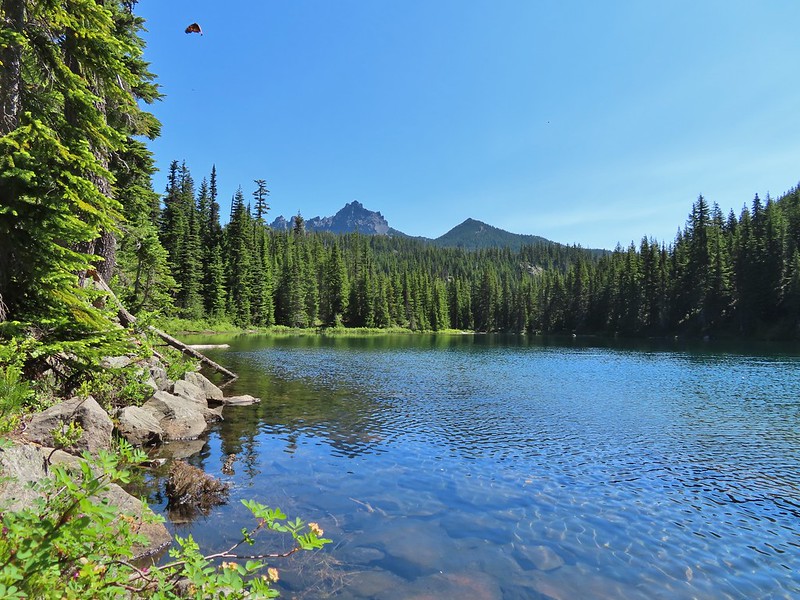
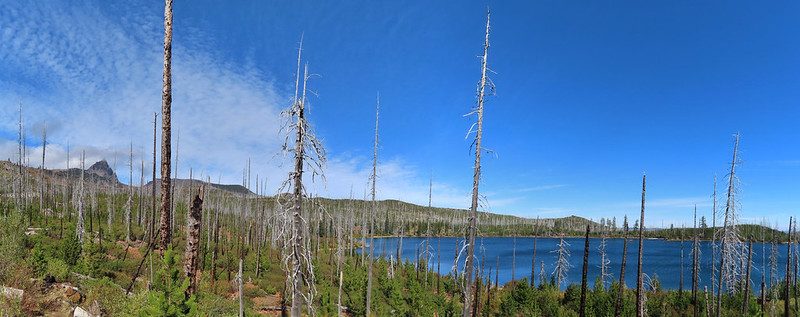
Mount Thielsen: 55,151 acres Days Spent in Wilderness-5
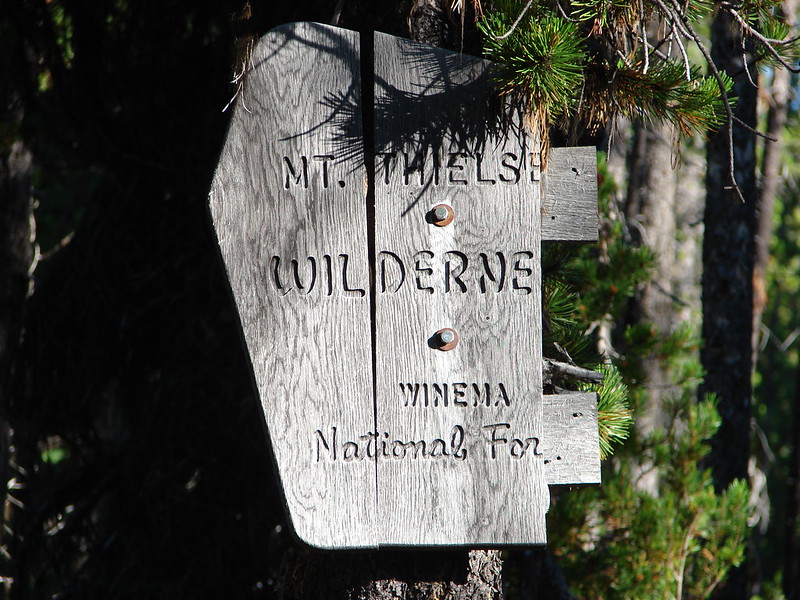

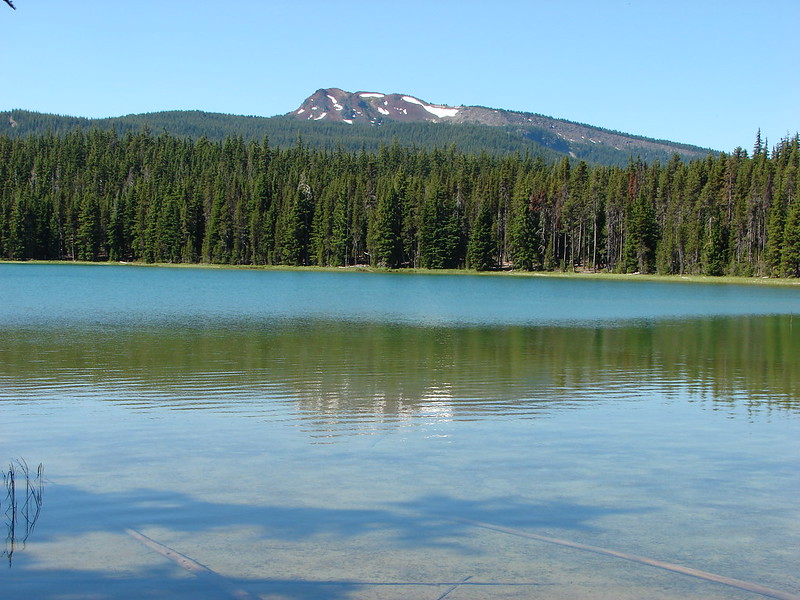



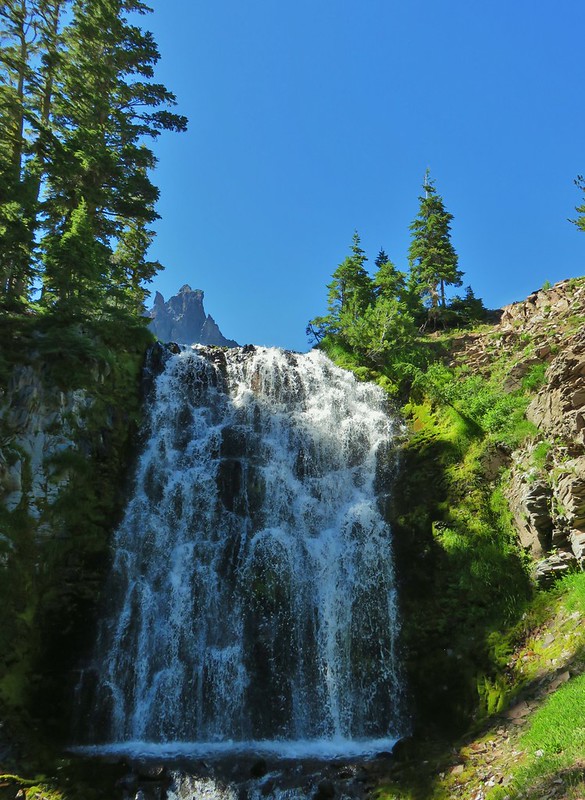

Mount Washington: 54,410 acres Days Spent in Wilderness-7

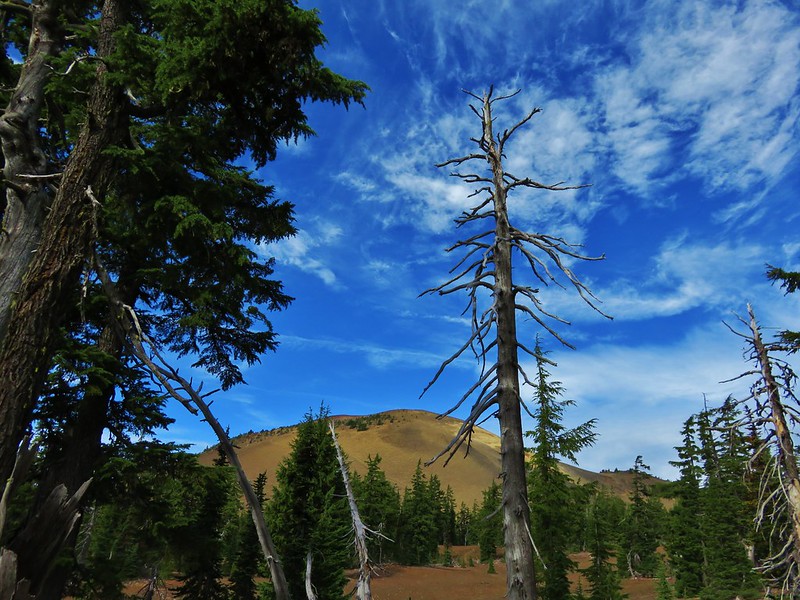
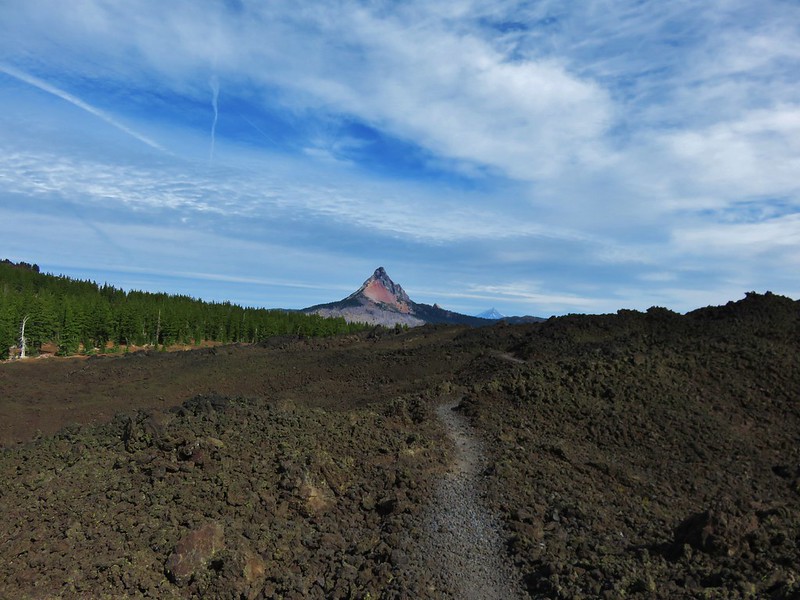
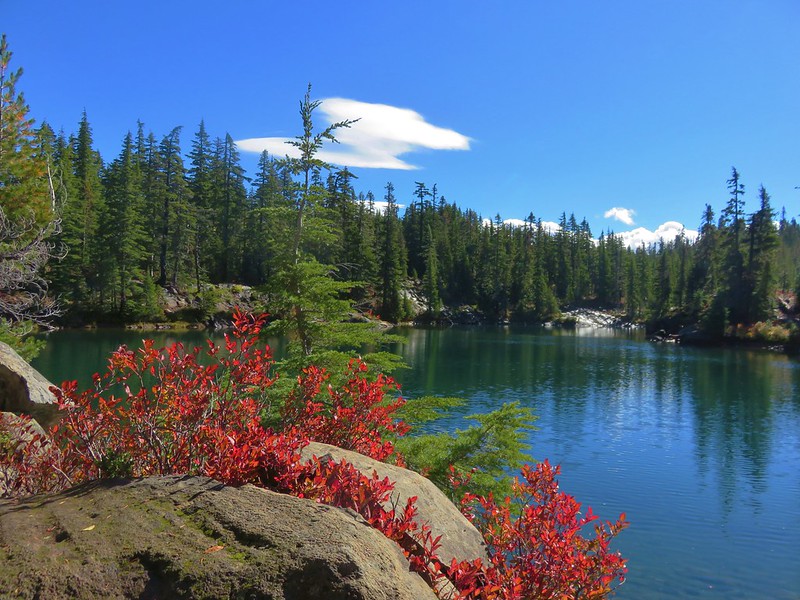
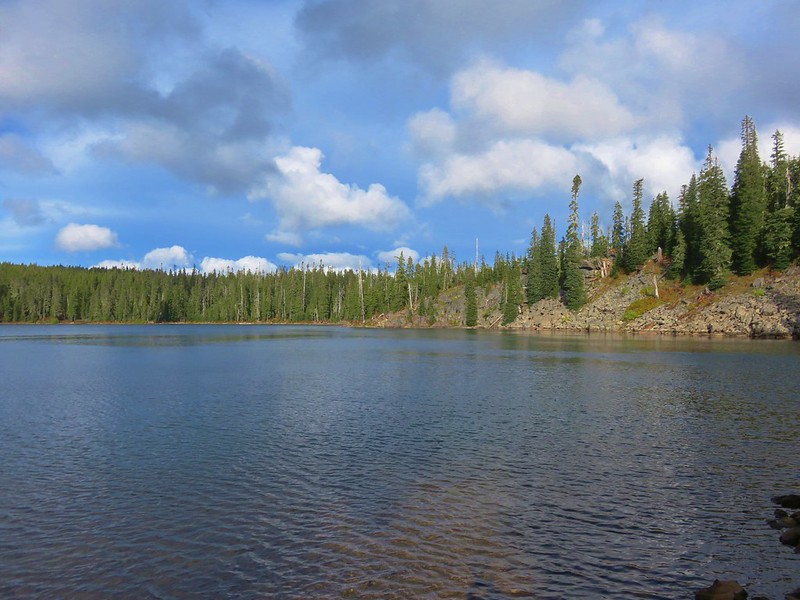
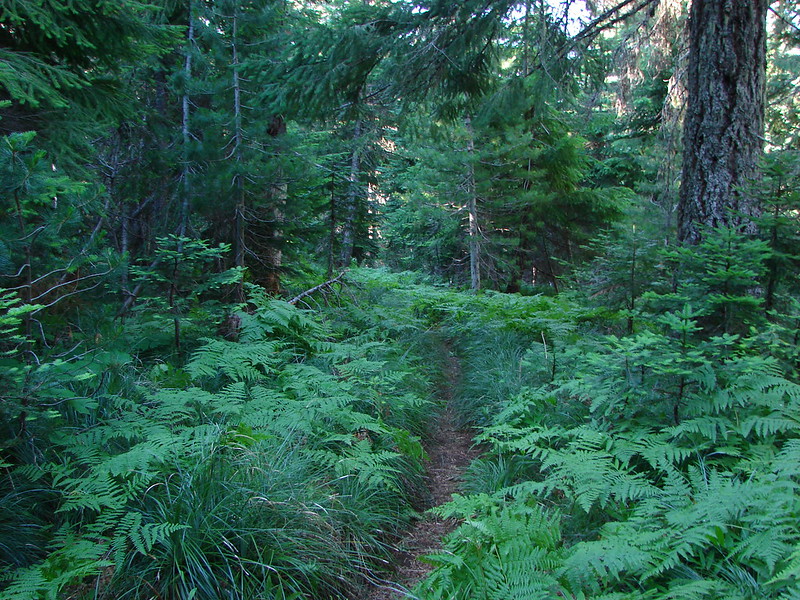

North Fork John Day: 120,694 acres Days Spent in Wilderness-8
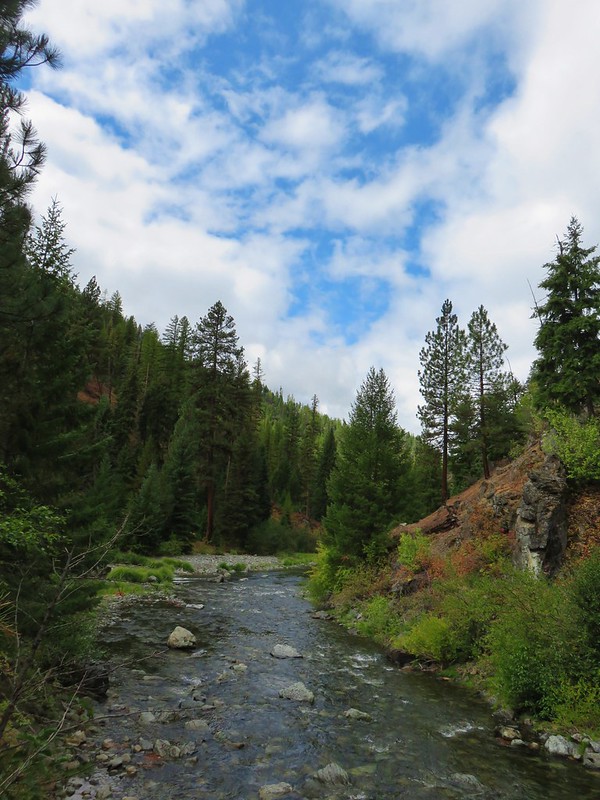
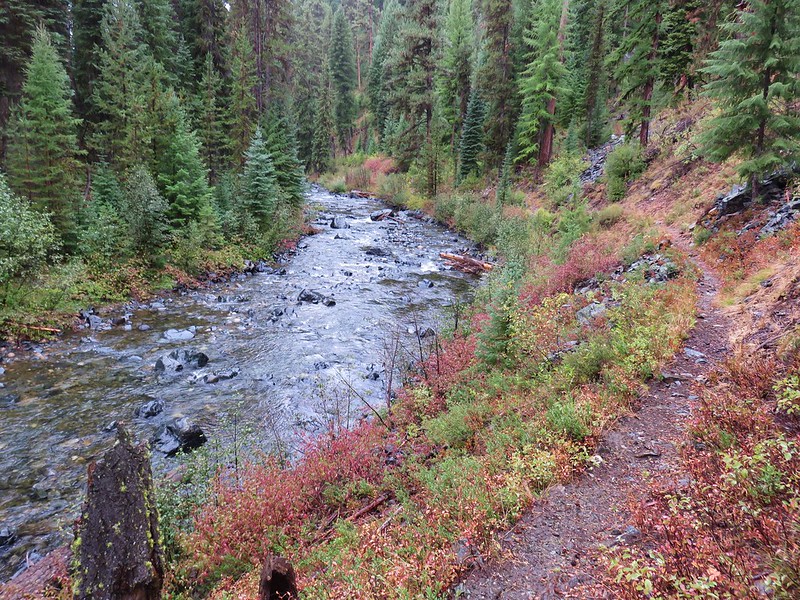



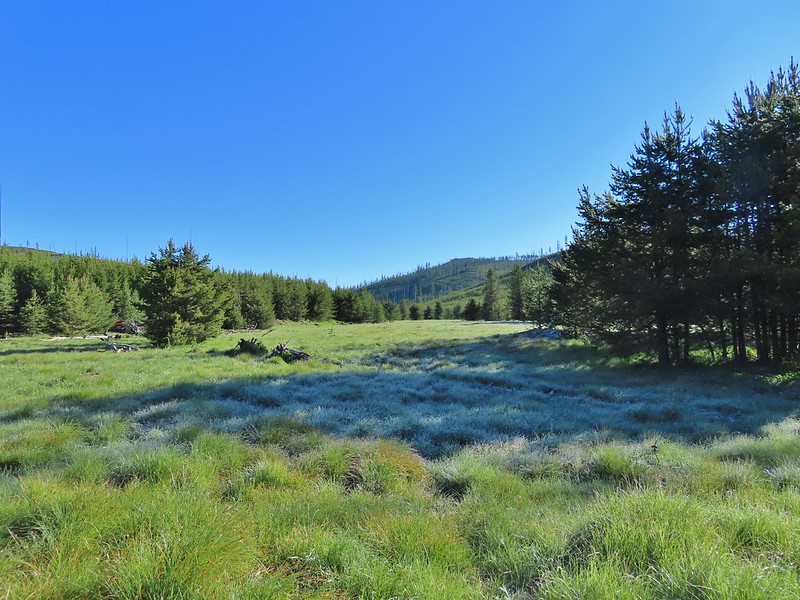
North Fork Umatilla: 20,225 acres Days Spent in Wilderness-3

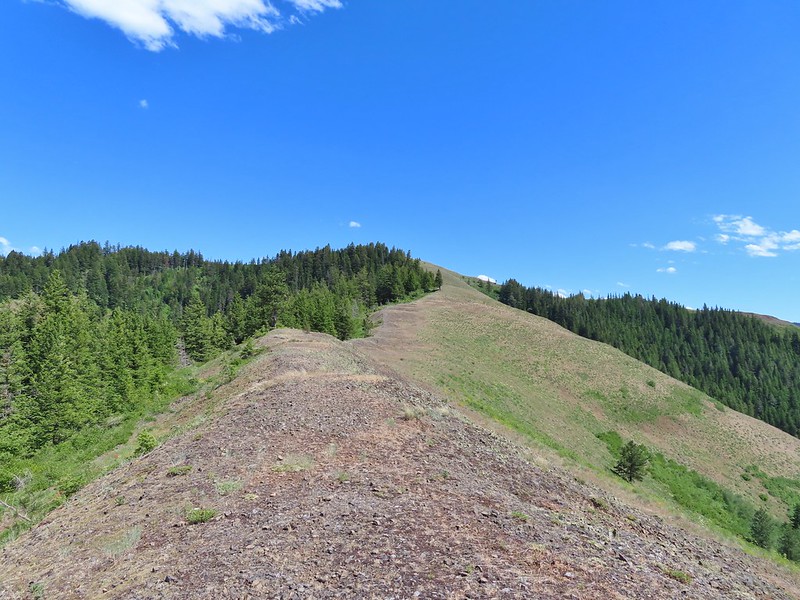
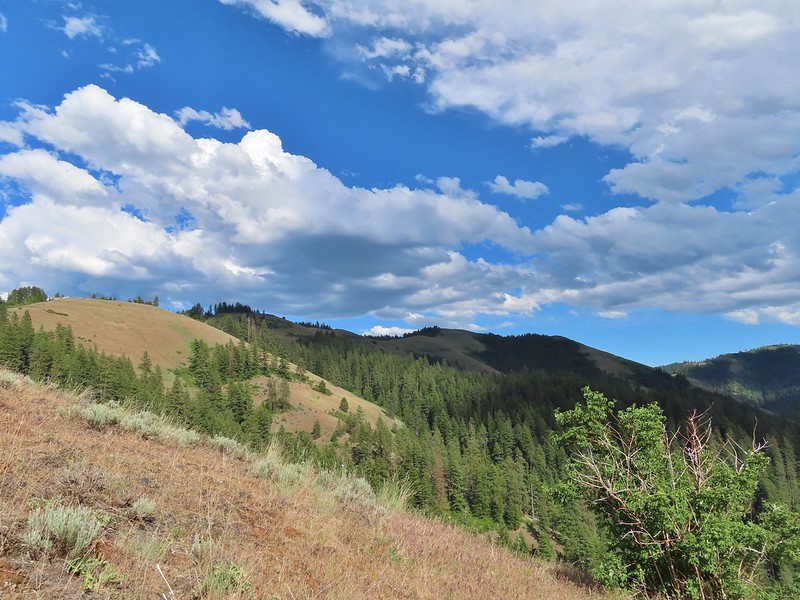

Opal Creek: 20,774 acres Days Spent in Wilderness-6


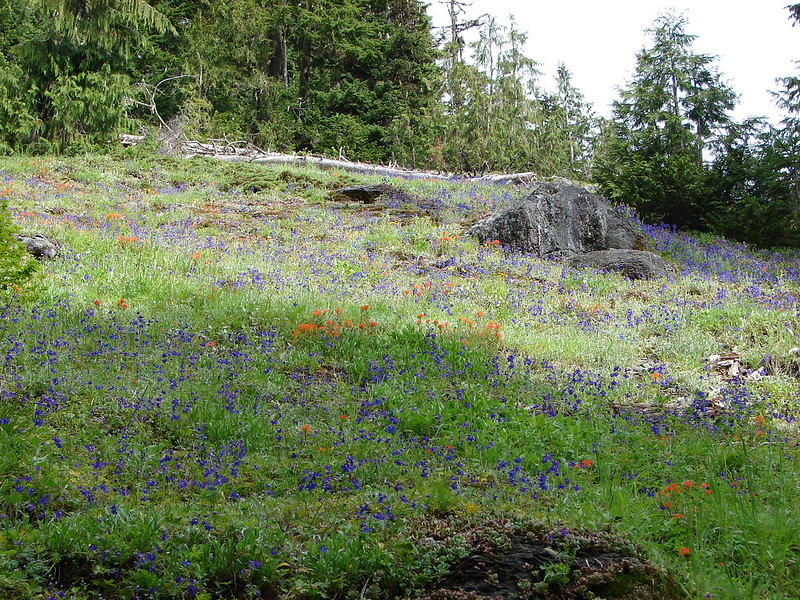
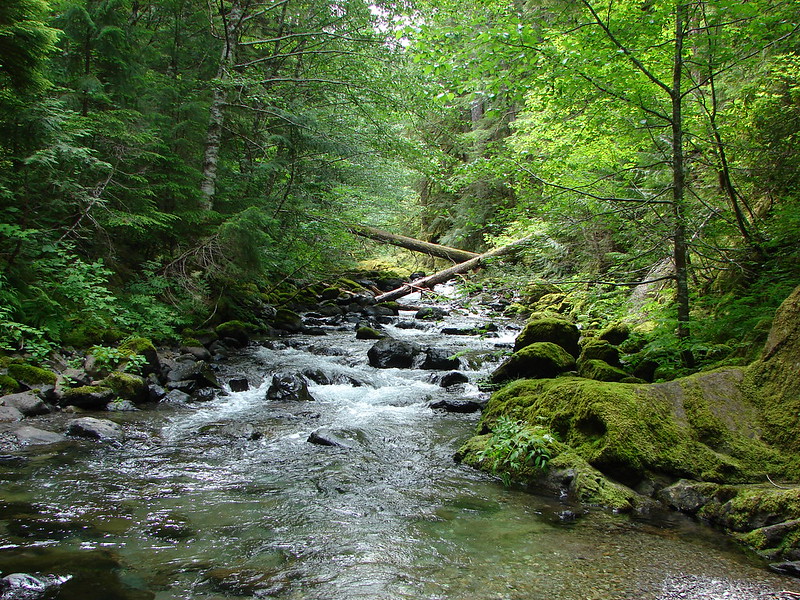
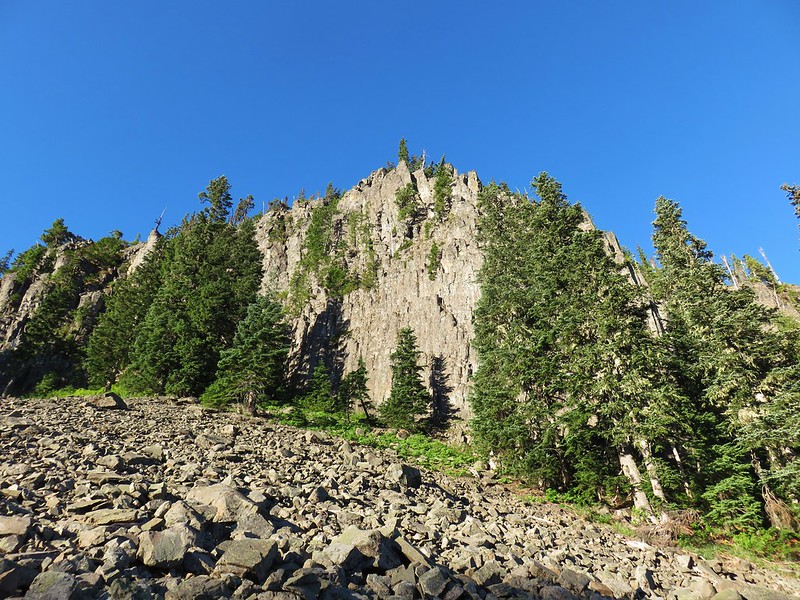
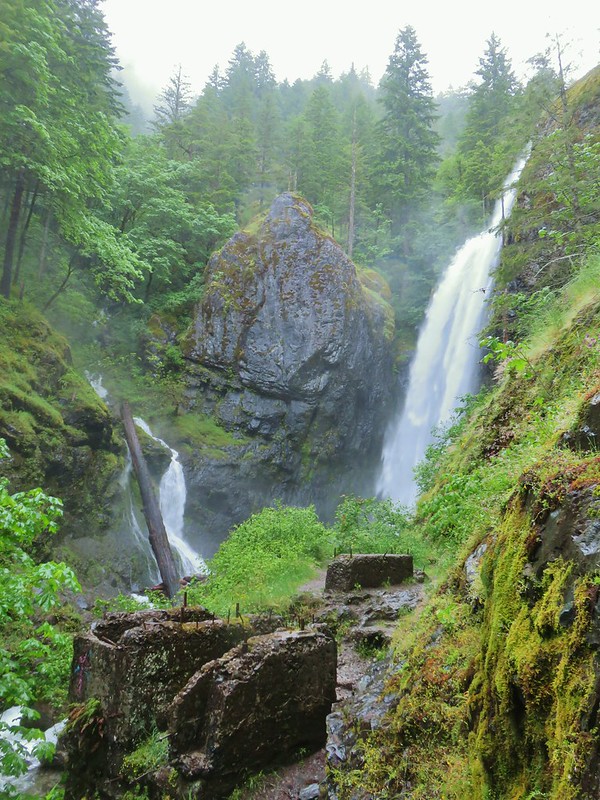
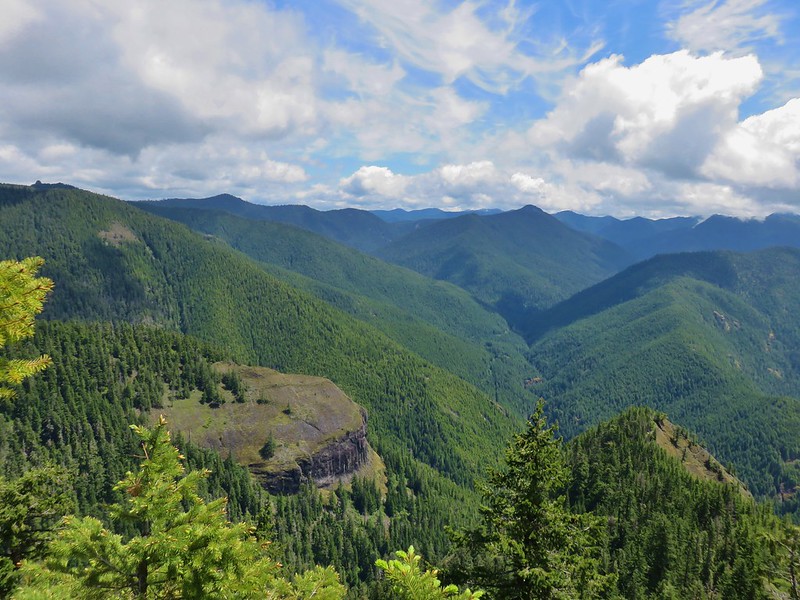
Oregon Badlands: 28,182 acres Days Spent in Wilderness-2

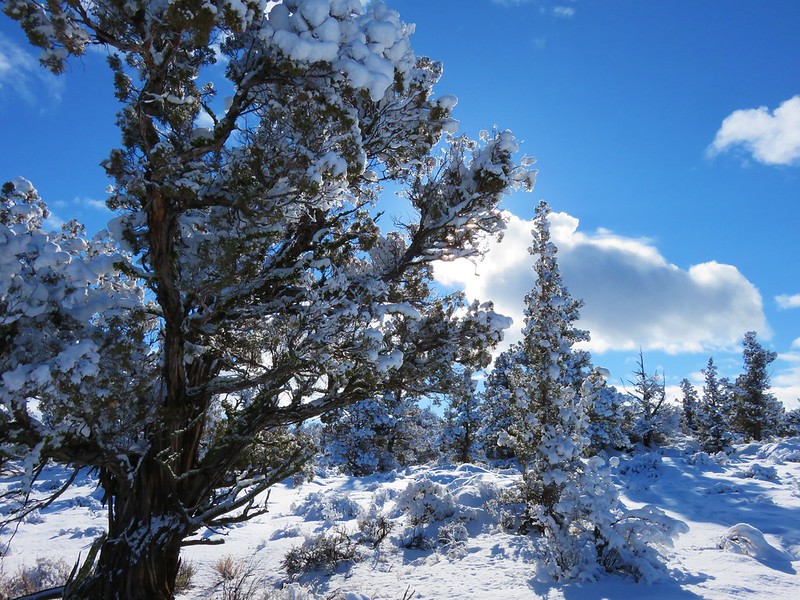
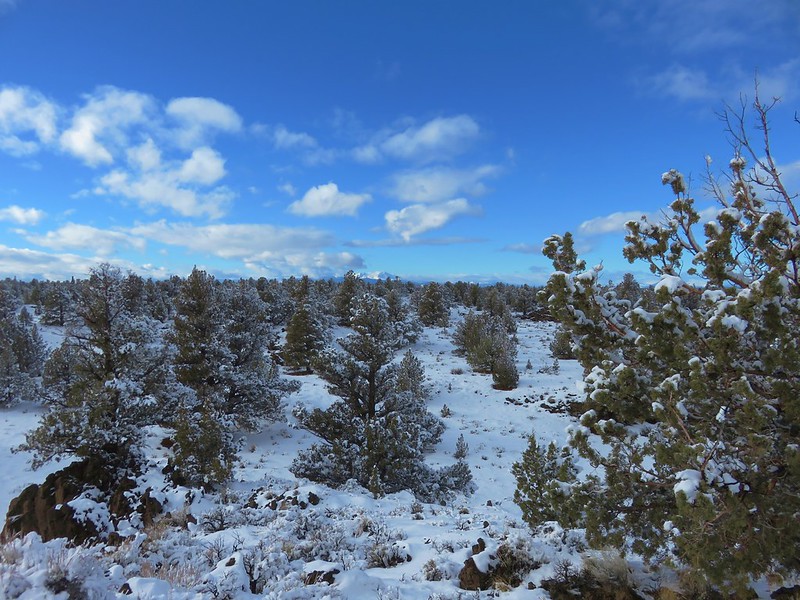


Oregon Islands: 925 acres Days Spent in Wilderness-0


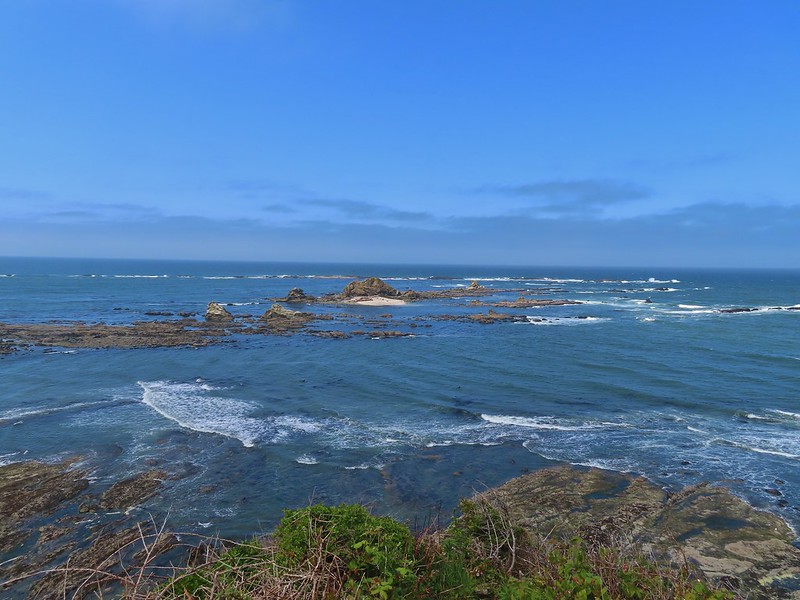

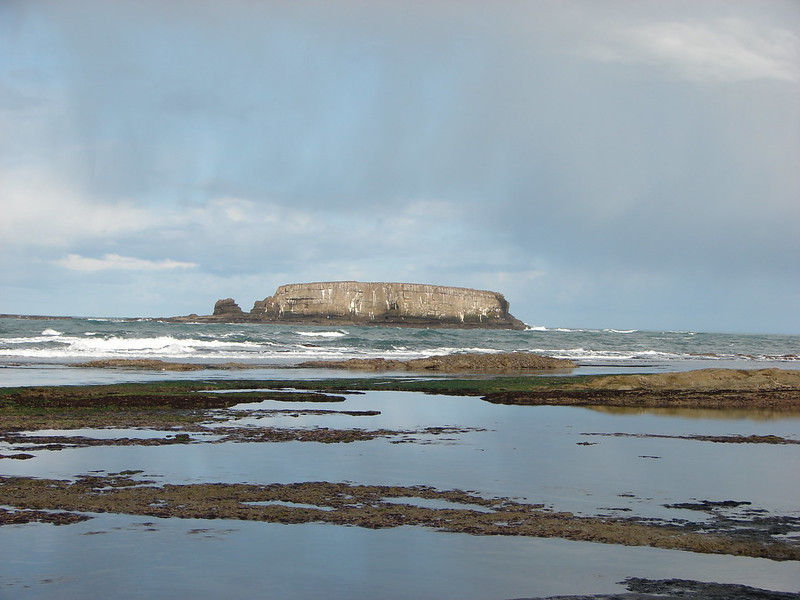
Red Buttes: 3,777 acres in OR (20,133 in CA) Days Spent in Wilderness-2 in OR, (4 in CA)
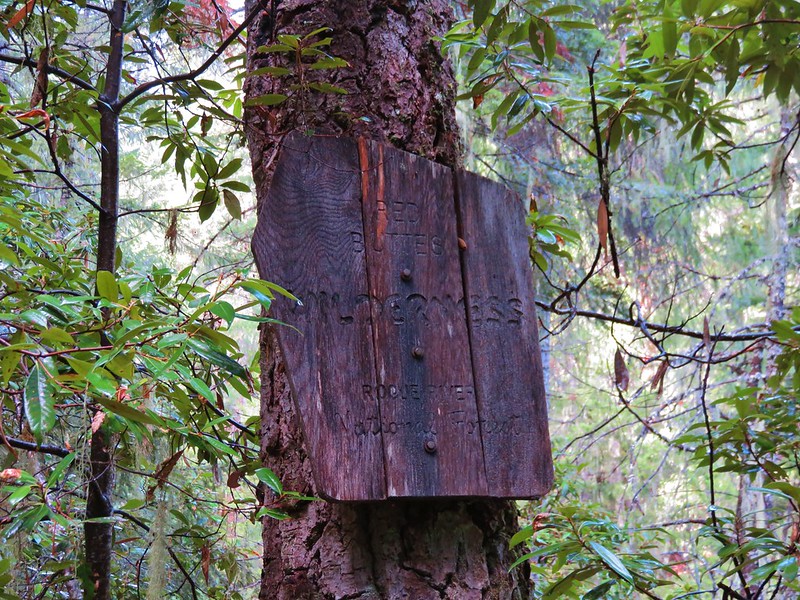

 This photo is from CA but it actually shows the namesake Red Buttes
This photo is from CA but it actually shows the namesake Red Buttes
Roaring River: 36,548 acres Days Spent in Wilderness-1


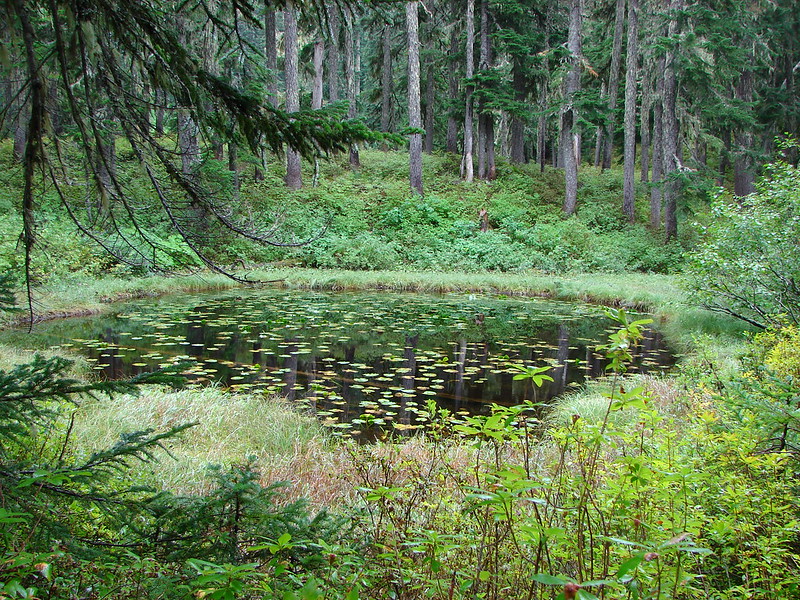
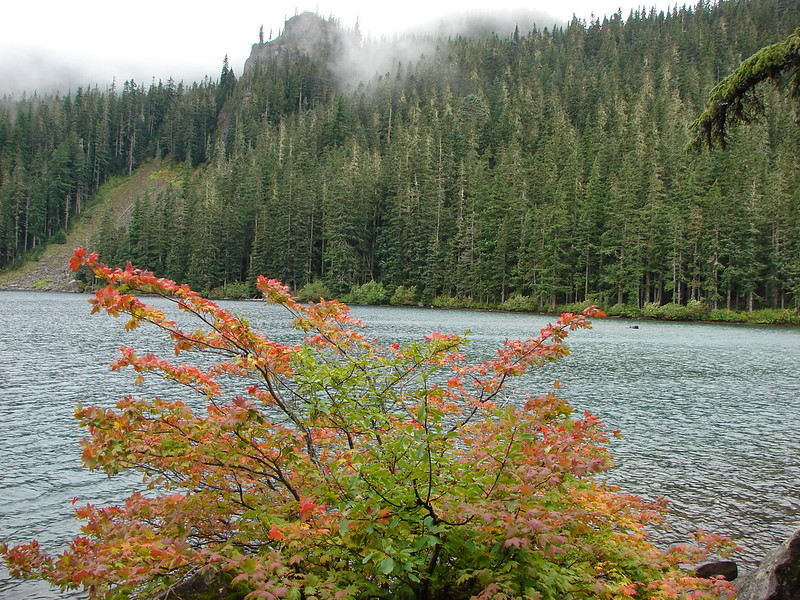
Rock Creek: 7,273 acres Days Spent in Wilderness-1
 Closest thing to a “wilderness sign” we saw for this one.
Closest thing to a “wilderness sign” we saw for this one.
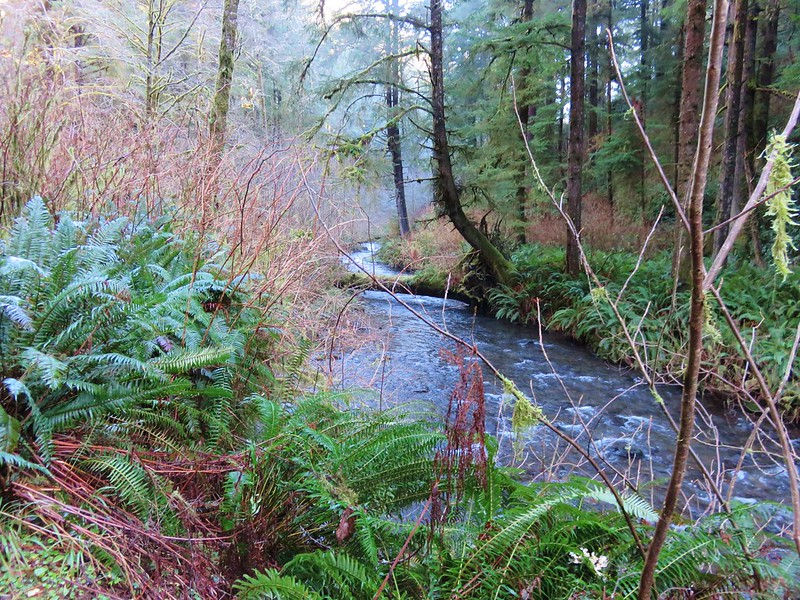

Rogue-Umpqua: 35,749 acres Days Spent in Wilderness-6
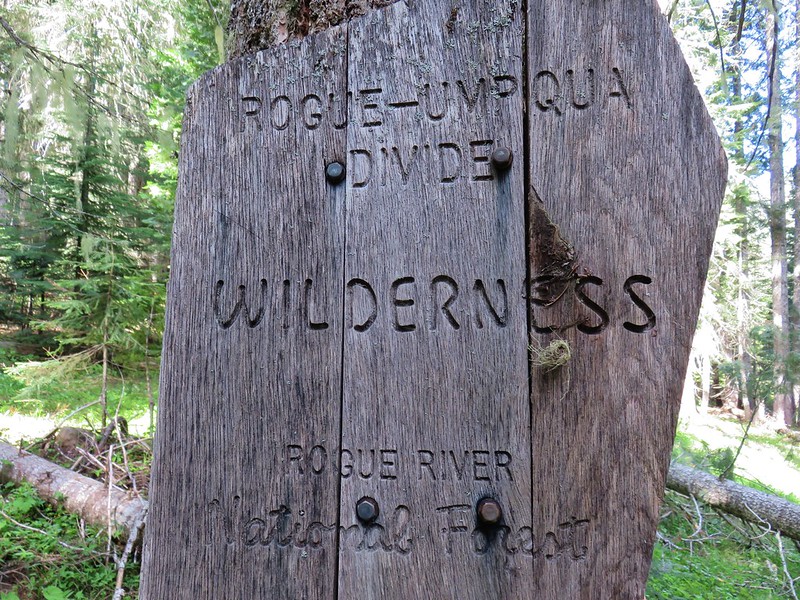
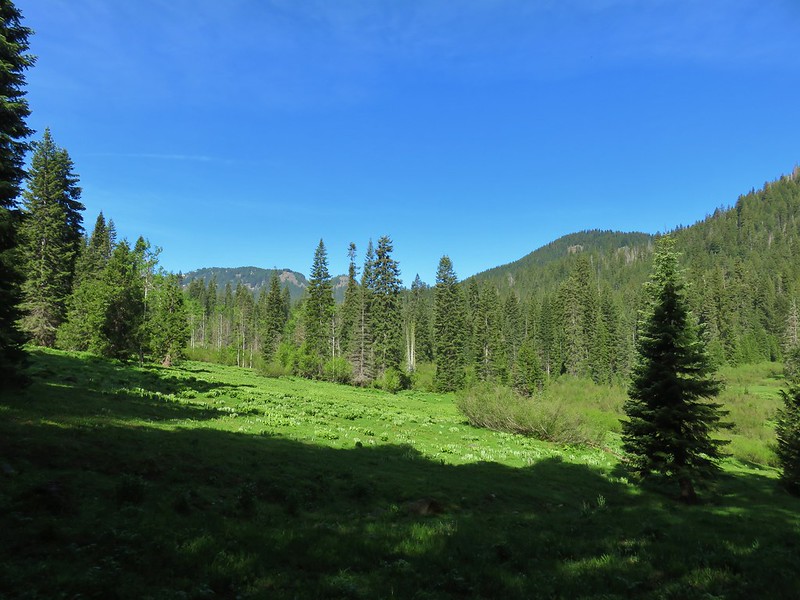
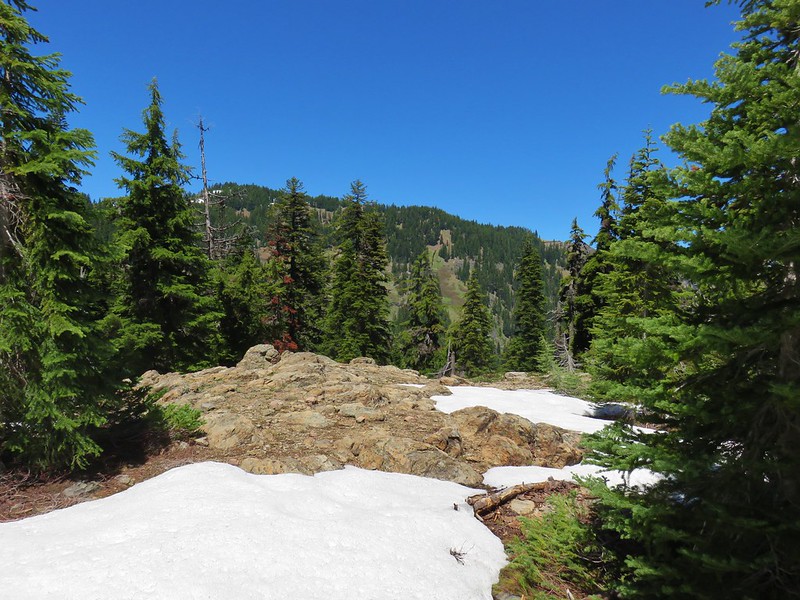

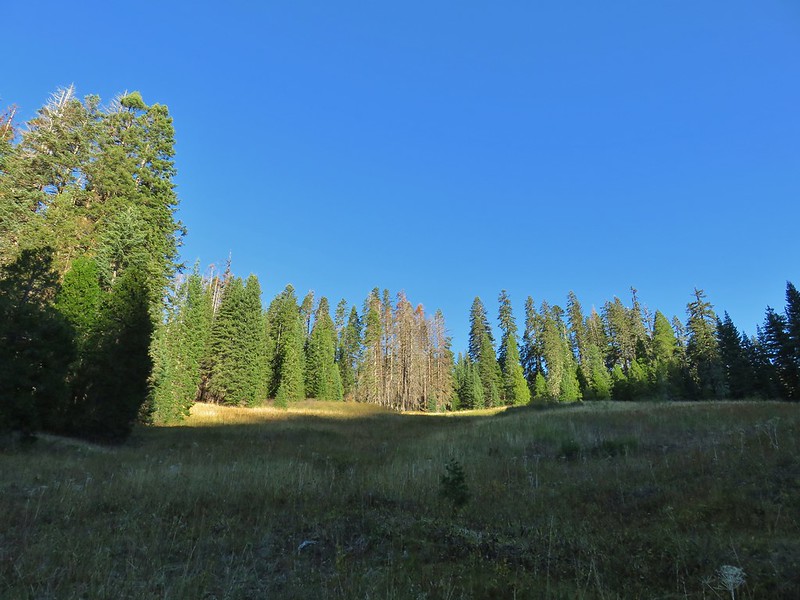
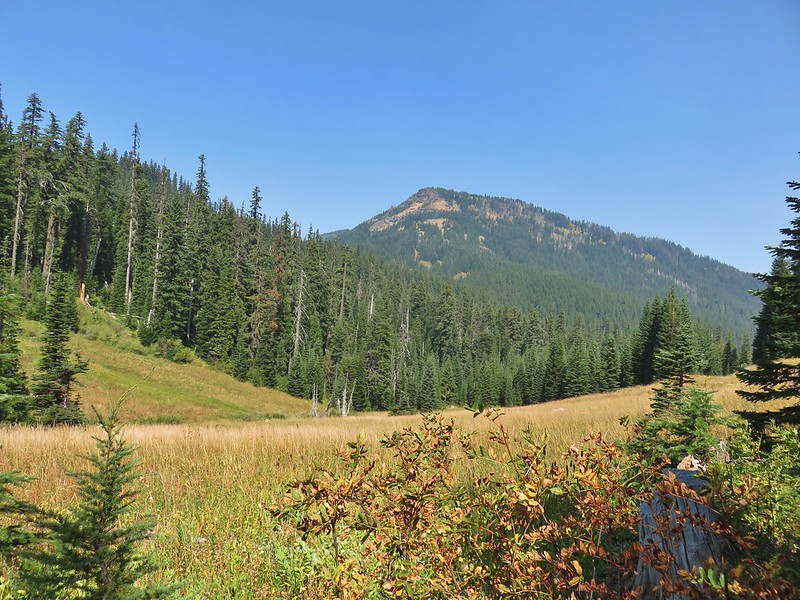
Salmon-Huckleberry: 62,061 acres Days Spent in Wilderness-11

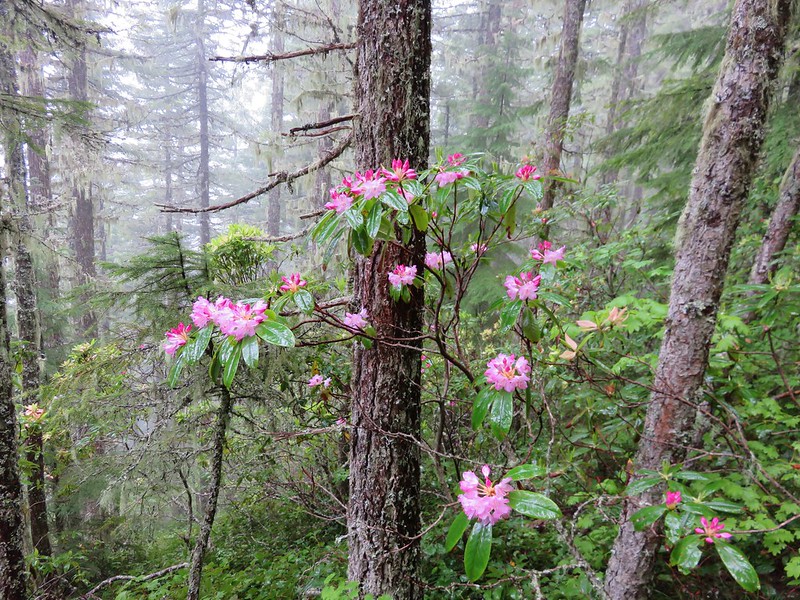

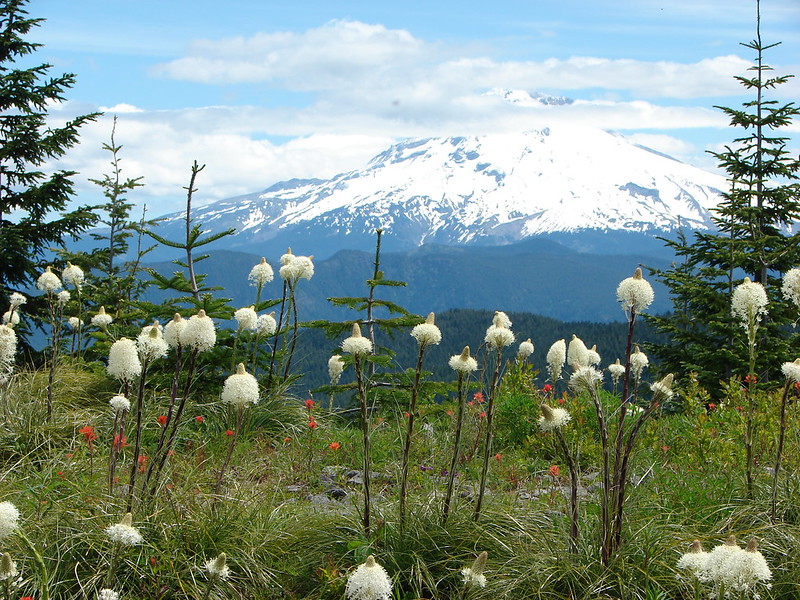

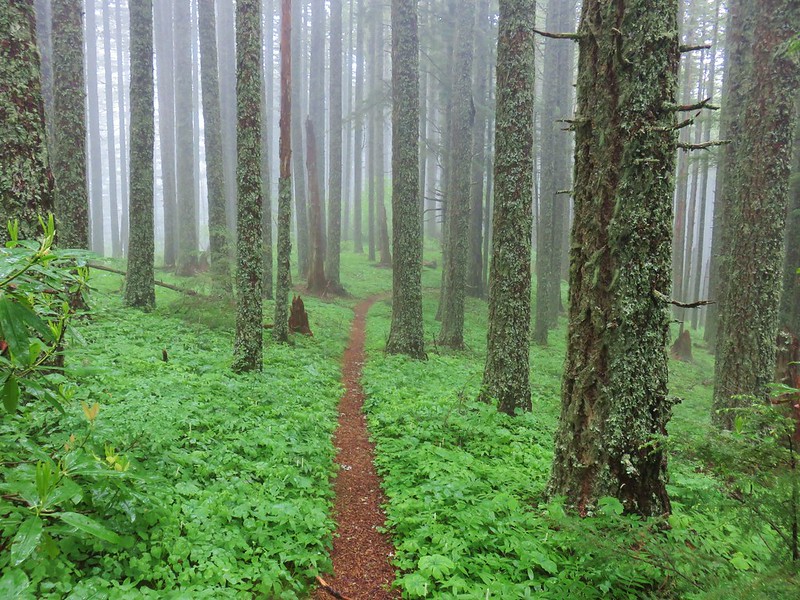





Sky Lakes: 113,687 acres Days Spent in Wilderness-3
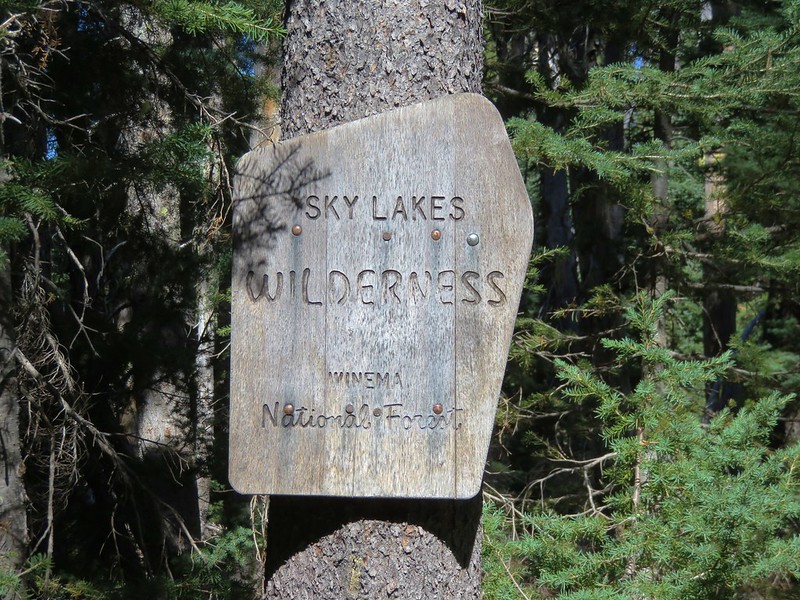


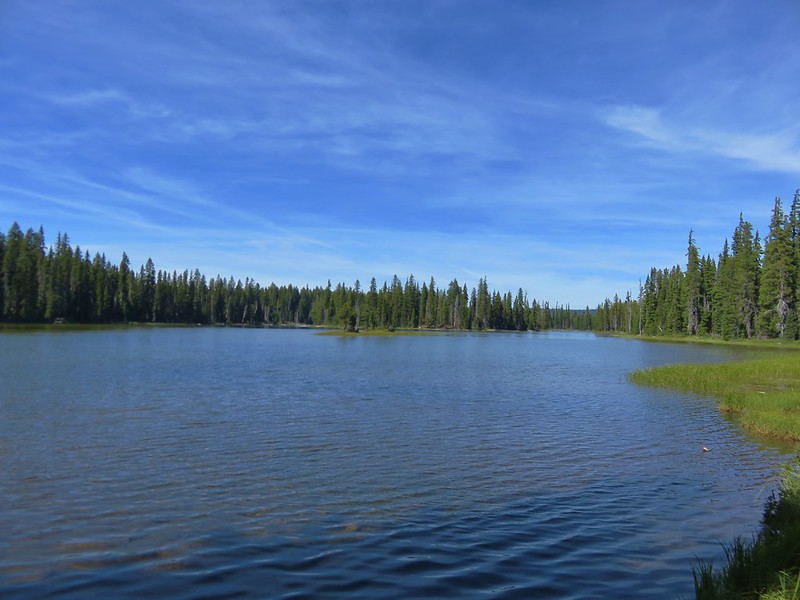
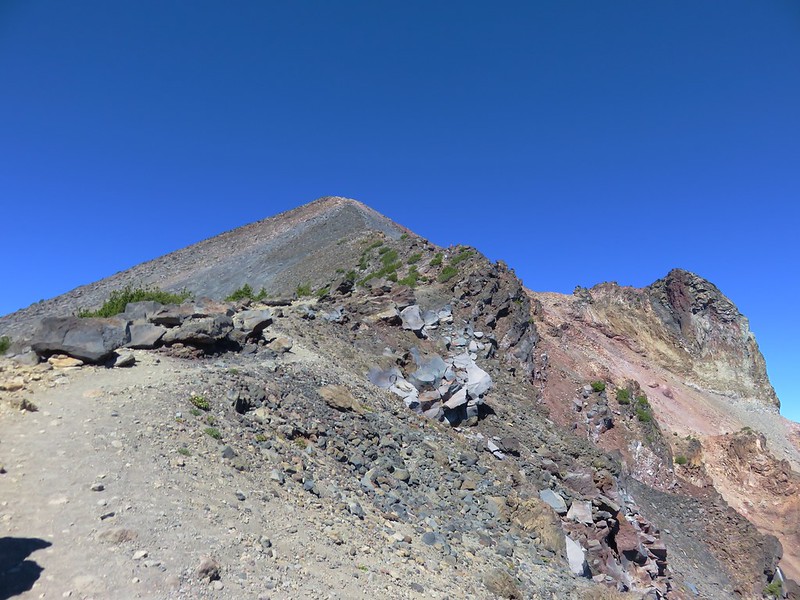
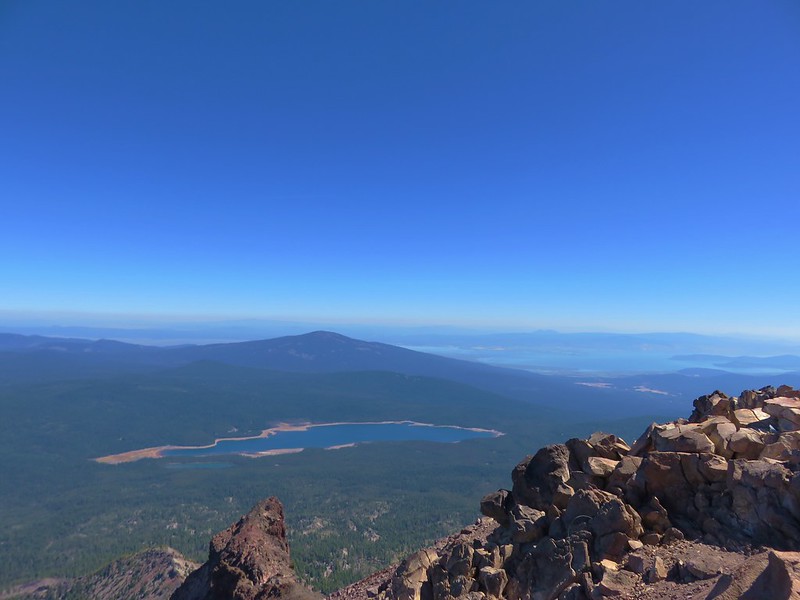
Soda Mountain: 24,707 acres Days Spent in Wilderness-2
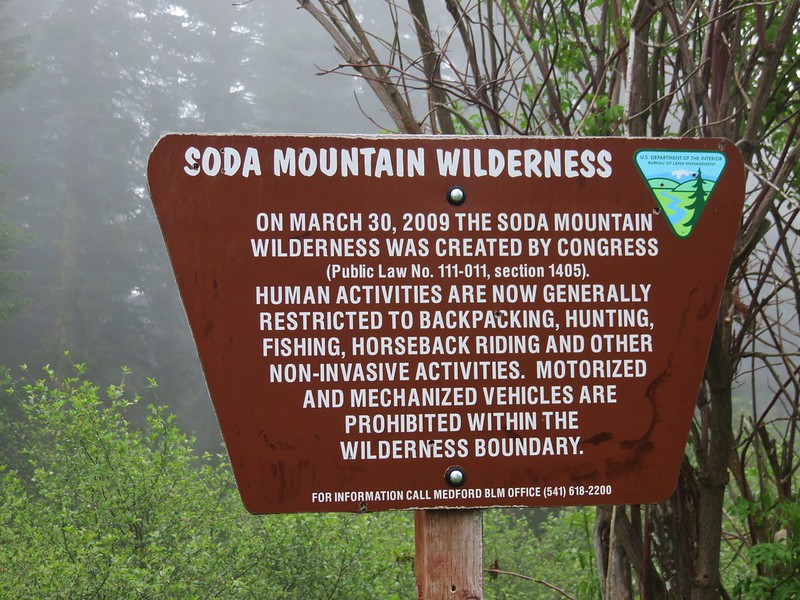
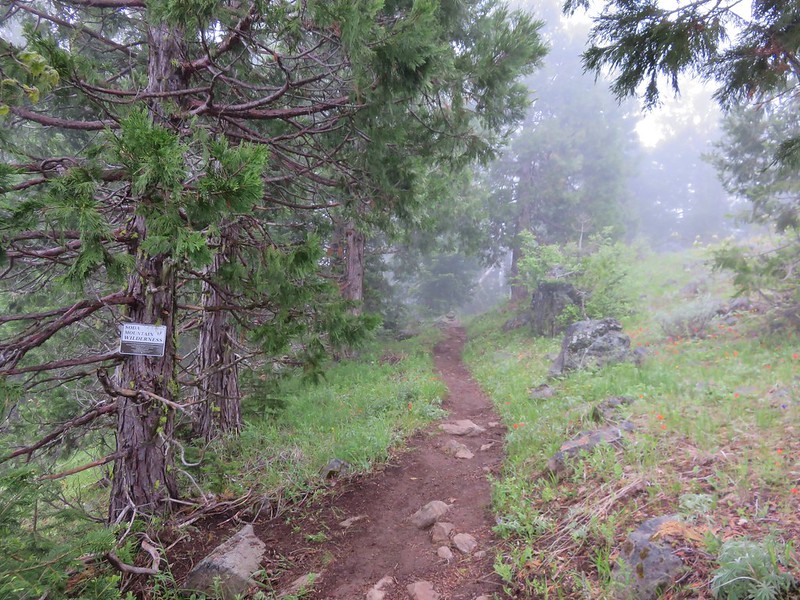

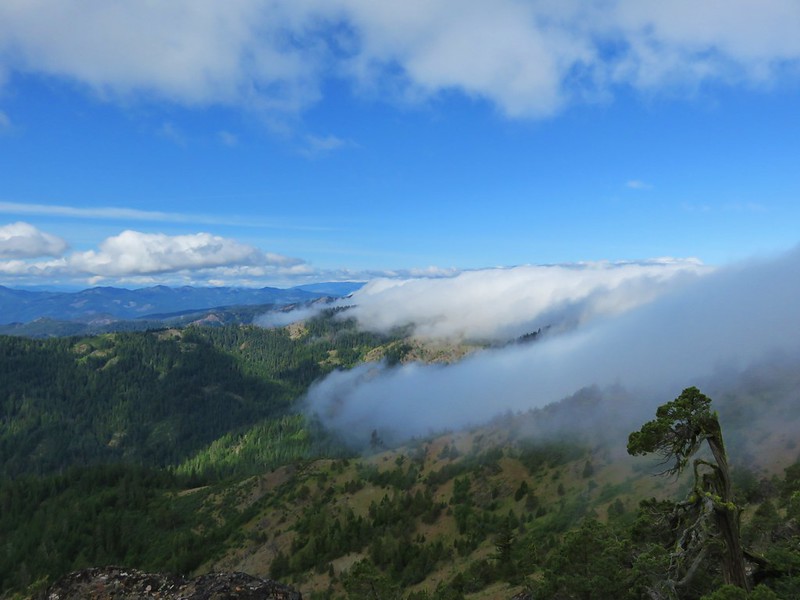


Spring Basin: 6,404 acres Days Spent in Wilderness-1
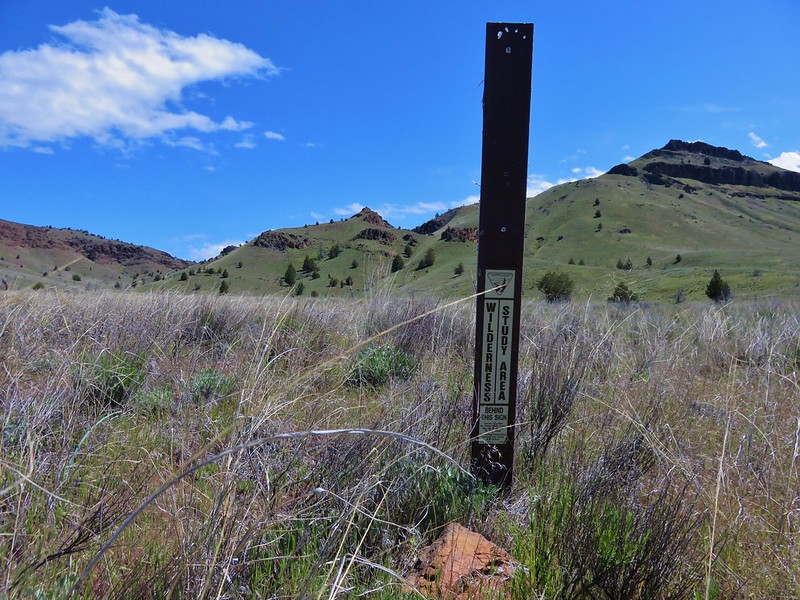

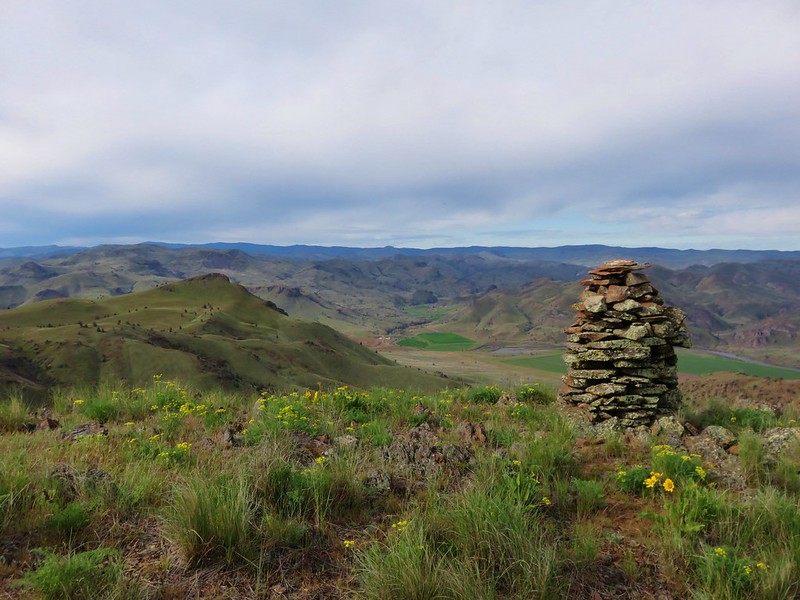


Steens Mountain: 170,202 acres Days Spent in Wilderness-5



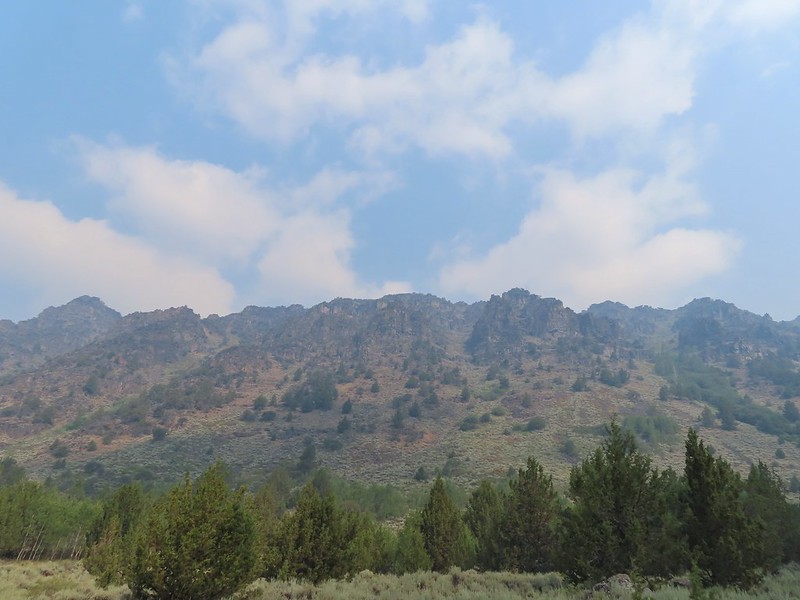
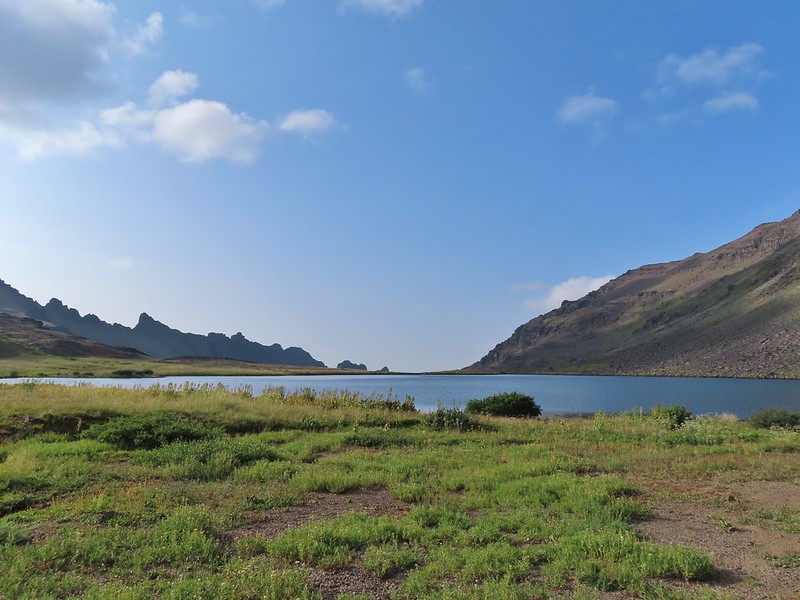



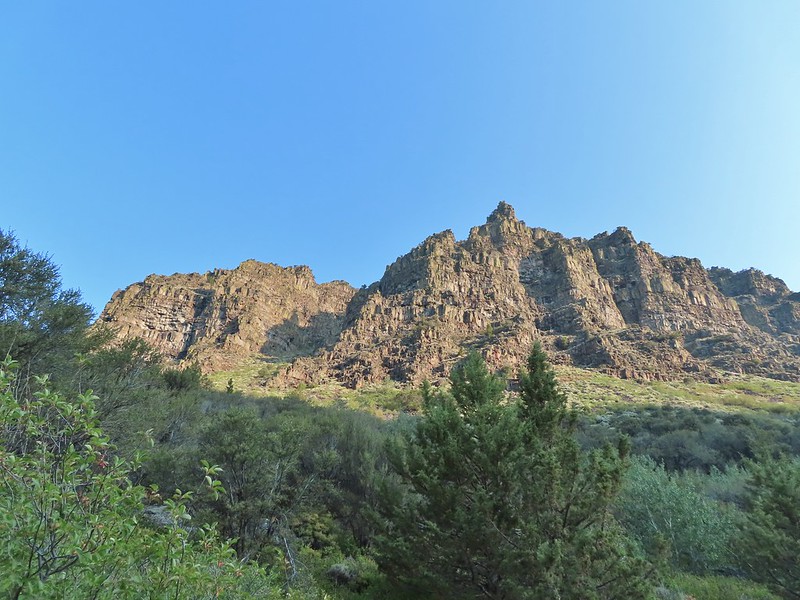


Strawberry Mountain: 69,350 acres Days Spent in Wilderness-5

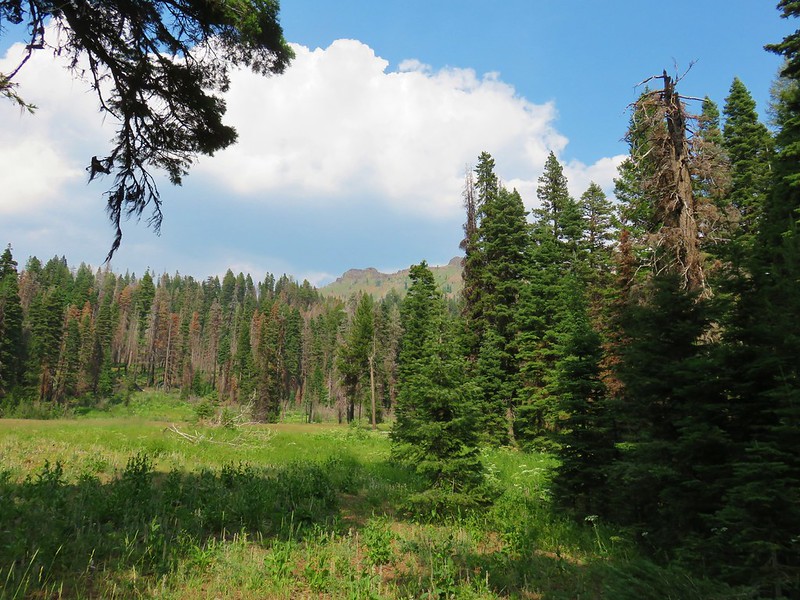

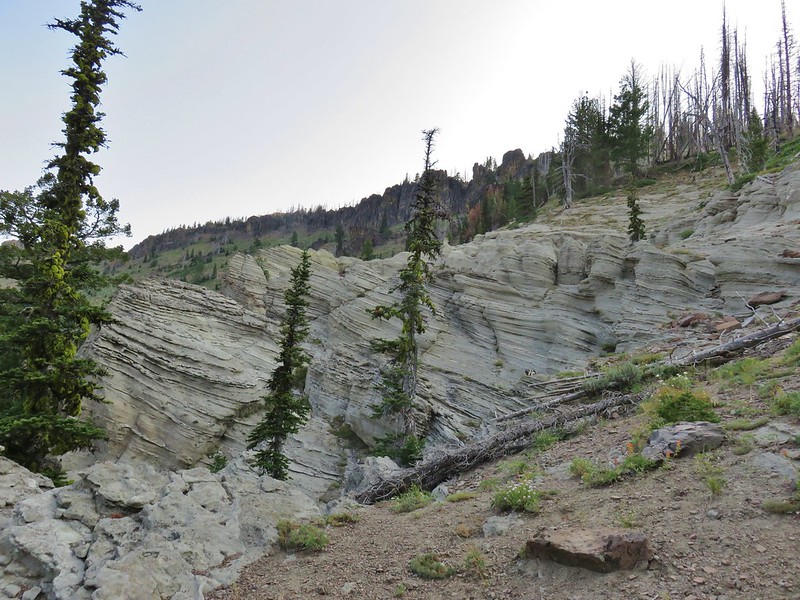
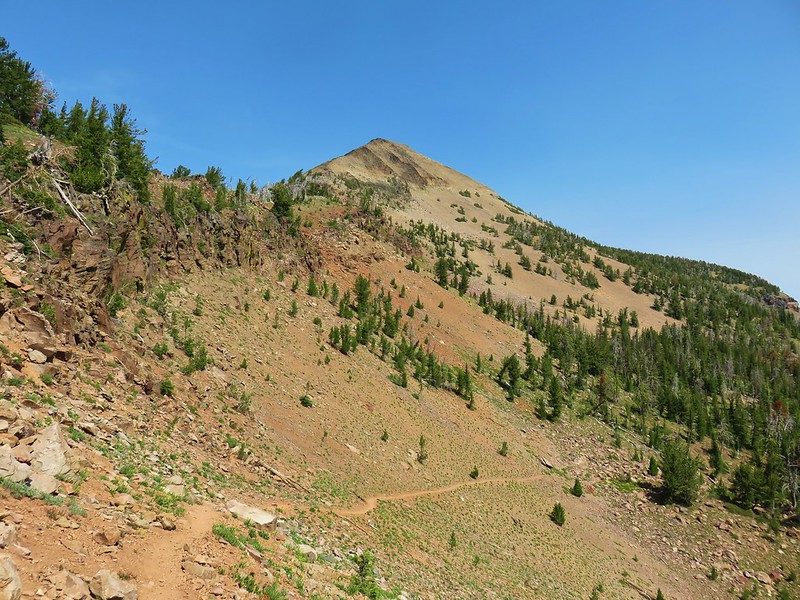




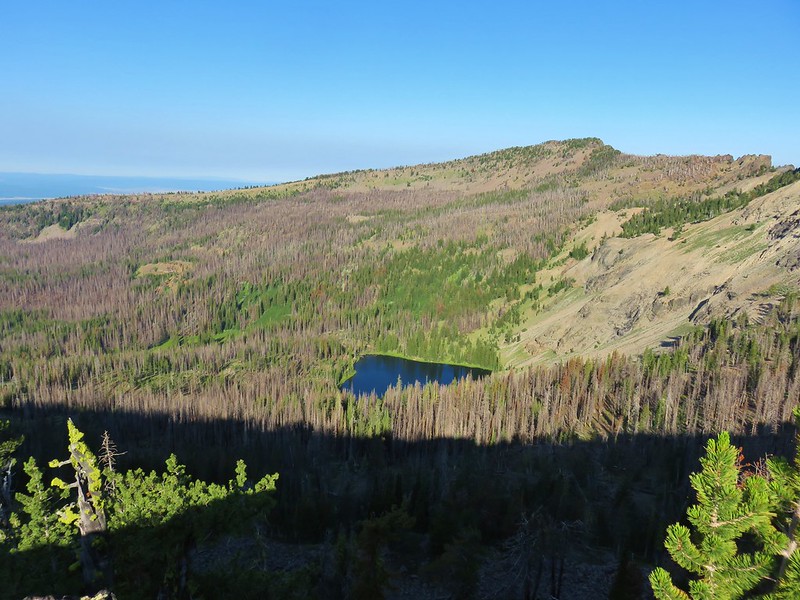
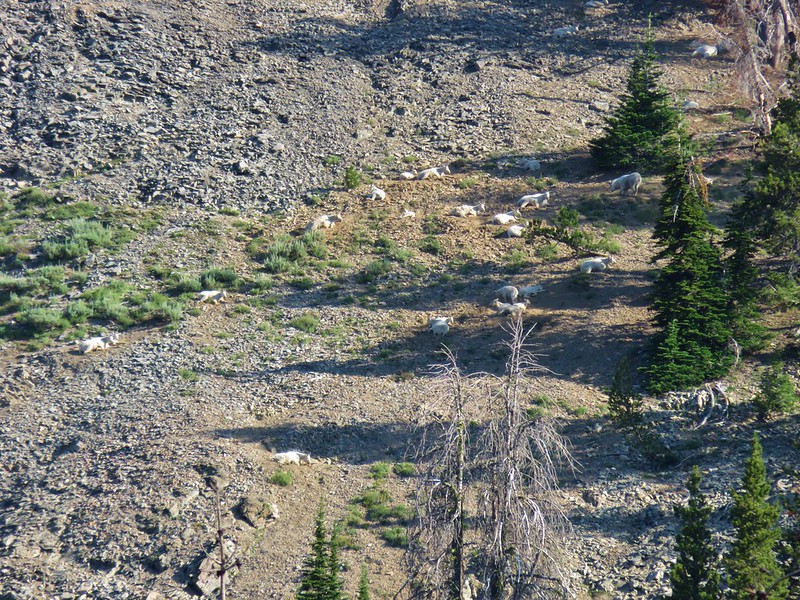
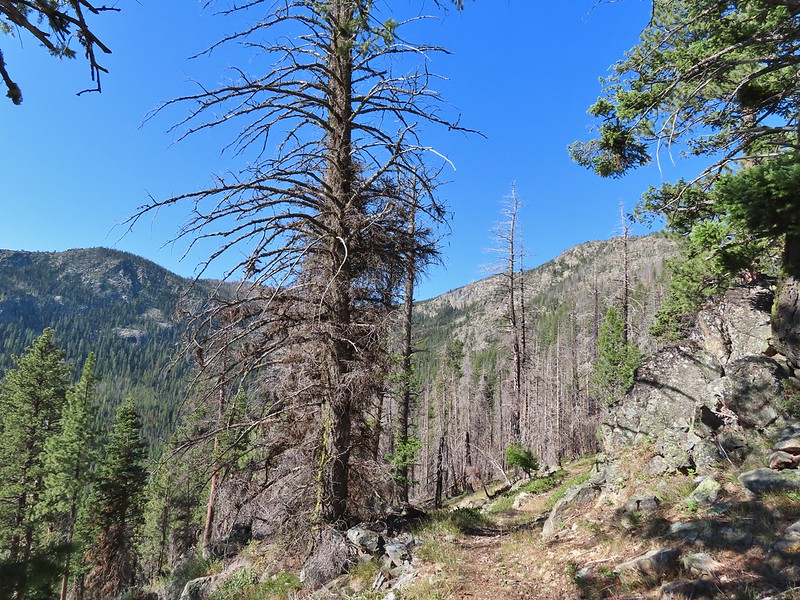

Table Rock: 5,784 acres Days Spent in Wilderness-3
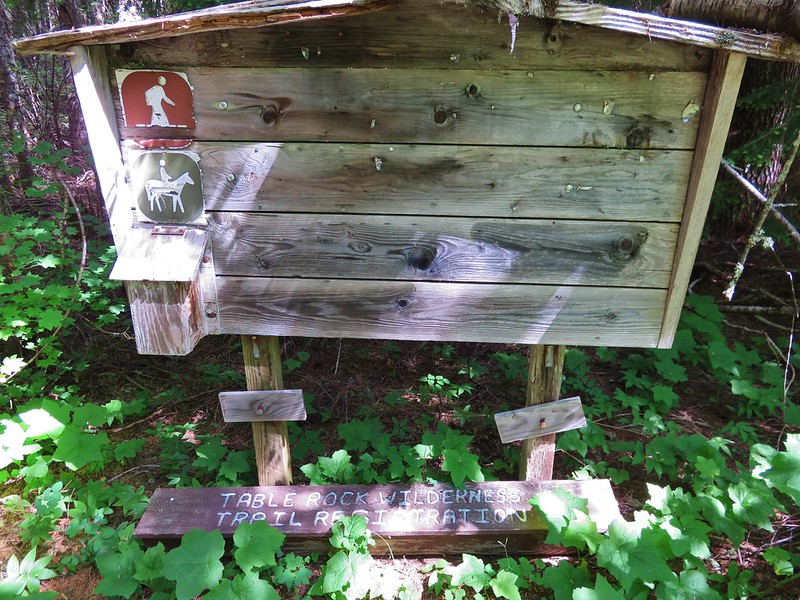
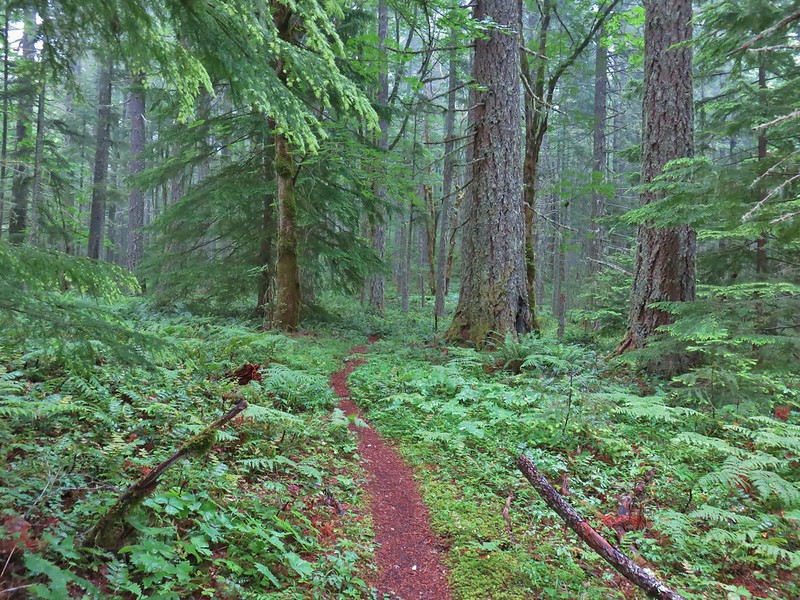
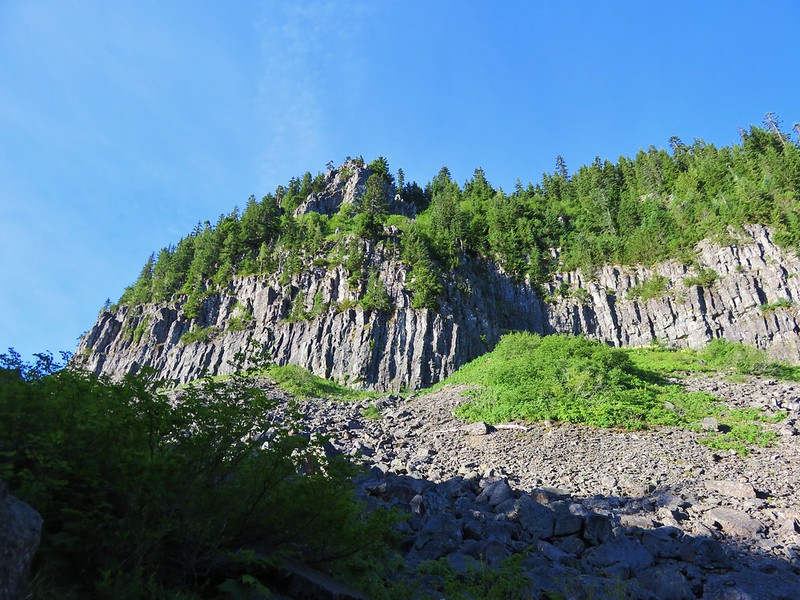
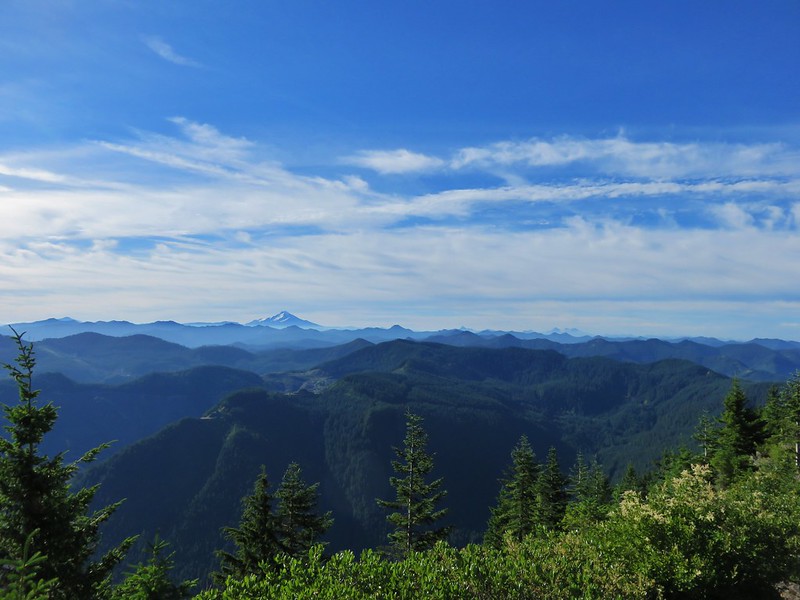

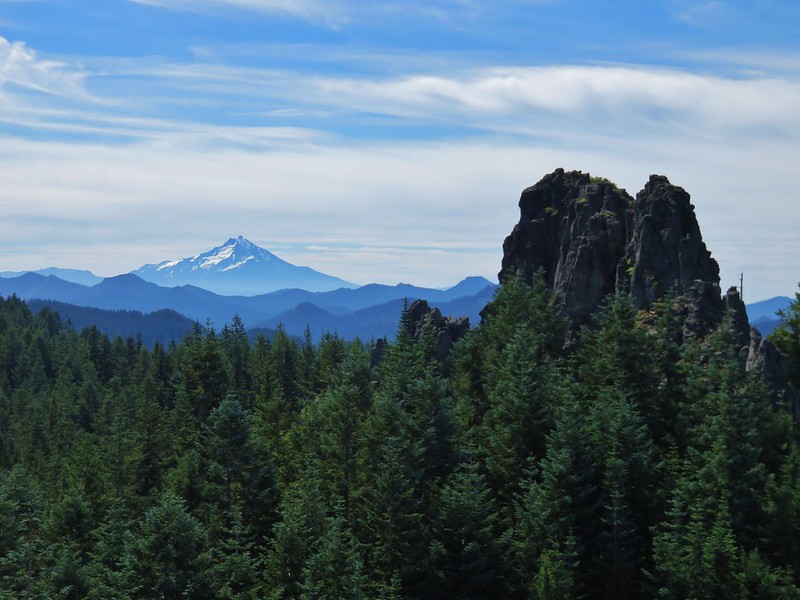

Three Arch Rocks: 15 acres Days Spent in Wilderness-0
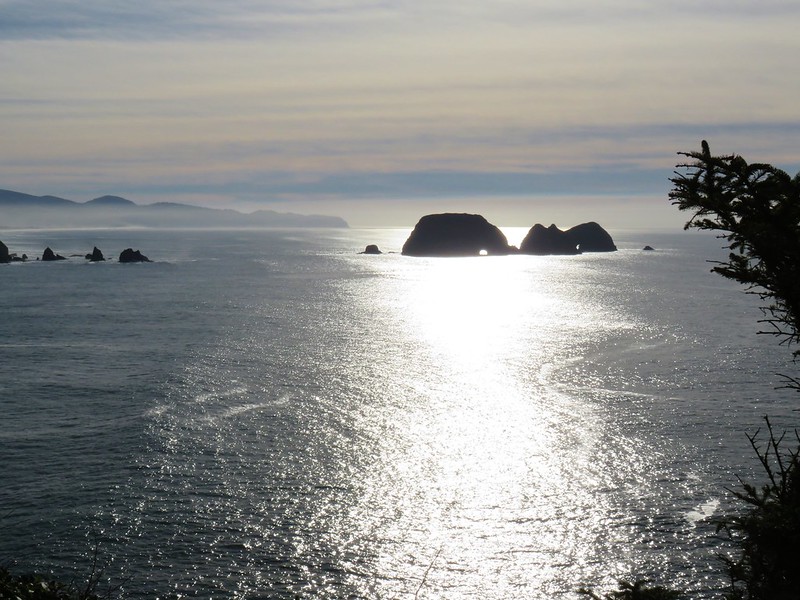
Three Sisters: 283,619 acres Days Spent in Wilderness-30
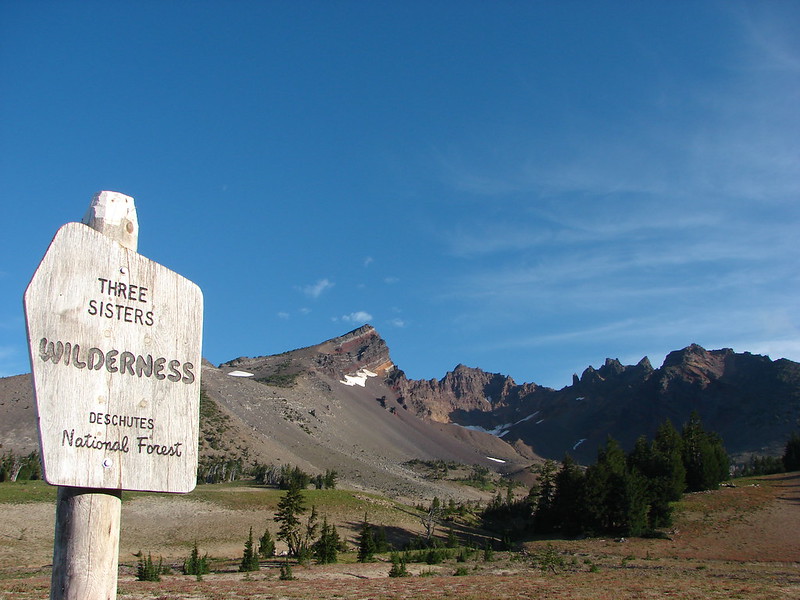
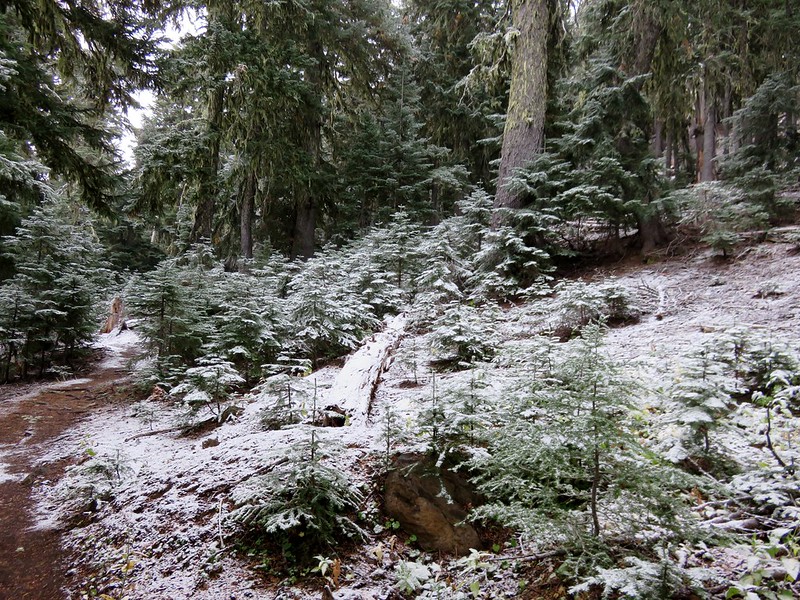

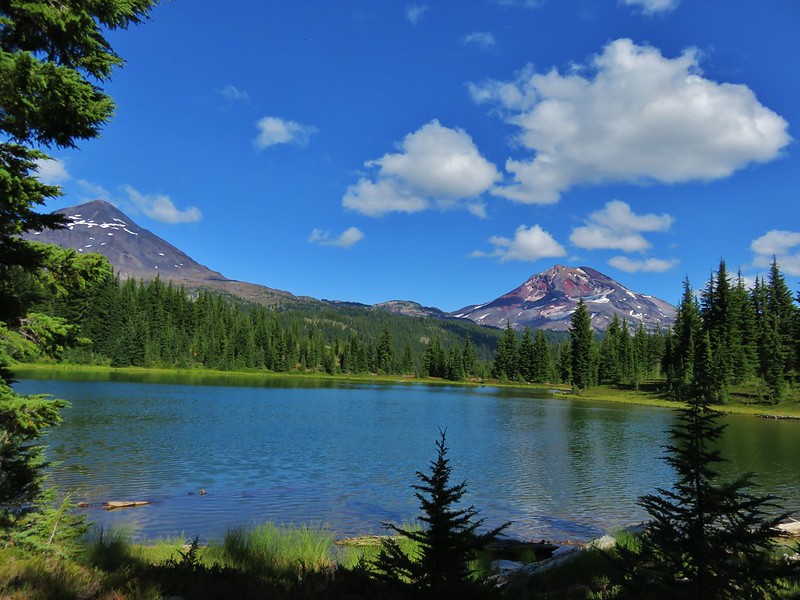
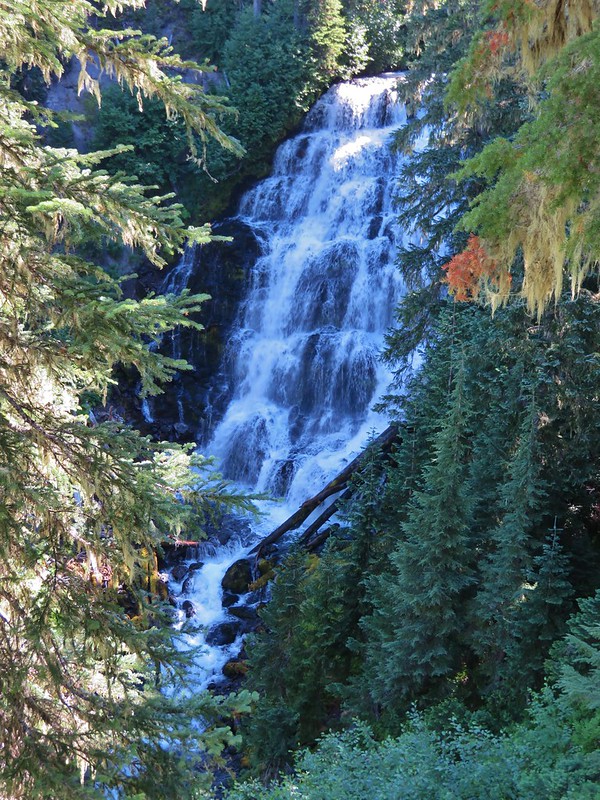
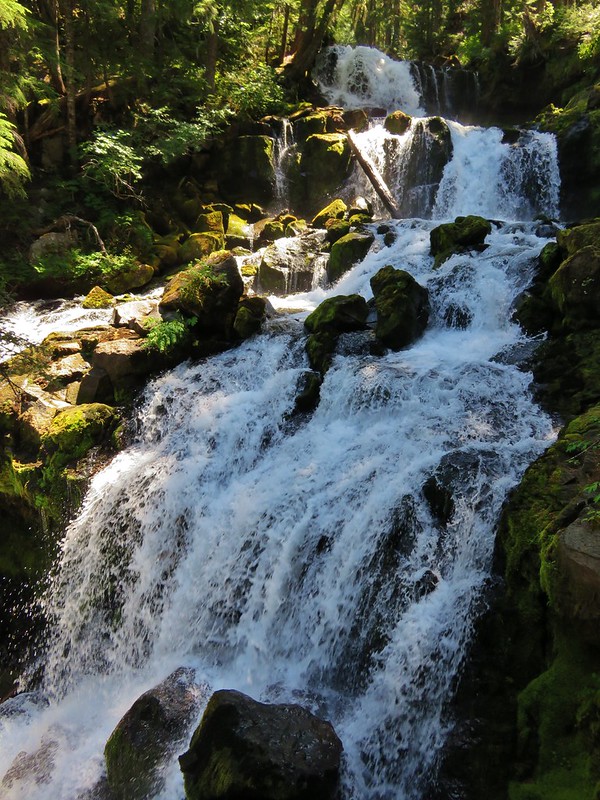
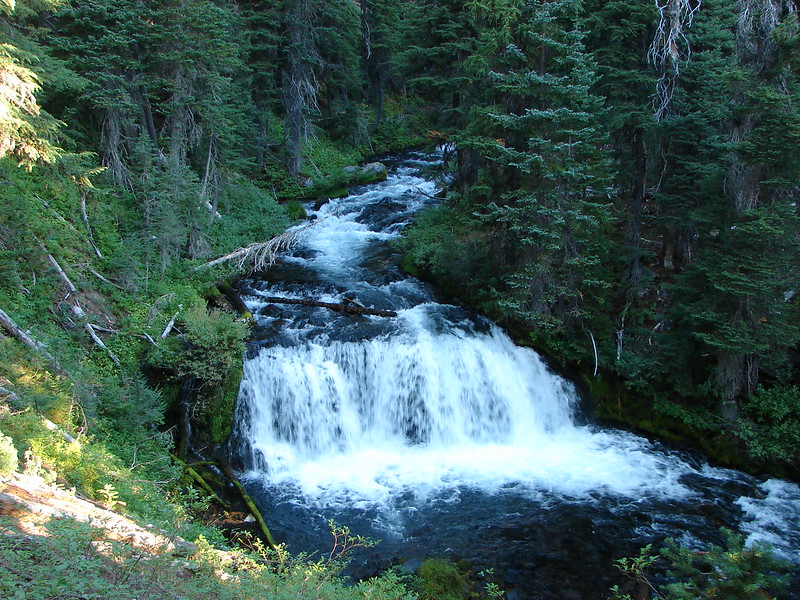
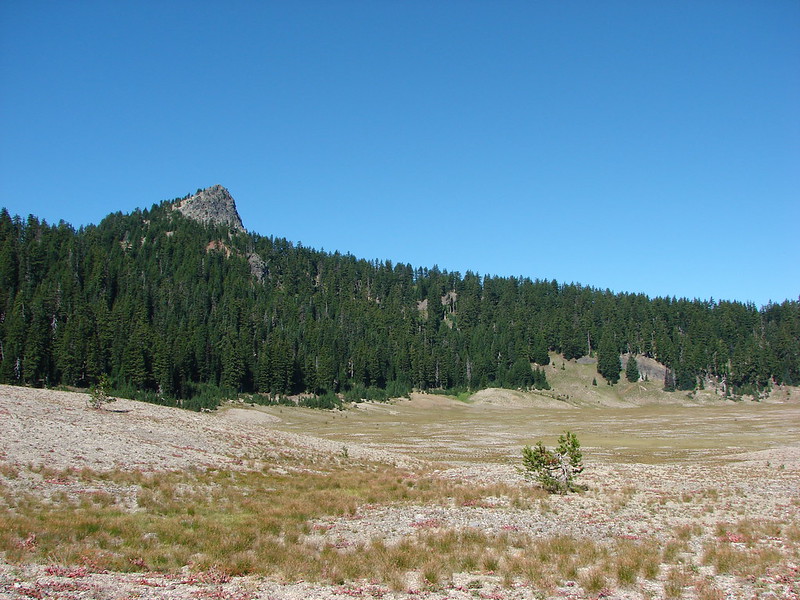


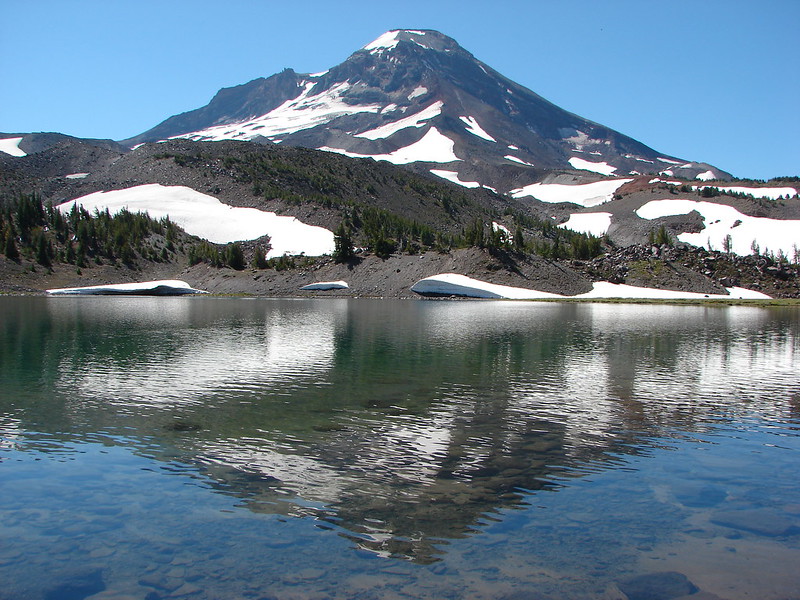
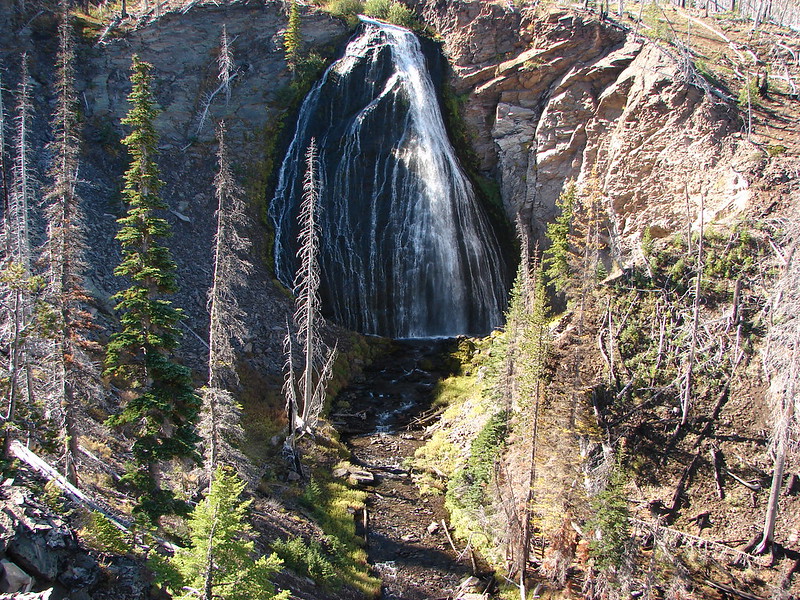

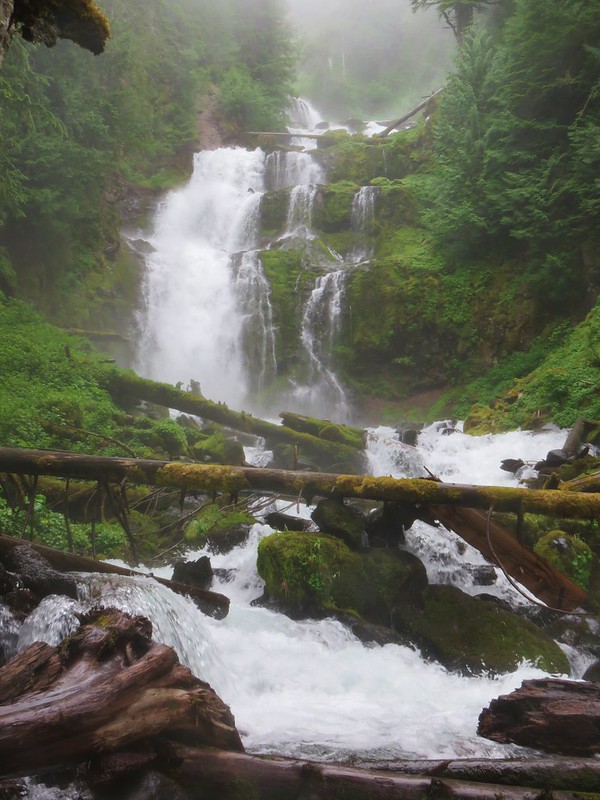




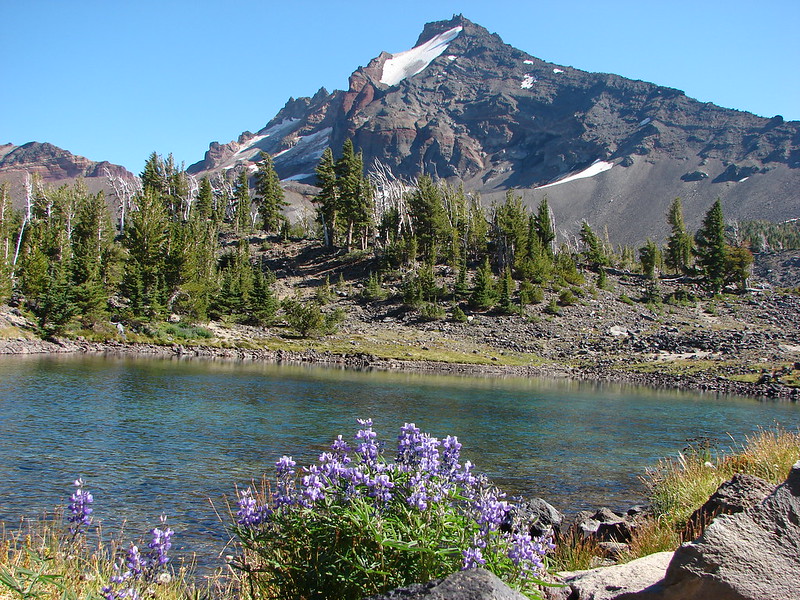





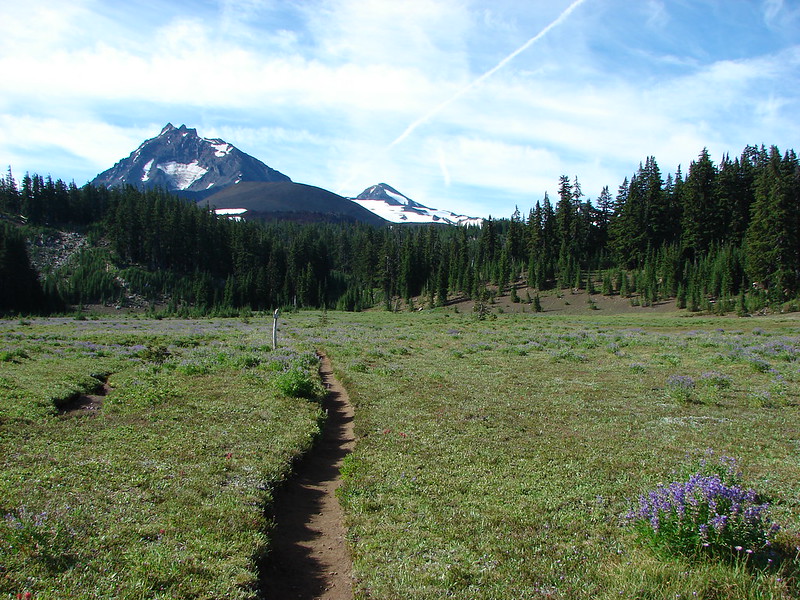

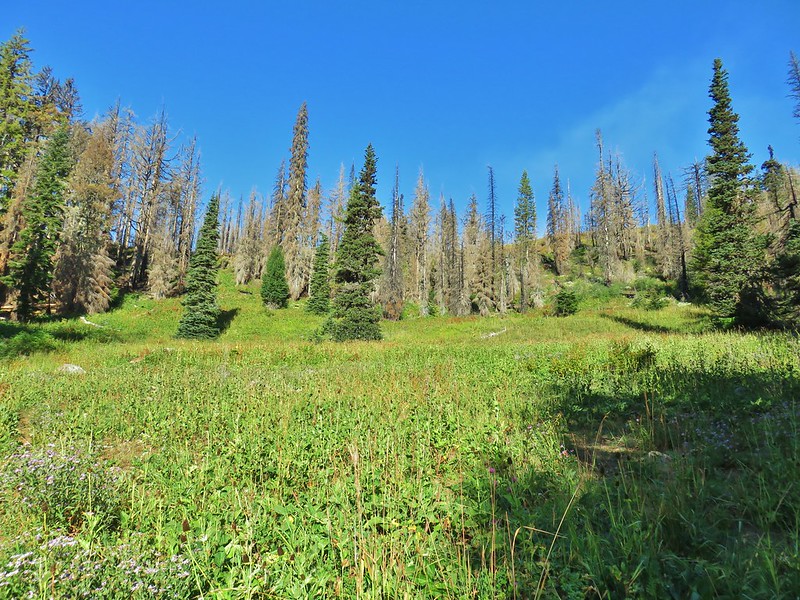

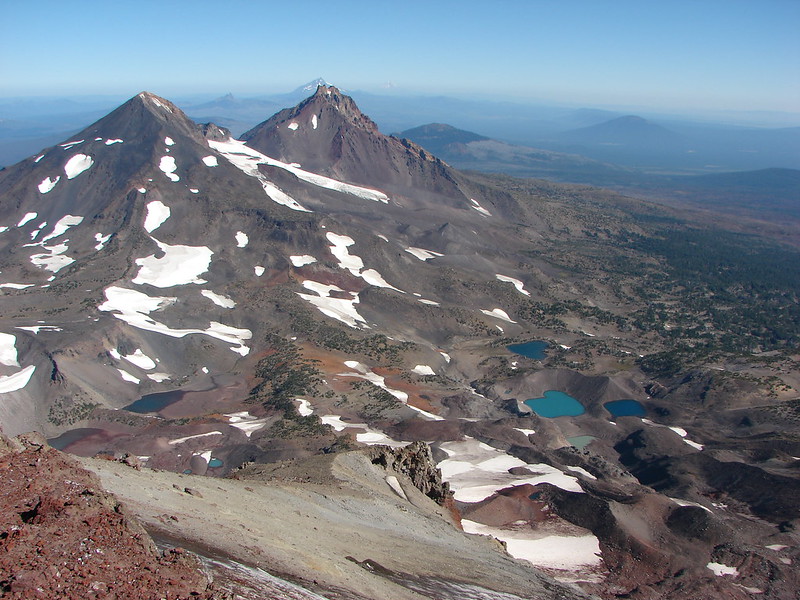
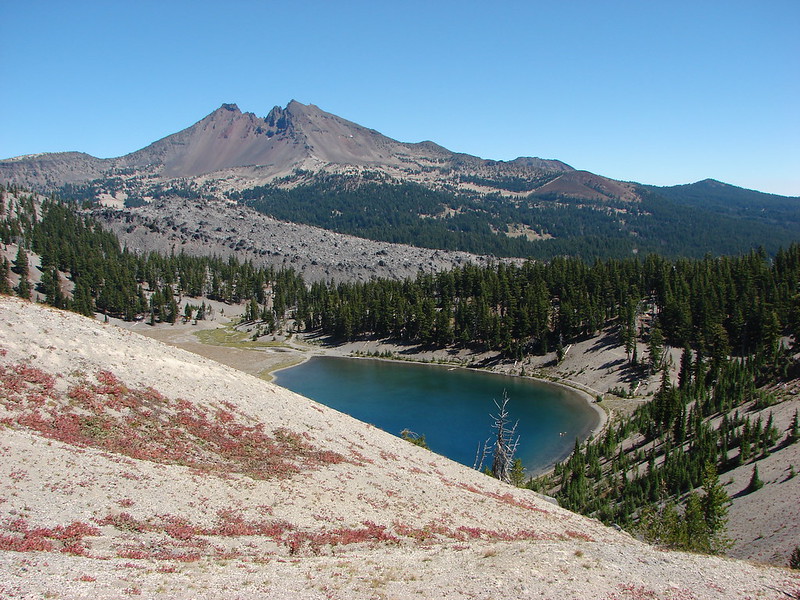

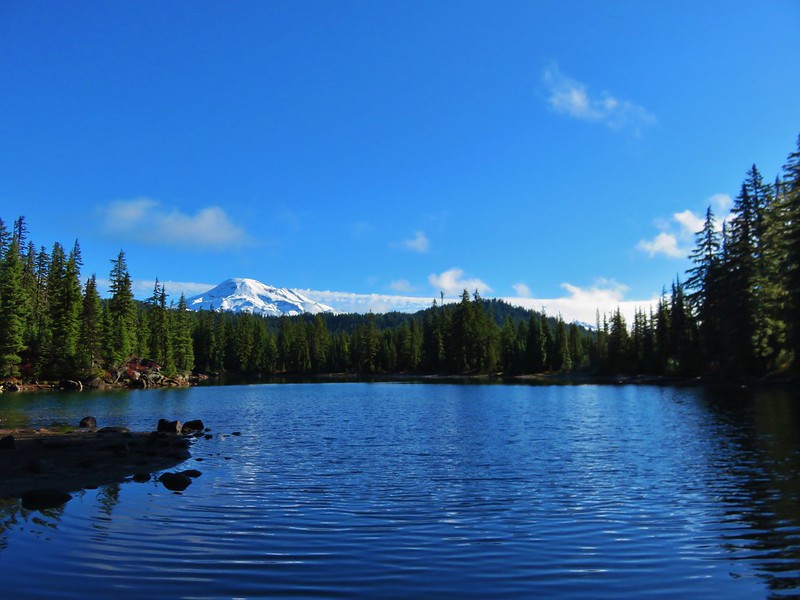

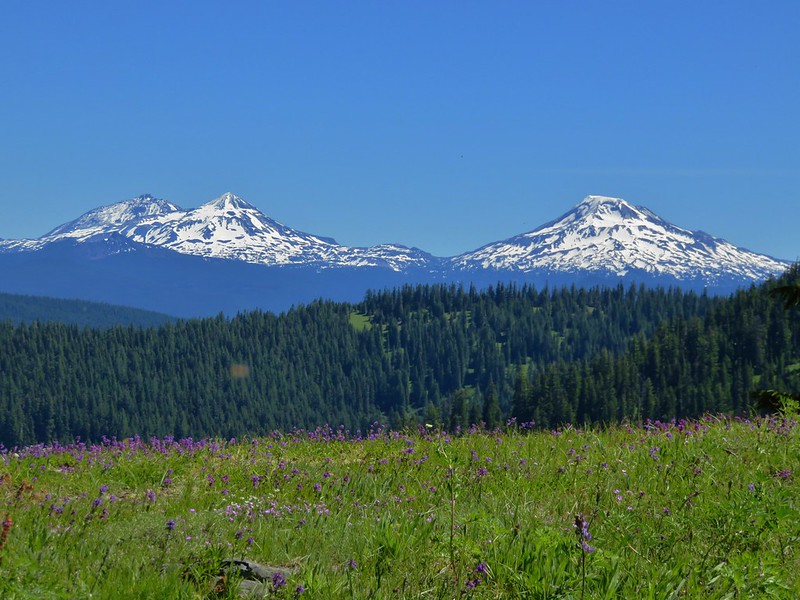
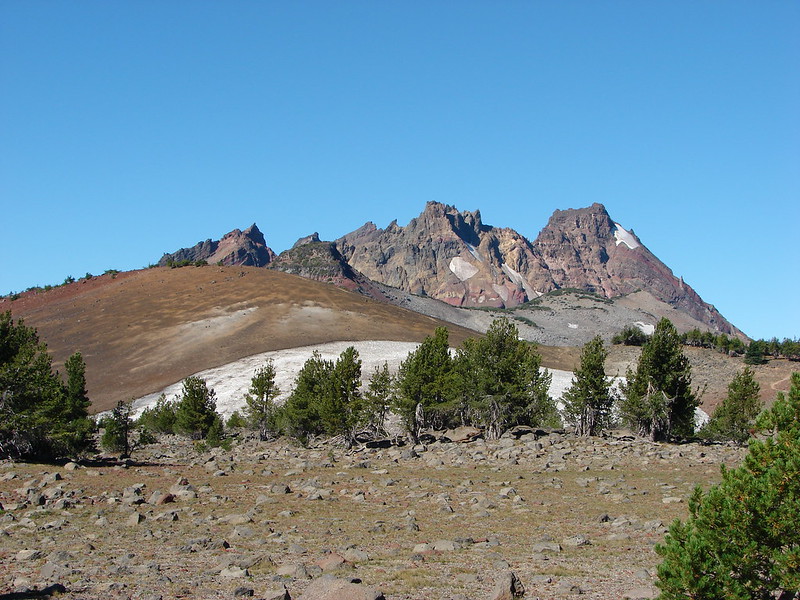
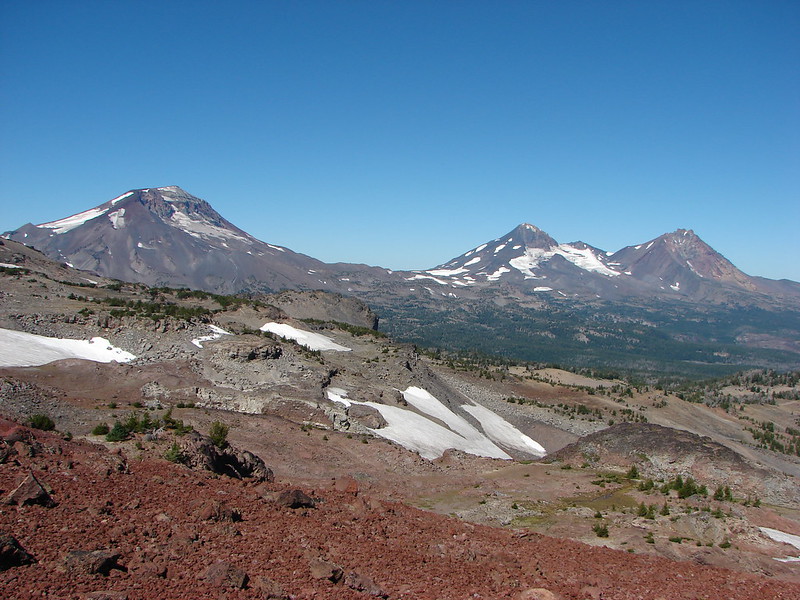
Waldo Lake: 36,868 acres Days Spent in Wilderness-6
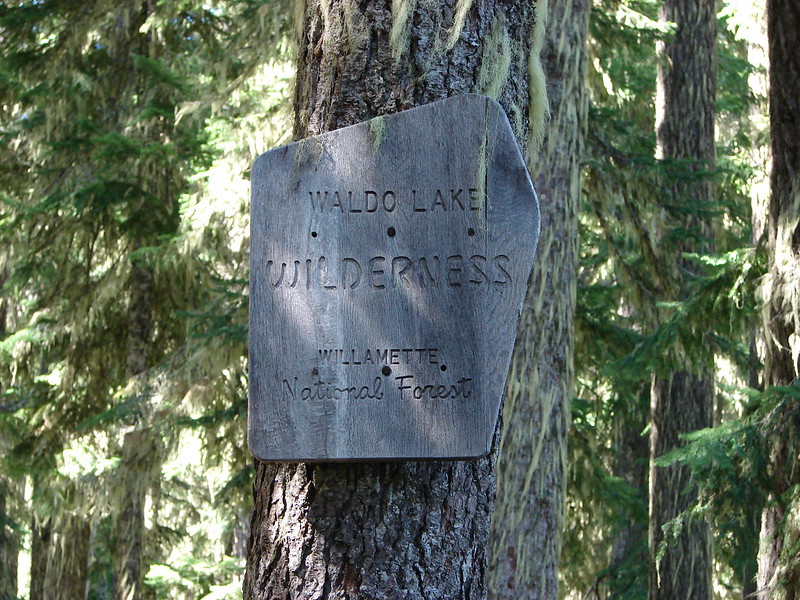


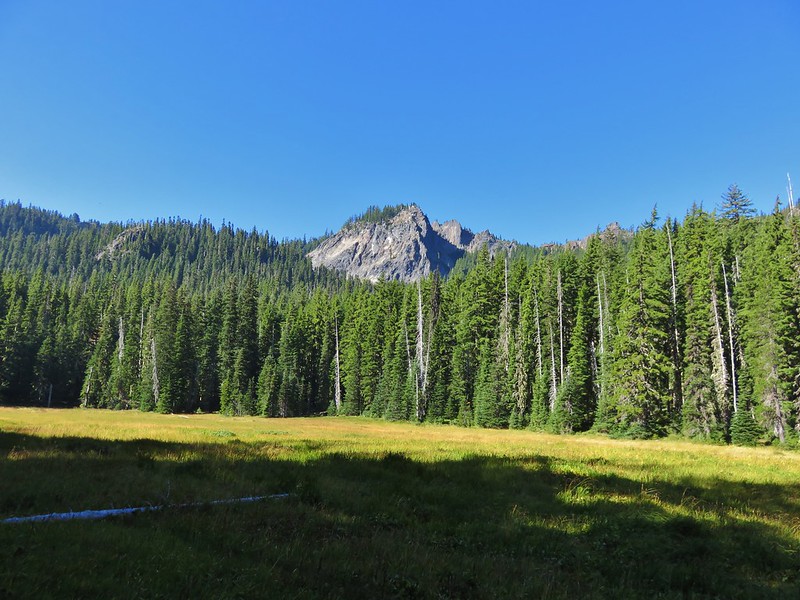

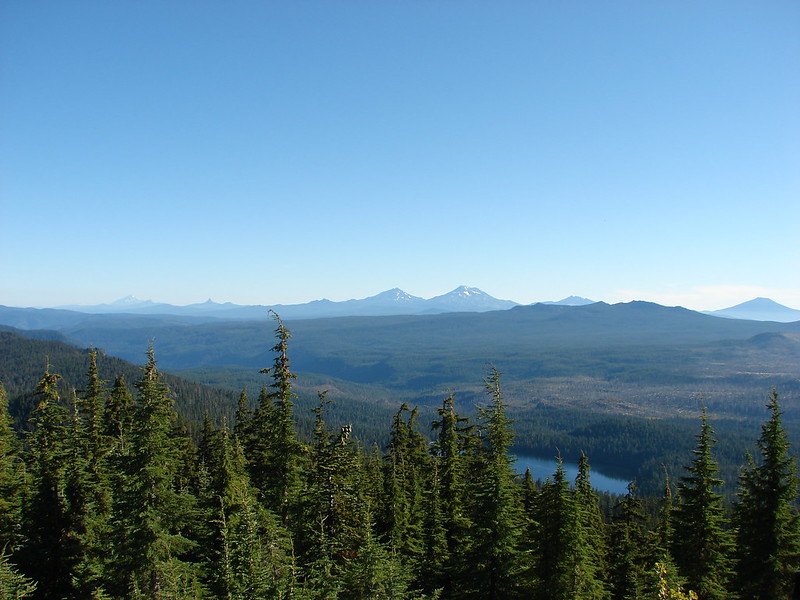
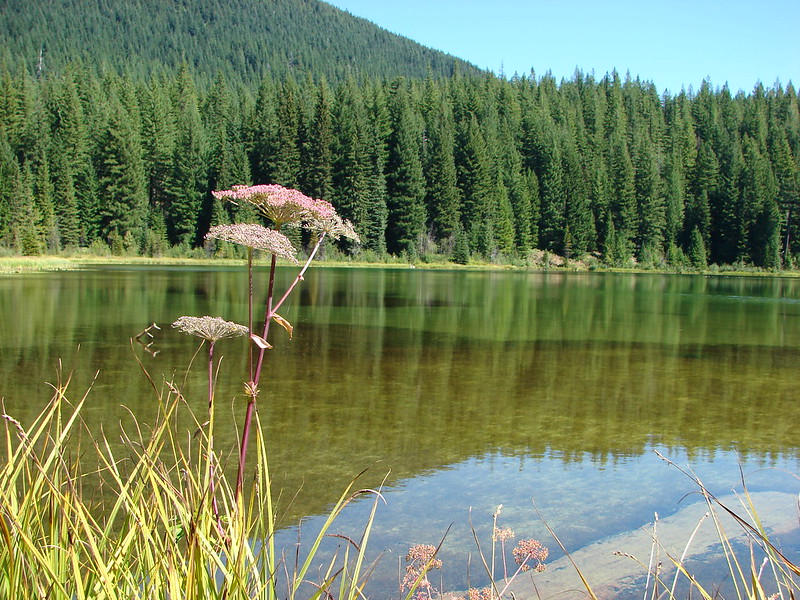
Wenaha-Tuccanon: 65,266 acres in OR (176,737 in WA) Days Spent in Wilderness-2
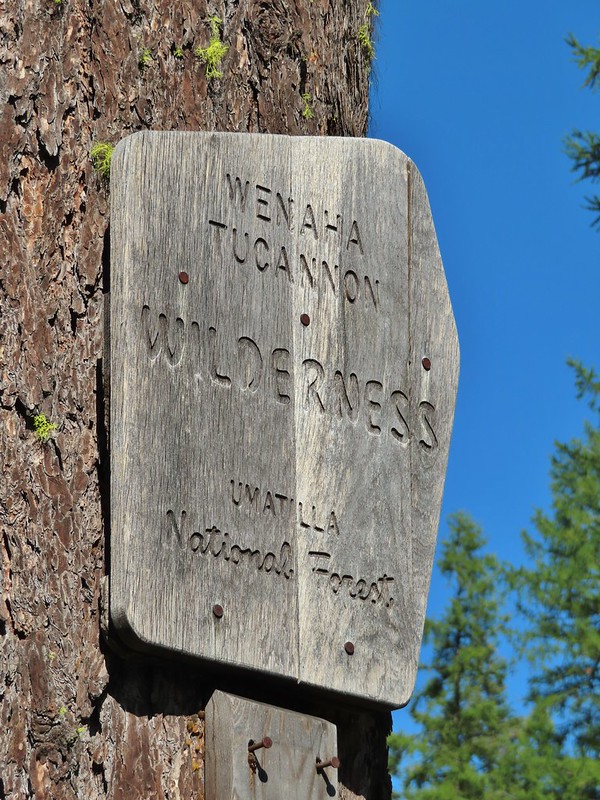


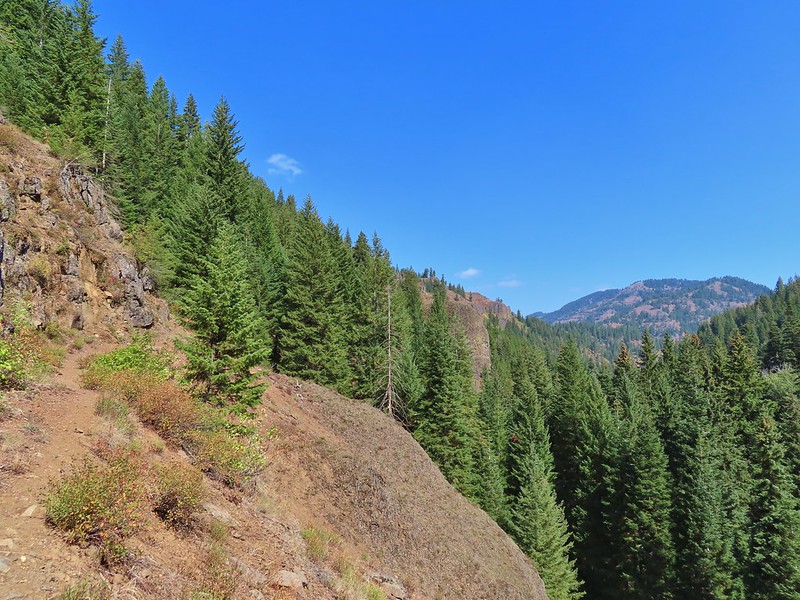

Wild Rogue: 35,221 acres Days Spent in Wilderness-2


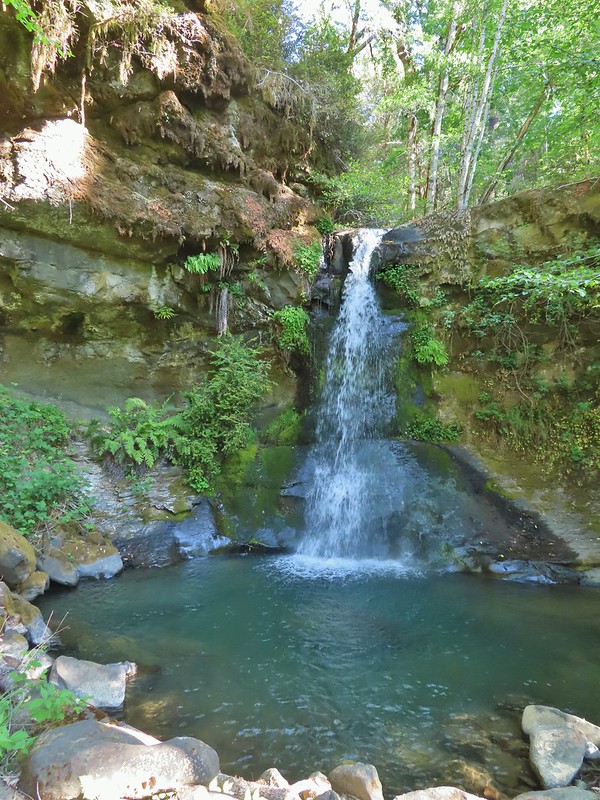
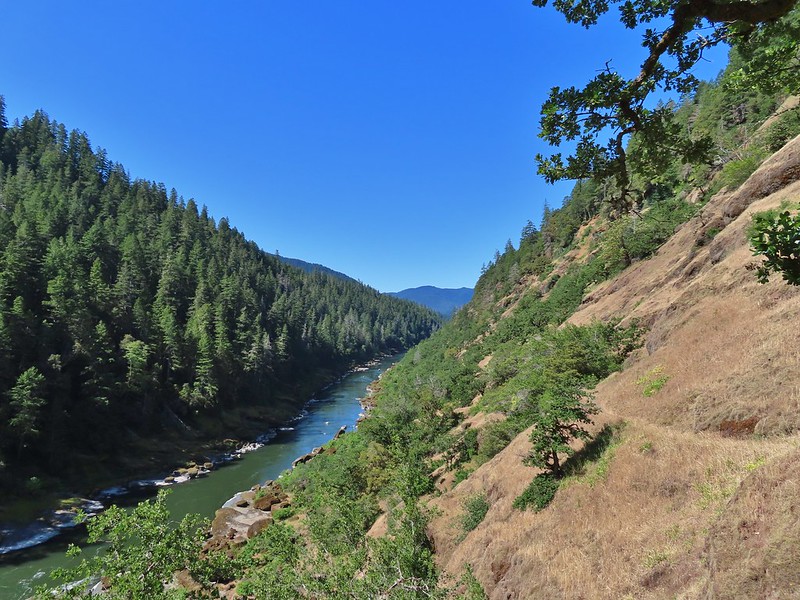


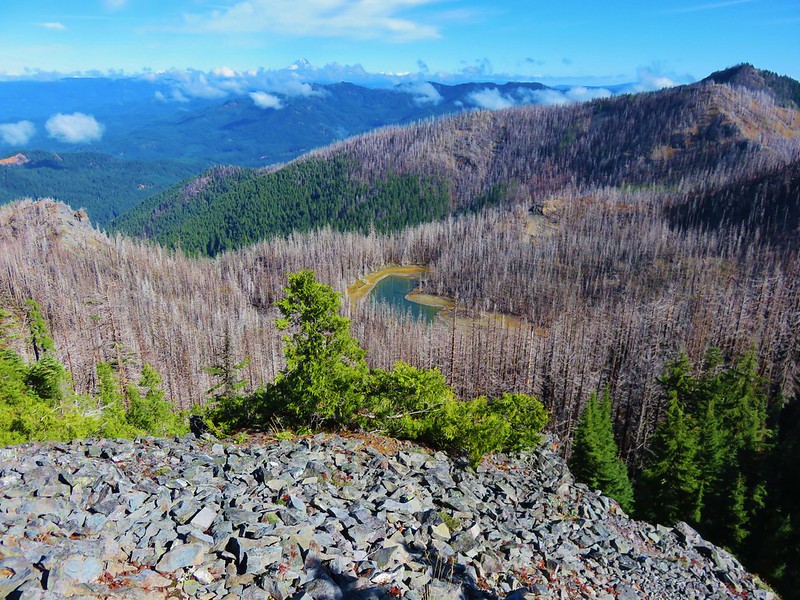




 One of two phantom orchids we saw along the trail.
One of two phantom orchids we saw along the trail. Newish looking wilderness sign.
Newish looking wilderness sign. Maples overhanging the trail.
Maples overhanging the trail.
 Madrone trunks
Madrone trunks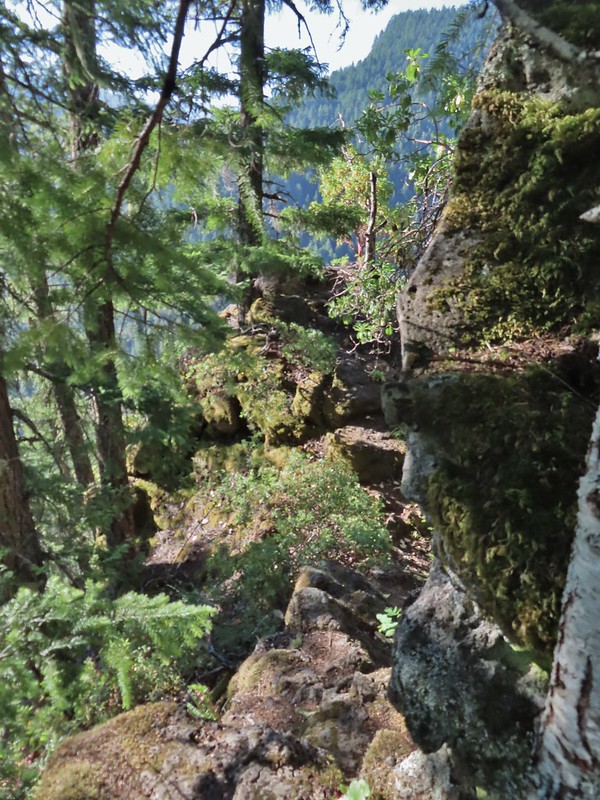 It’s a pretty narrow scramble so probably not for kids or those uncomfortable with heights.
It’s a pretty narrow scramble so probably not for kids or those uncomfortable with heights.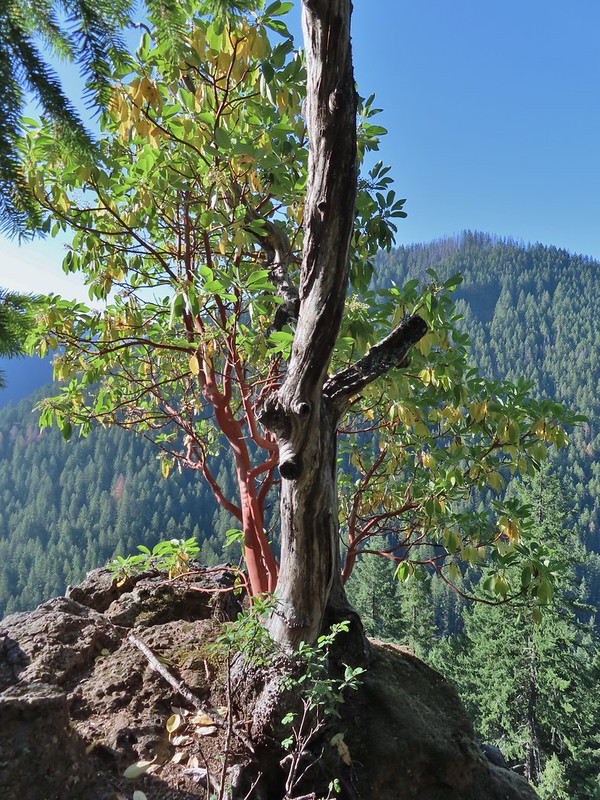 A lone madrone at the end of the fin.
A lone madrone at the end of the fin. Looking toward the falls. (The North Sister is back there too but not visible due to the lighting.)
Looking toward the falls. (The North Sister is back there too but not visible due to the lighting.)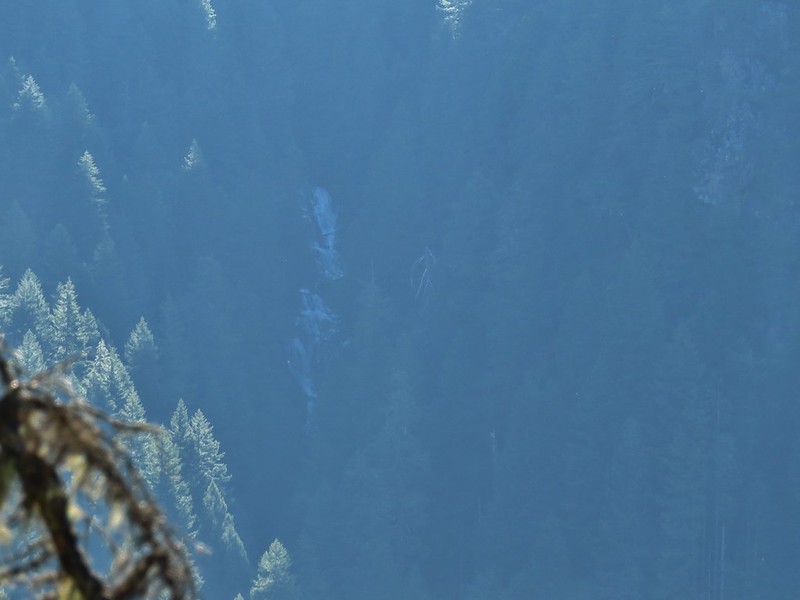 Rainbow Falls on Rainbow Creek
Rainbow Falls on Rainbow Creek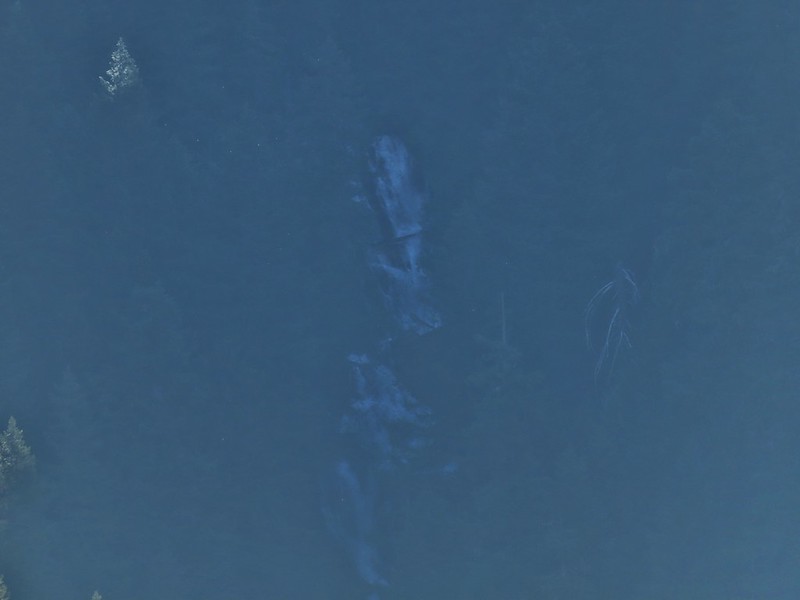 The best I could do with the lighting.
The best I could do with the lighting. Looking up Separation Creek.
Looking up Separation Creek. Looking back up along the rocks.
Looking back up along the rocks.

 Pink pyrola
Pink pyrola Crossing of Gold Creek which was nearly dry but it hosted a fair number of mosquitos.
Crossing of Gold Creek which was nearly dry but it hosted a fair number of mosquitos.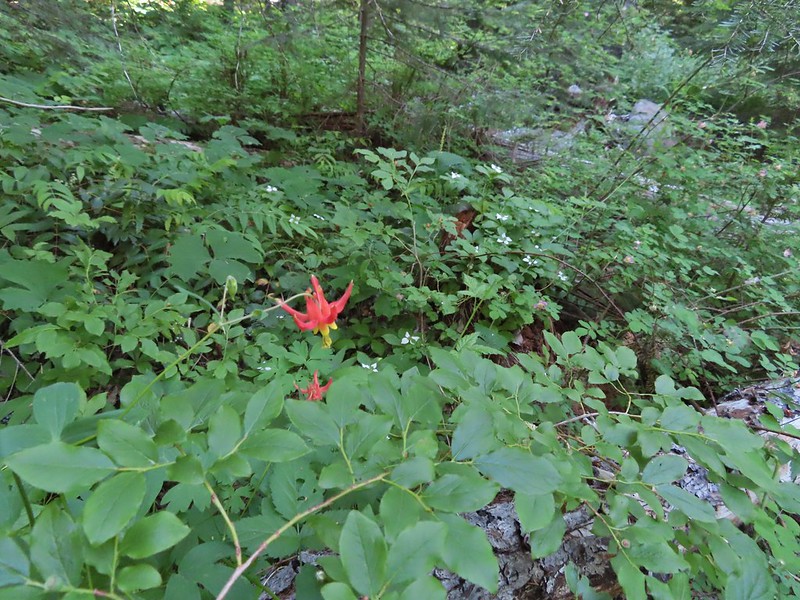 Columbine, bunchberry, and wild roses.
Columbine, bunchberry, and wild roses.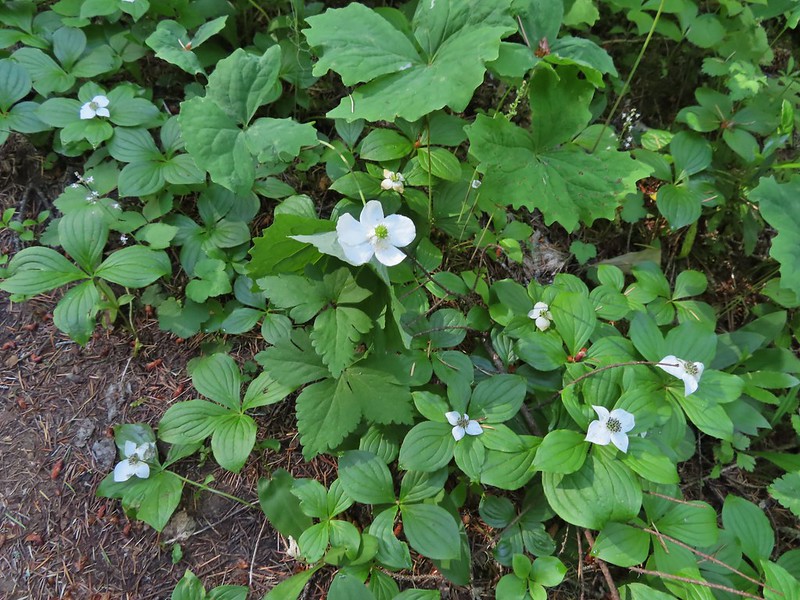 An anemone with some bunchberries
An anemone with some bunchberries Entering the Three Sisters Wilderness
Entering the Three Sisters Wilderness Queen’s cup
Queen’s cup Beargrass
Beargrass Candy sticks
Candy sticks Rhododendron
Rhododendron Pacific coralroot
Pacific coralroot
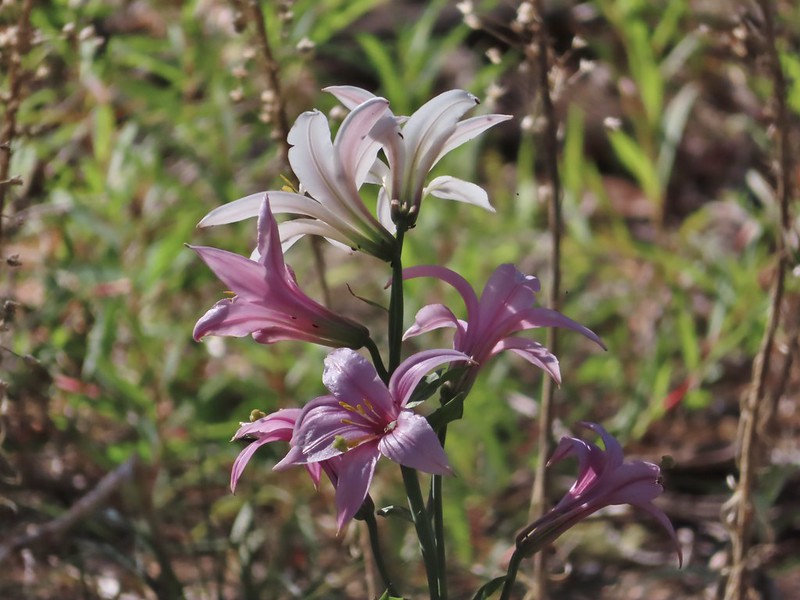 Washington lily
Washington lily Lupine
Lupine Squirrel
Squirrel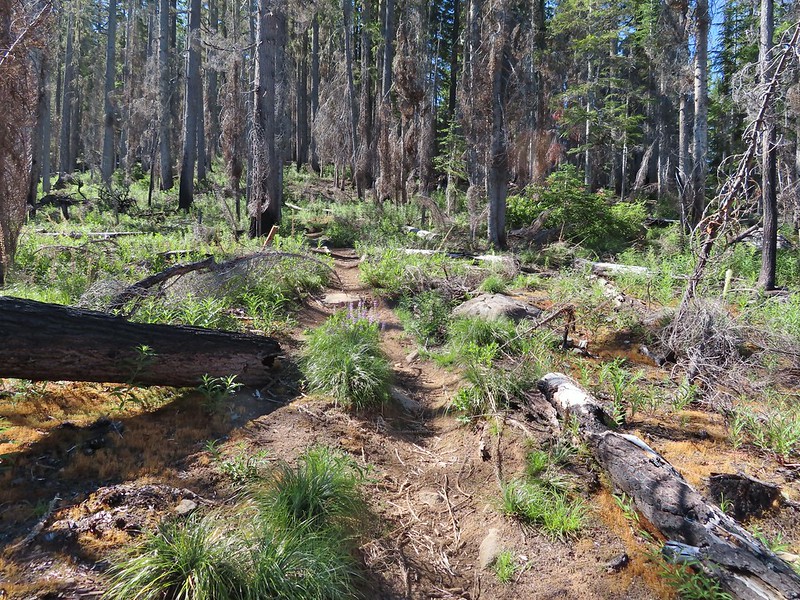
 Tiger lily
Tiger lily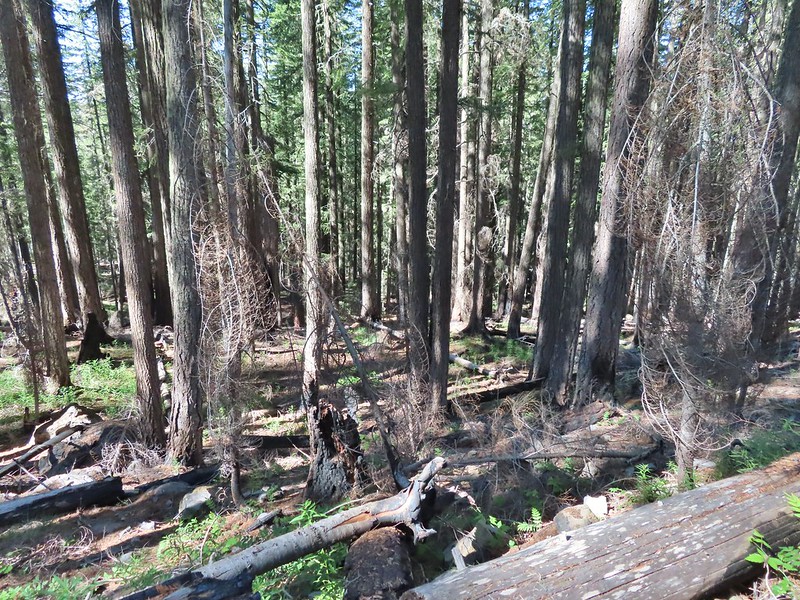
 Twinflower
Twinflower Leaving the green trees behind.
Leaving the green trees behind. Washington lilies
Washington lilies
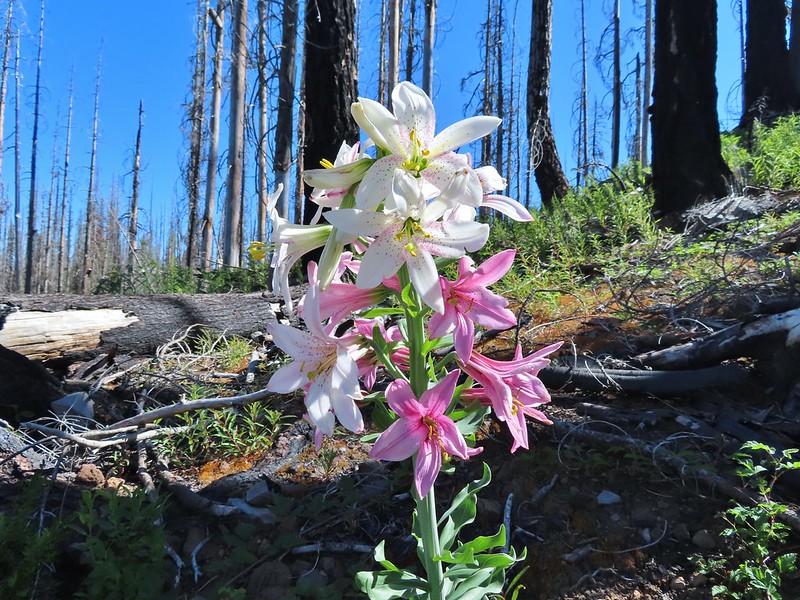 They smell as good as they look too!
They smell as good as they look too! This one was a monster.
This one was a monster.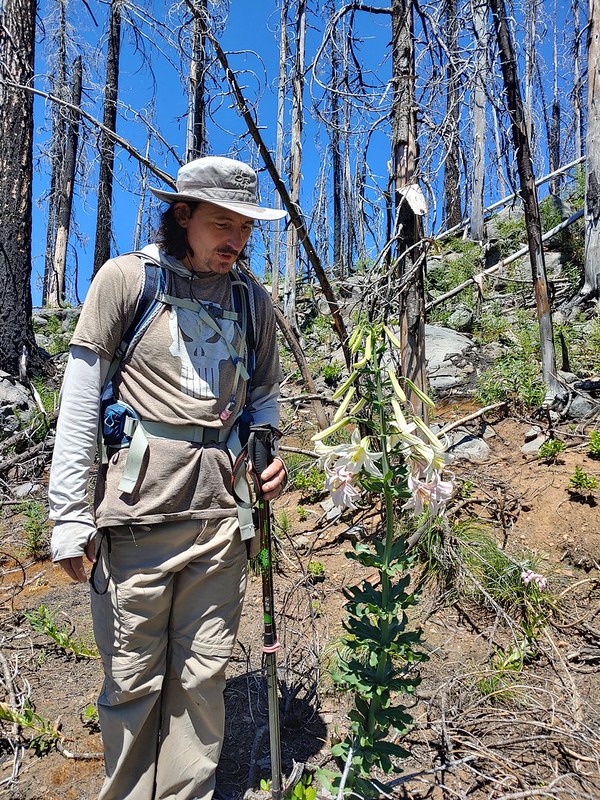 Chest high
Chest high Crab spider on the lower left petal.
Crab spider on the lower left petal. Penstemon
Penstemon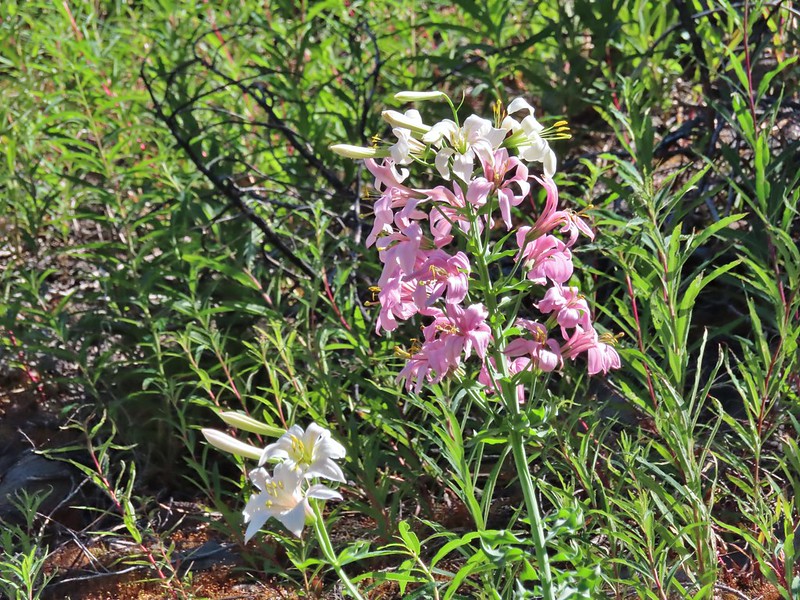 Earlier in the week I had been reading that the blossoms turn pink after being pollinated.
Earlier in the week I had been reading that the blossoms turn pink after being pollinated. Clodius parnassian
Clodius parnassian Pretty moth
Pretty moth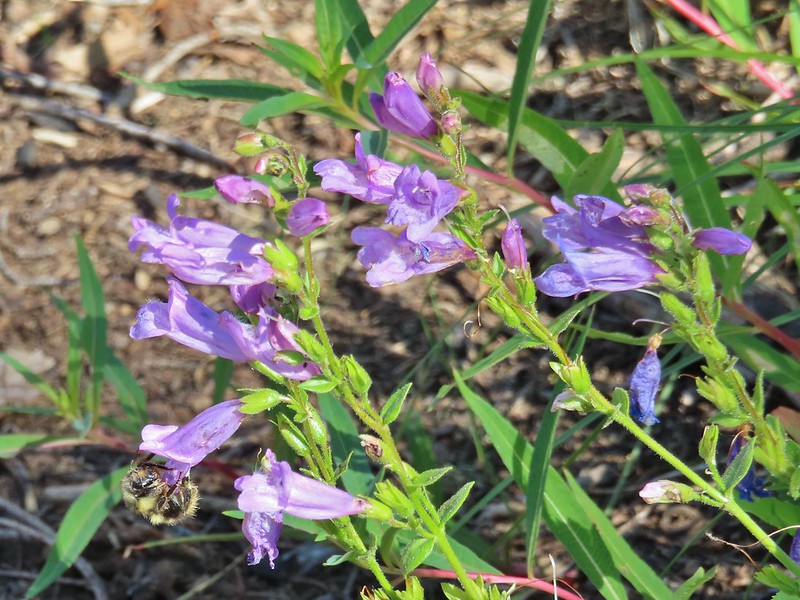 Penstemon
Penstemon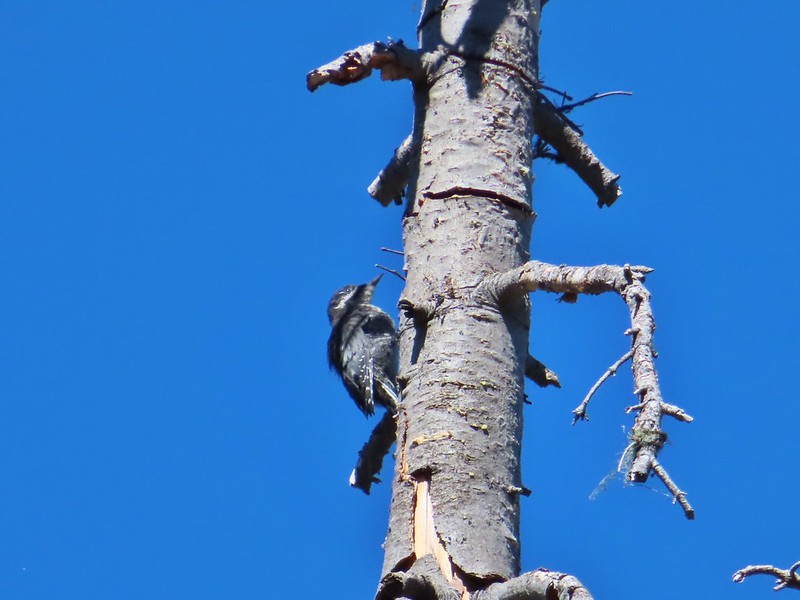 Woodpecker
Woodpecker Pond along the trail.
Pond along the trail. Water lilies
Water lilies Looking toward Proxy Point
Looking toward Proxy Point The Husband, South Sister, and the shoulder of Substitute Point.
The Husband, South Sister, and the shoulder of Substitute Point. Frog along the trail.
Frog along the trail.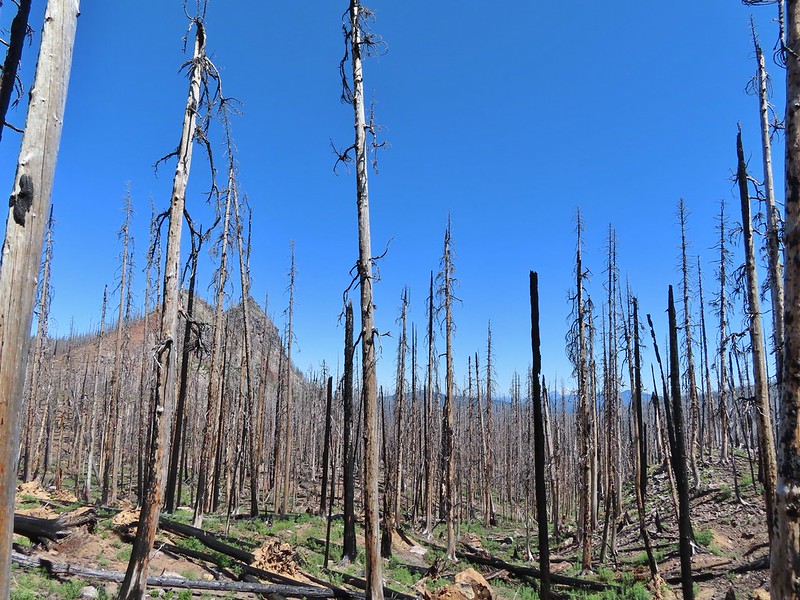 Proxy Point, Scott Mountain (
Proxy Point, Scott Mountain (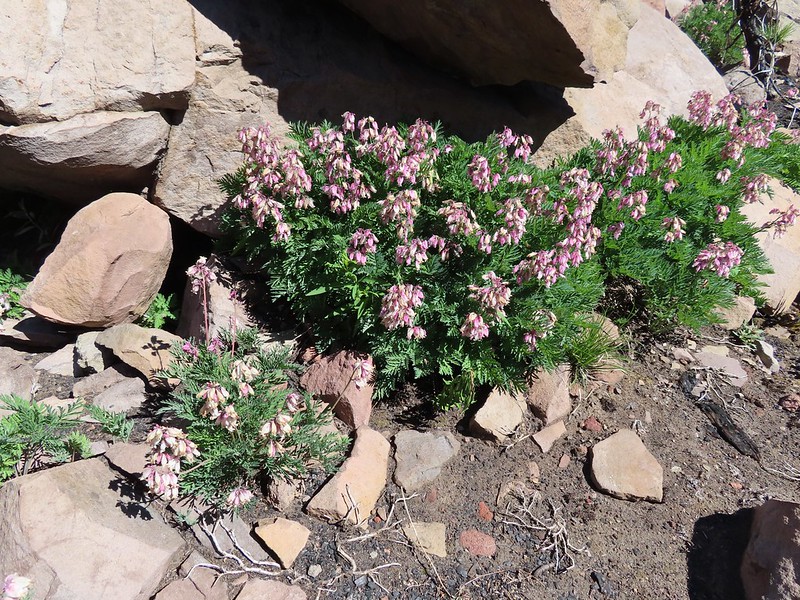 Bleeding heart
Bleeding heart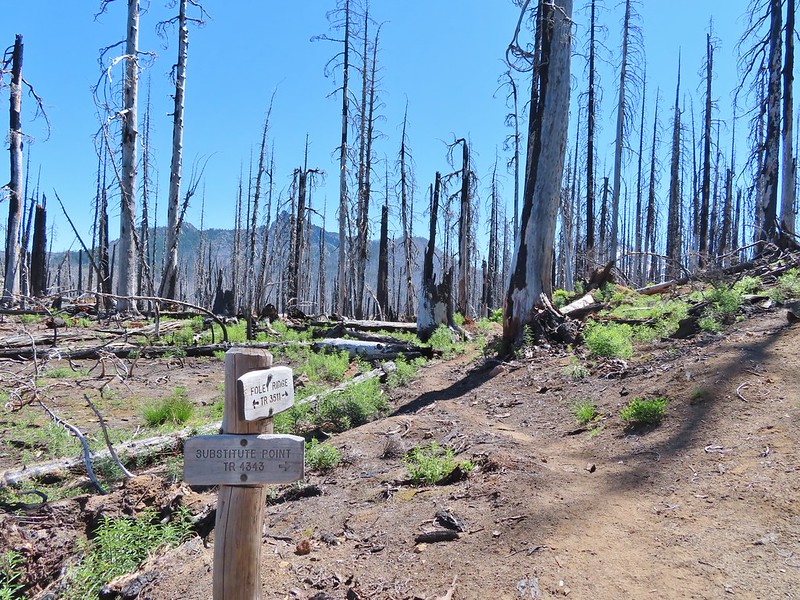 The Husband from the junction.
The Husband from the junction.
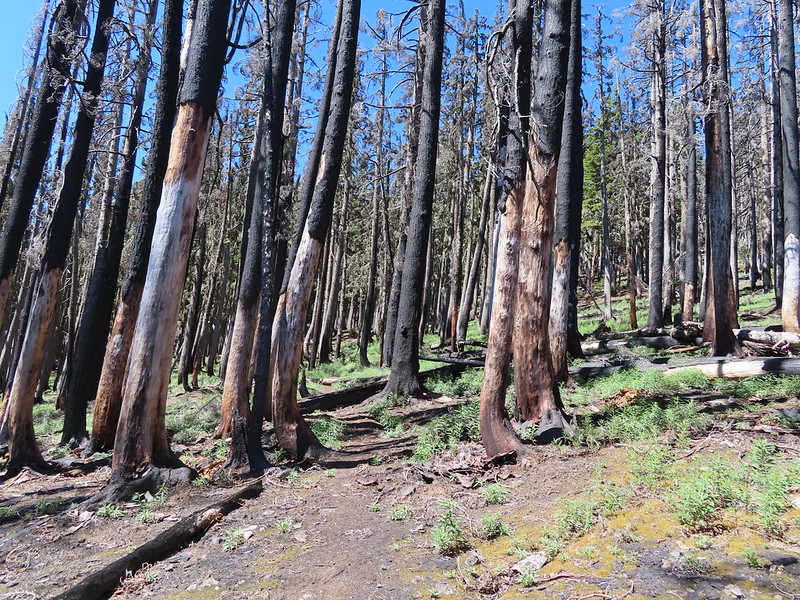
 This was sort of a mean trick, the trail entered these green trees then almost immediately switched back into the burn.
This was sort of a mean trick, the trail entered these green trees then almost immediately switched back into the burn.
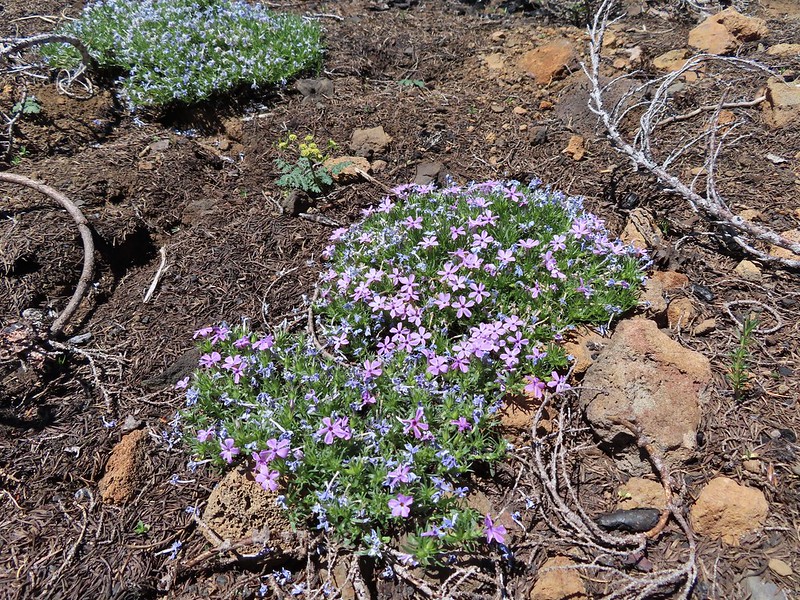 Phlox
Phlox
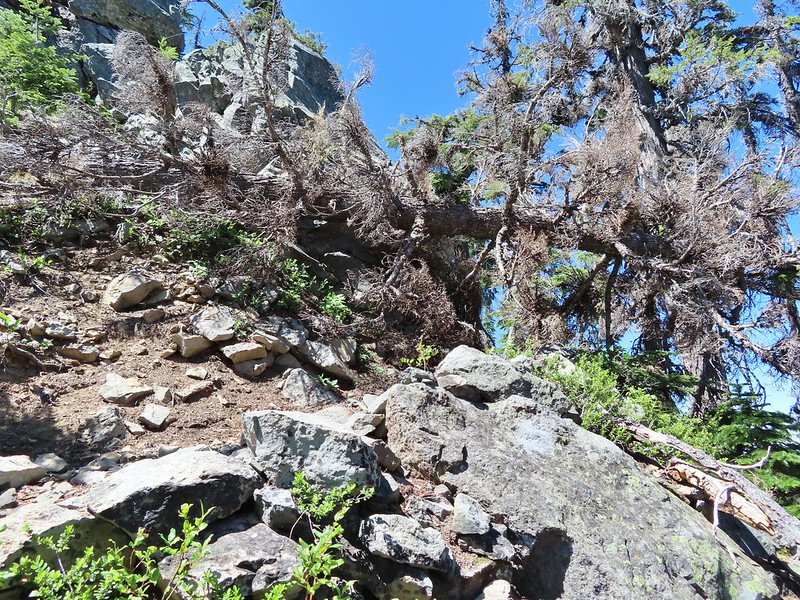
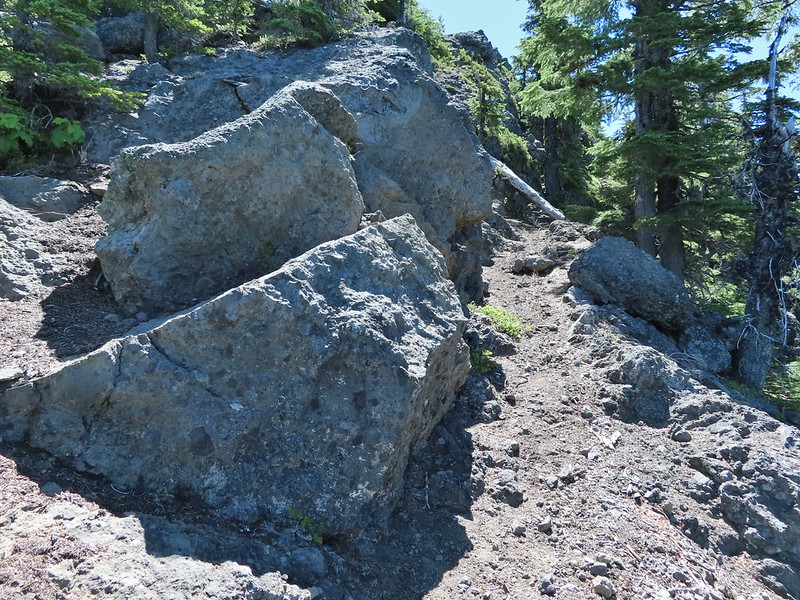
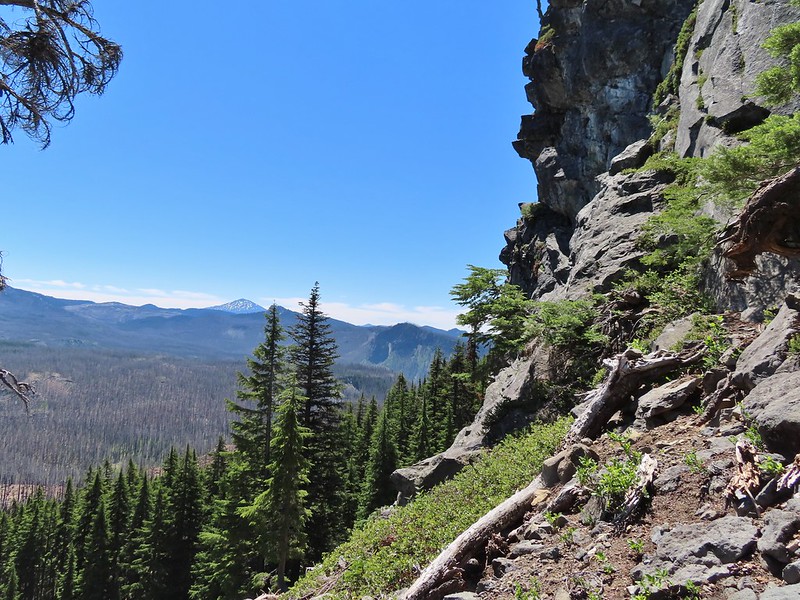 Mt. Bachelor from the trail.
Mt. Bachelor from the trail. Proxy Point
Proxy Point Some unburned forest and a view of Diamond Peak.
Some unburned forest and a view of Diamond Peak. Diamond Peak (
Diamond Peak ( The Little Brother and North & Middle Sister behind The Husband with South Sister to the right.
The Little Brother and North & Middle Sister behind The Husband with South Sister to the right.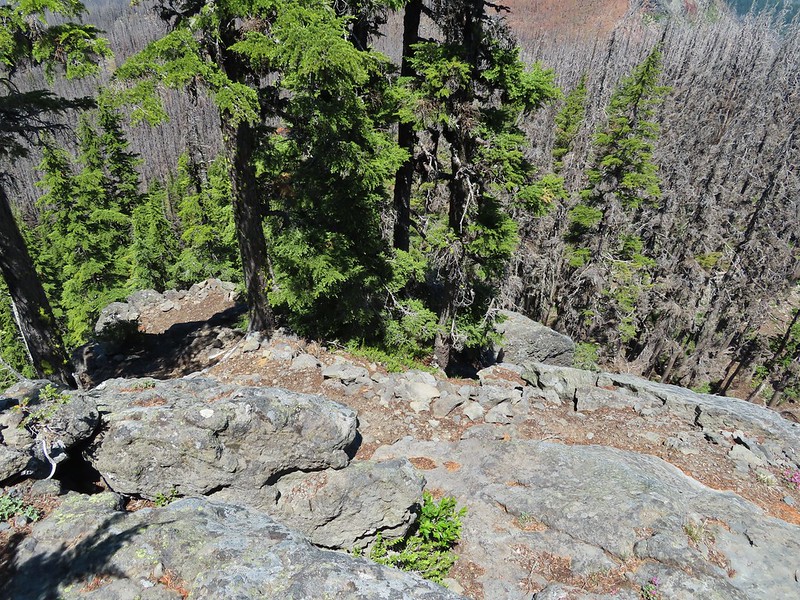 The trail leading up.
The trail leading up. The summit of Substitute Point
The summit of Substitute Point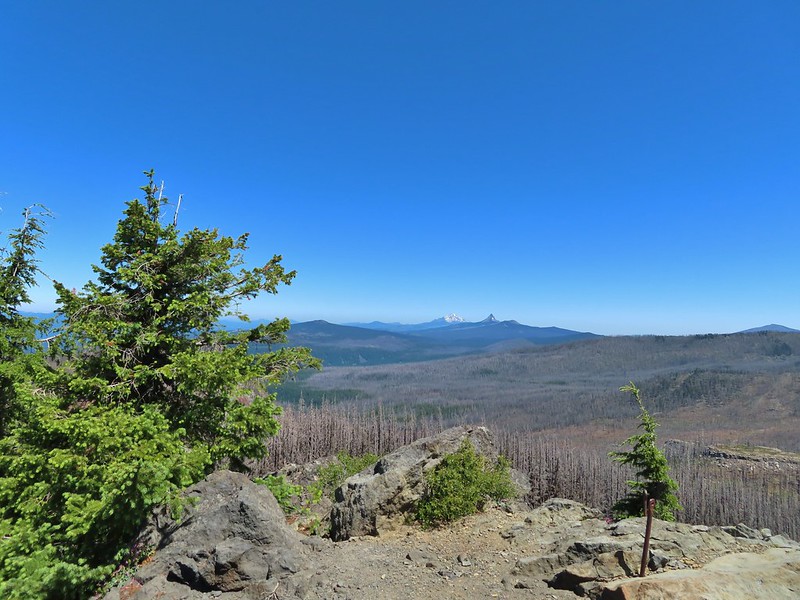 Scott Mountain, Three Fingered Jack, Mt. Jefferson, Mt. Washington, and Belknap Crater (
Scott Mountain, Three Fingered Jack, Mt. Jefferson, Mt. Washington, and Belknap Crater ( Proxy Point and Scott Mountain.
Proxy Point and Scott Mountain.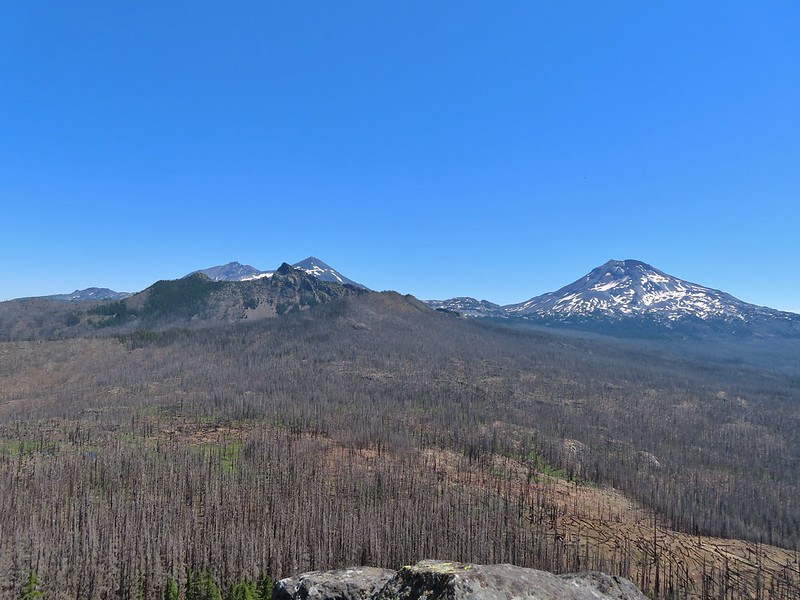 The Three Sisters, Little Brother and The Husband
The Three Sisters, Little Brother and The Husband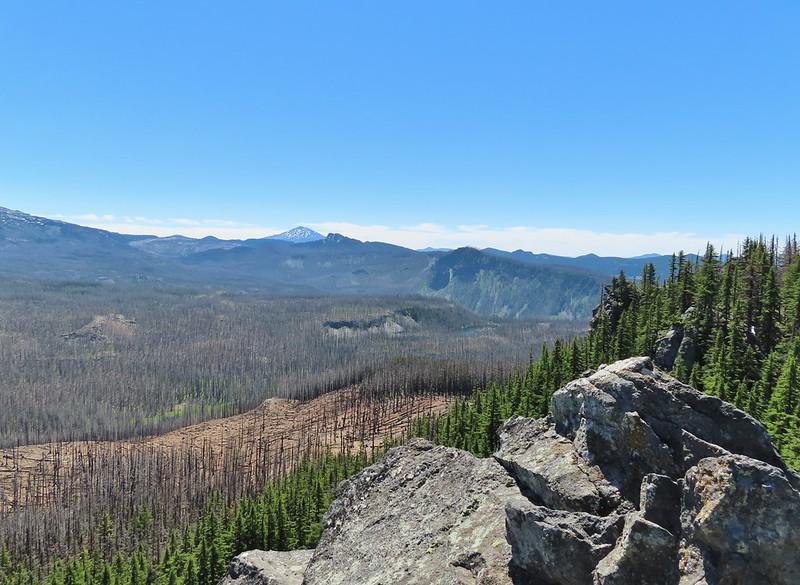 Mt. Bachelor, The Wife, and Sphinx Butte.
Mt. Bachelor, The Wife, and Sphinx Butte.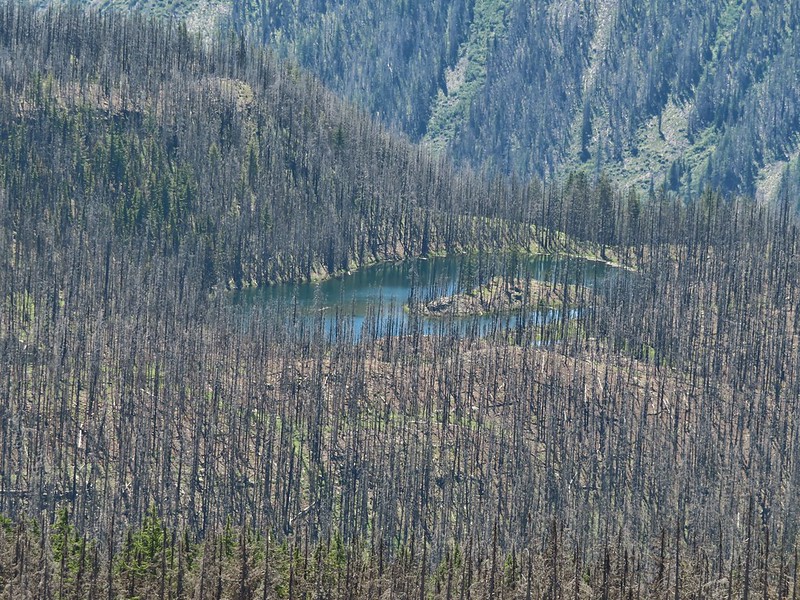 Kidney Lake
Kidney Lake Mt. Bachelor and The Wife
Mt. Bachelor and The Wife North and Middle Sister behind The Husband
North and Middle Sister behind The Husband Three Fingered Jack, Mt. Jefferson and Mt. Washington
Three Fingered Jack, Mt. Jefferson and Mt. Washington A swallowtail and two whites (maybe clodius parnassians) in flight.
A swallowtail and two whites (maybe clodius parnassians) in flight.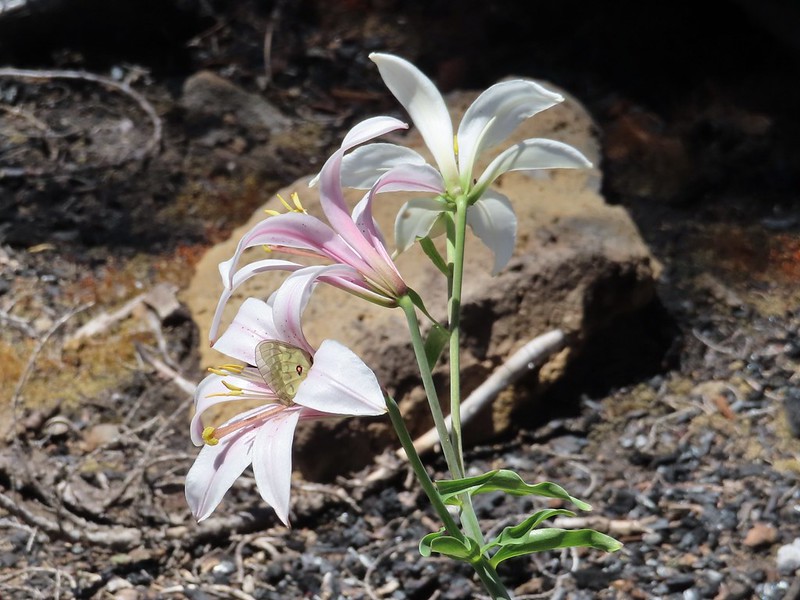 Clodius parnassian in a blossom.
Clodius parnassian in a blossom. Moth and a parnassian.
Moth and a parnassian.





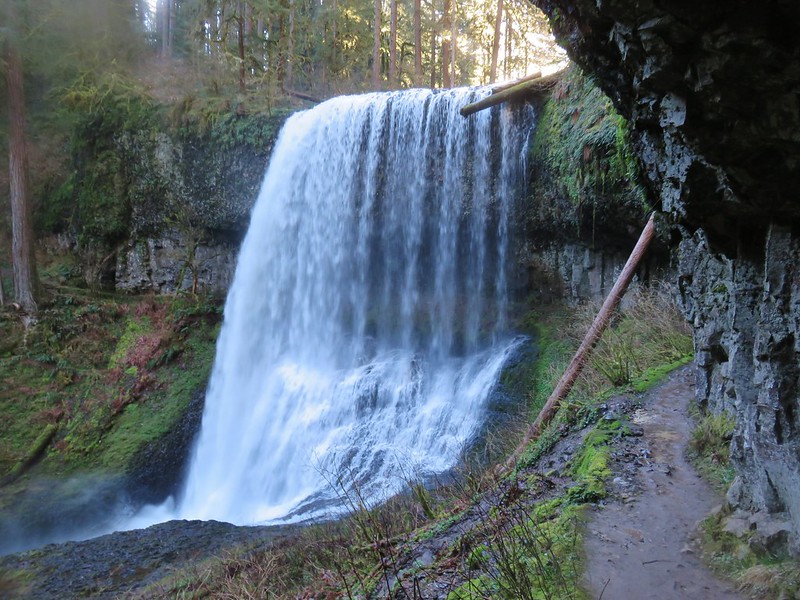 Middle North Falls
Middle North Falls Shellburg Falls
Shellburg Falls
 Jawbone Flats
Jawbone Flats Tumble Lake from Dome Rock
Tumble Lake from Dome Rock Mt. Jefferson from Battle Ax
Mt. Jefferson from Battle Ax View from Stahlman Point
View from Stahlman Point
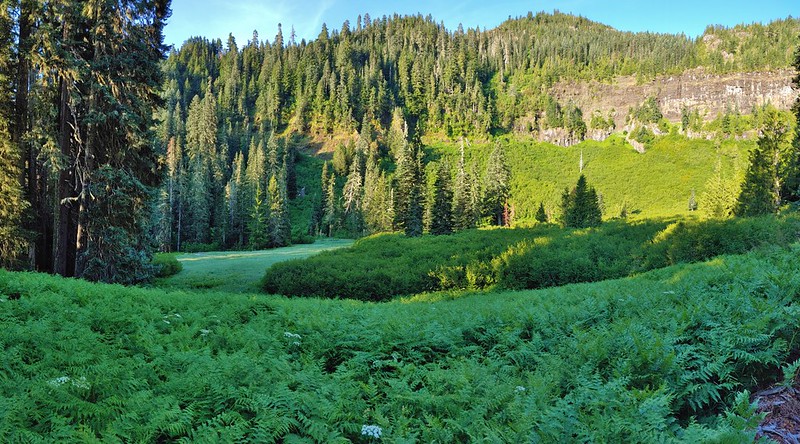 Meadow below the Three Pyramids
Meadow below the Three Pyramids Beargrass on Crescent Mountain
Beargrass on Crescent Mountain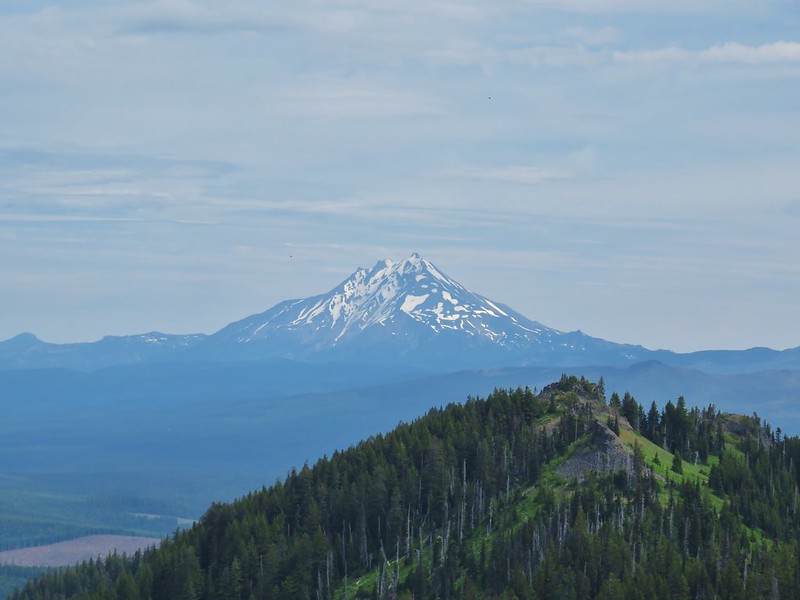 Mt. Jefferson from Browder Ridge
Mt. Jefferson from Browder Ridge Boardwalk in Echo Basin
Boardwalk in Echo Basin Iron Mountain from the trail.
Iron Mountain from the trail.
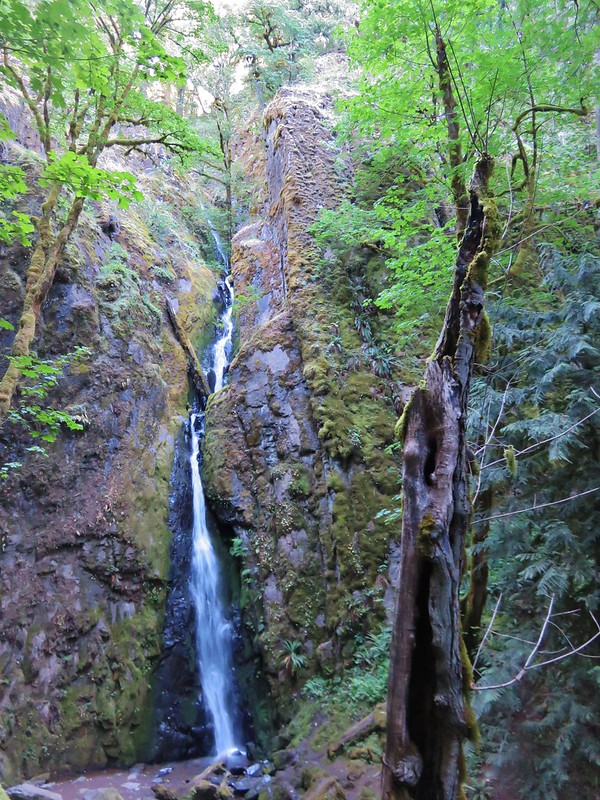 Soda Creek Falls
Soda Creek Falls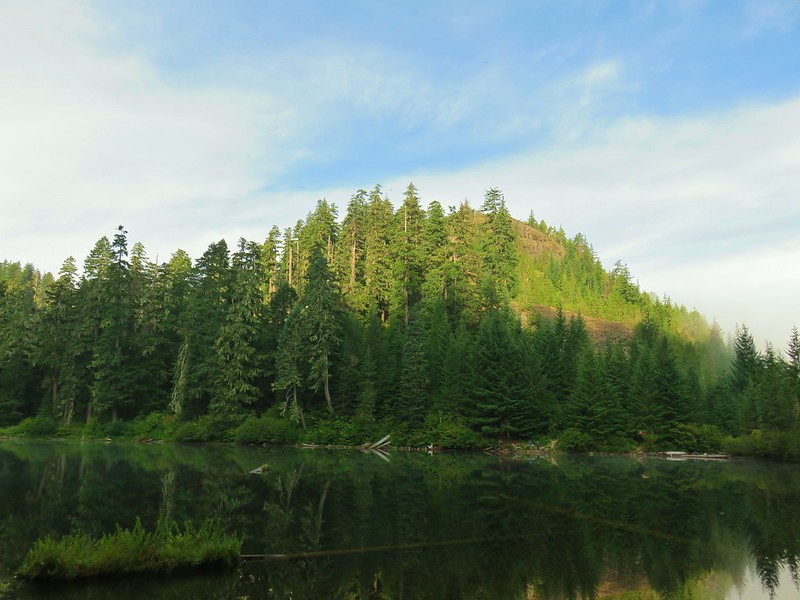
 Majestic Falls
Majestic Falls Roaring Creek
Roaring Creek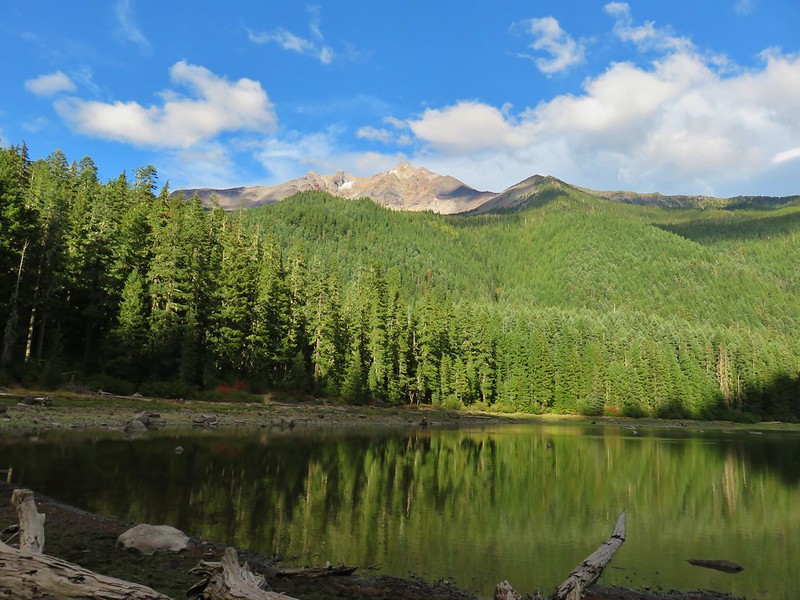
 Three Fingered Jack from Marion Lake
Three Fingered Jack from Marion Lake Mowich Lake and Duffy Butte from Red Butte
Mowich Lake and Duffy Butte from Red Butte
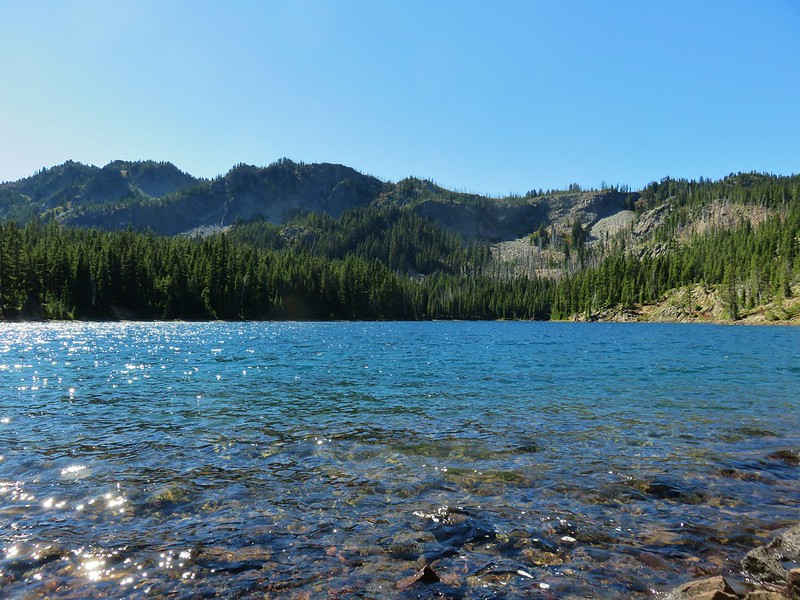
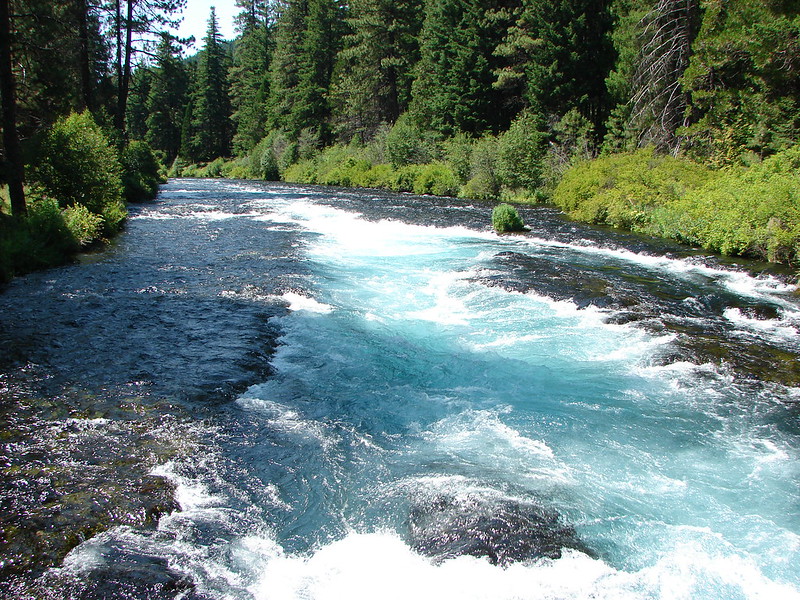 Wizard Falls
Wizard Falls
 Deschutes River
Deschutes River

 Monkey Face
Monkey Face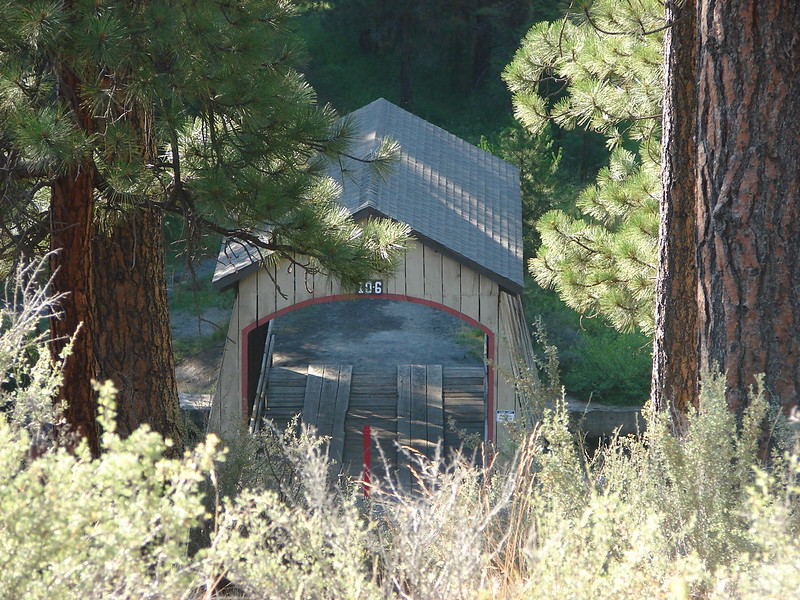 Hixson Crossing Covered Bridge
Hixson Crossing Covered Bridge
 Benham Falls
Benham Falls
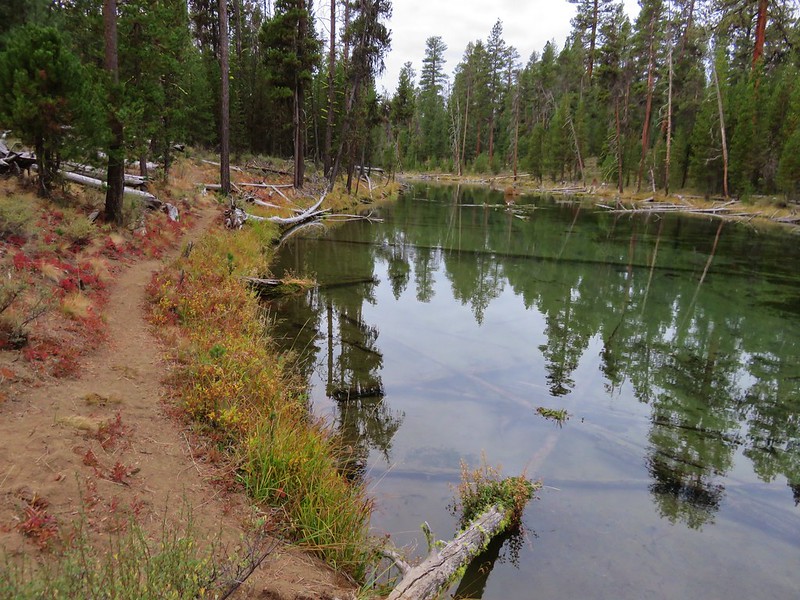
 Deschutes River
Deschutes River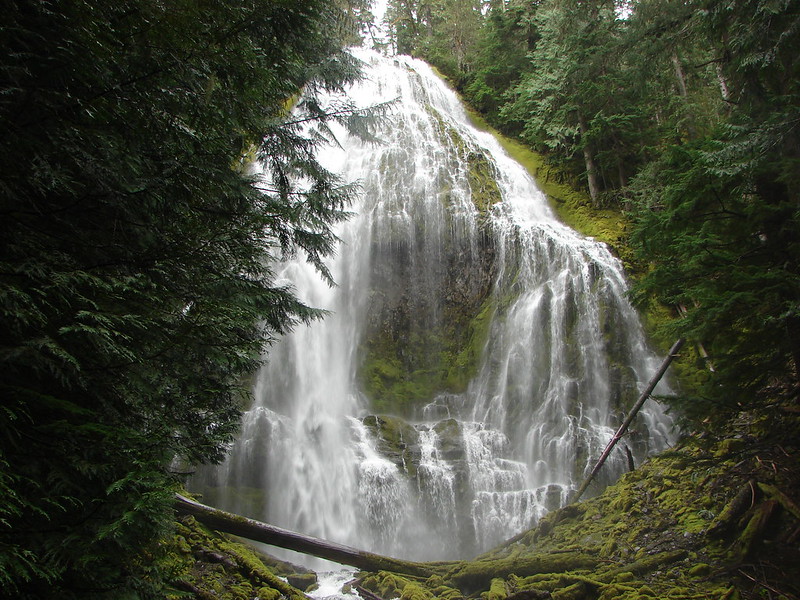 Proxy Falls
Proxy Falls Obsidian Falls
Obsidian Falls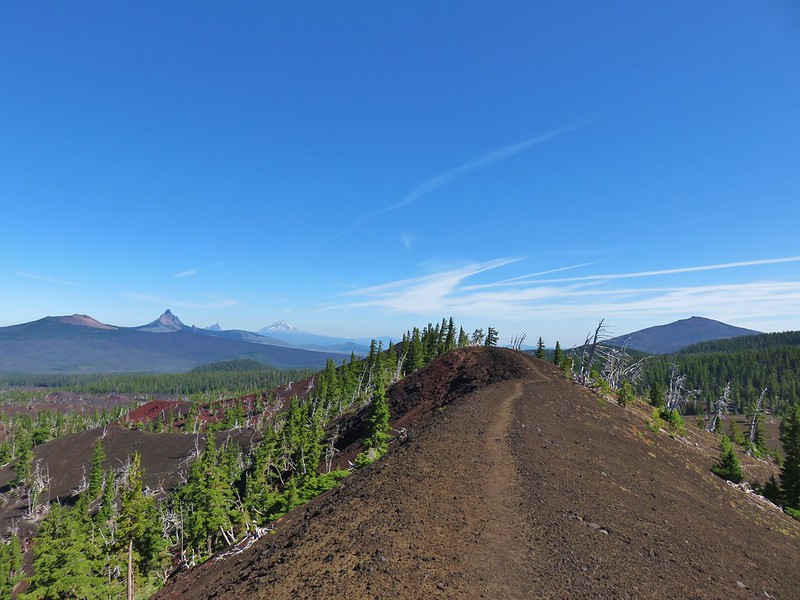 View from Four-in-One-Cone
View from Four-in-One-Cone
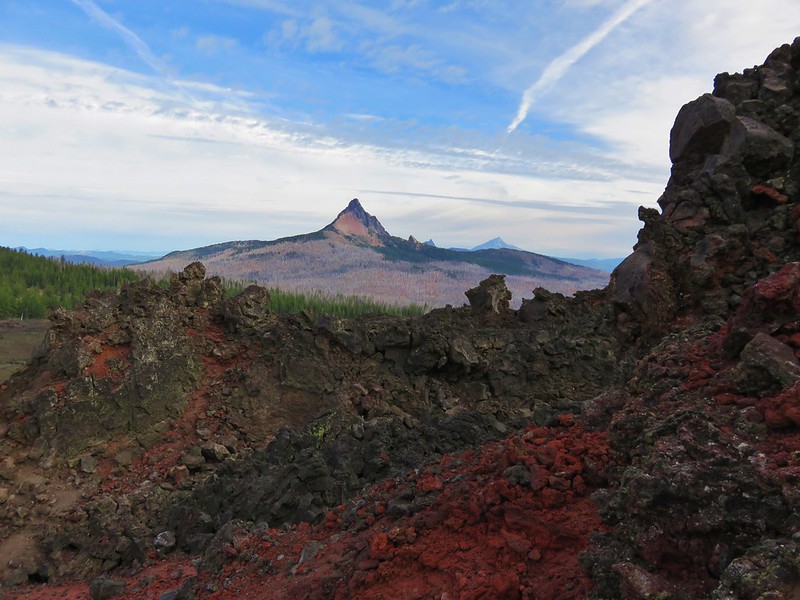 Mt. Washington, Three Fingered Jack, and Mt. Jefferson from Little Belknap Crater
Mt. Washington, Three Fingered Jack, and Mt. Jefferson from Little Belknap Crater North Sister from South Matthieu Lake
North Sister from South Matthieu Lake Former lookout site on Black Crater.
Former lookout site on Black Crater. South Sister from Camp Lake
South Sister from Camp Lake Broken Top and Broken Hand from Tam McArthur Ridge
Broken Top and Broken Hand from Tam McArthur Ridge Trees near the summit of Tumalo Mountain.
Trees near the summit of Tumalo Mountain.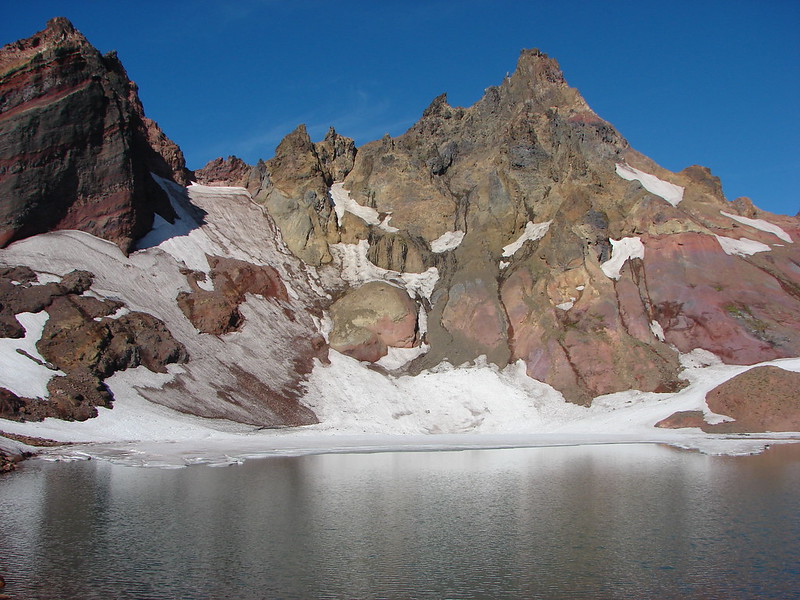 Broken Top from No Name Lake
Broken Top from No Name Lake South Sister from Sparks Lake
South Sister from Sparks Lake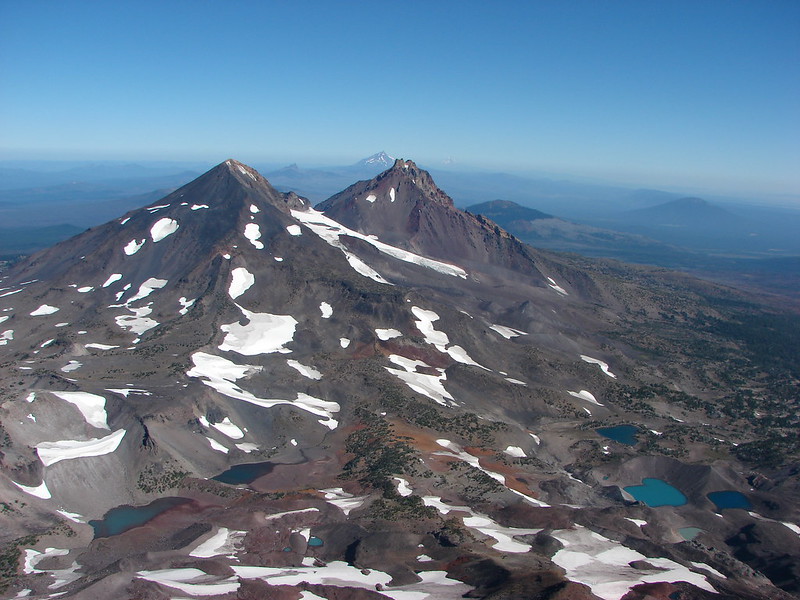 Looking north from the South Sister.
Looking north from the South Sister.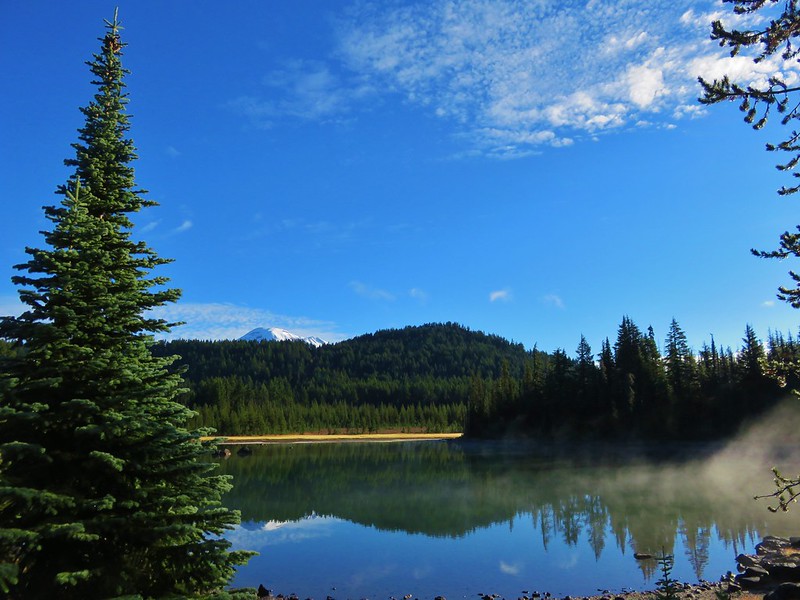 South Sister from Sisters Mirror Lake
South Sister from Sisters Mirror Lake Horse Lake
Horse Lake Doris Lake
Doris Lake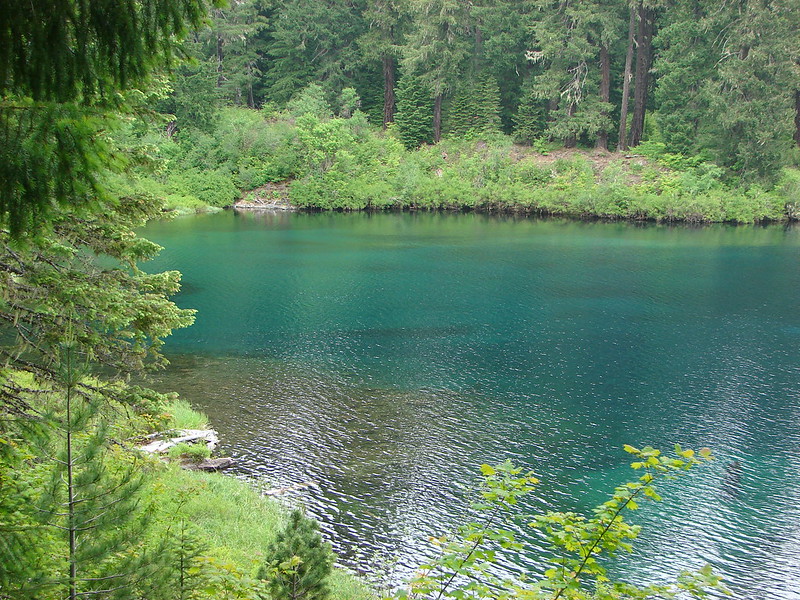
 Sahalie Falls
Sahalie Falls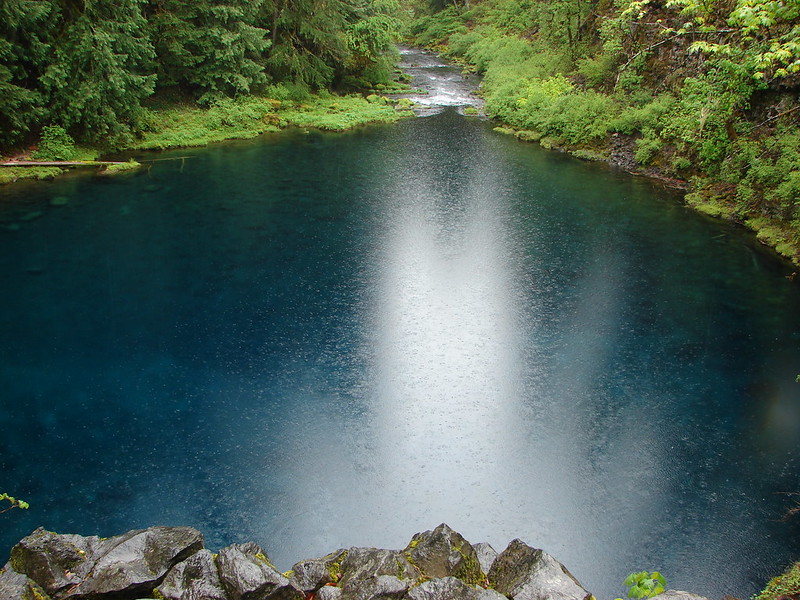
 Separation Lake
Separation Lake South Sister and Mt. Bachelor form Horsepasture Mountain.
South Sister and Mt. Bachelor form Horsepasture Mountain.
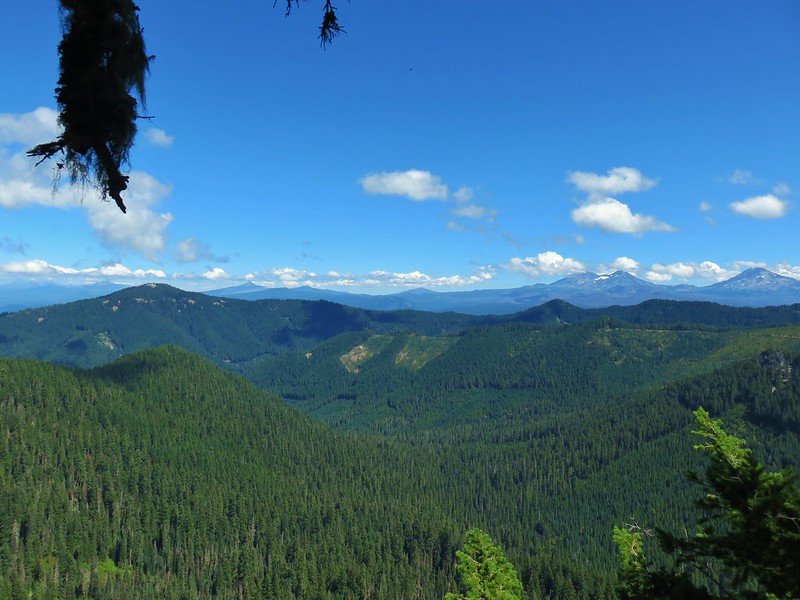 View from Lowder Mountain.
View from Lowder Mountain. View from Tidbits Mountain.
View from Tidbits Mountain. Monkeyflower and plectritis on Castle Rock.
Monkeyflower and plectritis on Castle Rock.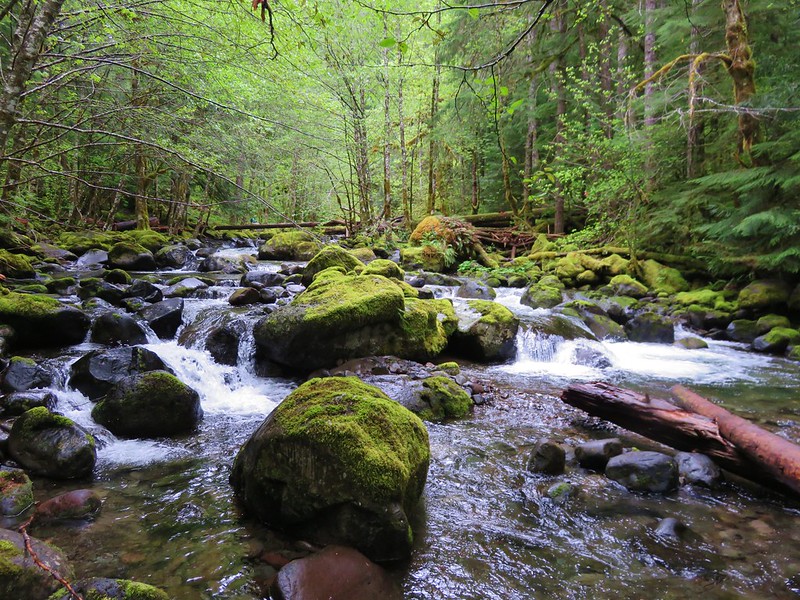
 Middle Erma Bell Lake
Middle Erma Bell Lake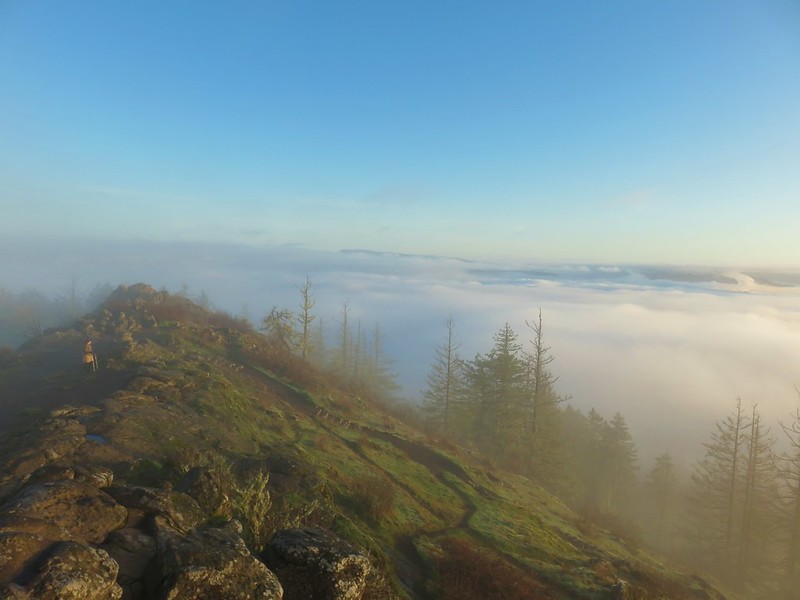 Fog over Eugene.
Fog over Eugene. Summit marker on Mt. Pisgah.
Summit marker on Mt. Pisgah.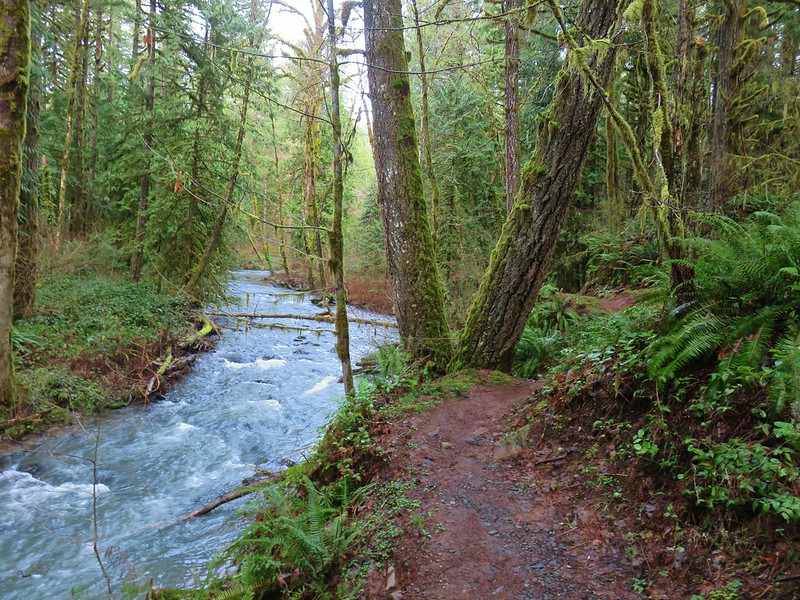
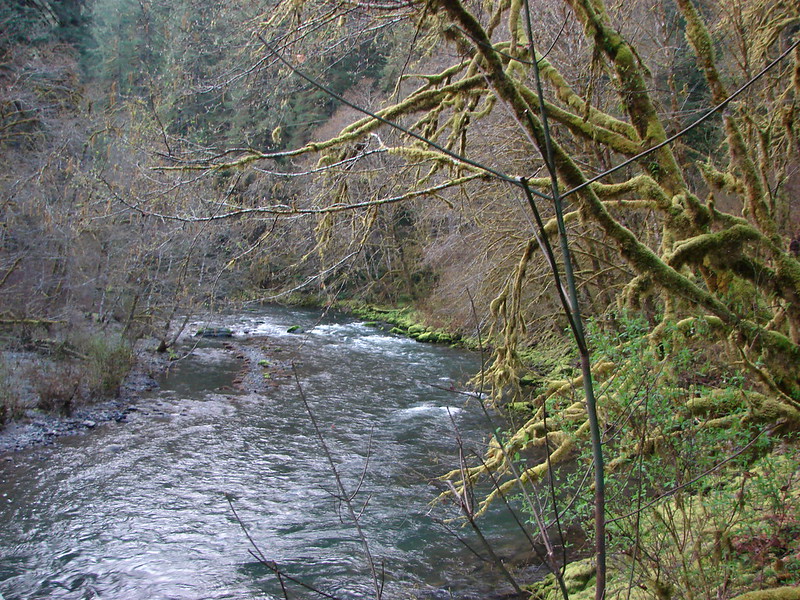
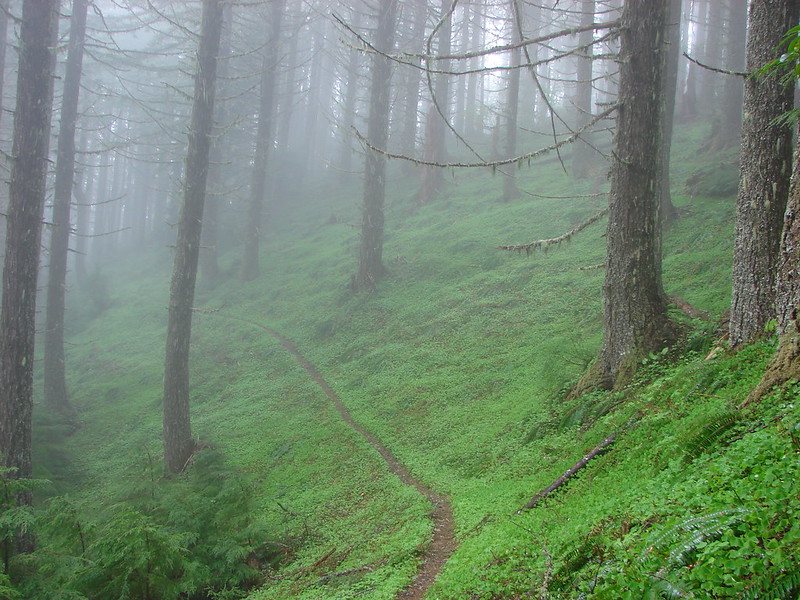 Sawtooth Trail
Sawtooth Trail
 Lone Wolf Meadow
Lone Wolf Meadow Wildflowers along the Tire Mt. Trail.
Wildflowers along the Tire Mt. Trail. Buffalo Rock from the North Fork Willamette River
Buffalo Rock from the North Fork Willamette River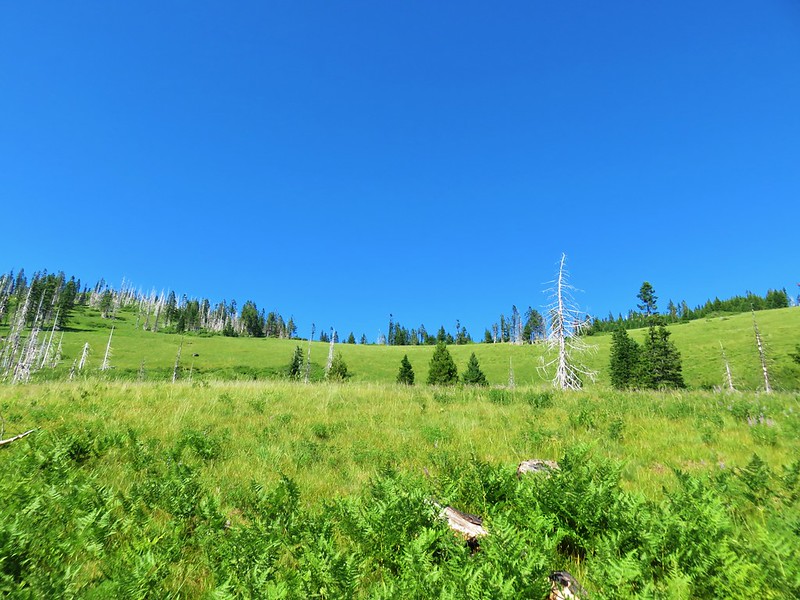
 Beargrass meadow along the Blair Lake Trail.
Beargrass meadow along the Blair Lake Trail.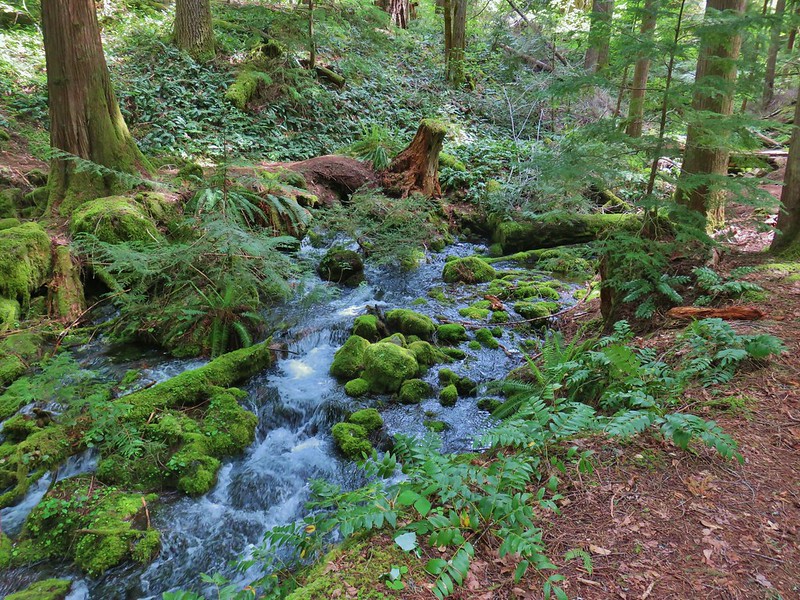 Indigo Springs (These springs have not burned.)
Indigo Springs (These springs have not burned.)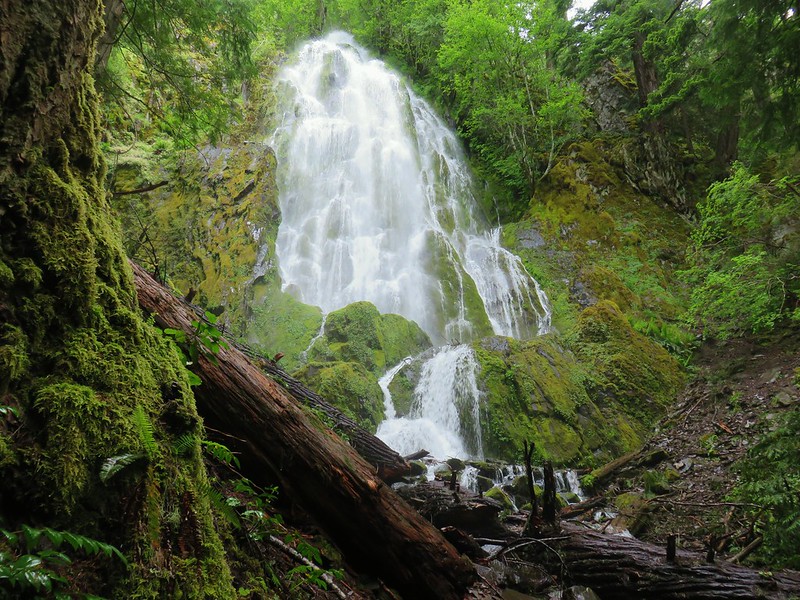 Moon Falls
Moon Falls Upper Trestle Creek Falls
Upper Trestle Creek Falls
 Lower Eddeeleo Lake
Lower Eddeeleo Lake View from the Waldo Mountain Lookout.
View from the Waldo Mountain Lookout.

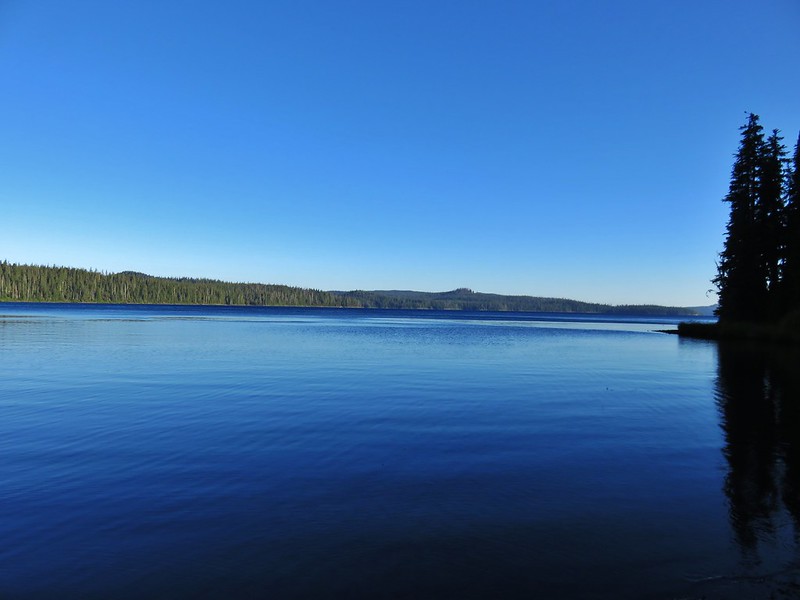

 Pulpit Rock from Middle Rosary Lake
Pulpit Rock from Middle Rosary Lake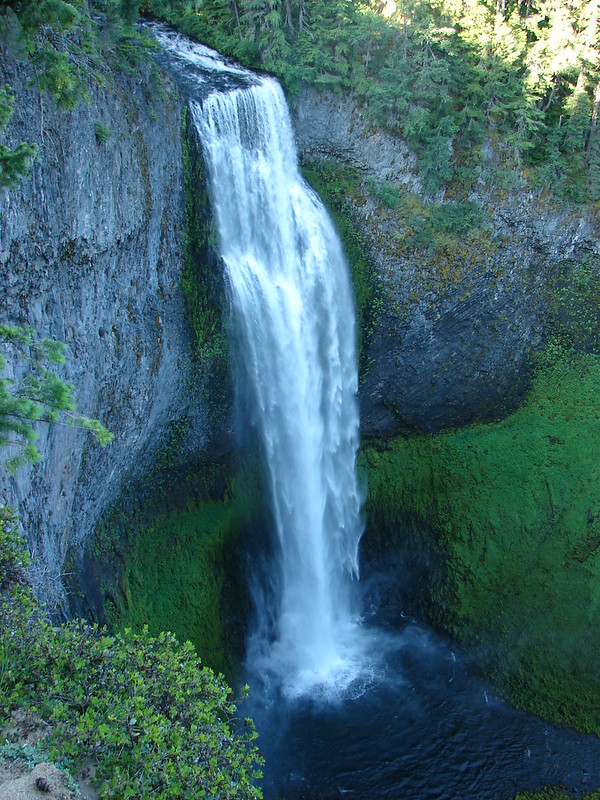
 Yoran Lake
Yoran Lake Diamond Peak from Diamond View Lake
Diamond Peak from Diamond View Lake Huckleberry Bushes along Saddle Lake.
Huckleberry Bushes along Saddle Lake. Notch Lake
Notch Lake Diamond Peak from Corrigan Lake
Diamond Peak from Corrigan Lake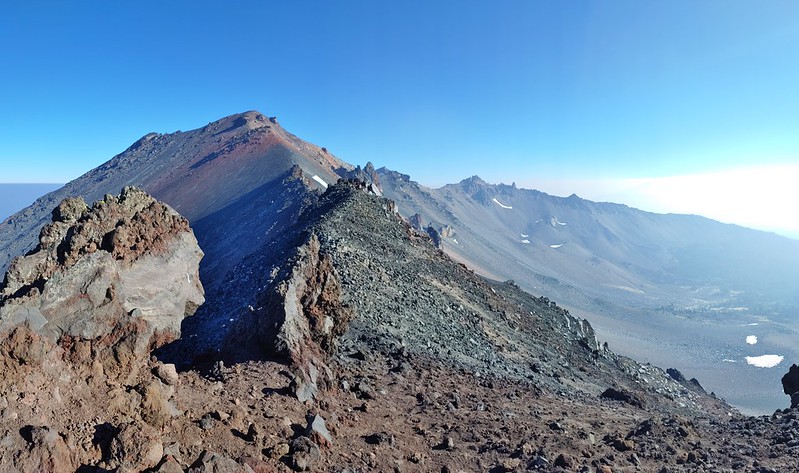 Diamond Peak
Diamond Peak Sawtooth Mountain from Timpanogas Lake
Sawtooth Mountain from Timpanogas Lake
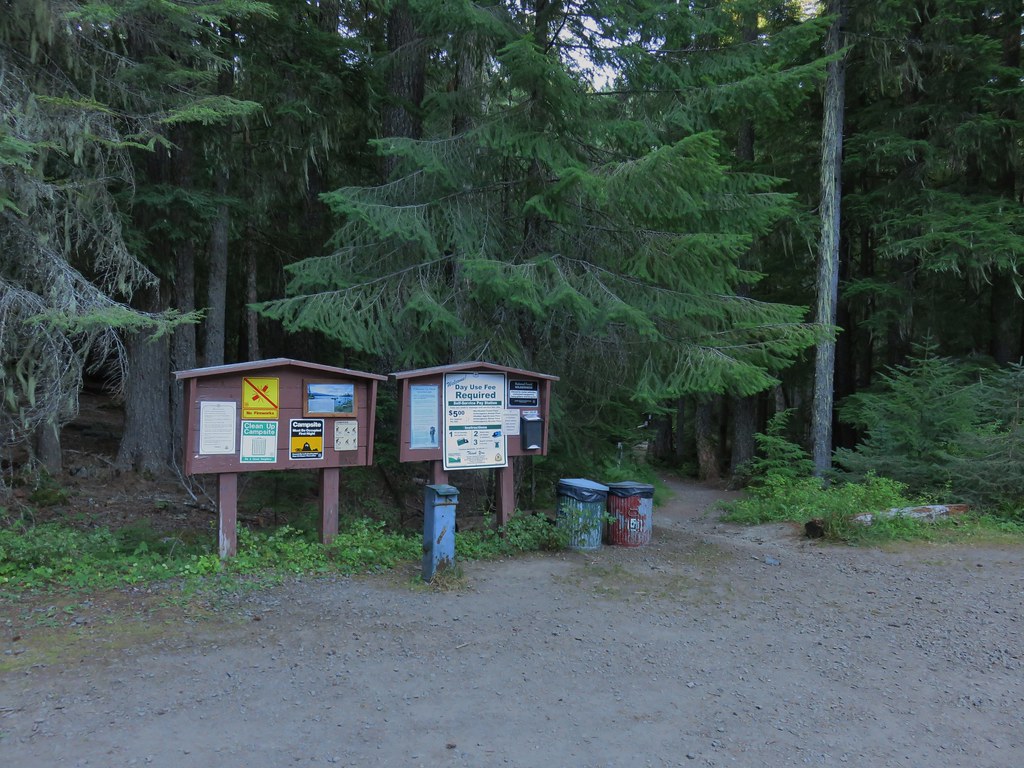





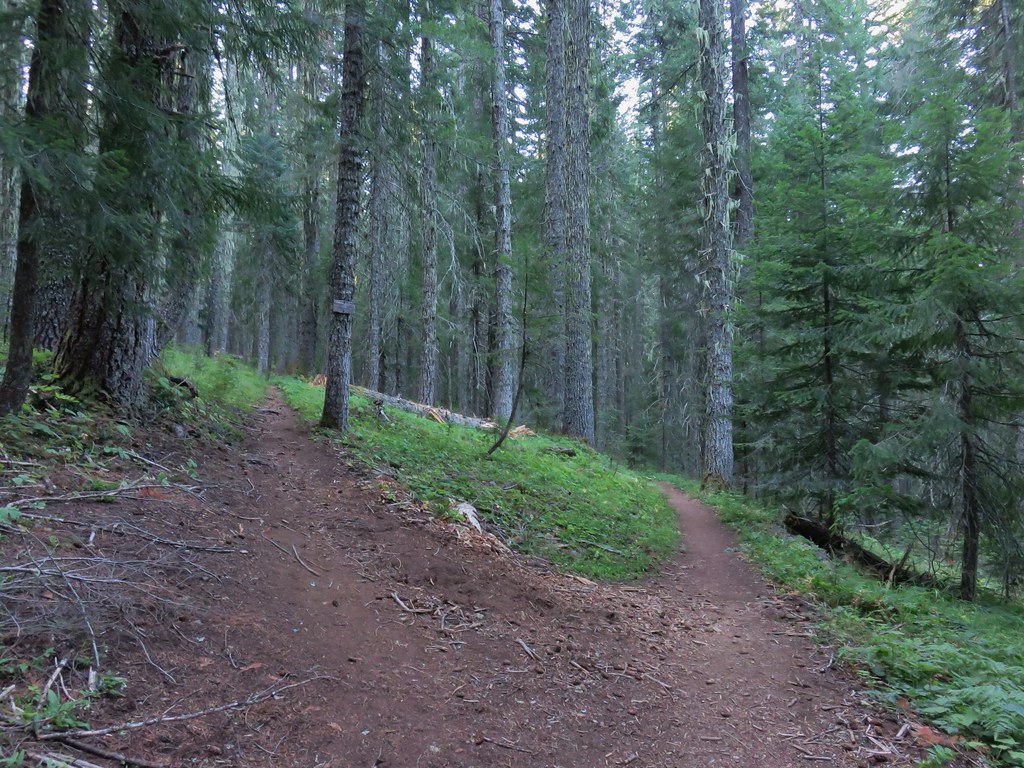
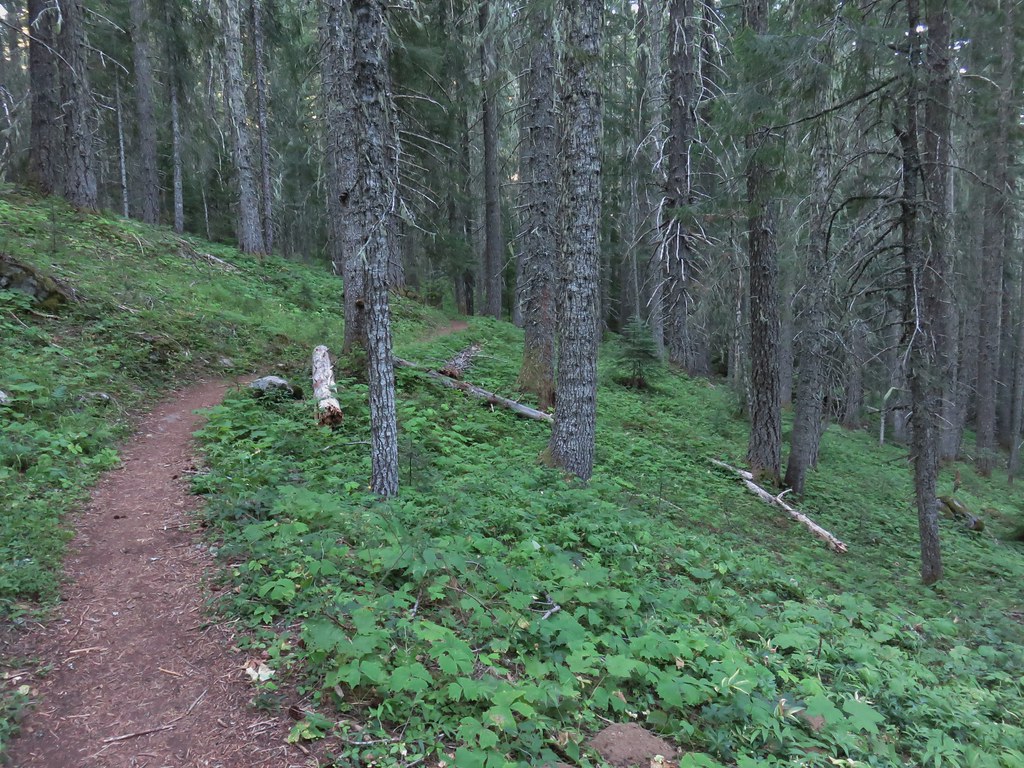

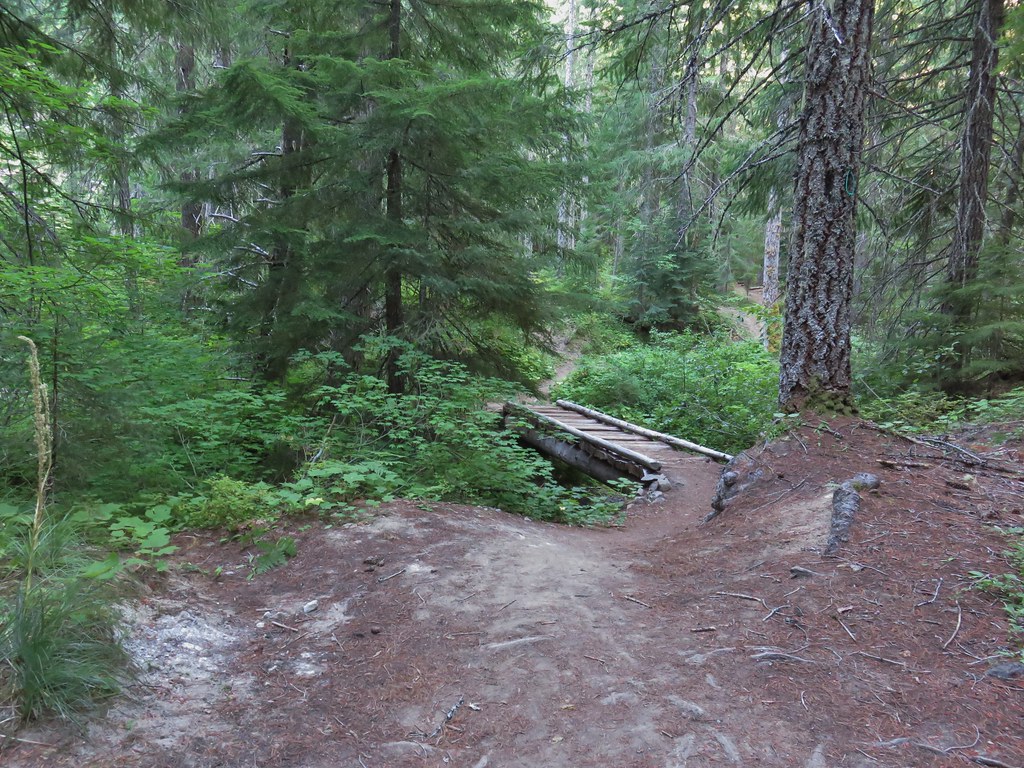
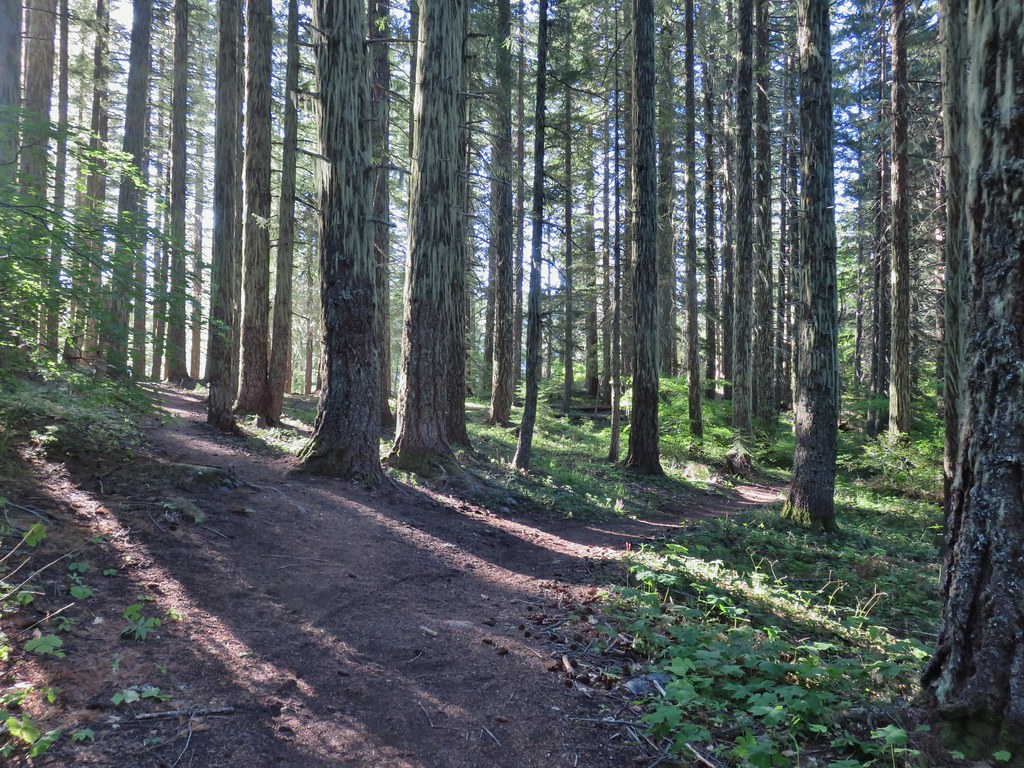
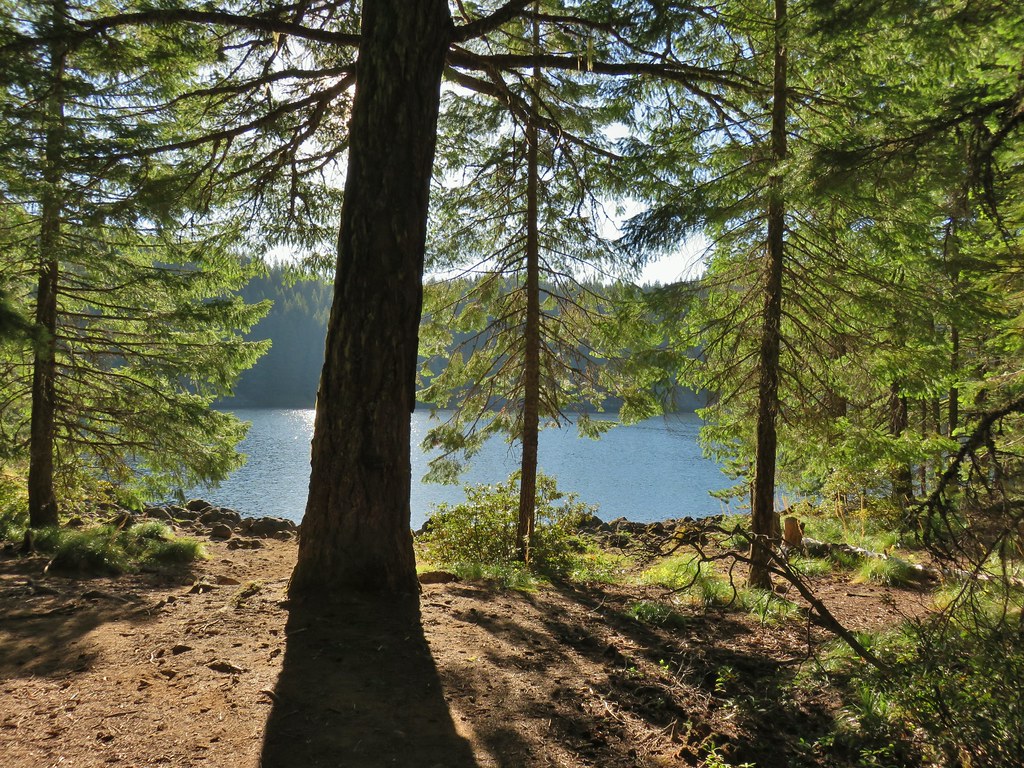

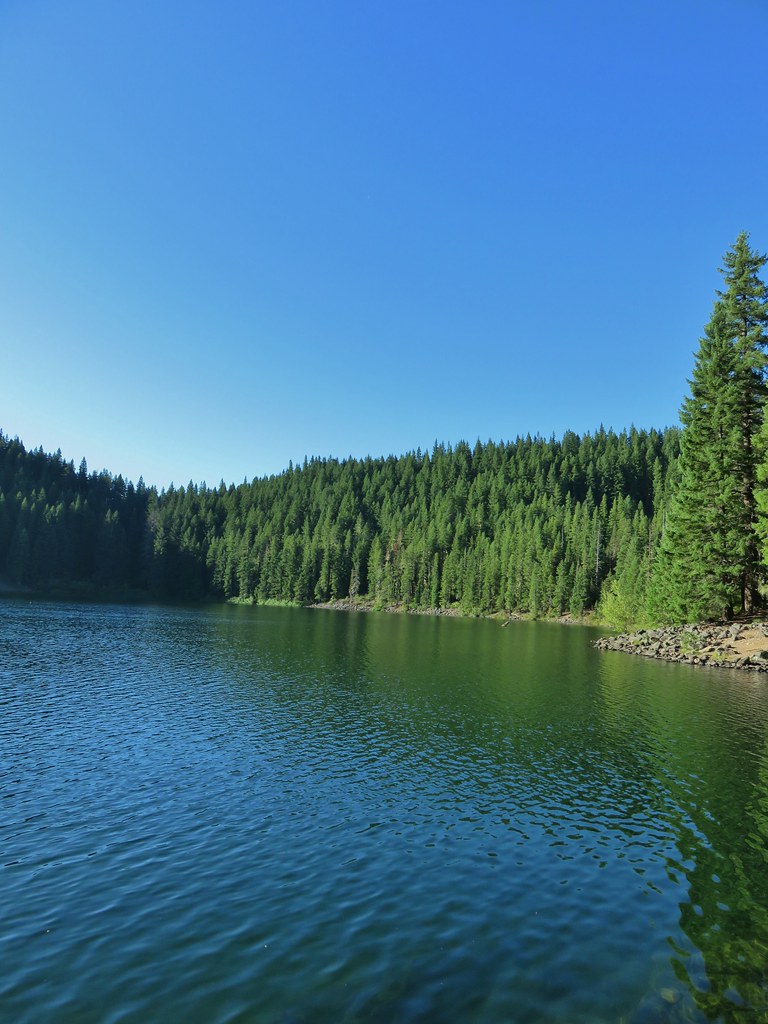


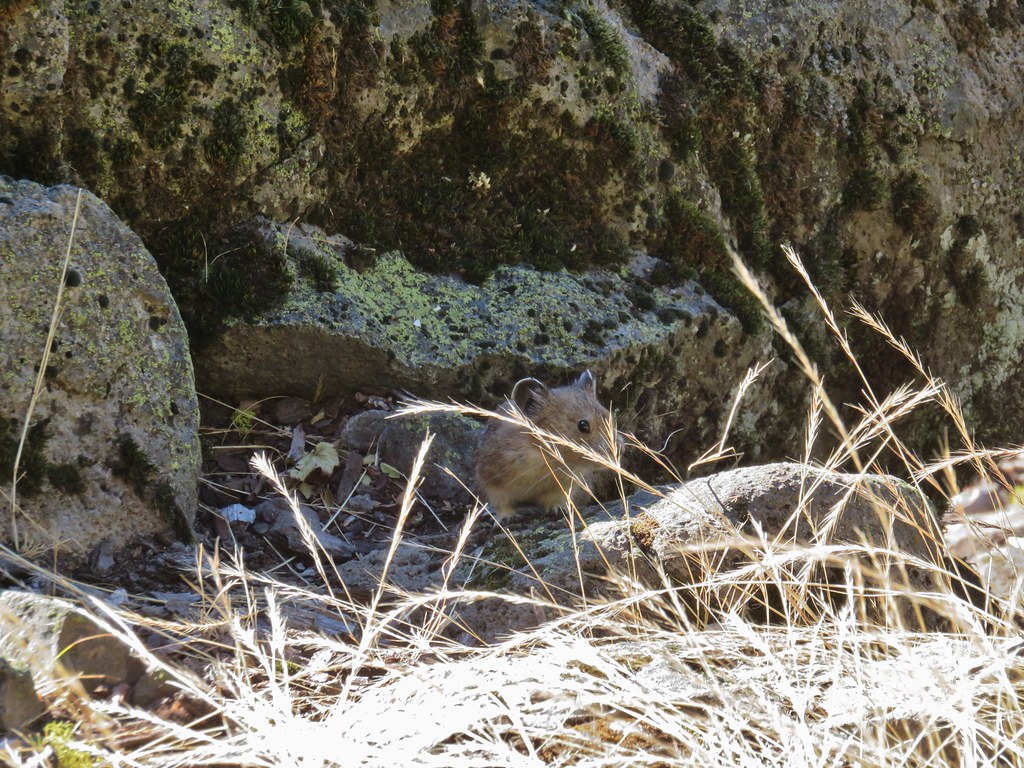


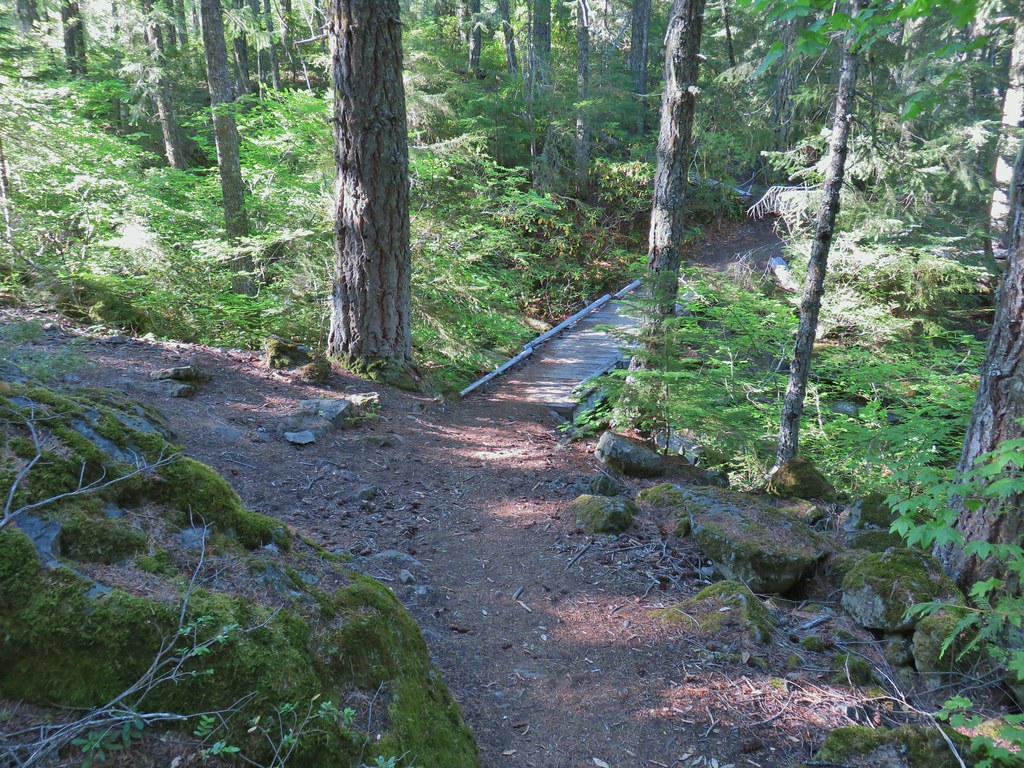
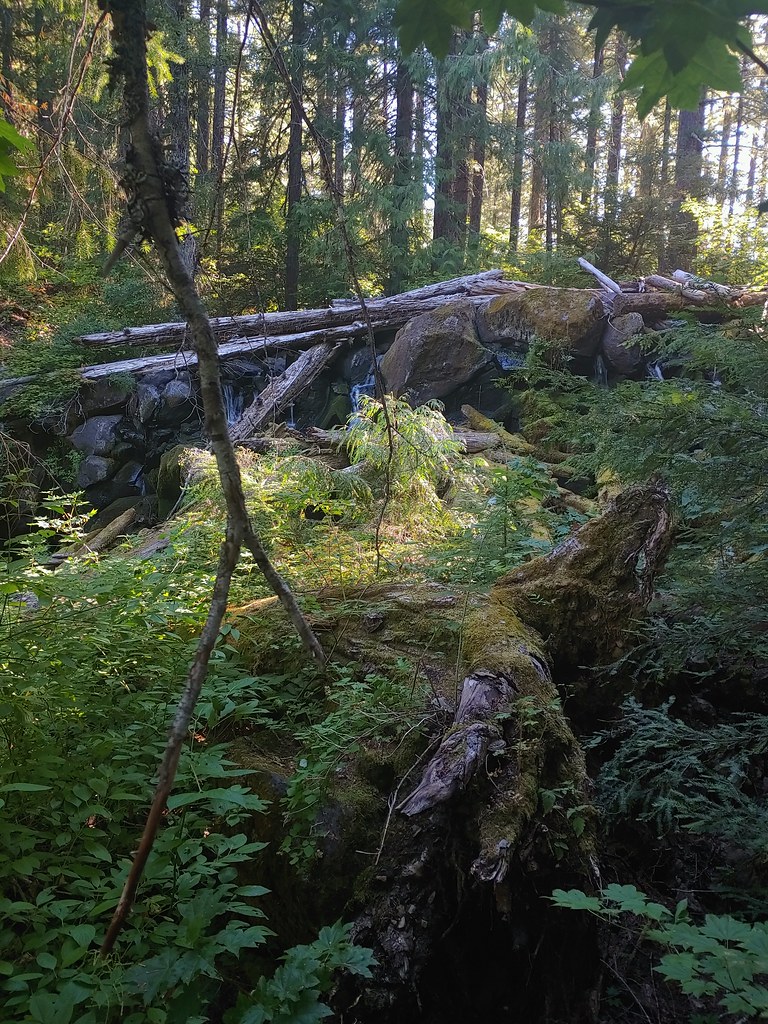
 Lower Erma Bell Lake from the climb.
Lower Erma Bell Lake from the climb.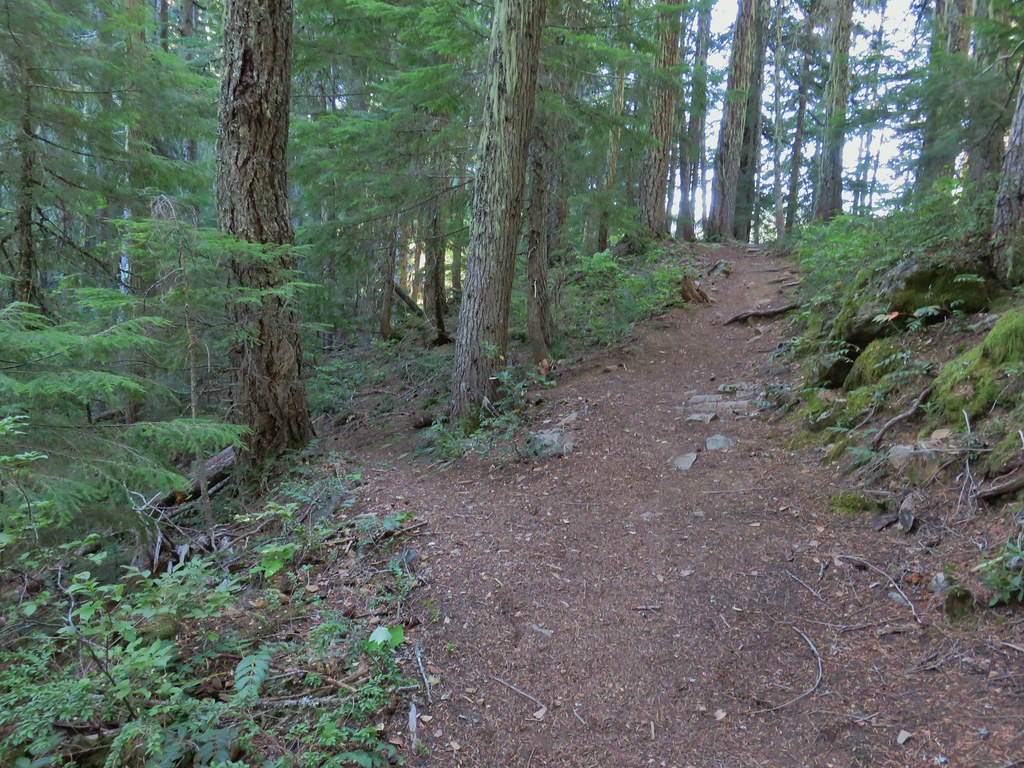
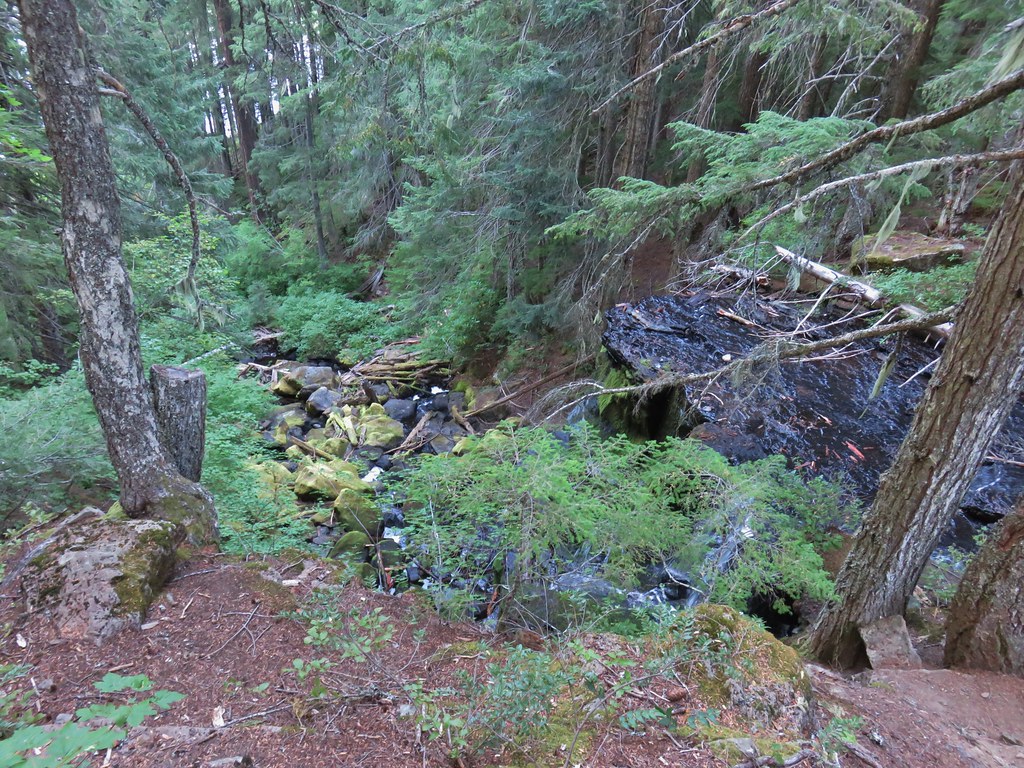 Above the falls.
Above the falls.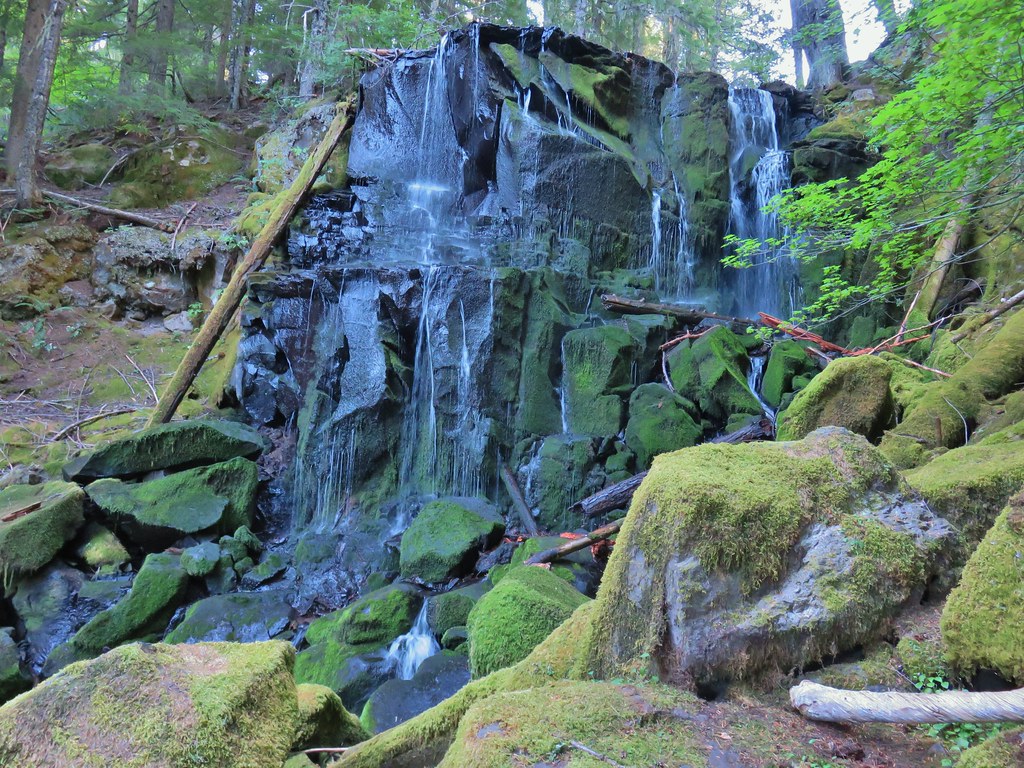
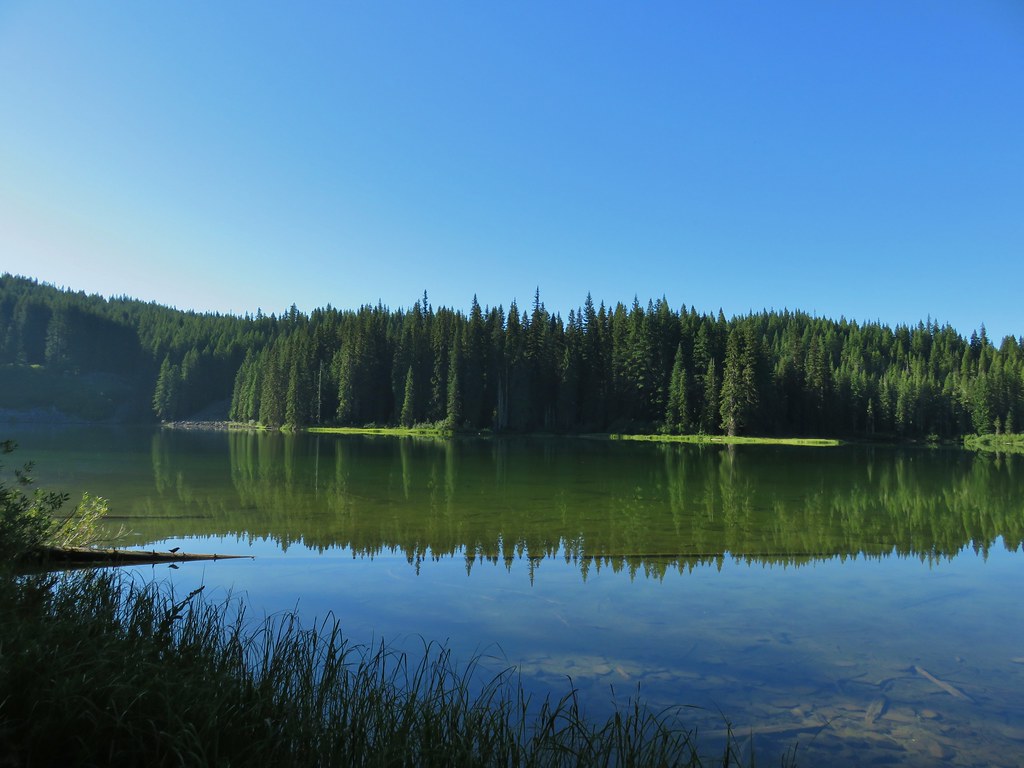

 Ouzel
Ouzel Ducks
Ducks Pond along the trail.
Pond along the trail. Spur trail on the right to Upper Erma Bell Lakes.
Spur trail on the right to Upper Erma Bell Lakes. Paintbrush and aster along the lake shore.
Paintbrush and aster along the lake shore.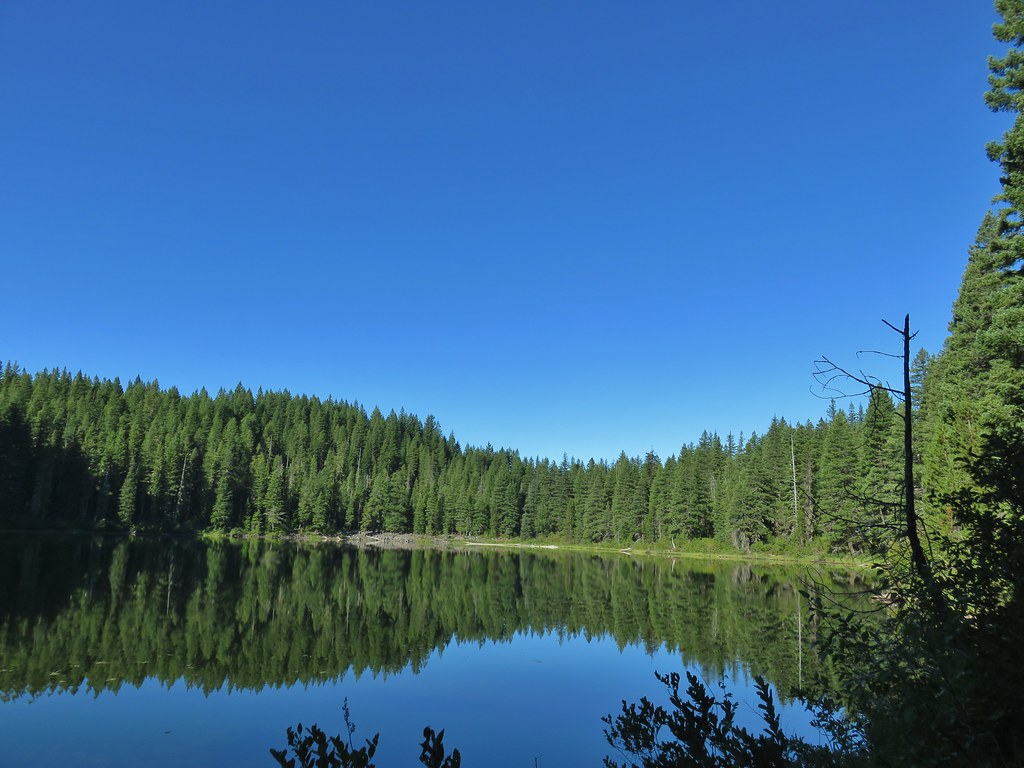 Upper Erma Bell Lake
Upper Erma Bell Lake Lupine and paintrbush
Lupine and paintrbush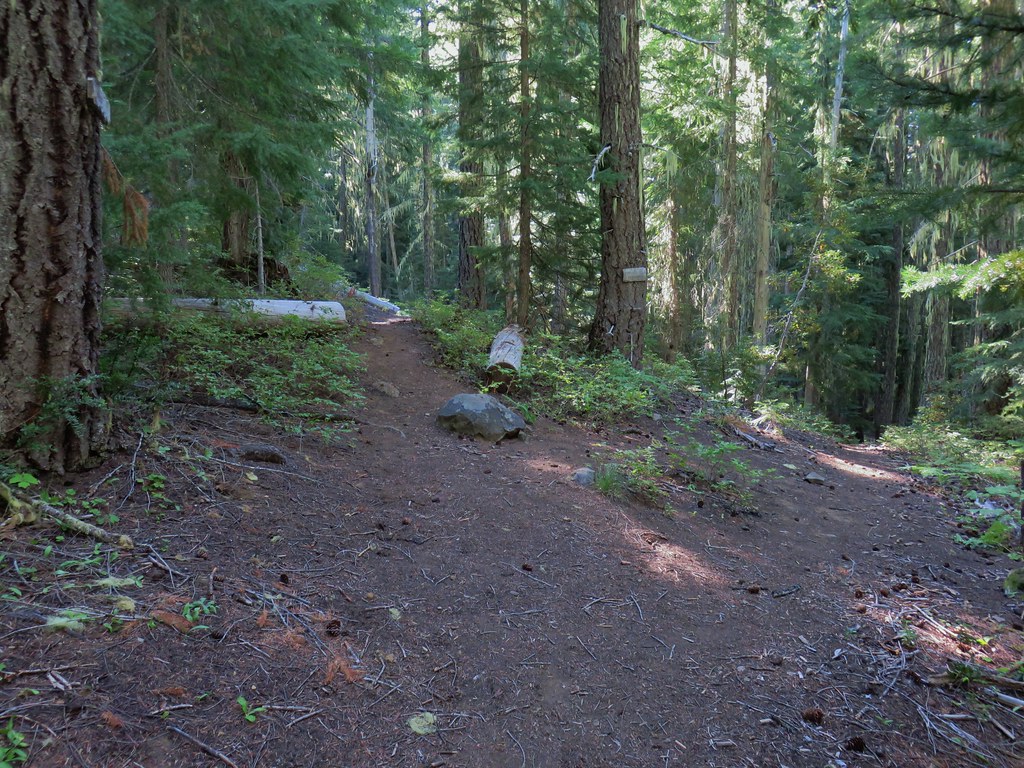 Judy Lake Trail on the right.
Judy Lake Trail on the right.
 Williams Lake Trail joining from the right.
Williams Lake Trail joining from the right. Grouse giving us the what for from a tree.
Grouse giving us the what for from a tree.
 Williams Lake
Williams Lake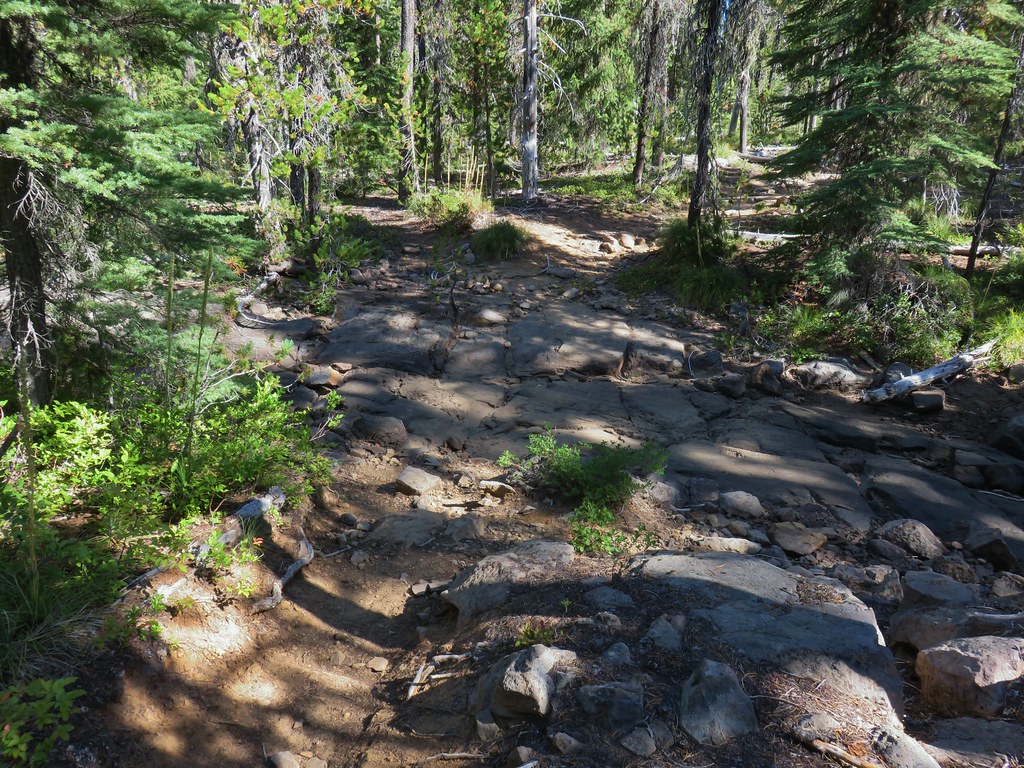 Dry creek bed near Williams Lake.
Dry creek bed near Williams Lake.

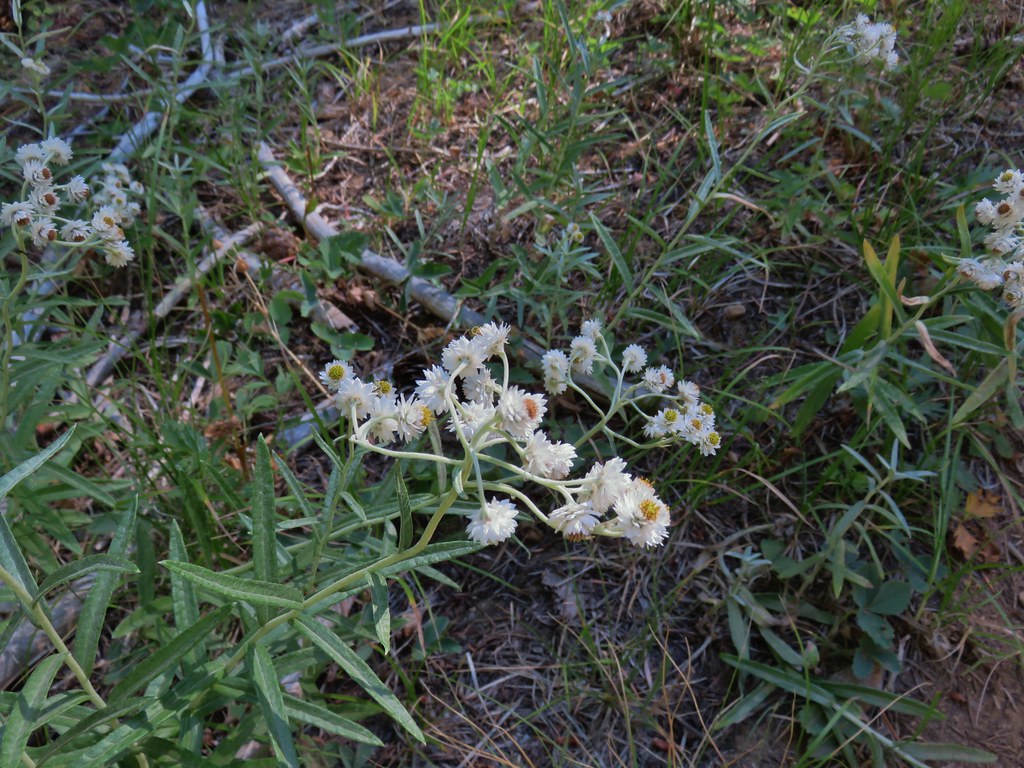 Pearly everlasting
Pearly everlasting Fleabane
Fleabane Prince’s pine
Prince’s pine Mushroom
Mushroom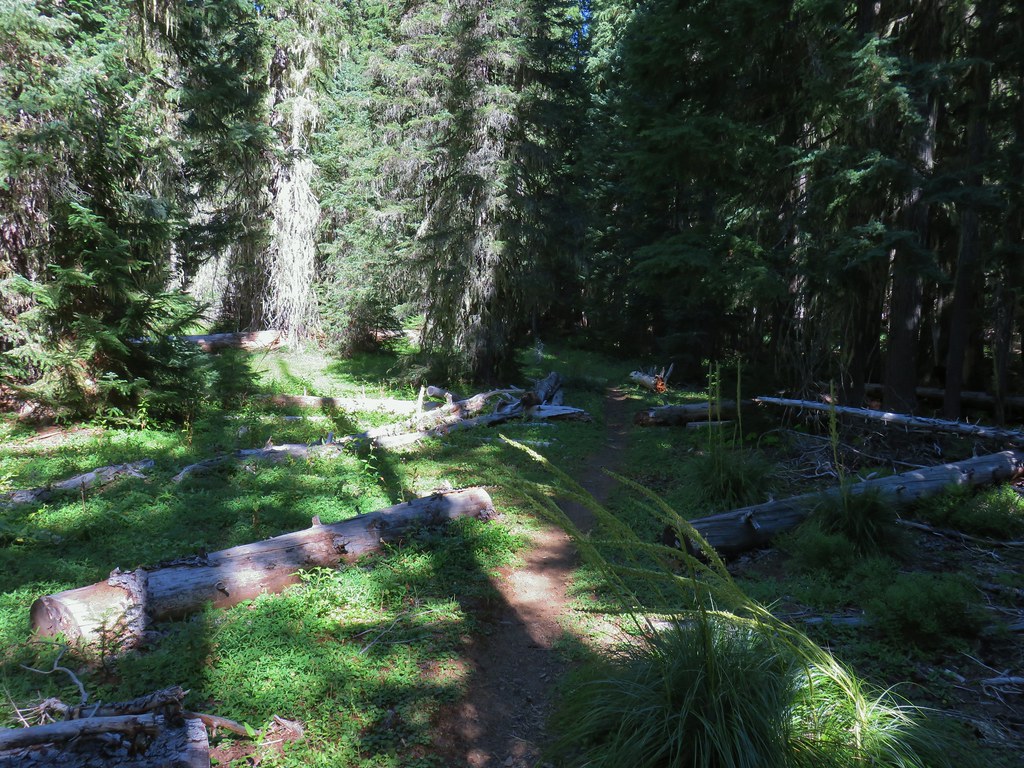
 Aster
Aster
 Coneflower
Coneflower
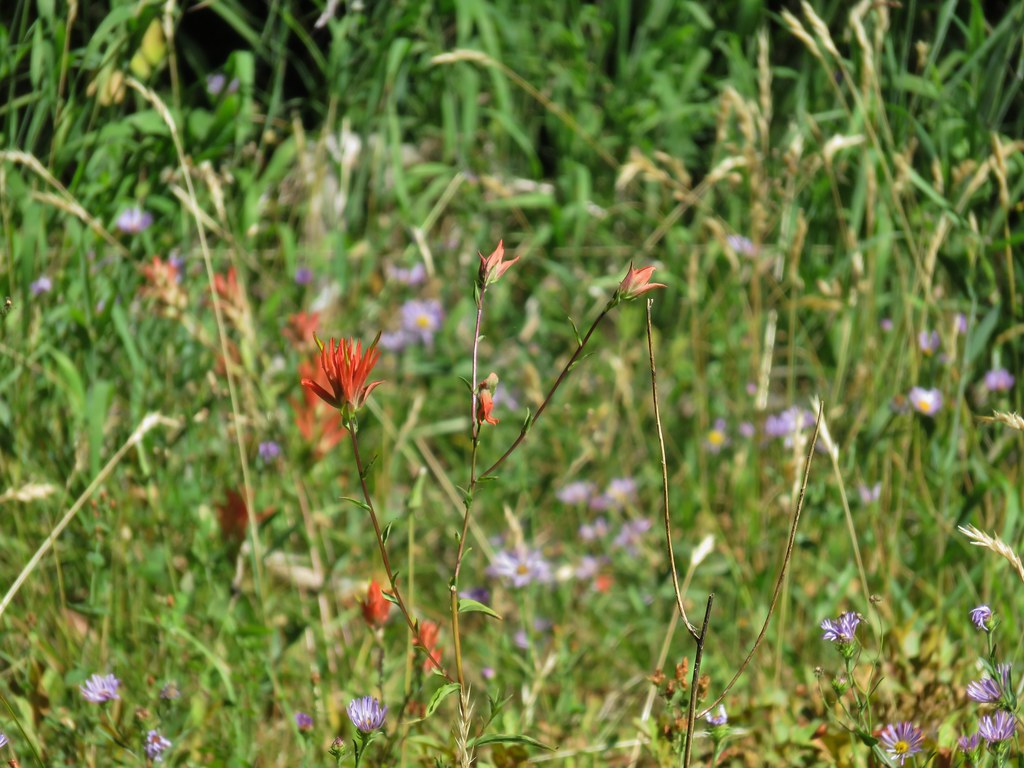 Paintbrush
Paintbrush
 Paintbrush
Paintbrush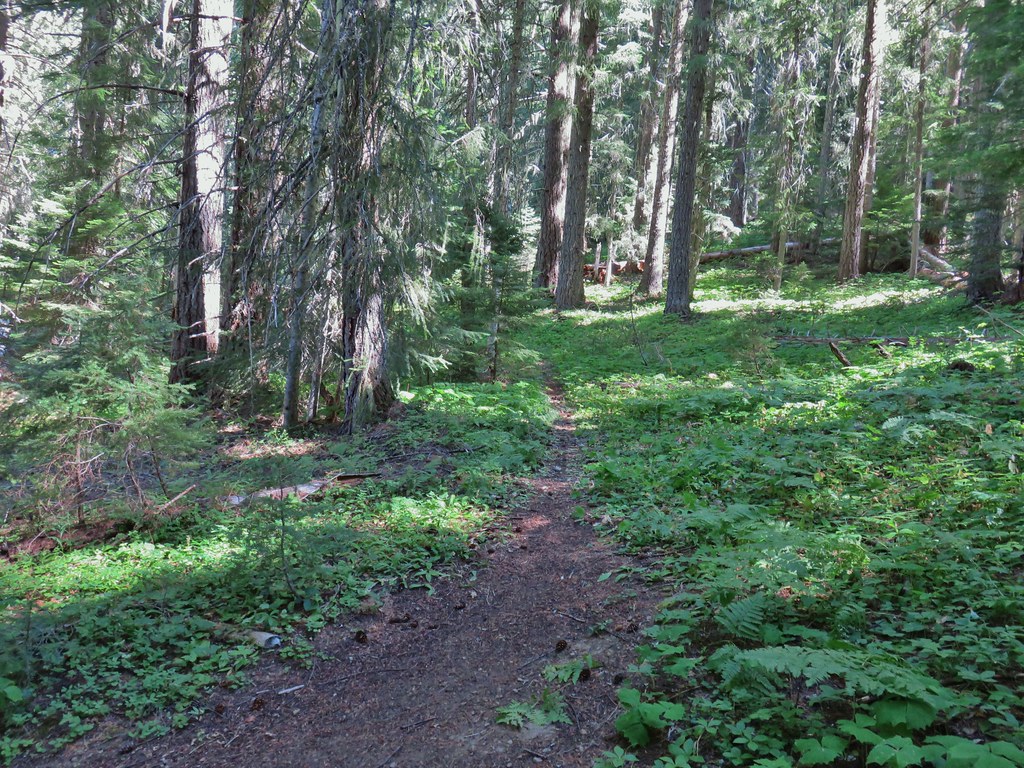

 Curious dragonfly
Curious dragonfly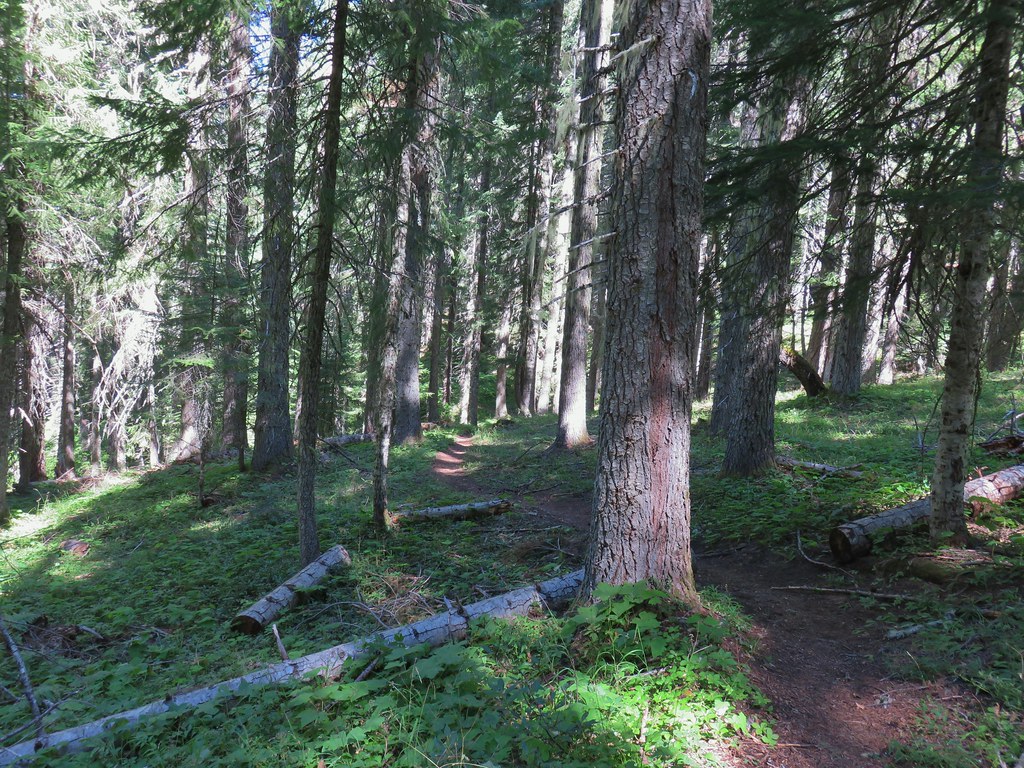
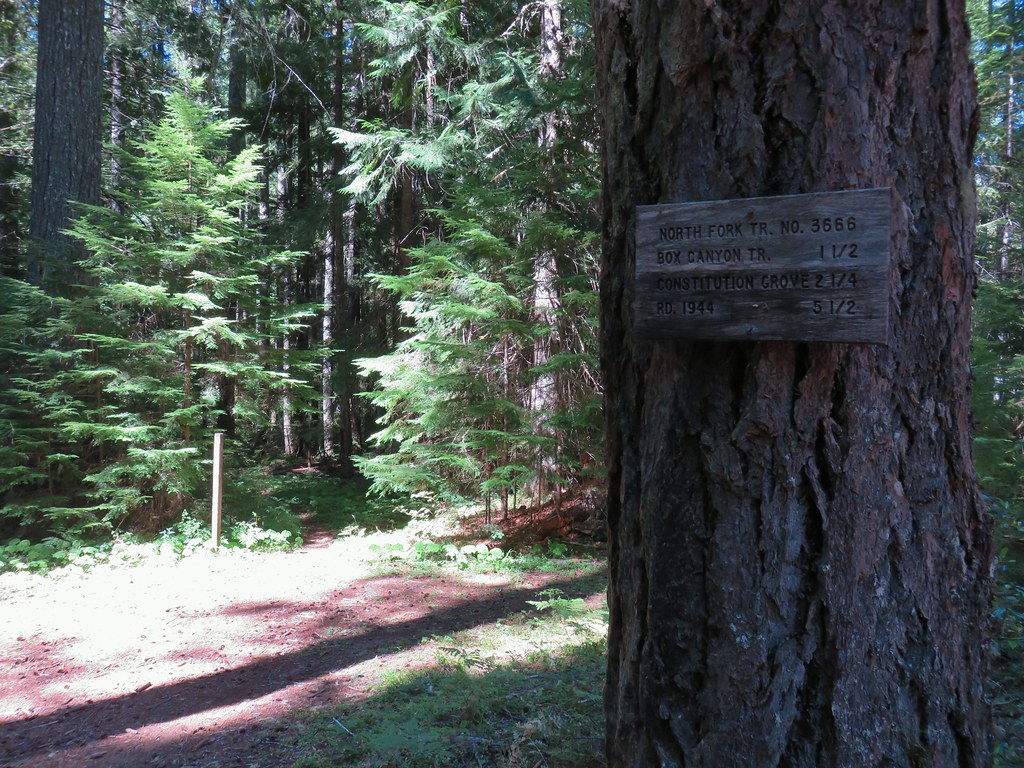




 Ghost Pipe aka Indian Pipe
Ghost Pipe aka Indian Pipe



 Arriving at Cedar Bog.
Arriving at Cedar Bog. One of a couple dry channels.
One of a couple dry channels. North Fork Middle Fork
North Fork Middle Fork Flagging on a downed tree marking the continuation of the Shale Ridge Trail.
Flagging on a downed tree marking the continuation of the Shale Ridge Trail. North Fork Middle Fork at Cedar Bog
North Fork Middle Fork at Cedar Bog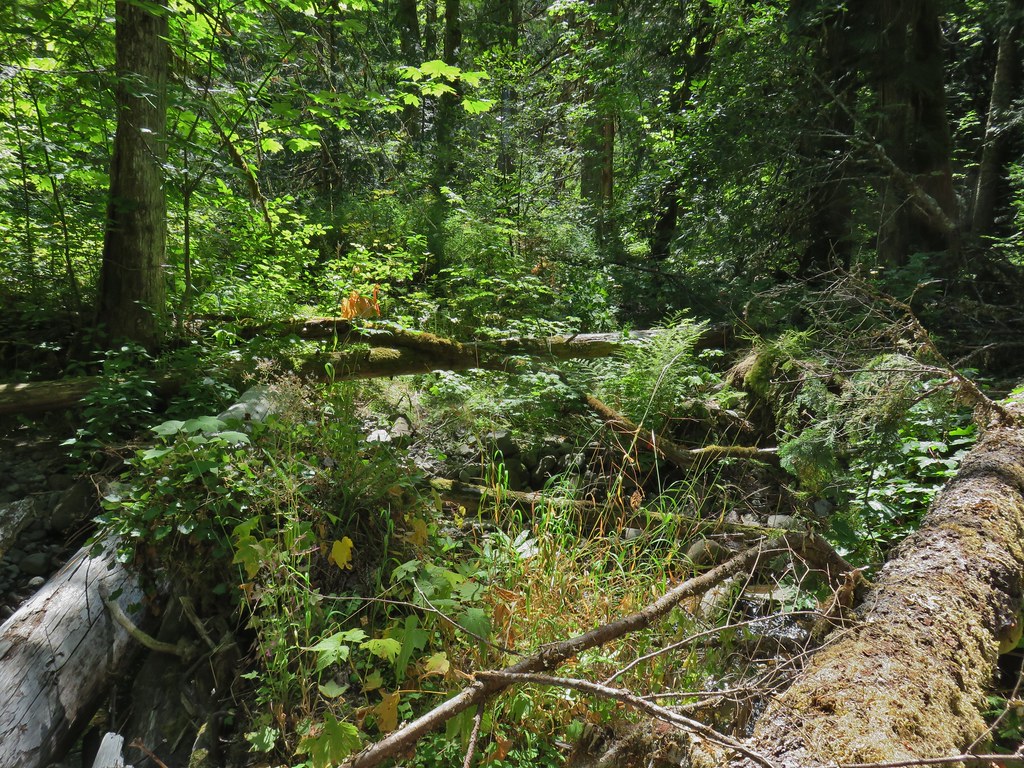 Orange flagging on the far side of the river.
Orange flagging on the far side of the river.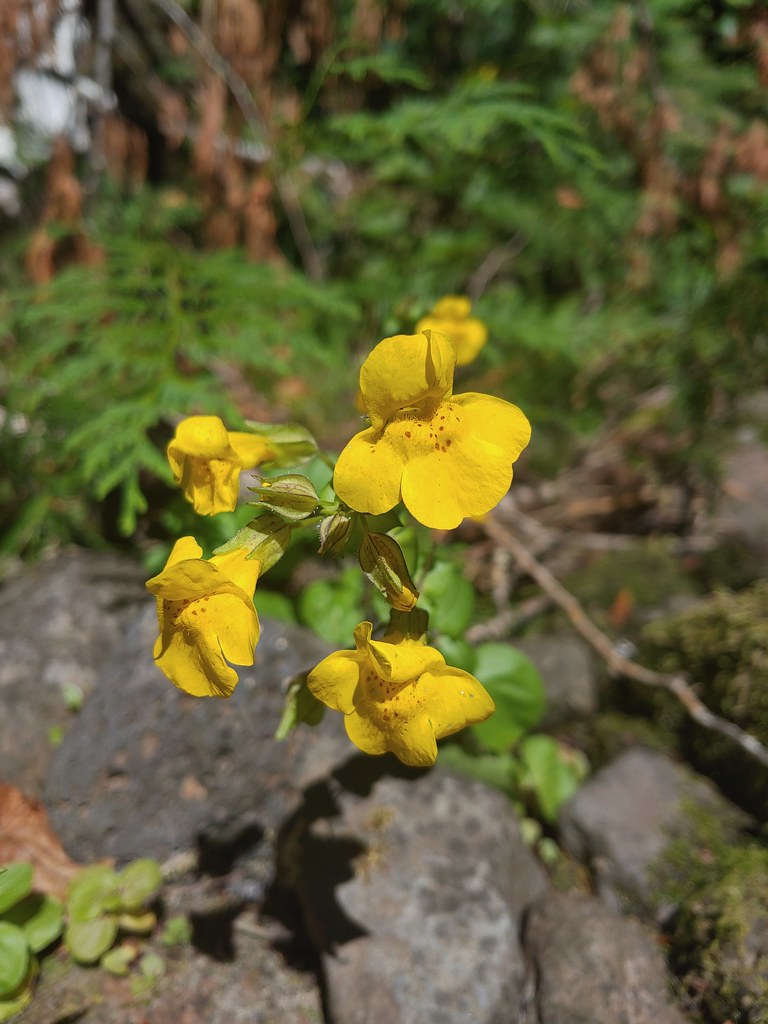 Monkeyflower at Cedar Bog
Monkeyflower at Cedar Bog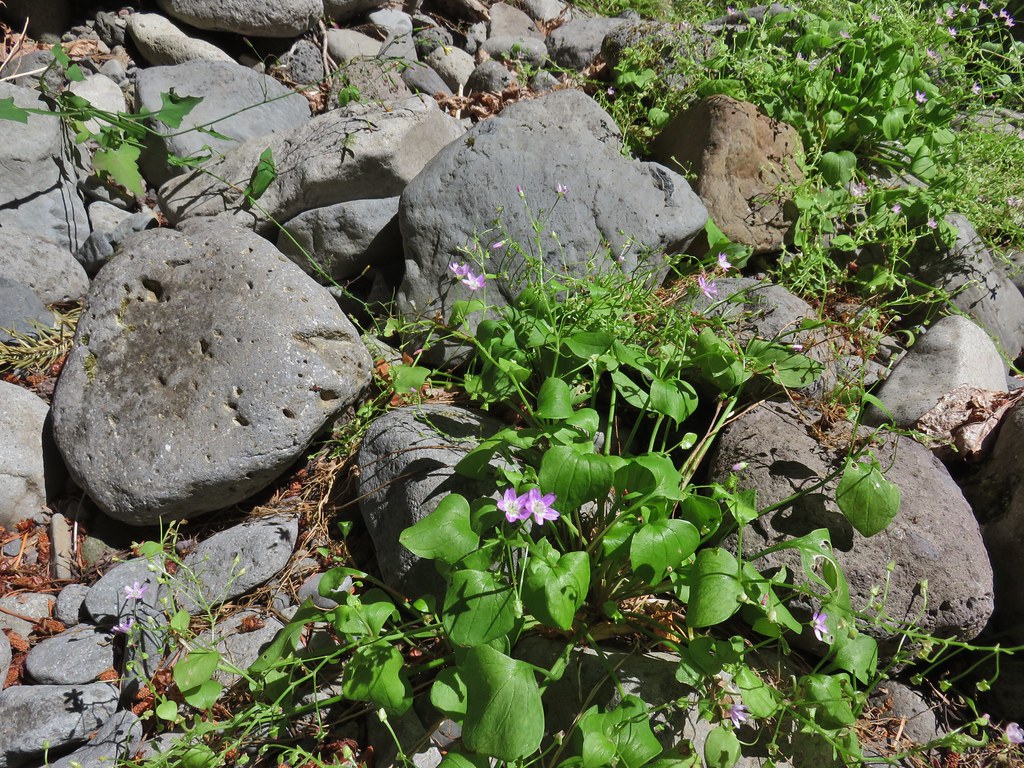 Candy flower
Candy flower



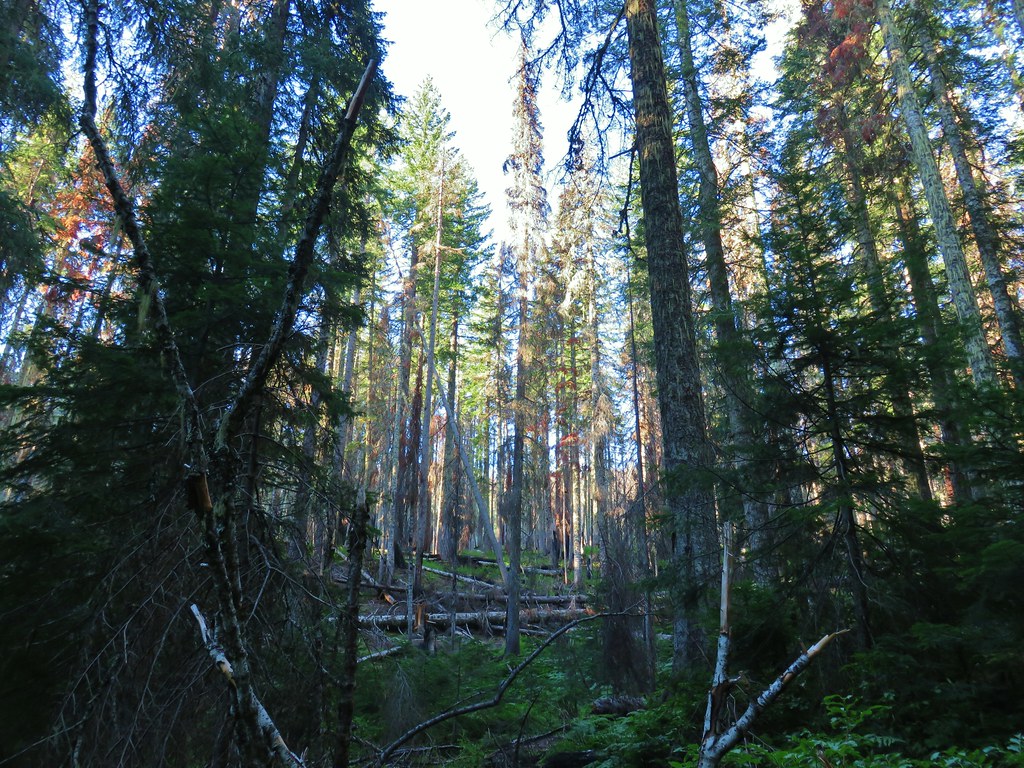

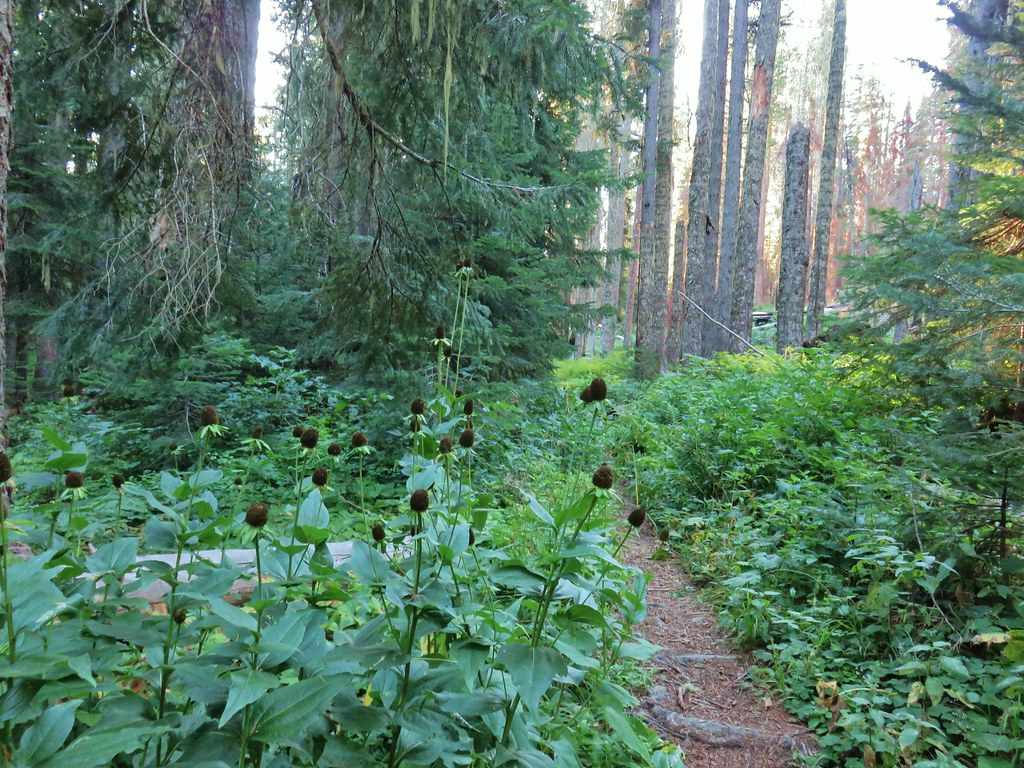
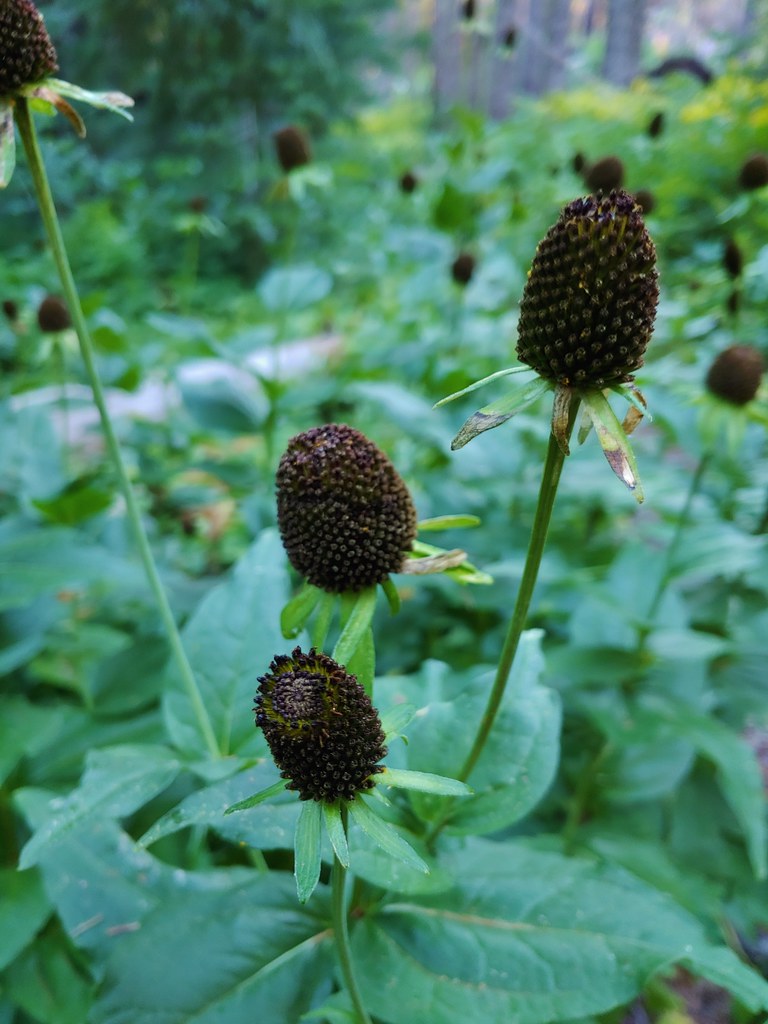 Cone flower
Cone flower Cross country to Wolverine Lake.
Cross country to Wolverine Lake.



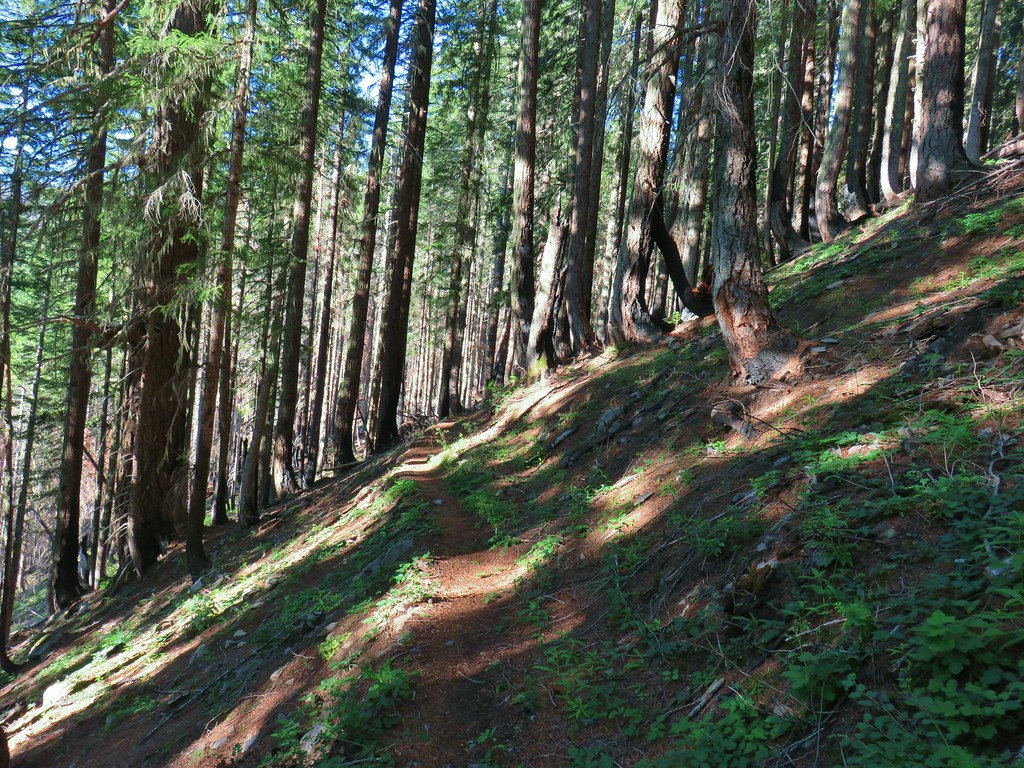



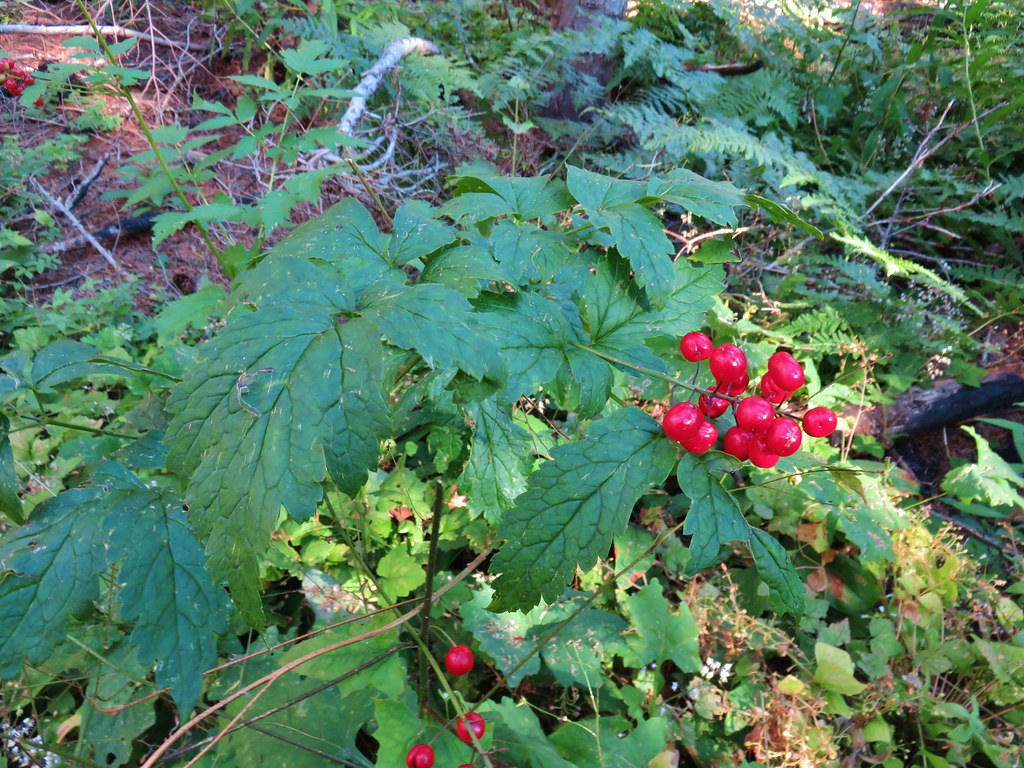 Baneberry
Baneberry Monkshood
Monkshood
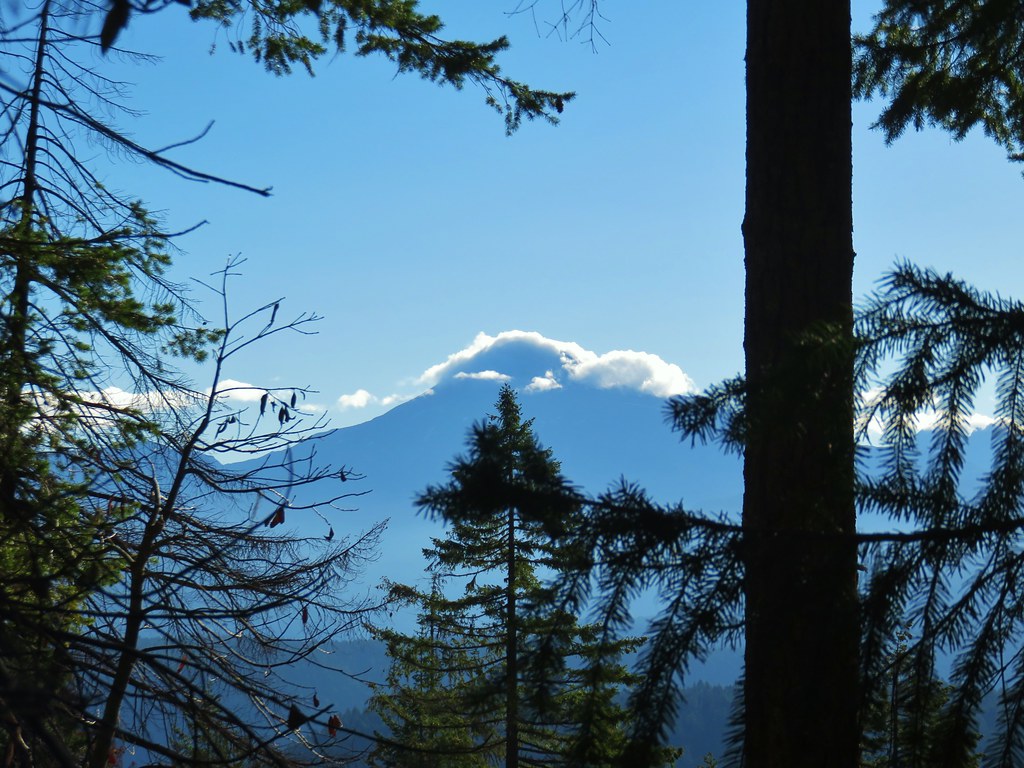 South Sister
South Sister Middle and North Sister
Middle and North Sister Mt. Washington
Mt. Washington Mt. Jefferson and Three Fingered Jack
Mt. Jefferson and Three Fingered Jack


 Aster and pearly everlasting
Aster and pearly everlasting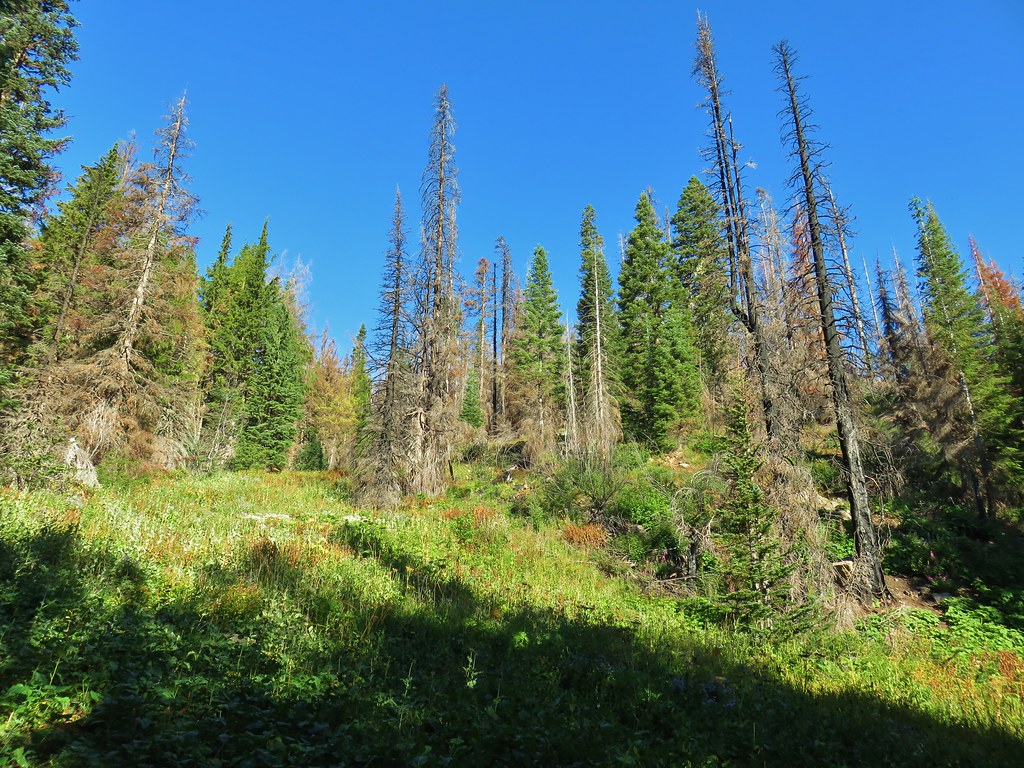
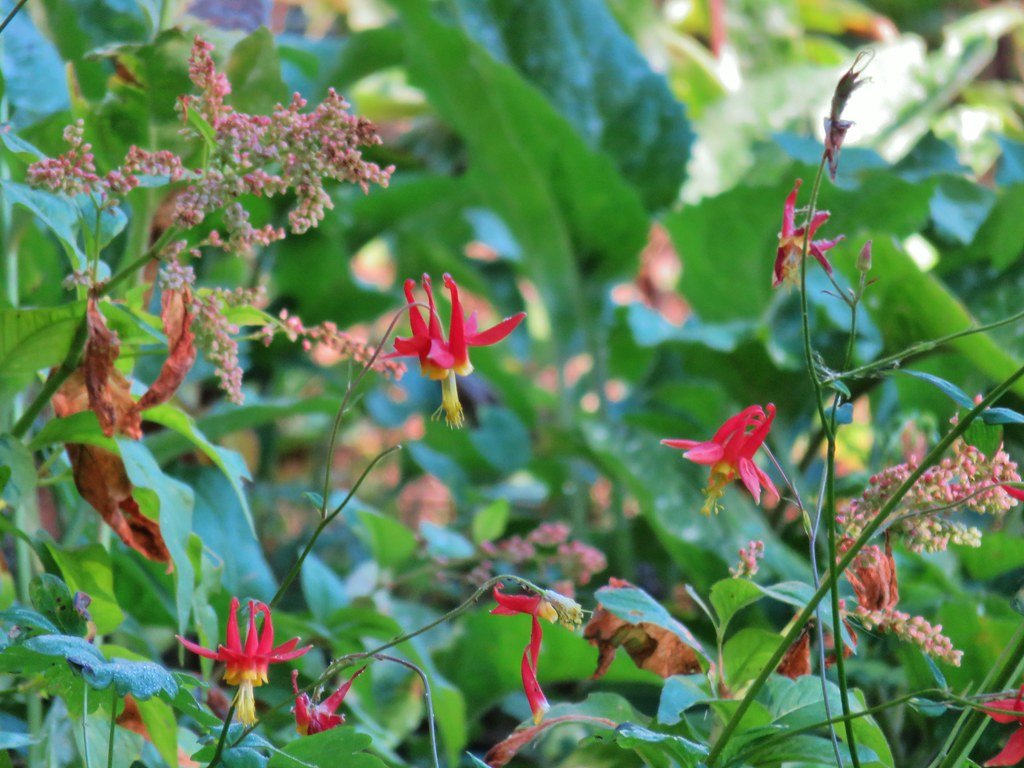 Columbine
Columbine

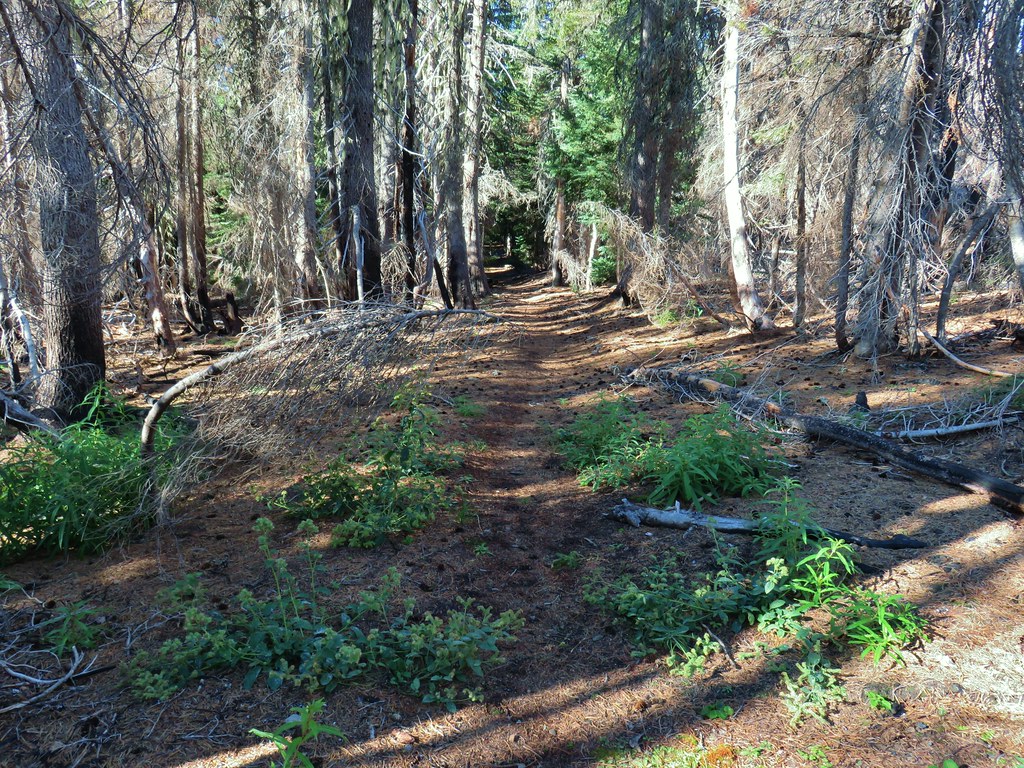


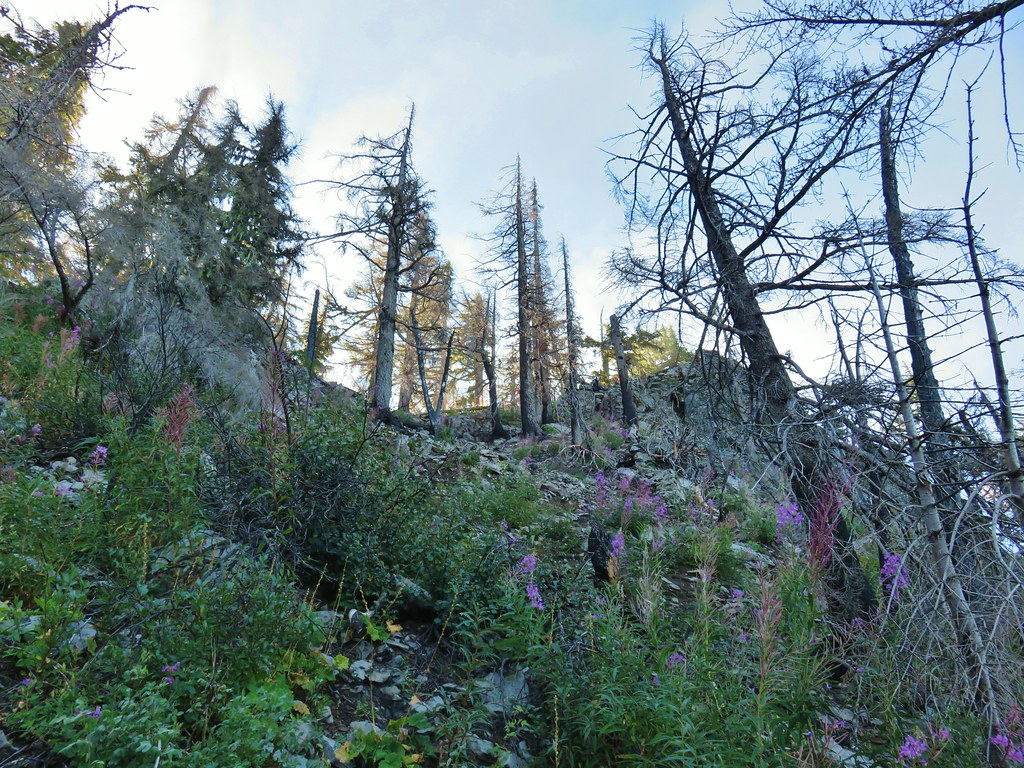


 Parts of the Cascades from Mt. Jefferson to the NE to Mt. Bachelor to the SE.
Parts of the Cascades from Mt. Jefferson to the NE to Mt. Bachelor to the SE. Mt. Jefferson was still tangled up in the clouds.
Mt. Jefferson was still tangled up in the clouds. Just a peak at Mt. Washington (which was more than we could see of Three Fingered Jack)
Just a peak at Mt. Washington (which was more than we could see of Three Fingered Jack)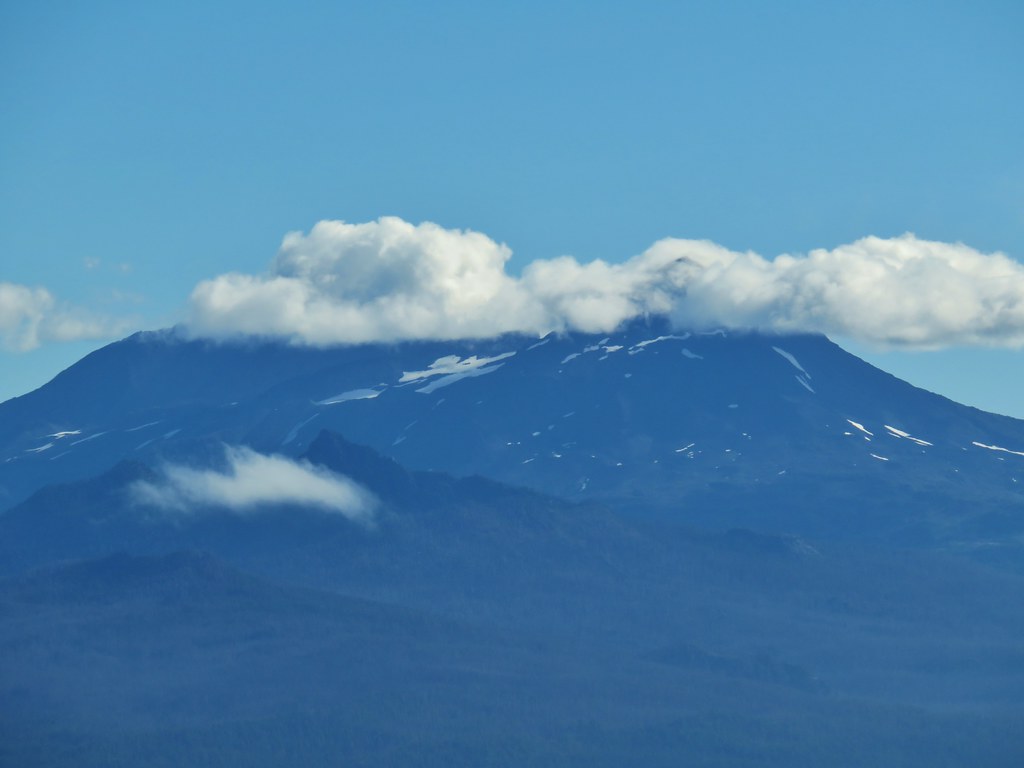 Middle and North Sister behind The Husband
Middle and North Sister behind The Husband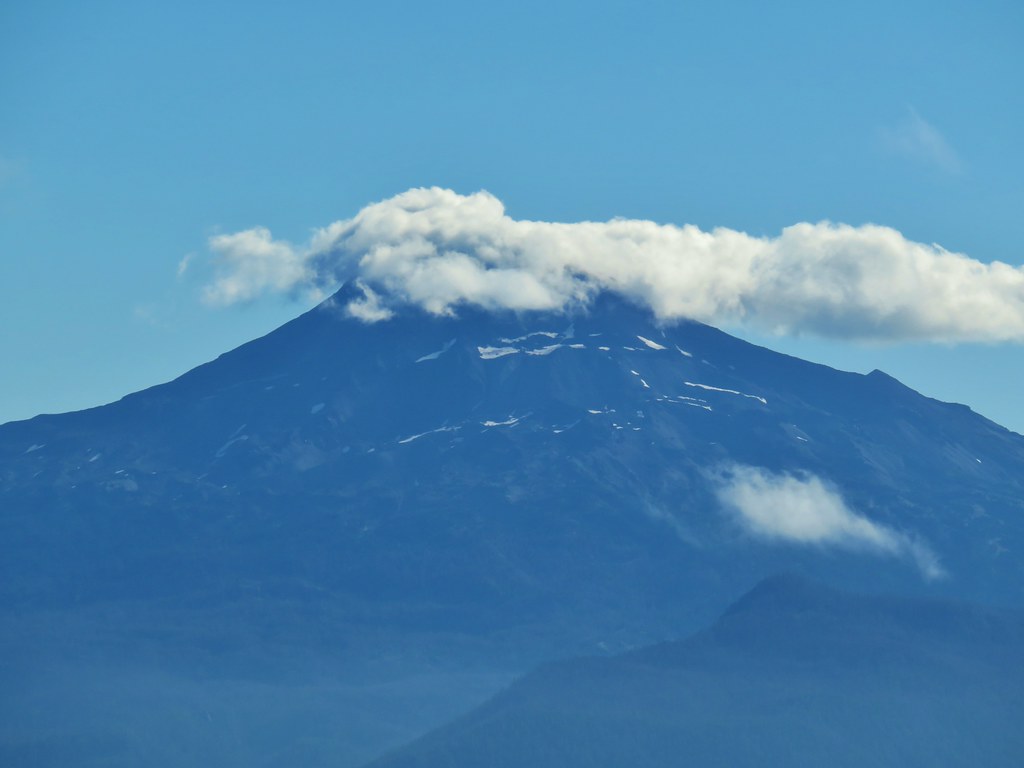 South Sister
South Sister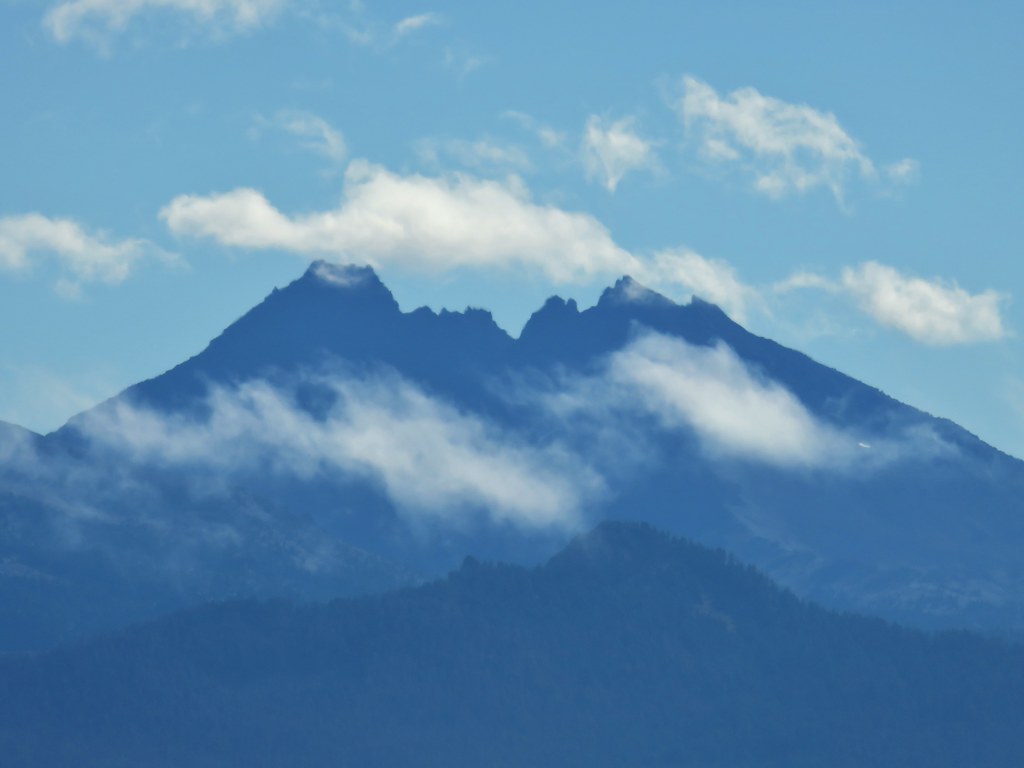 Broken Top
Broken Top
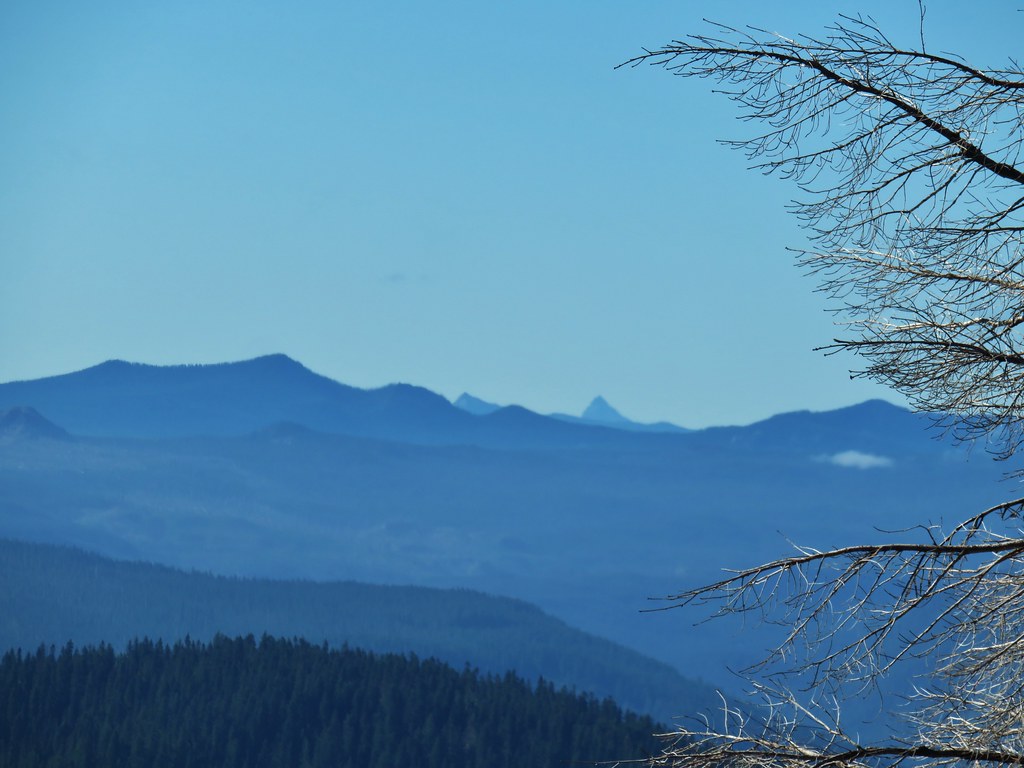 Cowhorn Mountain and Mt. Thielsen
Cowhorn Mountain and Mt. Thielsen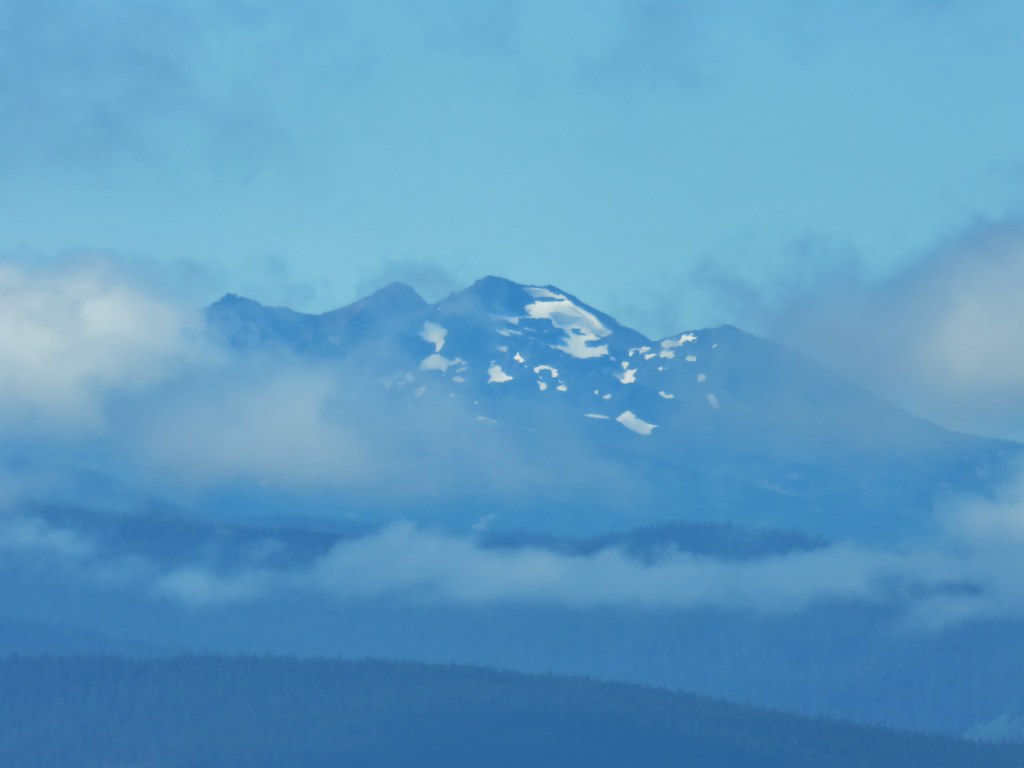 Diamond Peak
Diamond Peak Lowder Mountain to the left of the tree in the foreground.
Lowder Mountain to the left of the tree in the foreground. Lowder Mountain
Lowder Mountain



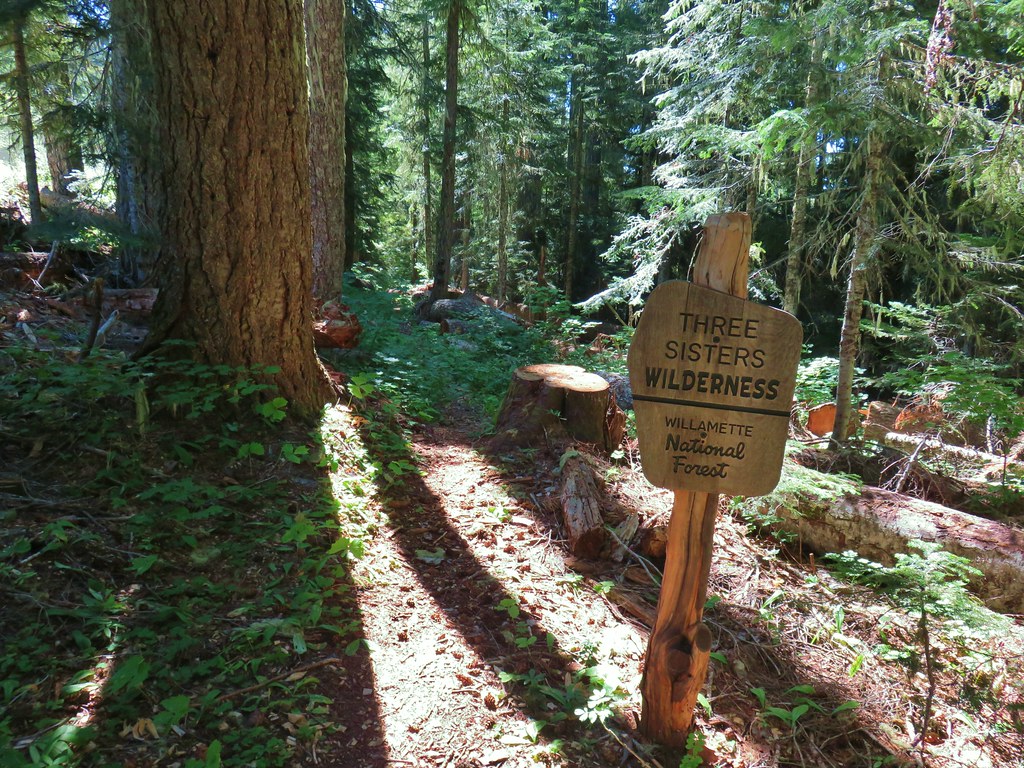




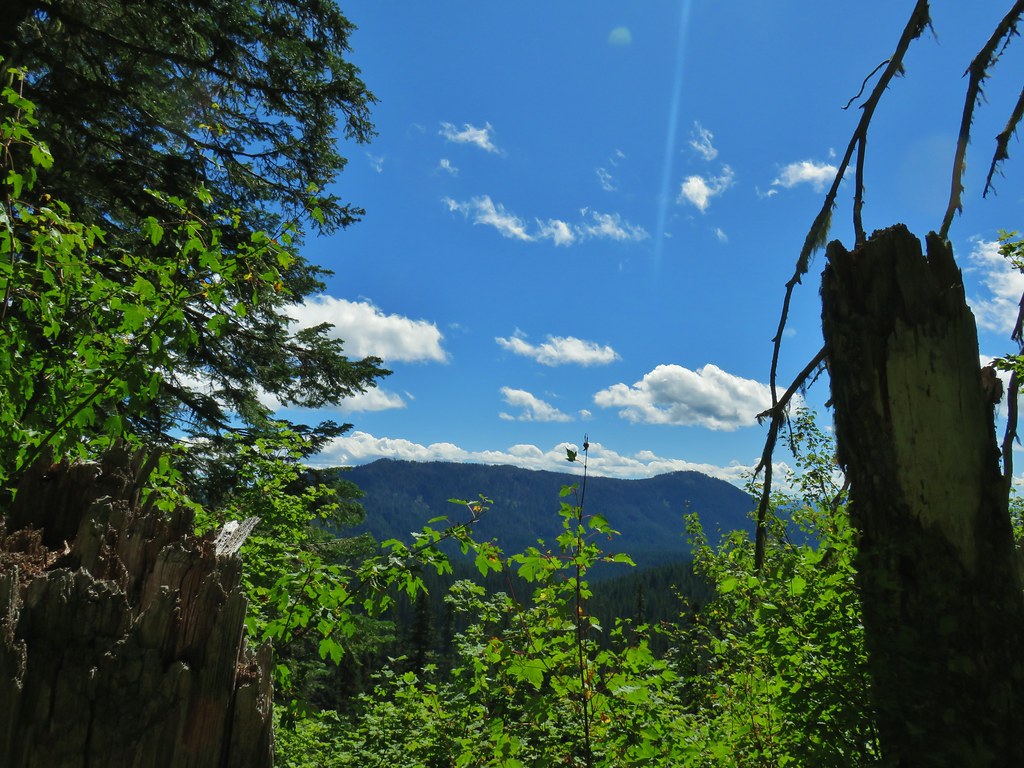

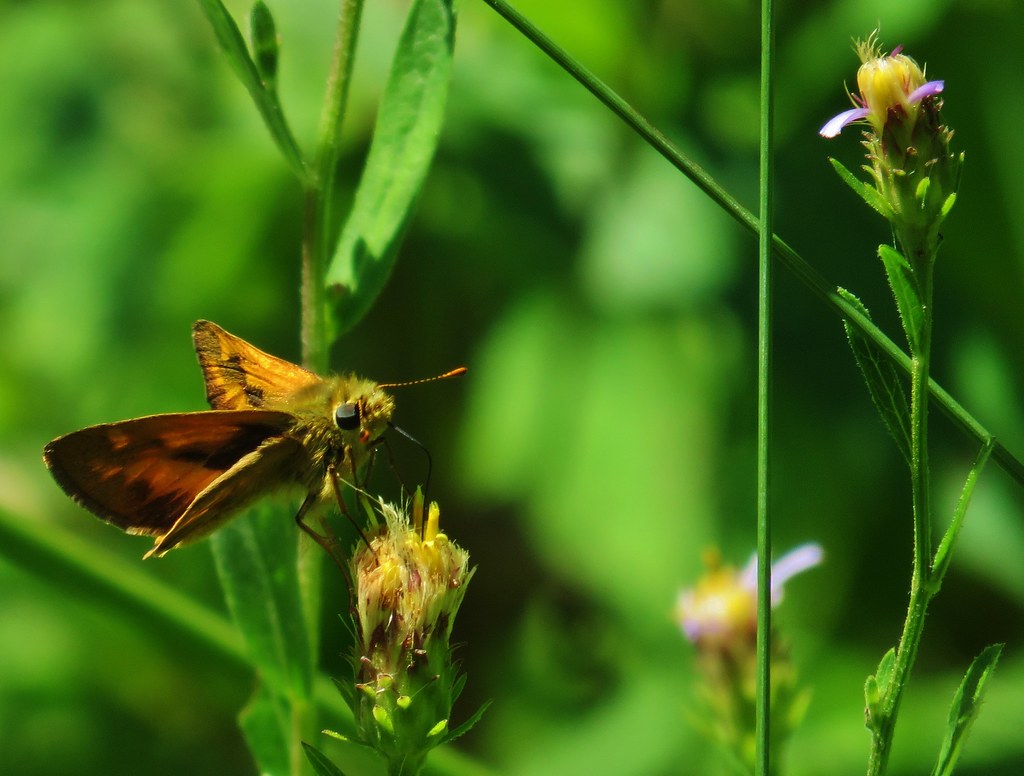 Skipper
Skipper This reminded us of a torture device.
This reminded us of a torture device.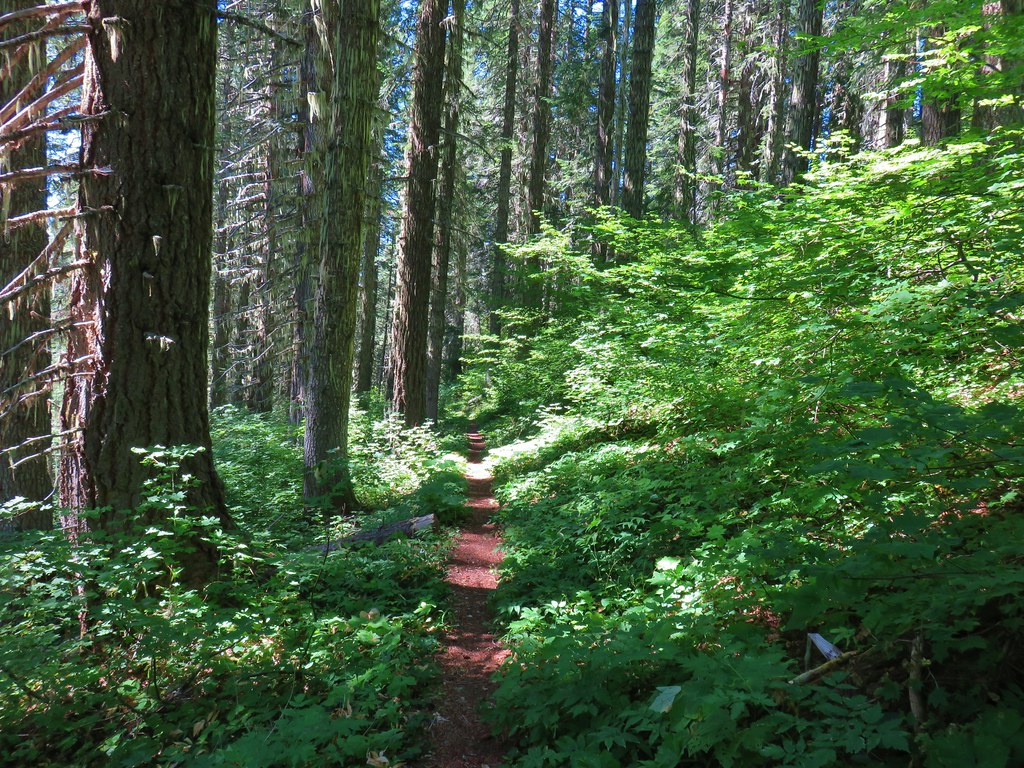

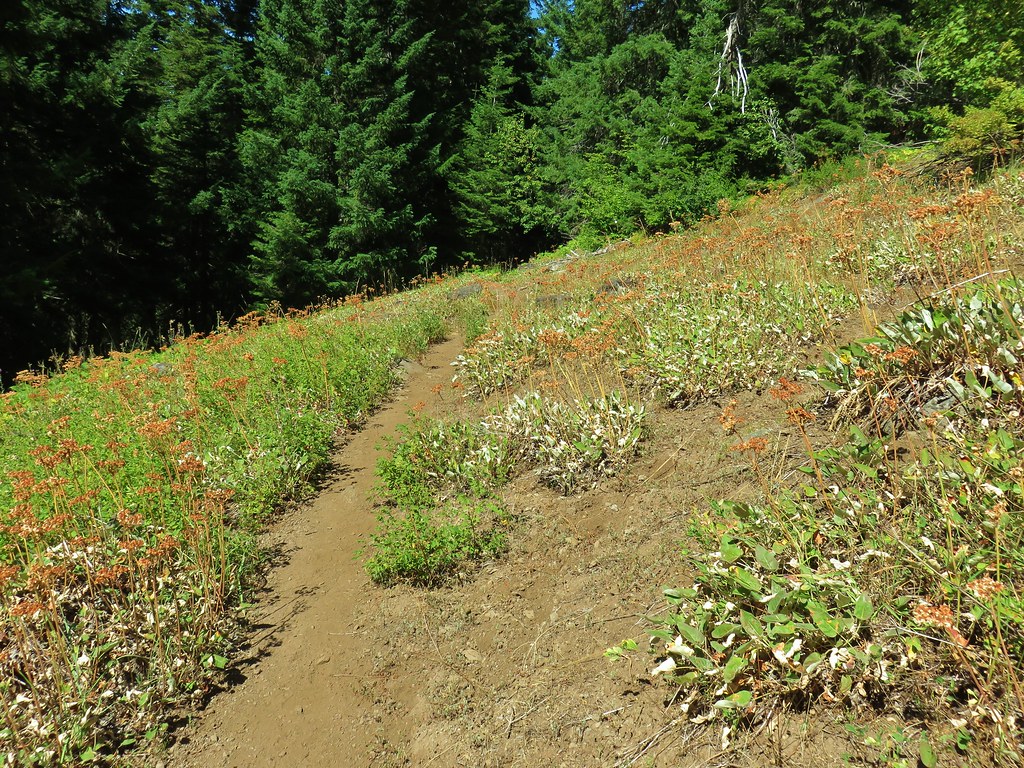 This meadow had a lot of buckwheat.
This meadow had a lot of buckwheat.
 Olallie Mountain again.
Olallie Mountain again. The lookout tower on Olallie Mountain
The lookout tower on Olallie Mountain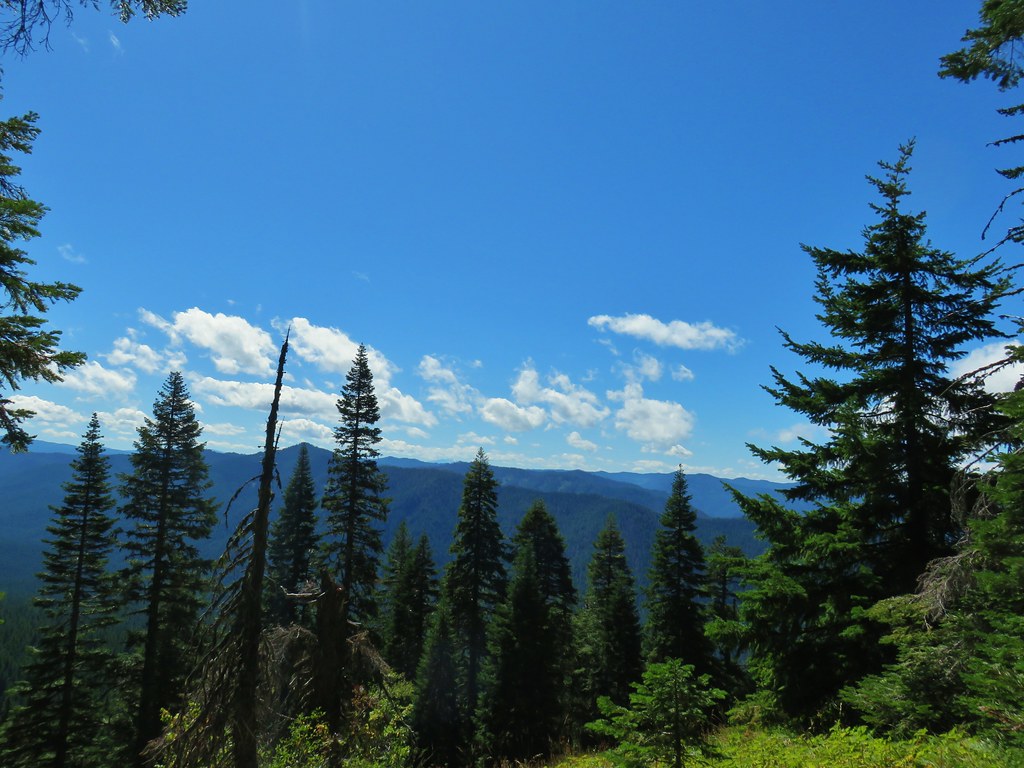 Diamond Peak had shed its cloud cover momentarily.
Diamond Peak had shed its cloud cover momentarily. Diamond Peak
Diamond Peak
 Pollinators got to pollinate.
Pollinators got to pollinate.



 The trail heading up through some thimbleberry.
The trail heading up through some thimbleberry. Butterfly
Butterfly Another skipper
Another skipper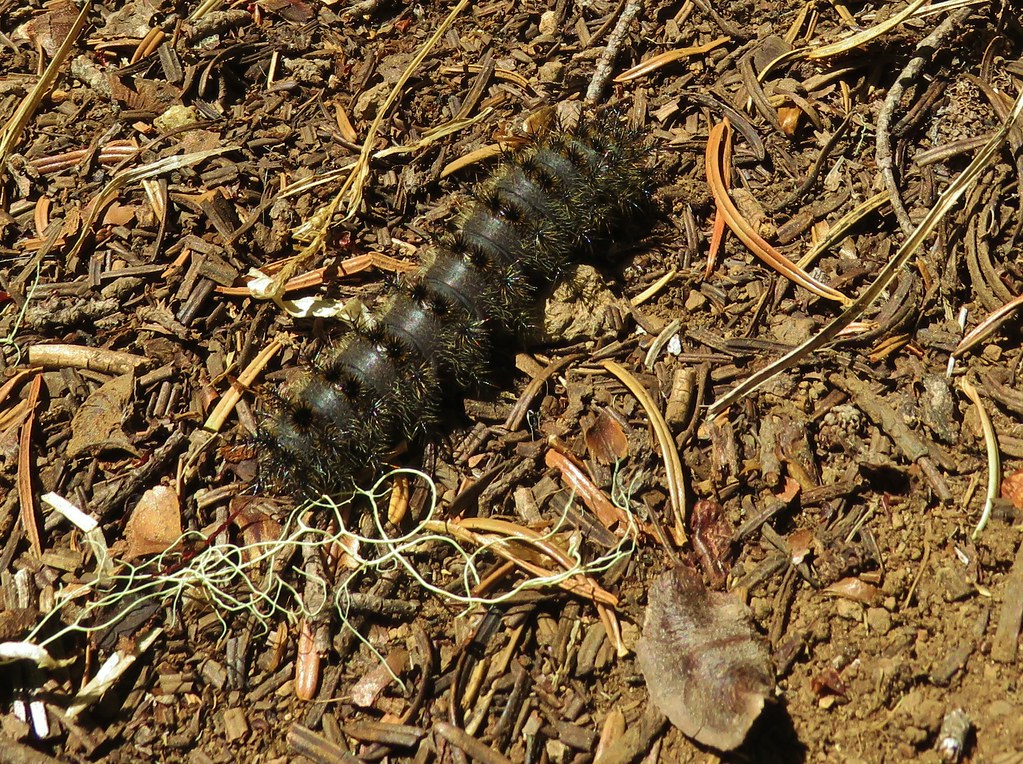 This guy was the size of my pinky.
This guy was the size of my pinky. A few scarlet gilia still in bloom.
A few scarlet gilia still in bloom. Pearly everlasting at the edge of the large meadow.
Pearly everlasting at the edge of the large meadow.



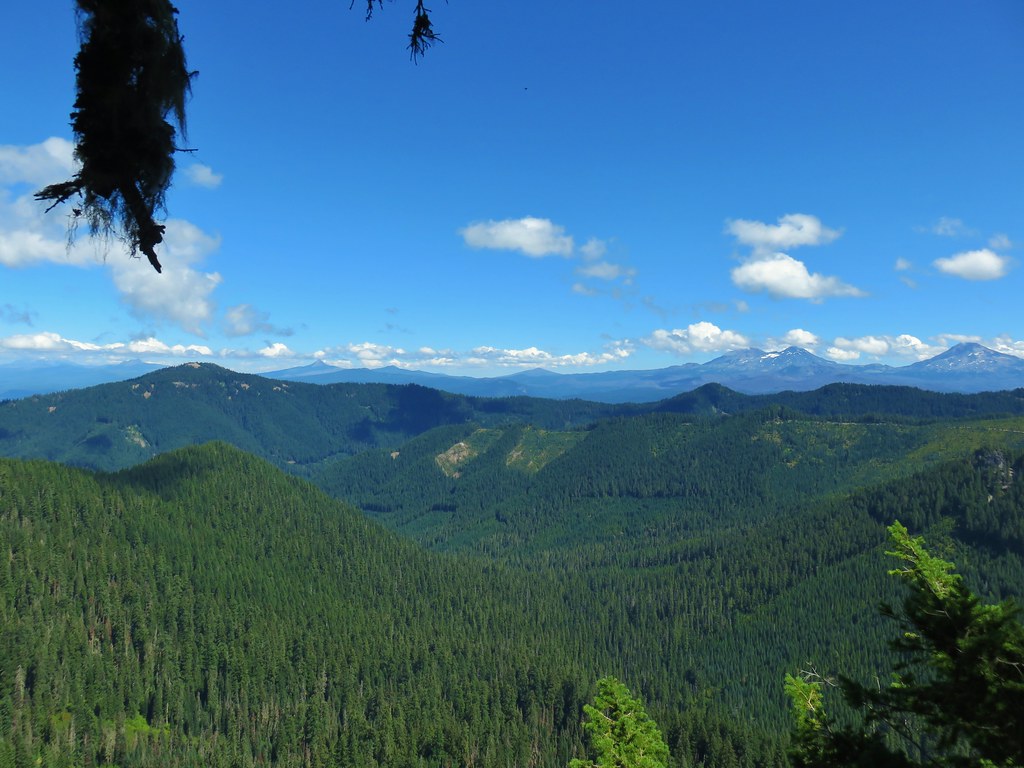
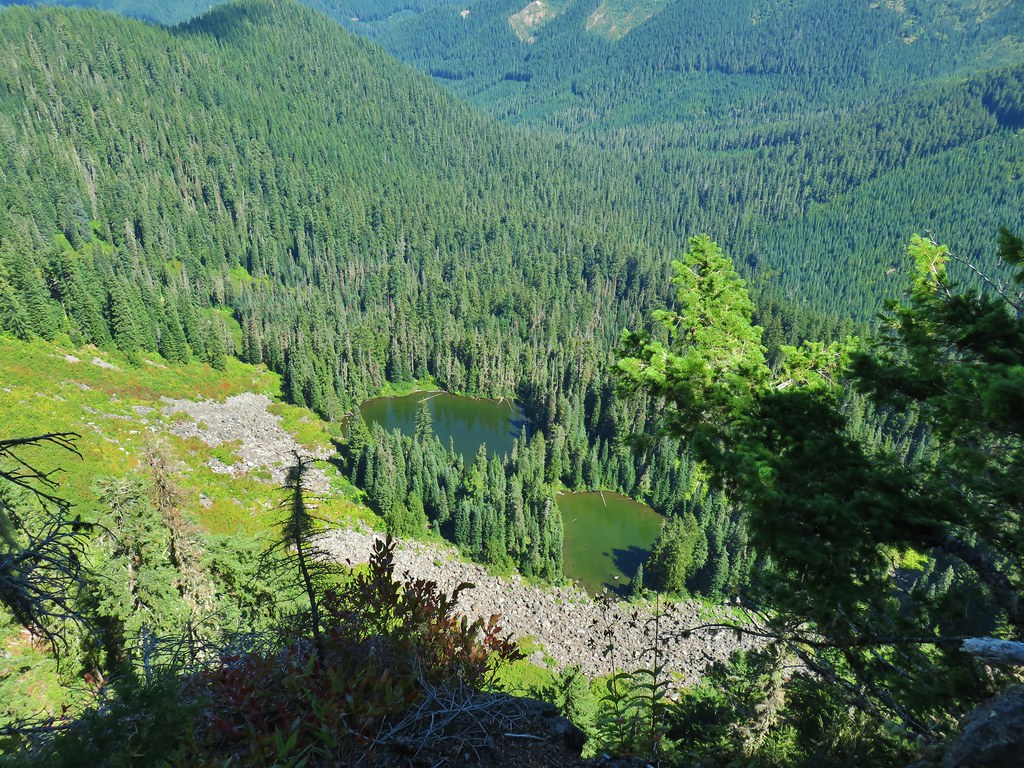 Karl & Ruth Lakes
Karl & Ruth Lakes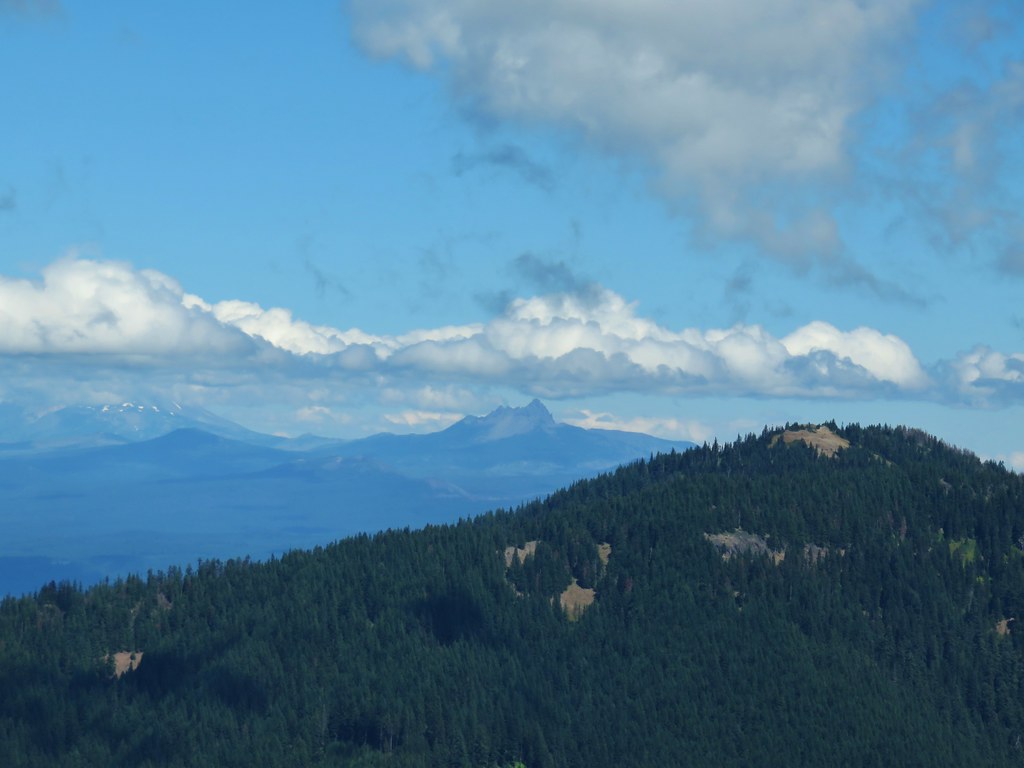 Mt. Jefferson and Three Fingered Jack with Horsepasture Mountain (
Mt. Jefferson and Three Fingered Jack with Horsepasture Mountain ( Mt. Washington
Mt. Washington North and Middle Sister
North and Middle Sister South Sister and Broken Top
South Sister and Broken Top

 Mt. Bachelor
Mt. Bachelor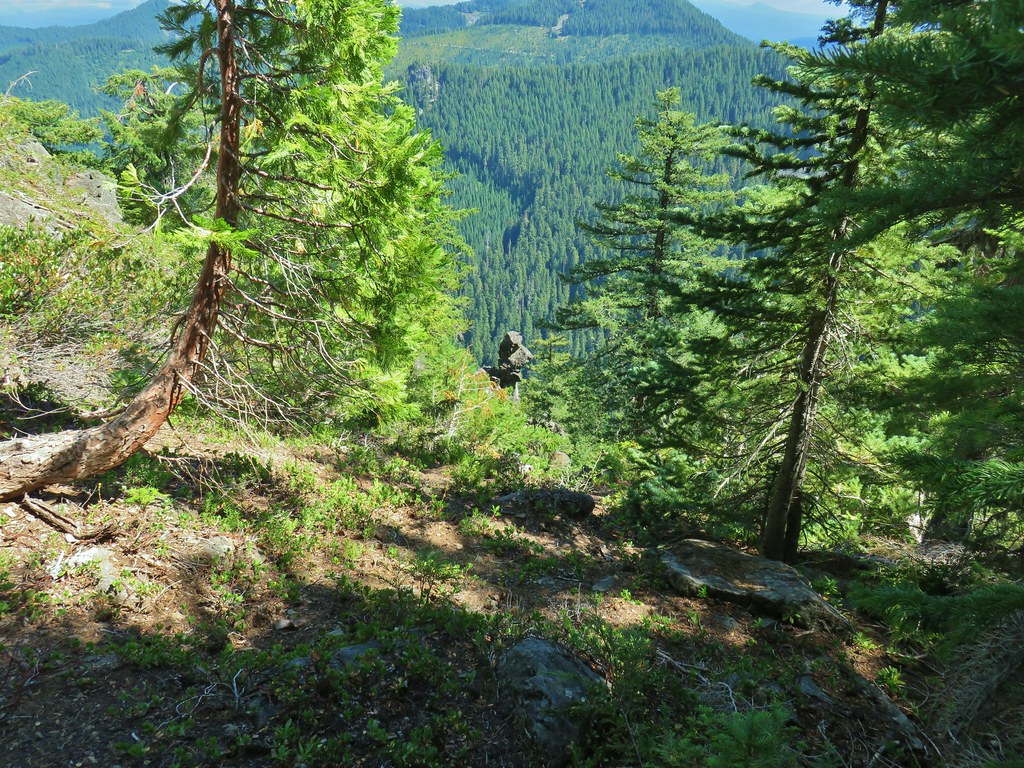

 Butterfly with a small crab spider on the next flower head to the right.
Butterfly with a small crab spider on the next flower head to the right.



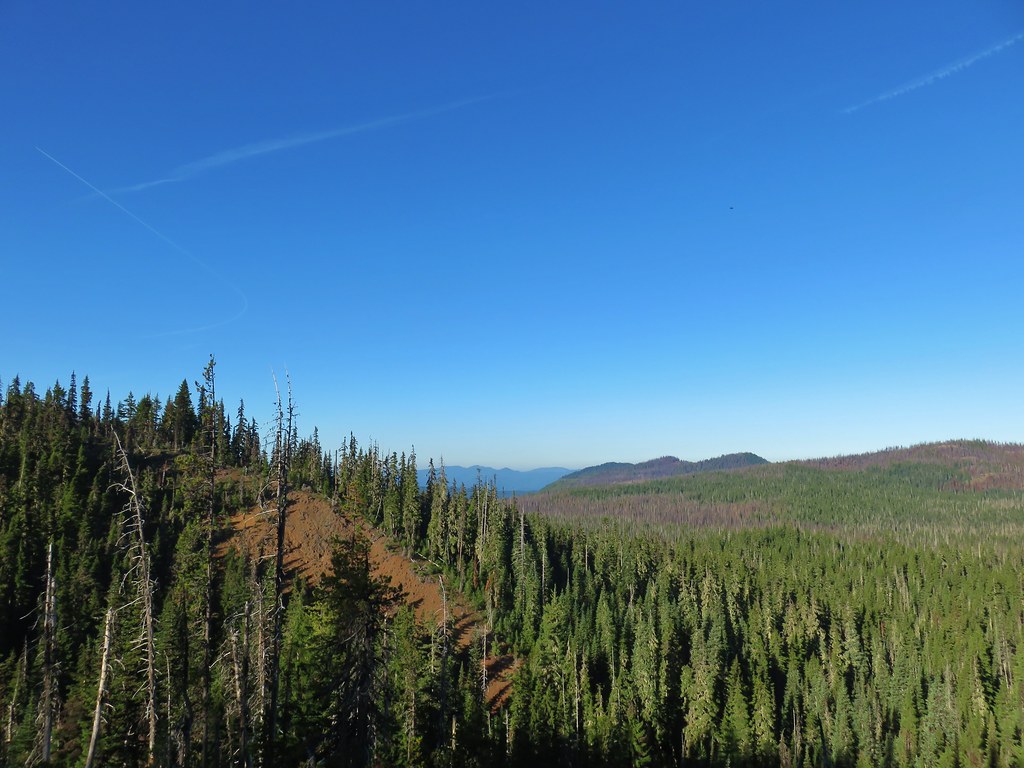

 Pinesap
Pinesap
 A very blurry deer spotted through the trees.
A very blurry deer spotted through the trees.
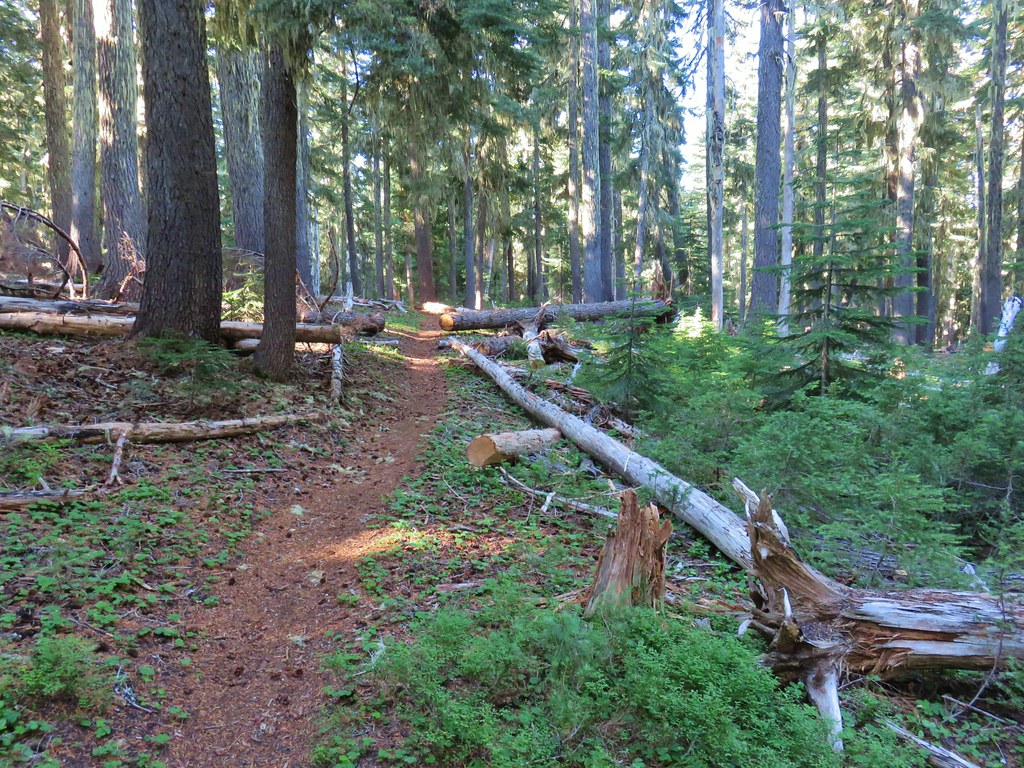

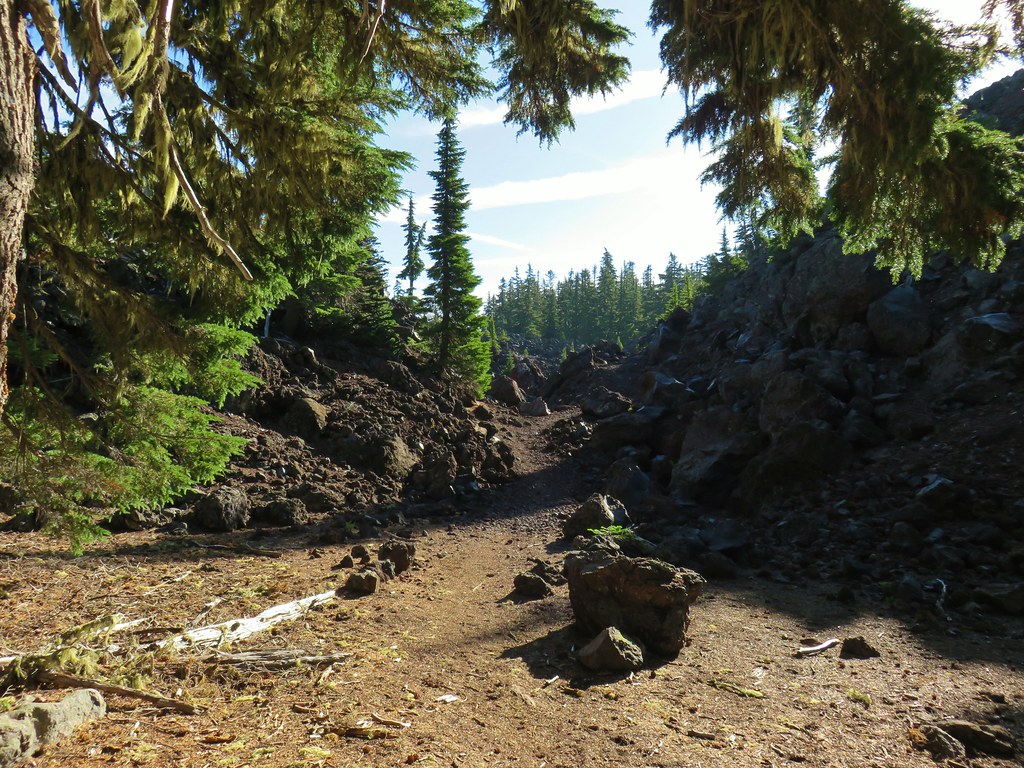
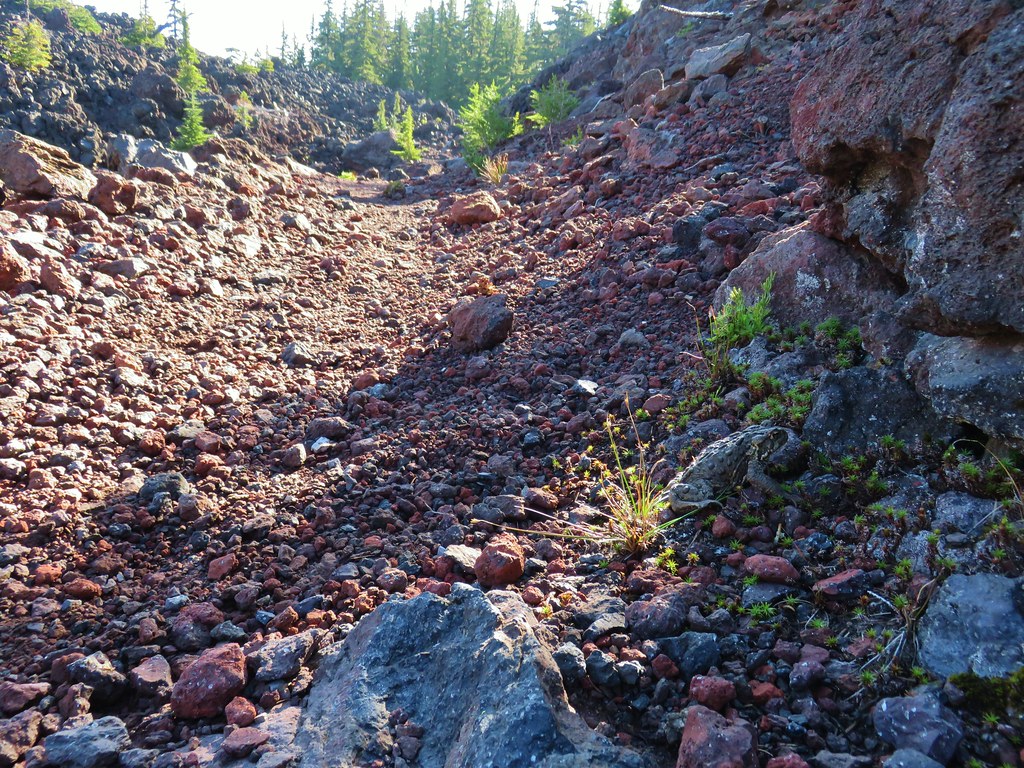
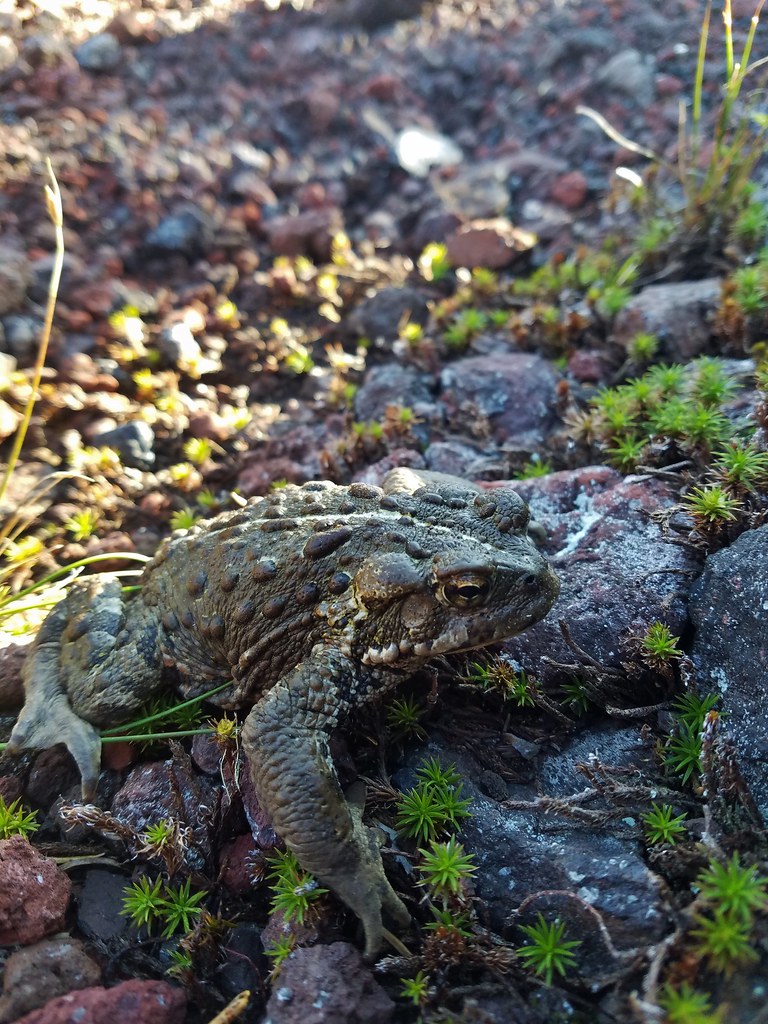


 North Sister
North Sister Middle Sister
Middle Sister More spies watching us.
More spies watching us.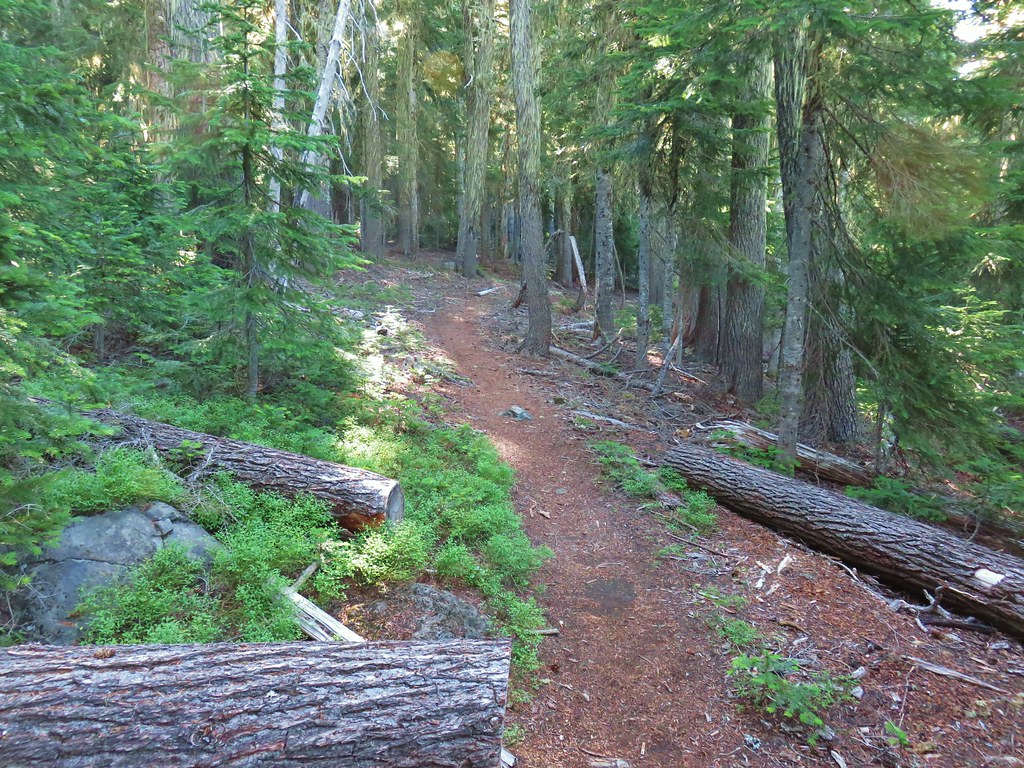


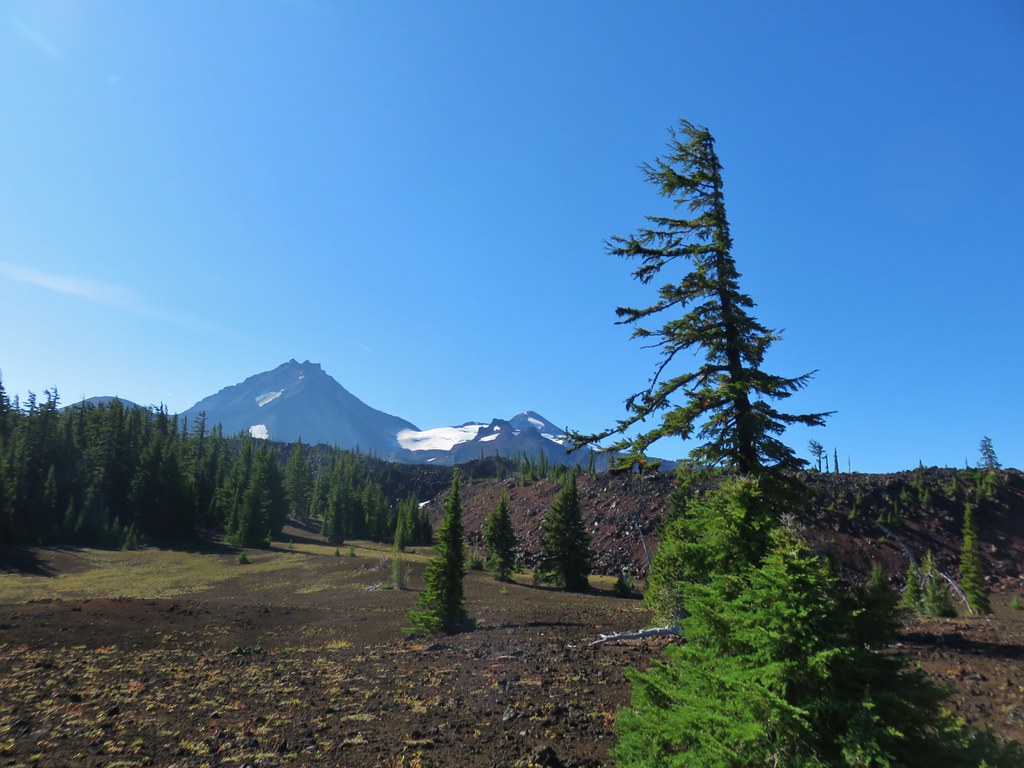 North and Middle Sister behind the Little Brother.
North and Middle Sister behind the Little Brother.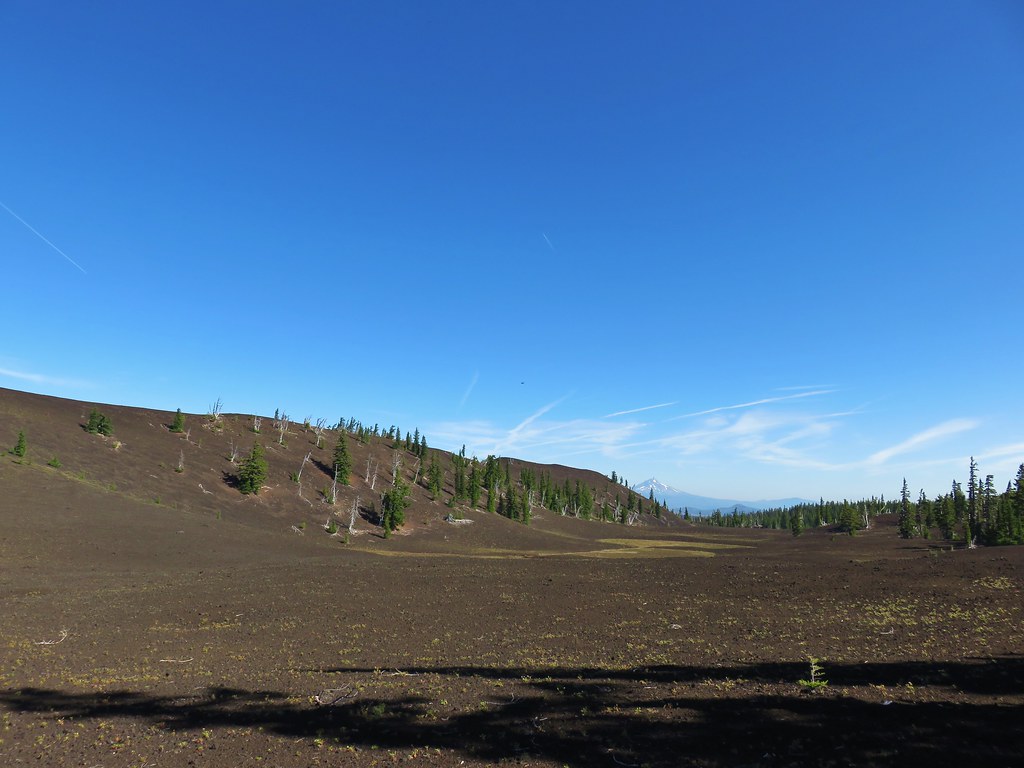 Mt. Jefferson beyond Four-In-One Cone
Mt. Jefferson beyond Four-In-One Cone Mt. Hood over the right shoulder of Mt. Jefferson.
Mt. Hood over the right shoulder of Mt. Jefferson.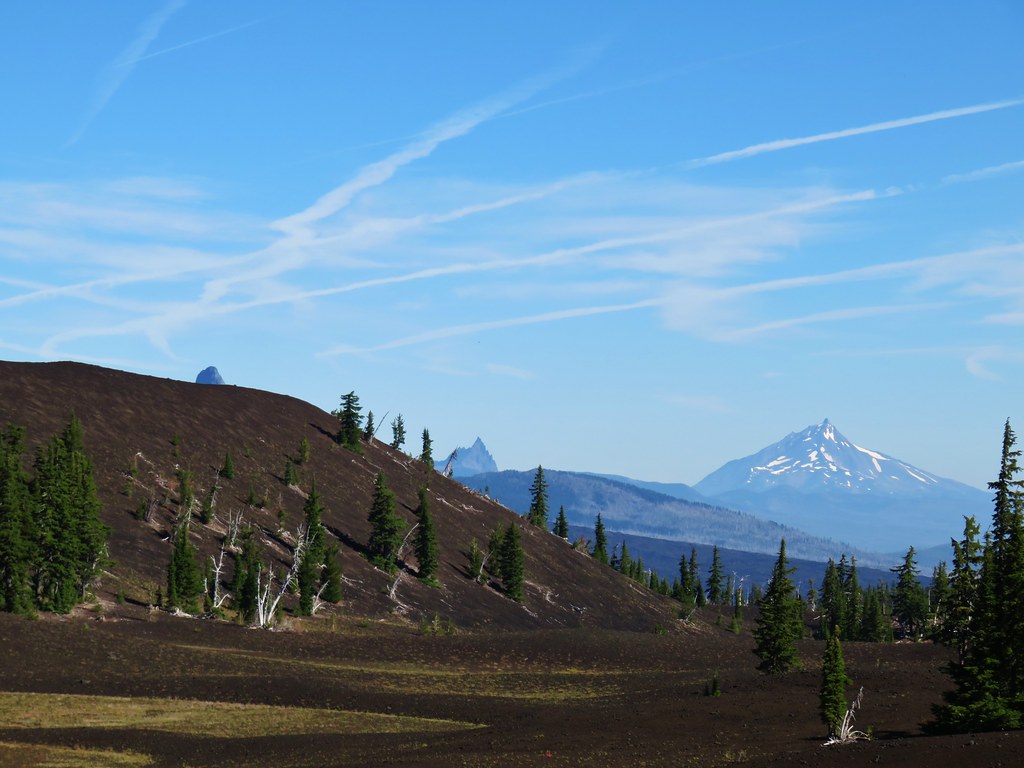 Mt. Washington’s spire behind the cone with Three Fingered Jack and Mt. Jefferson.
Mt. Washington’s spire behind the cone with Three Fingered Jack and Mt. Jefferson.
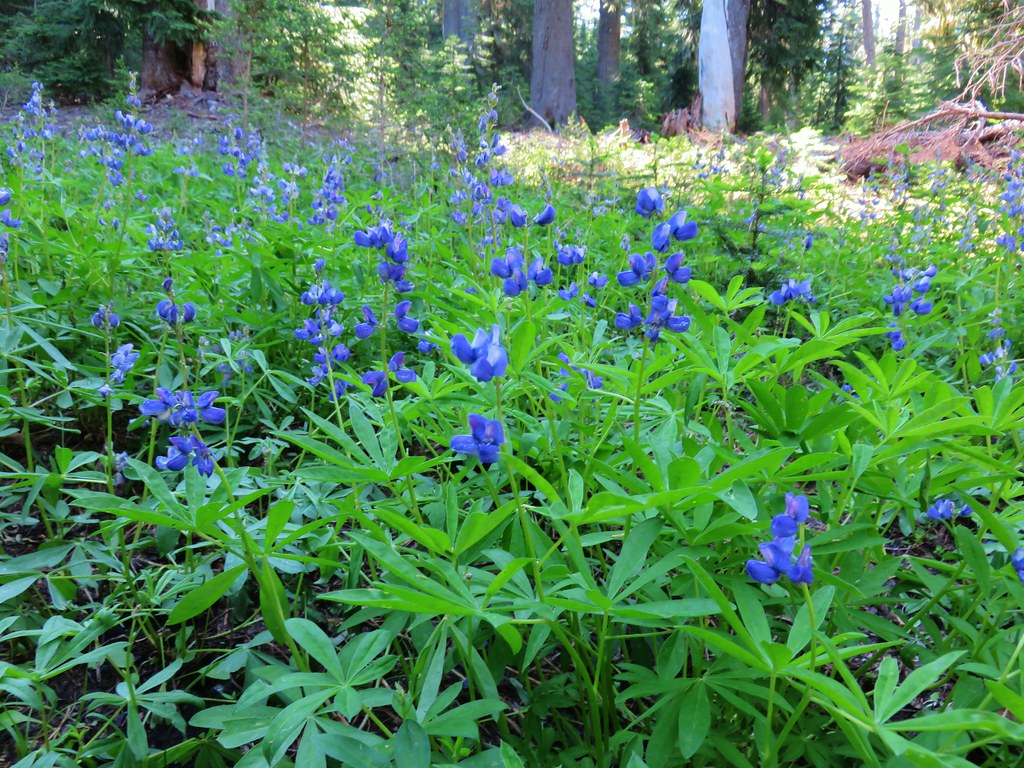
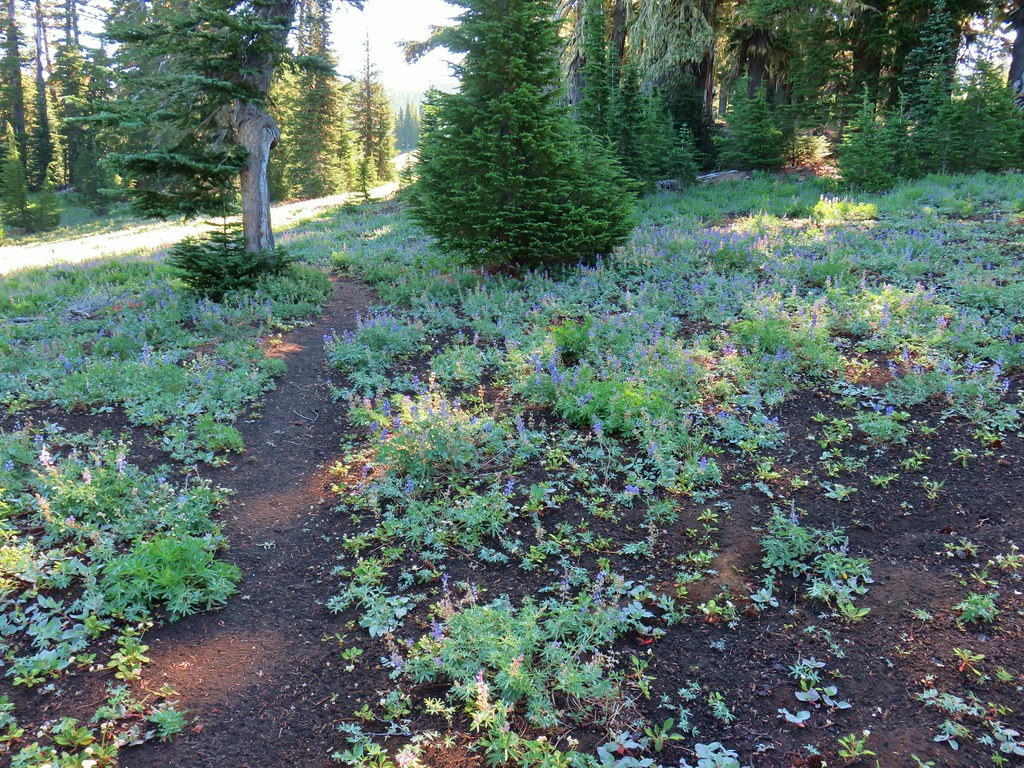

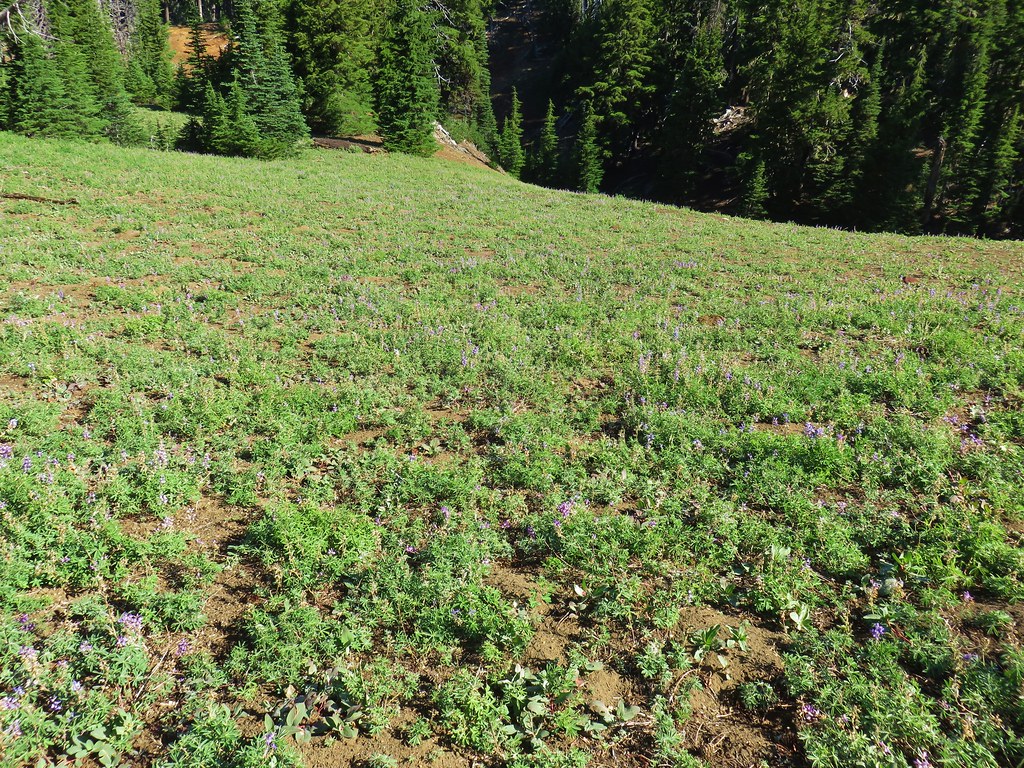
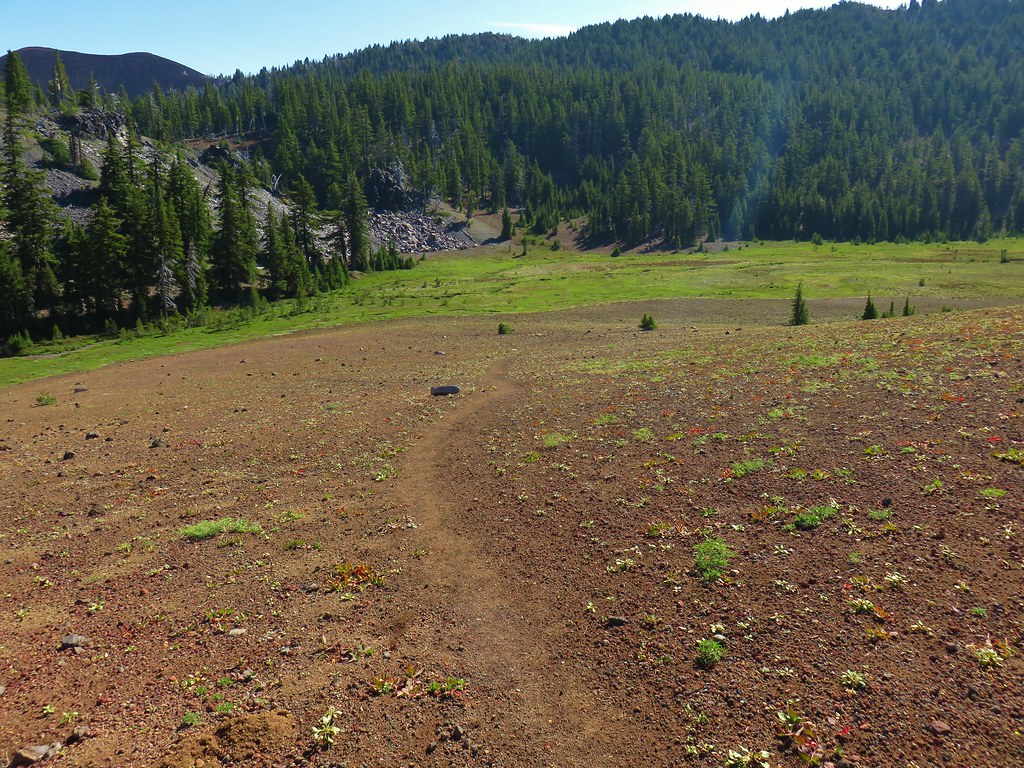 Scott Meadow
Scott Meadow
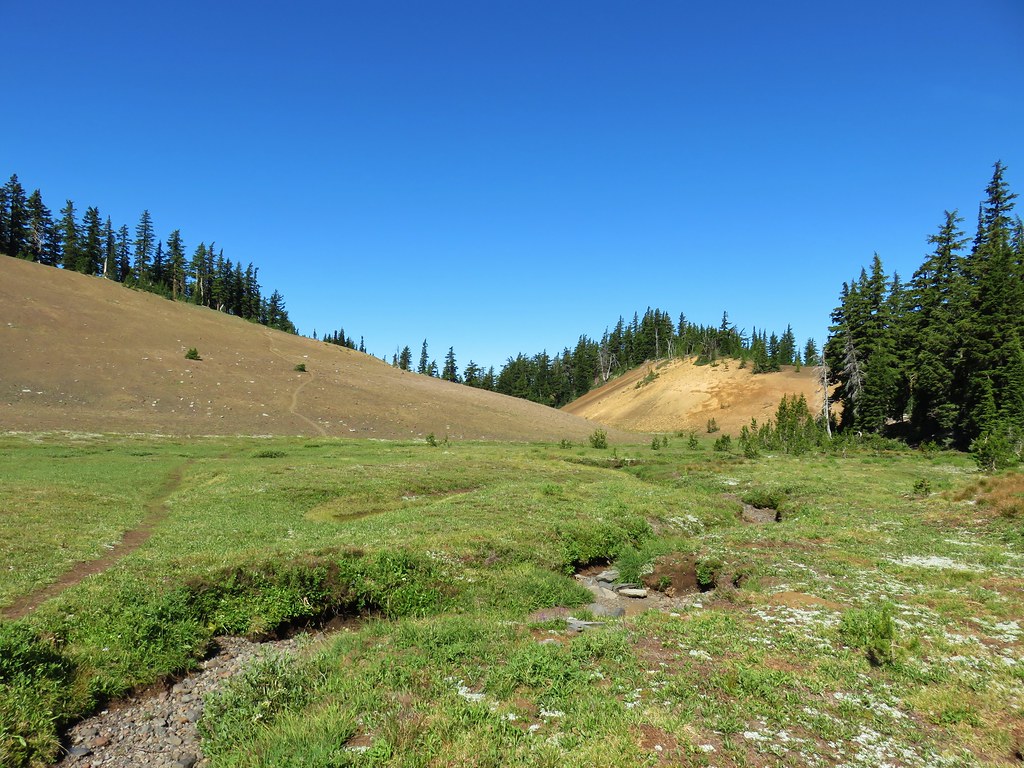


 North Sister, Middle Sisters behind Little Brother and The Husband.
North Sister, Middle Sisters behind Little Brother and The Husband.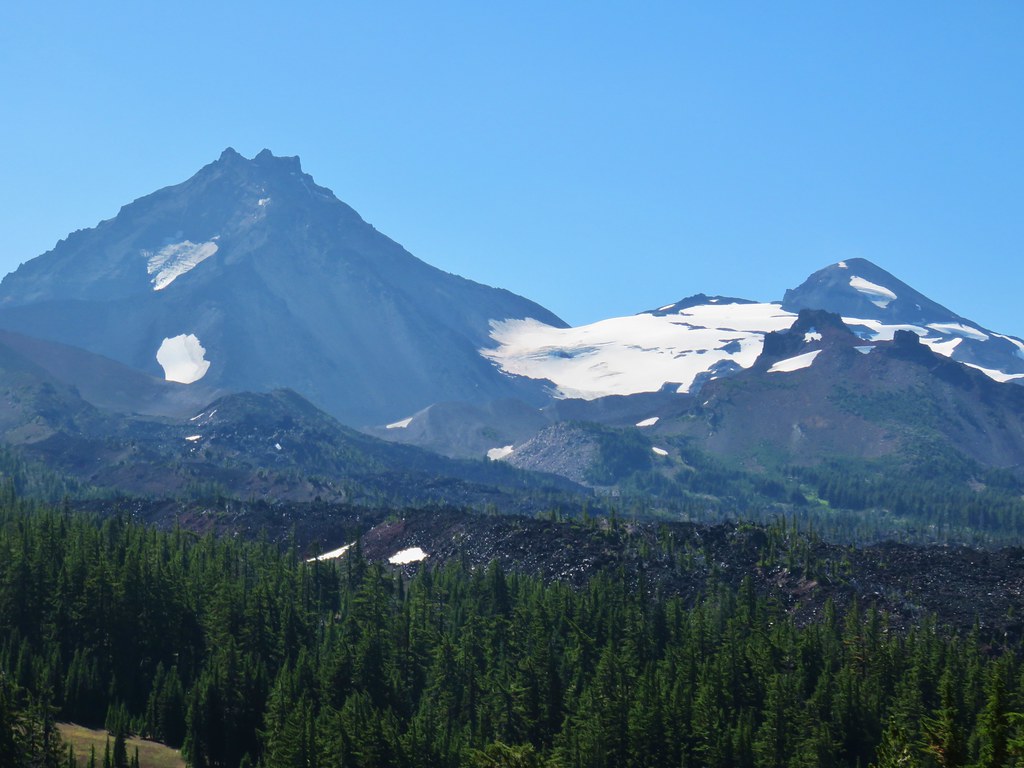 North Sister with Collier Cone in front and South Sister behind Little Brother.
North Sister with Collier Cone in front and South Sister behind Little Brother.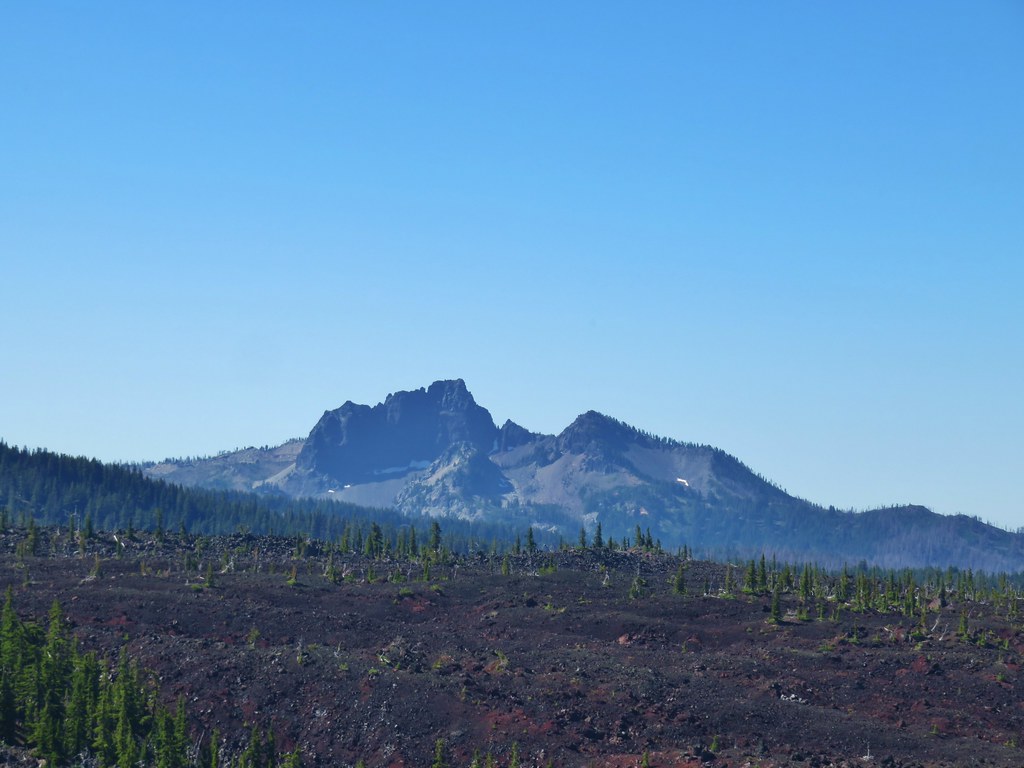 The Husband
The Husband Scott Mountain (
Scott Mountain ( One of the craters.
One of the craters. Mt. Washington, Three Fingered Jack, Mt. Jefferson, Mt. Hood, and Black Crater (
Mt. Washington, Three Fingered Jack, Mt. Jefferson, Mt. Hood, and Black Crater ( Looking back south.
Looking back south. Belknap Crater (
Belknap Crater ( Mt. Washington beyond Little Belknap Crater with Three Fingered Jack behind.
Mt. Washington beyond Little Belknap Crater with Three Fingered Jack behind. Mt. Jefferson and Mt. Hood
Mt. Jefferson and Mt. Hood
 Middle and North Sister
Middle and North Sister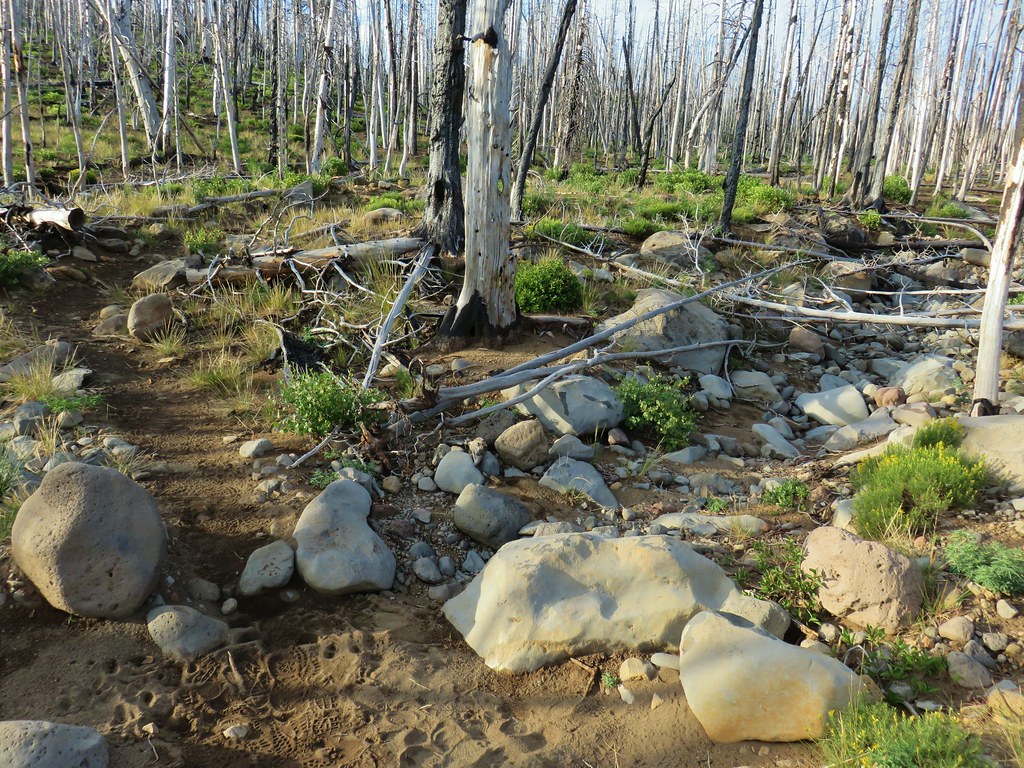 Dry bed of Pole Creek.
Dry bed of Pole Creek.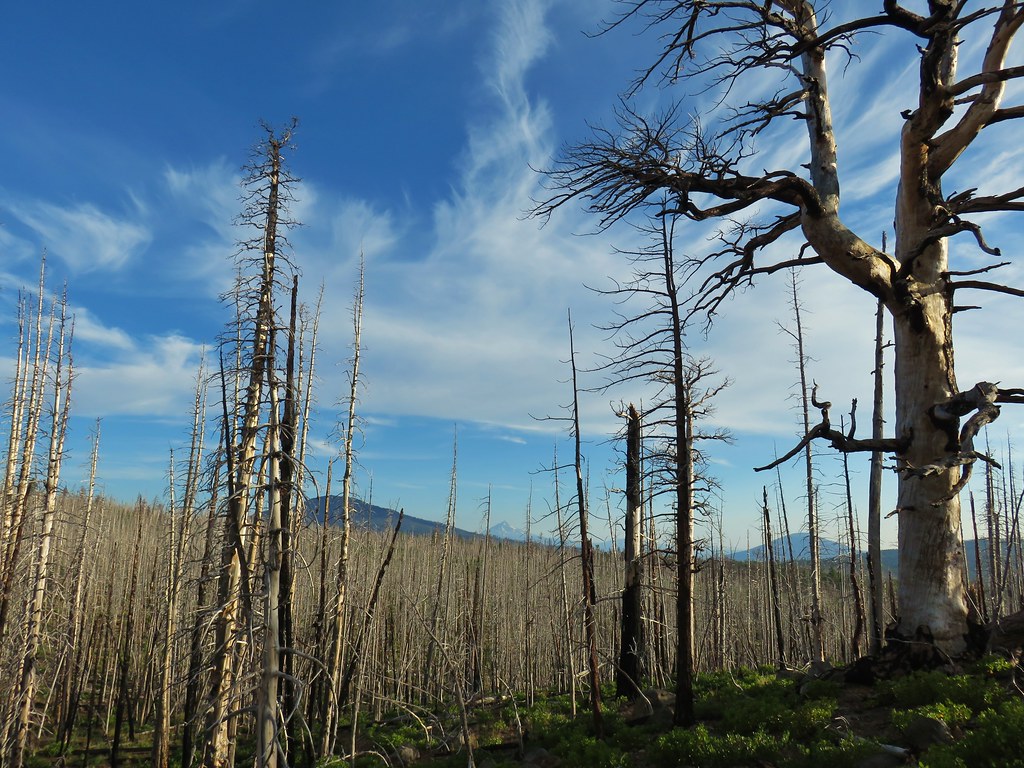 Black Crater, Mt. Jefferson, and Black Butte to the north.
Black Crater, Mt. Jefferson, and Black Butte to the north. Entering the Three Sisters Wilderness.
Entering the Three Sisters Wilderness. A few survivors amid the snags.
A few survivors amid the snags.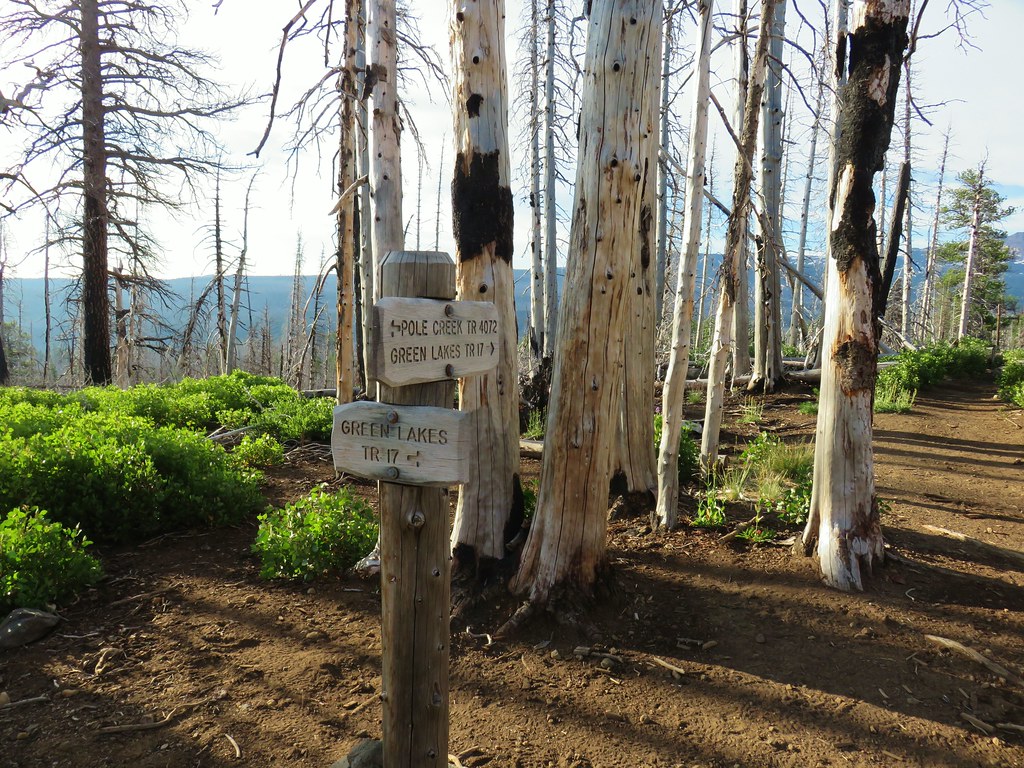 Green Lakes Trail junction.
Green Lakes Trail junction.
 Broken Top and the South Sister
Broken Top and the South Sister
 Monkeyflower along Soap Creek
Monkeyflower along Soap Creek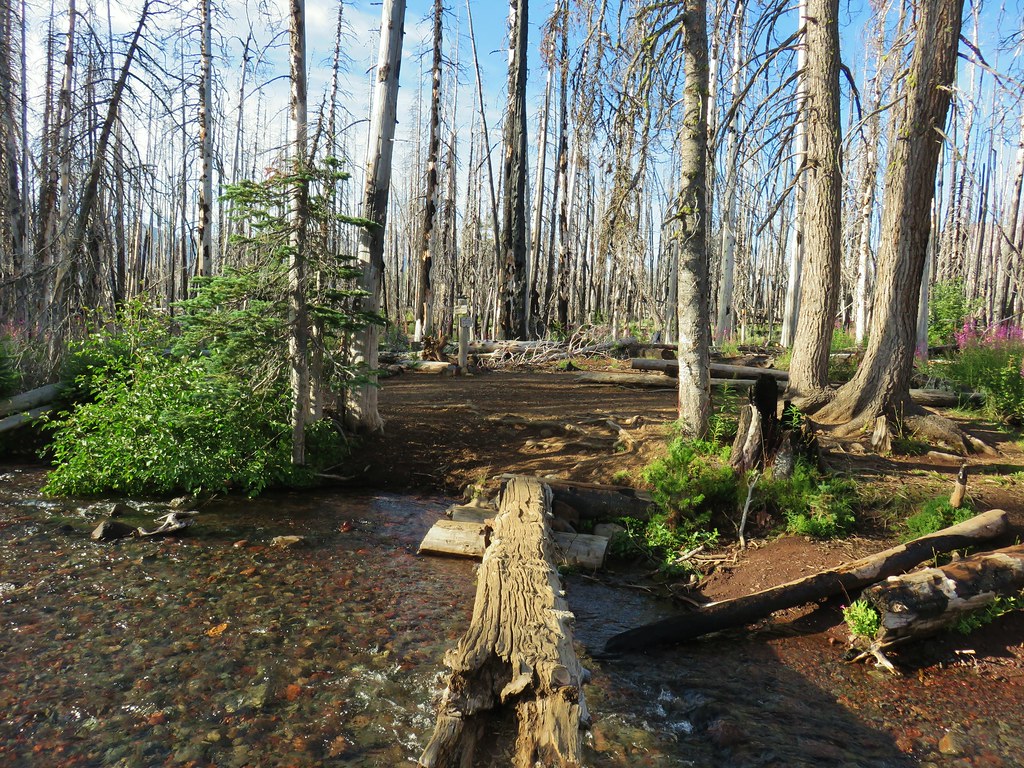
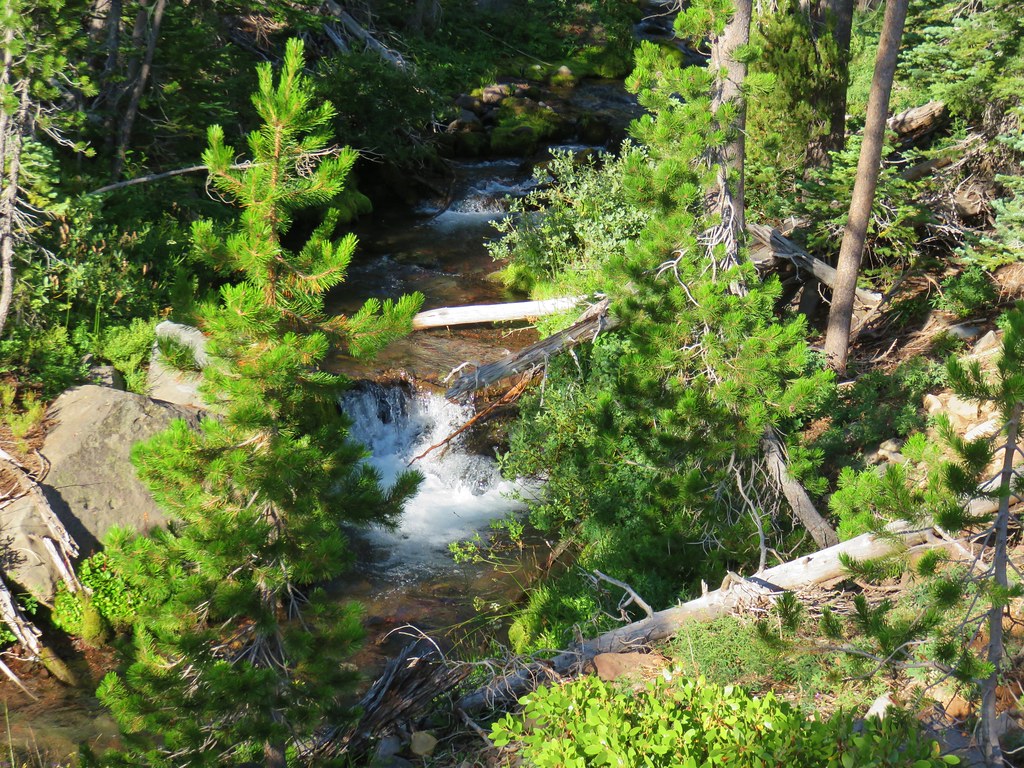 Soap Creek
Soap Creek View of the North Sister that would not have been there pre-fire.
View of the North Sister that would not have been there pre-fire. Soap Creek and the Middle and North Sister
Soap Creek and the Middle and North Sister Monkshood
Monkshood Might be a trail in there, might not.
Might be a trail in there, might not. Decent look at the yellow bulge on North Sister.
Decent look at the yellow bulge on North Sister.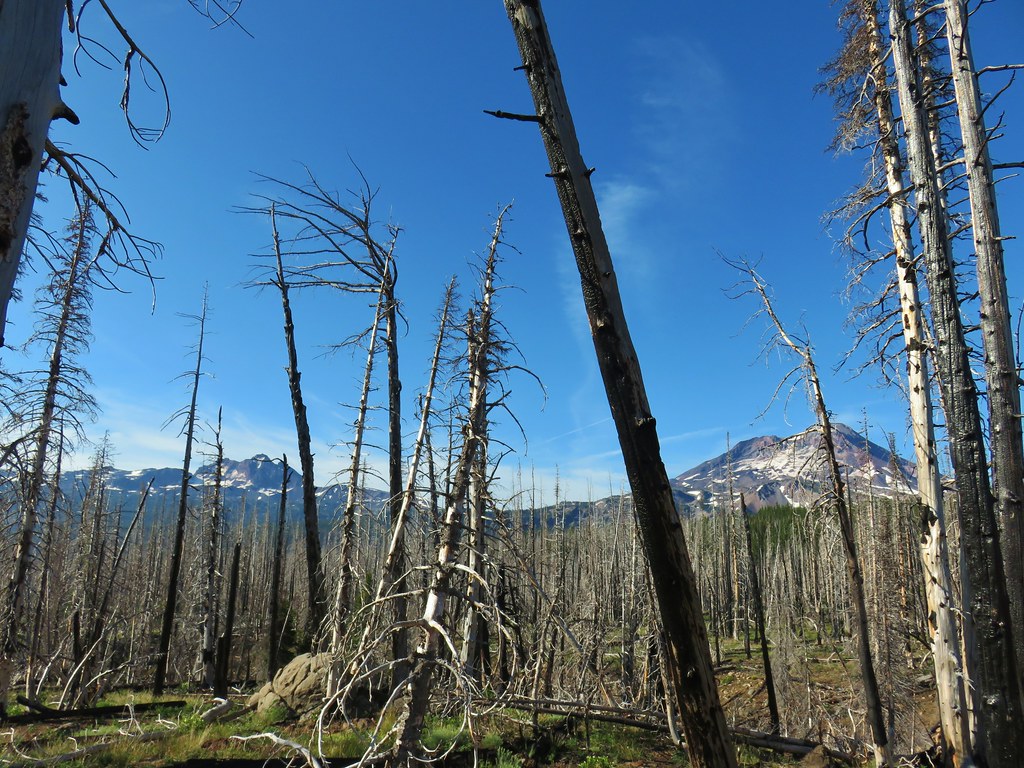 Broken Top and South Sister
Broken Top and South Sister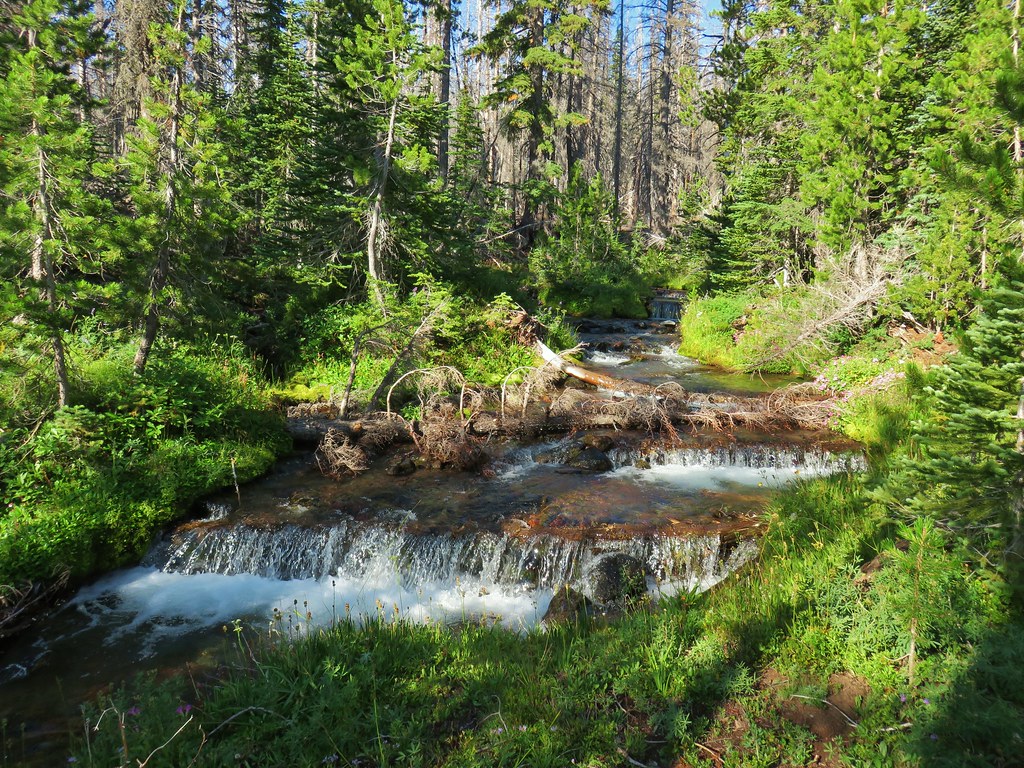 Soap Creek
Soap Creek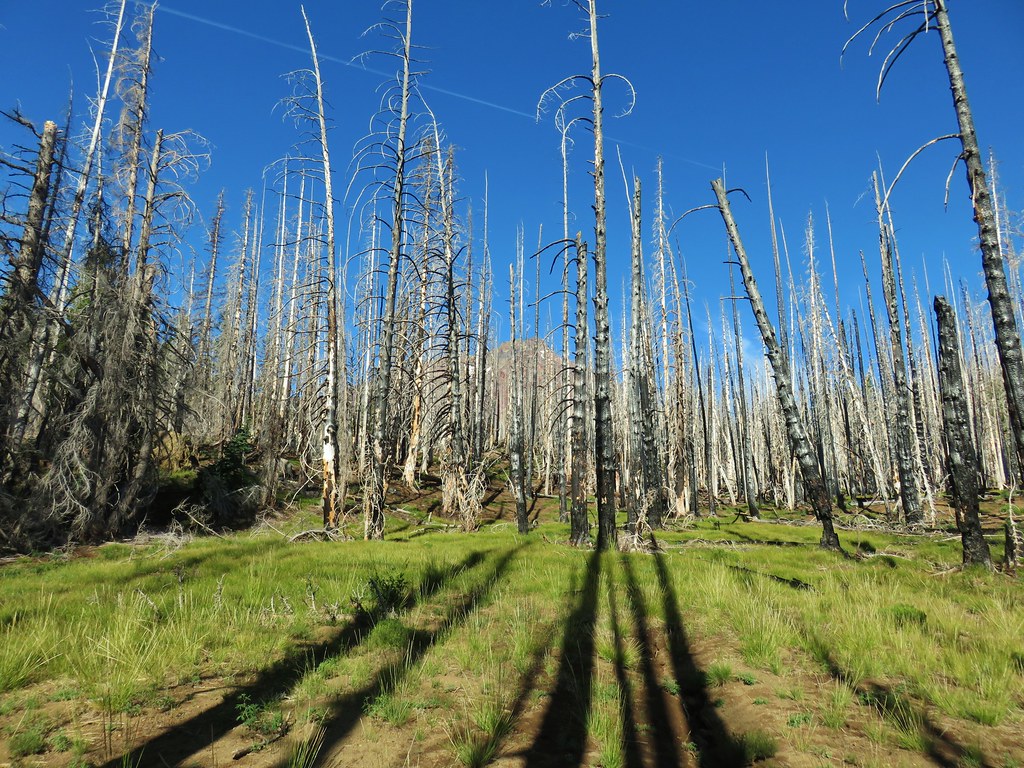 Meadow where there was no discernible trail apparent.
Meadow where there was no discernible trail apparent. Typical cross country obstacles.
Typical cross country obstacles.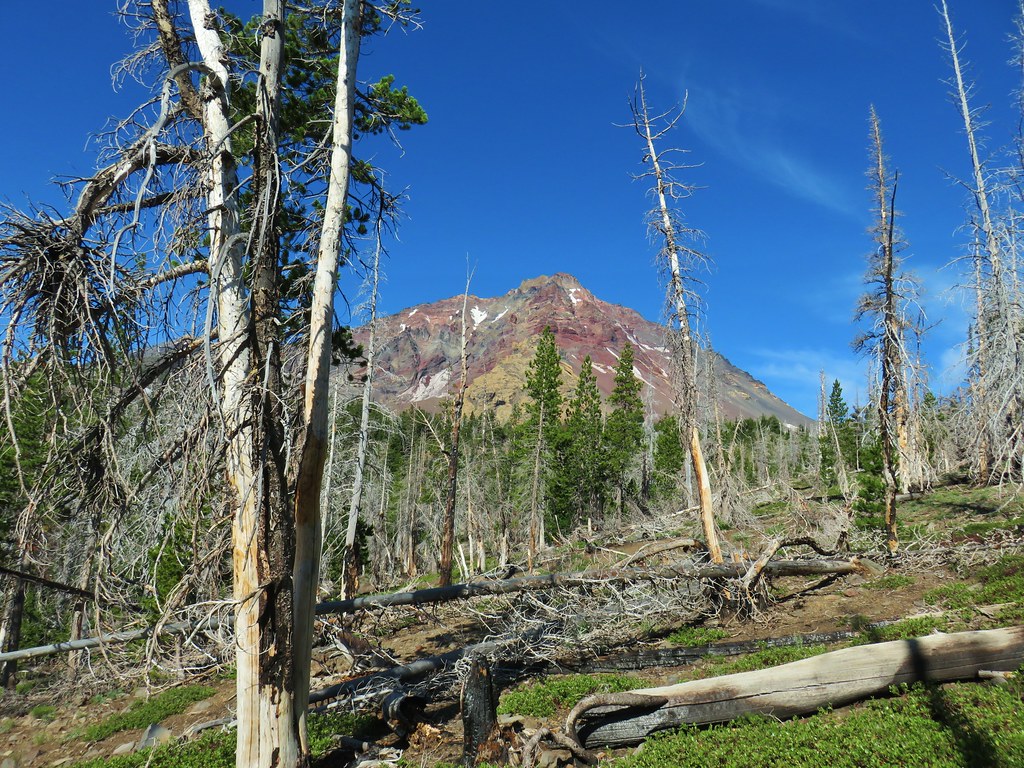
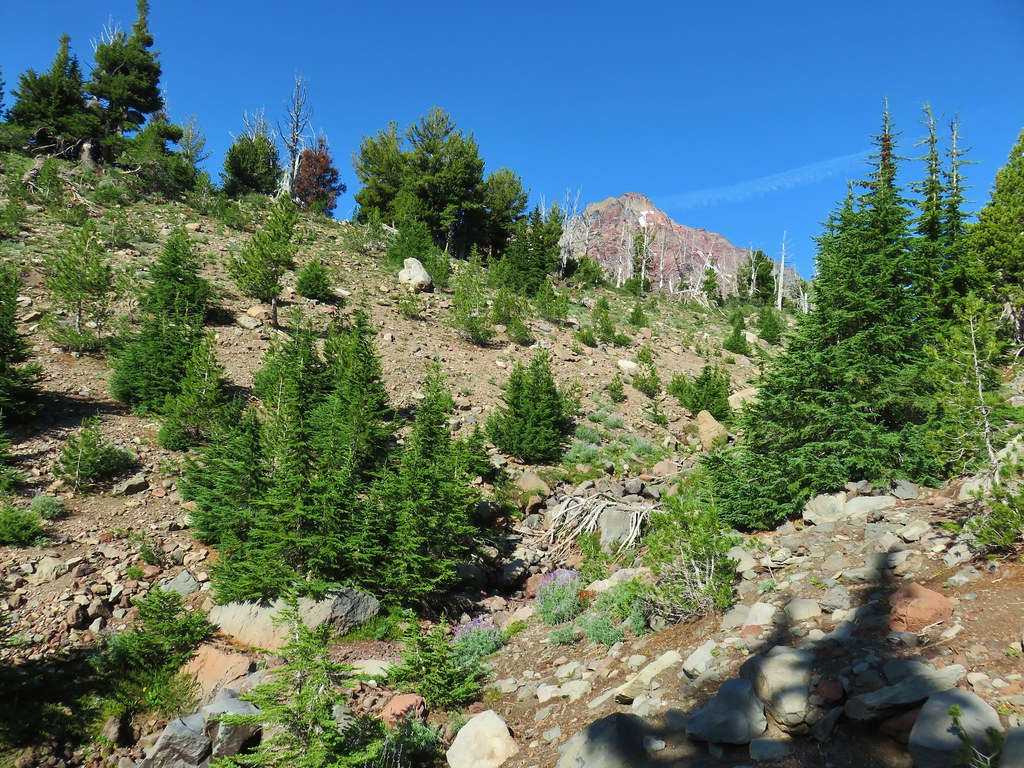
 Dry creekbed.
Dry creekbed. Elephants head
Elephants head The moraine to the left of the bulge.
The moraine to the left of the bulge.
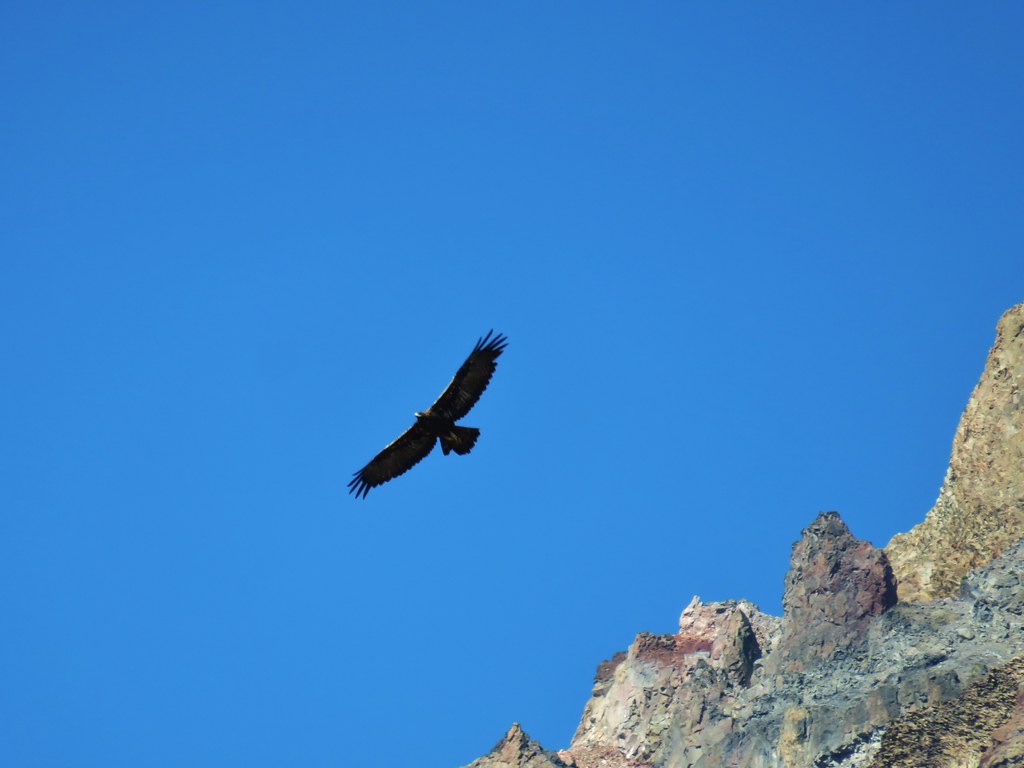
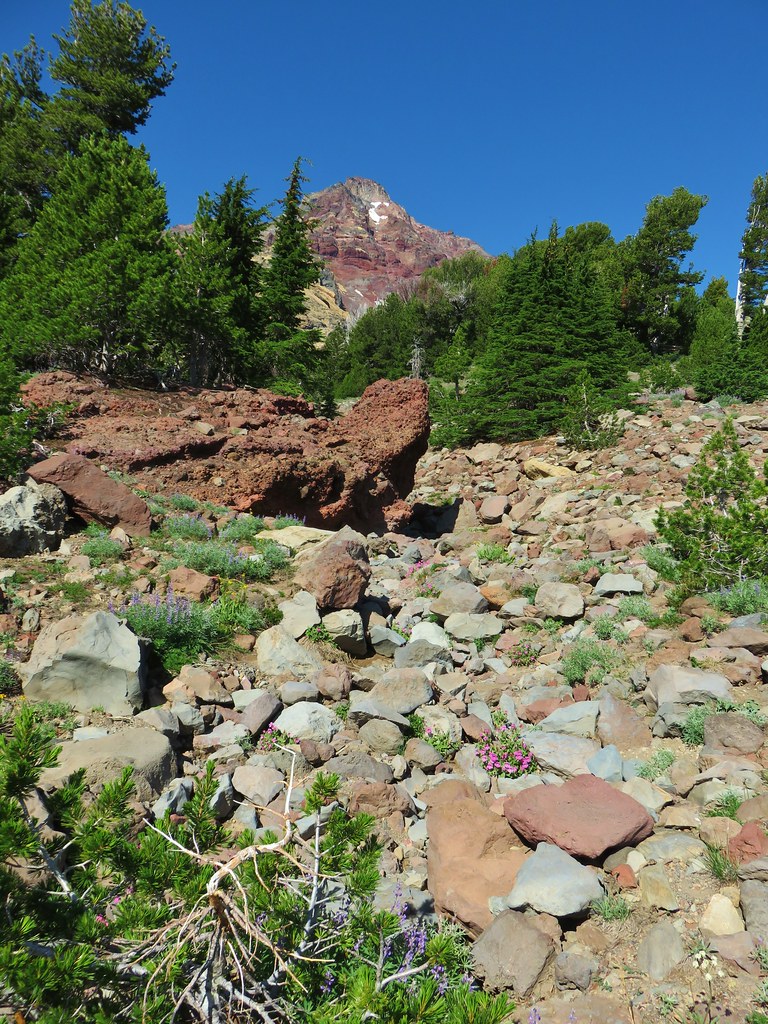
 A clump of Monkeyflower
A clump of Monkeyflower

 Penstemon
Penstemon
 Our shady spot.
Our shady spot.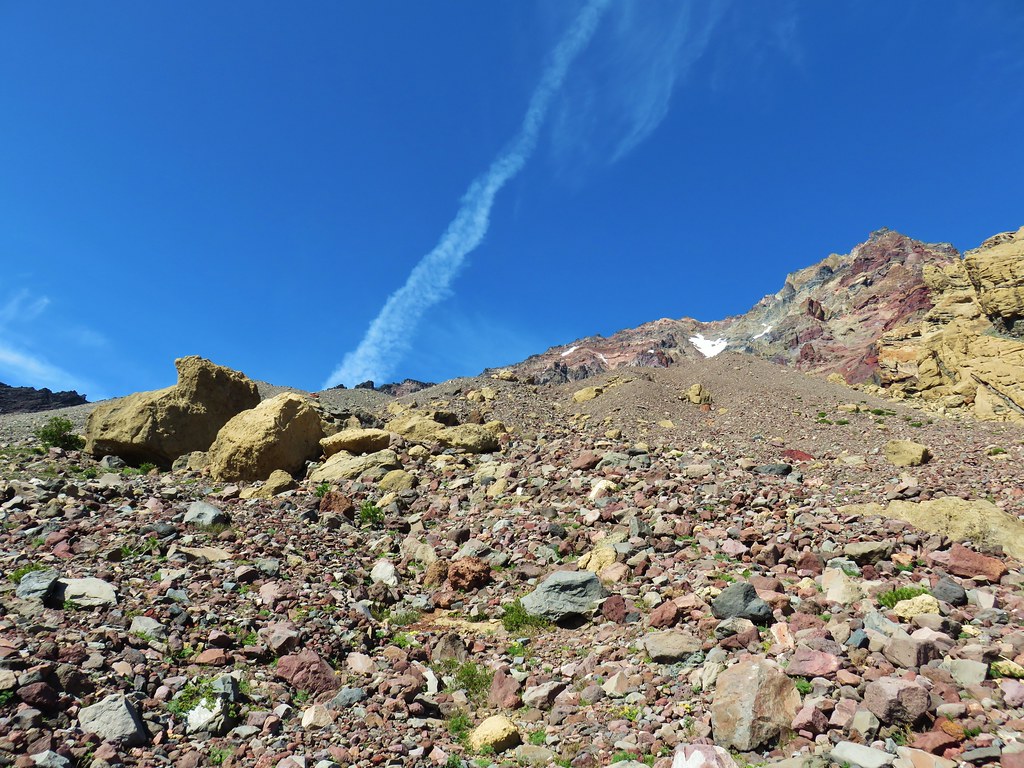
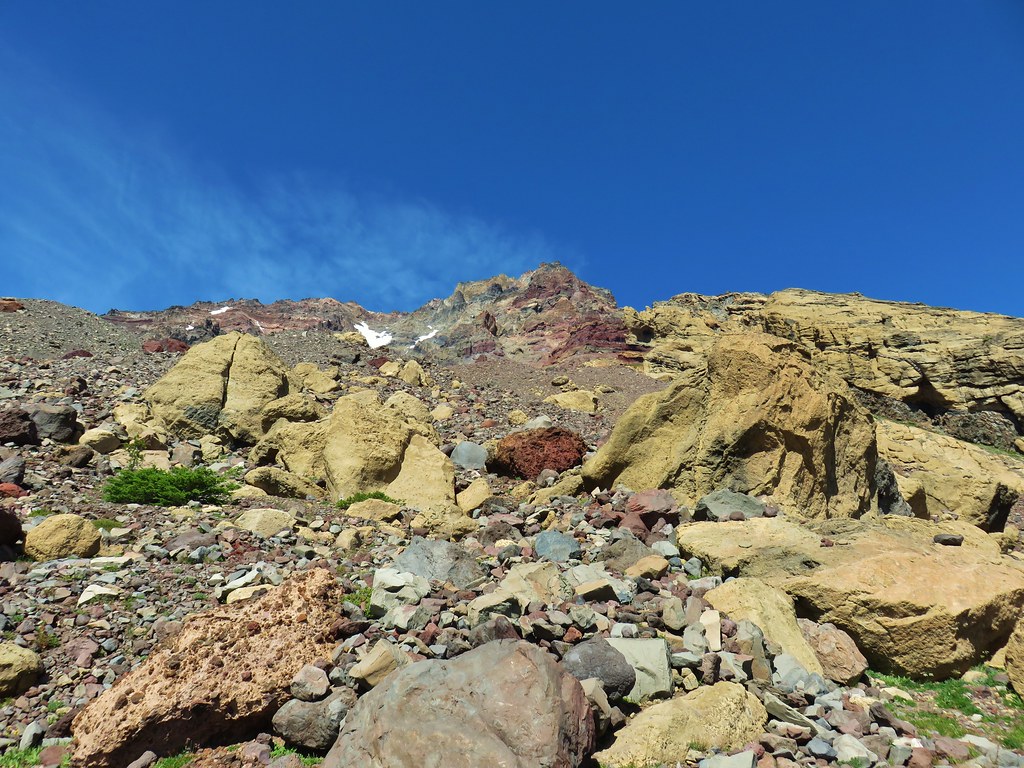
 Paintbrush growing on the moraine.
Paintbrush growing on the moraine.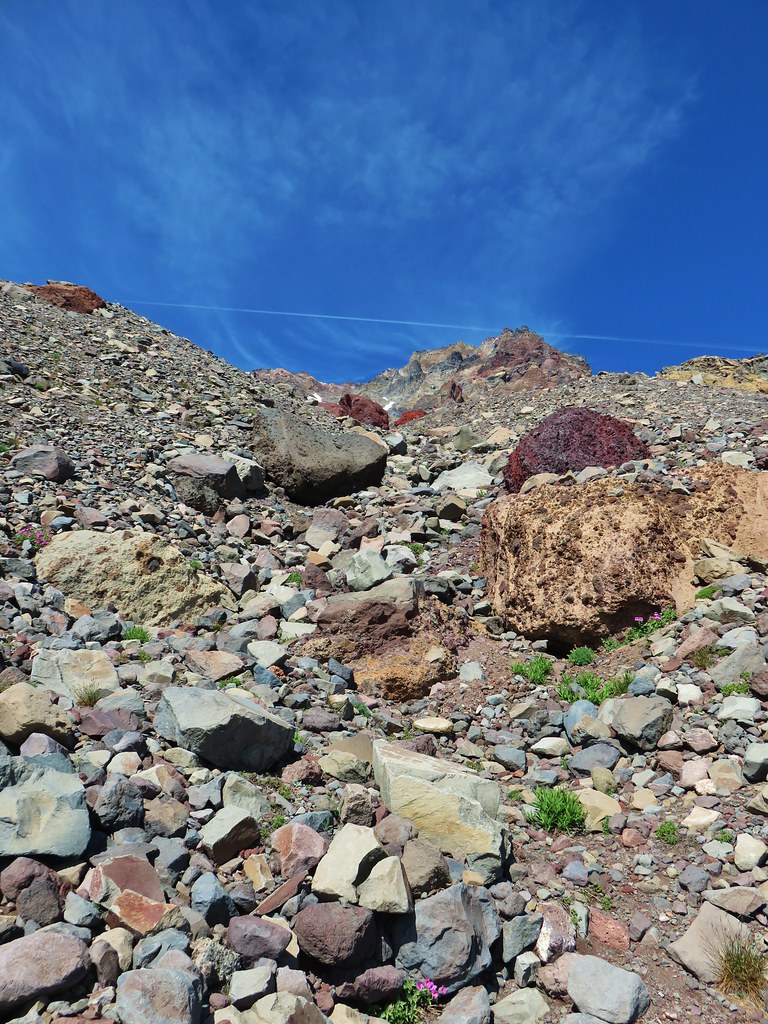
 More flowers amid the rocks.
More flowers amid the rocks.



 The yellow bulge, Mt. Hood, Black Crater and Black Butte to the north.
The yellow bulge, Mt. Hood, Black Crater and Black Butte to the north.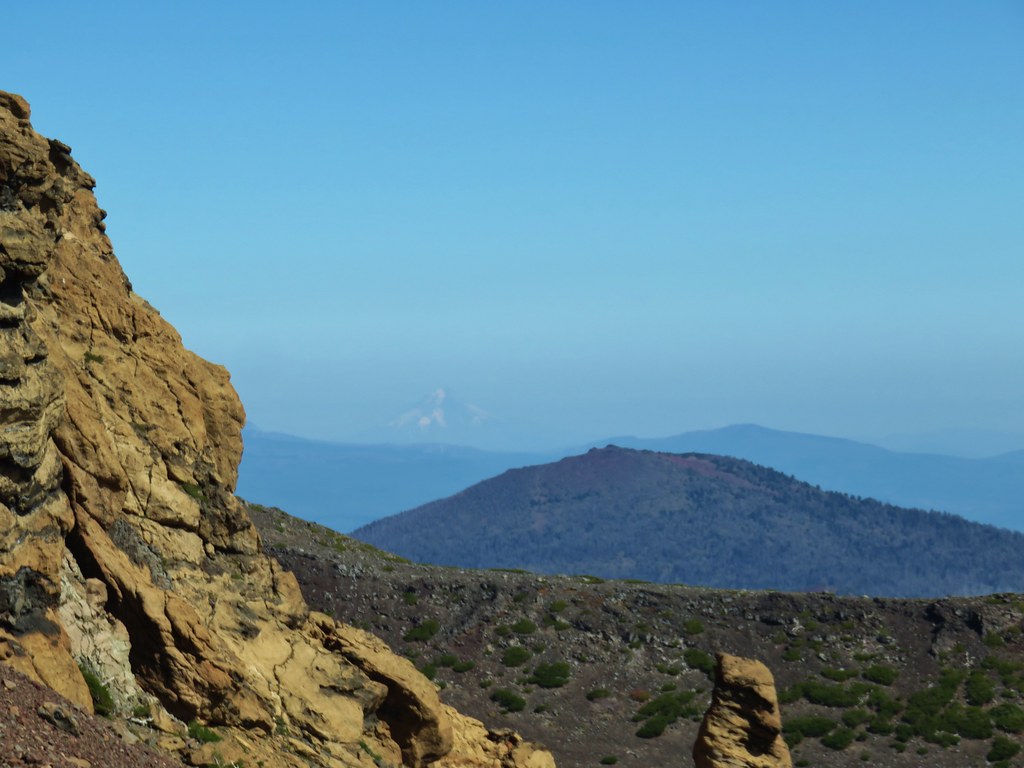 Mt. Hood
Mt. Hood Broken Top to the north.
Broken Top to the north. The rim above Thayer Lake.
The rim above Thayer Lake.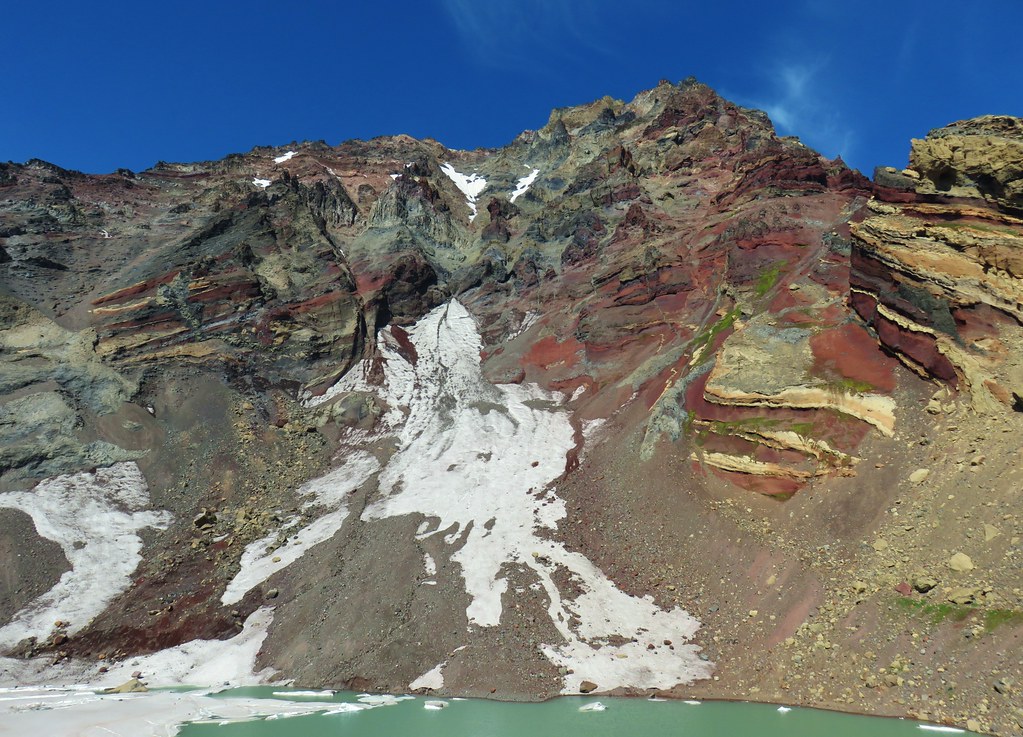 North Sister and the Thayer Glacier
North Sister and the Thayer Glacier Heather near some large boulders in the lake.
Heather near some large boulders in the lake.


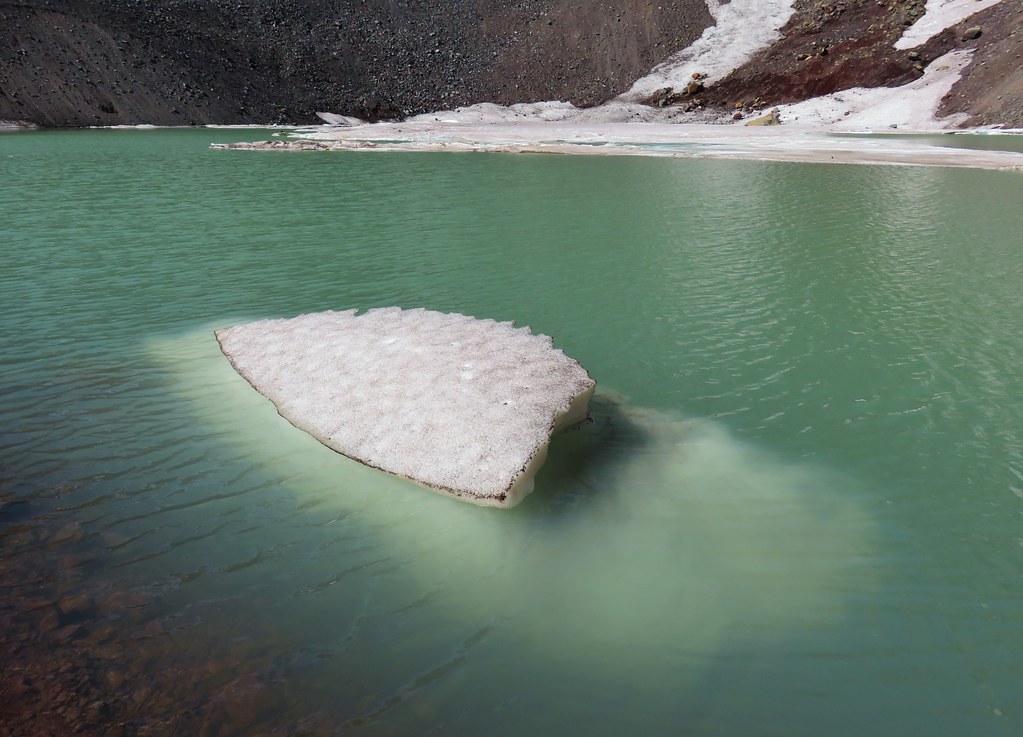







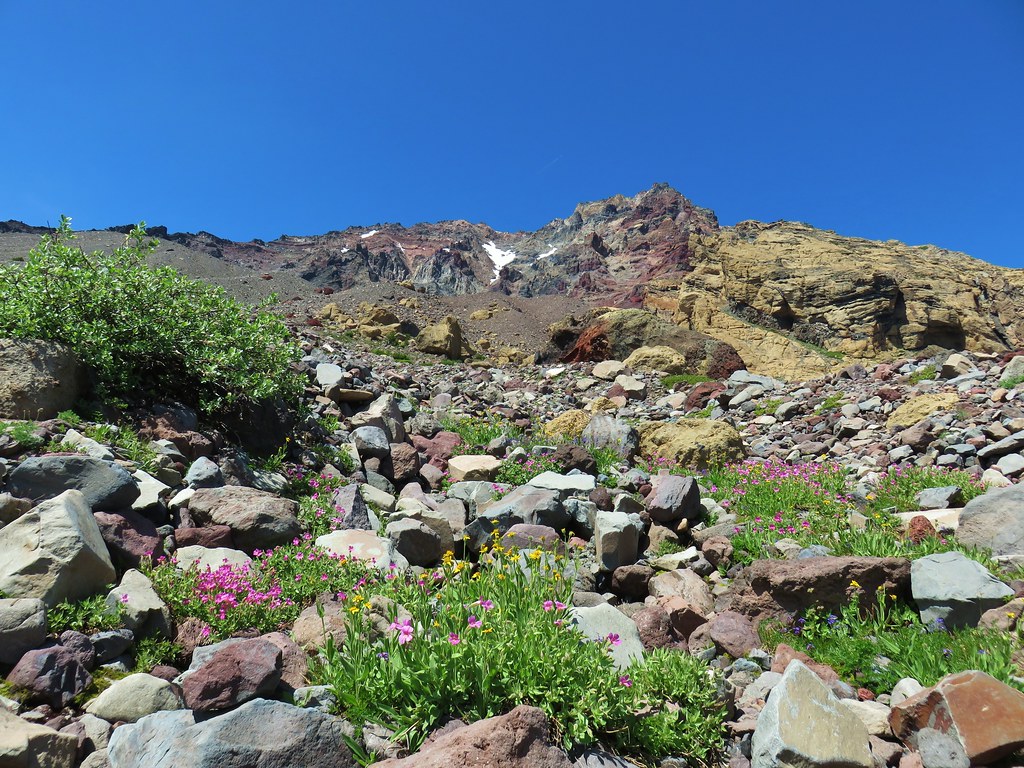



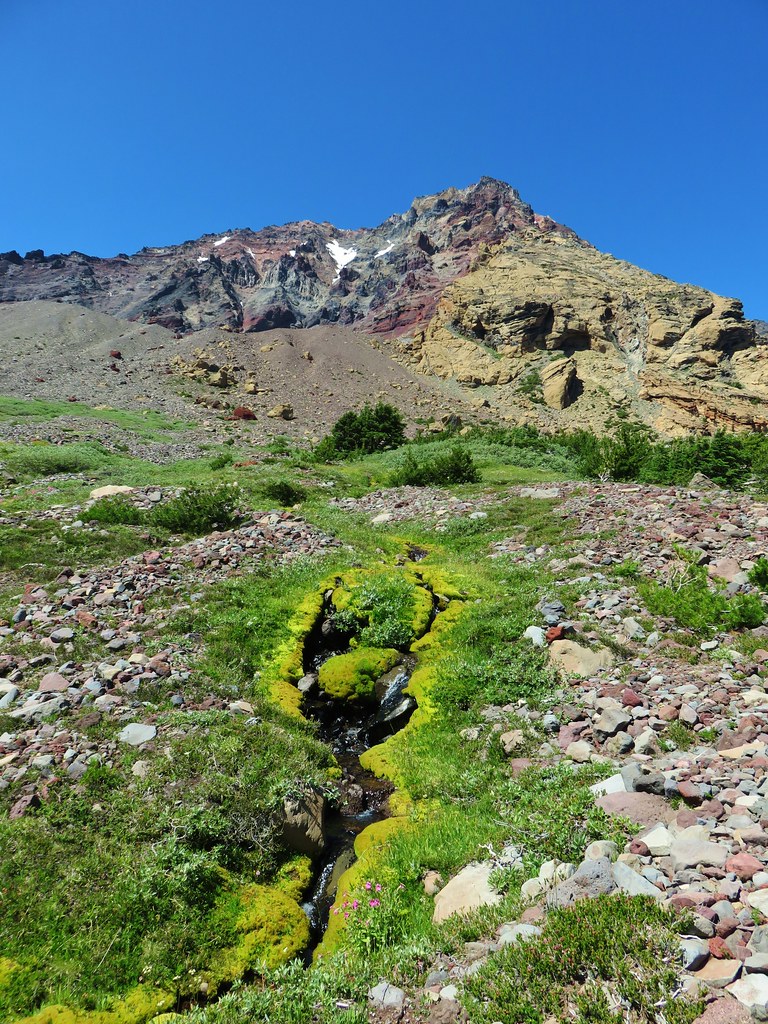

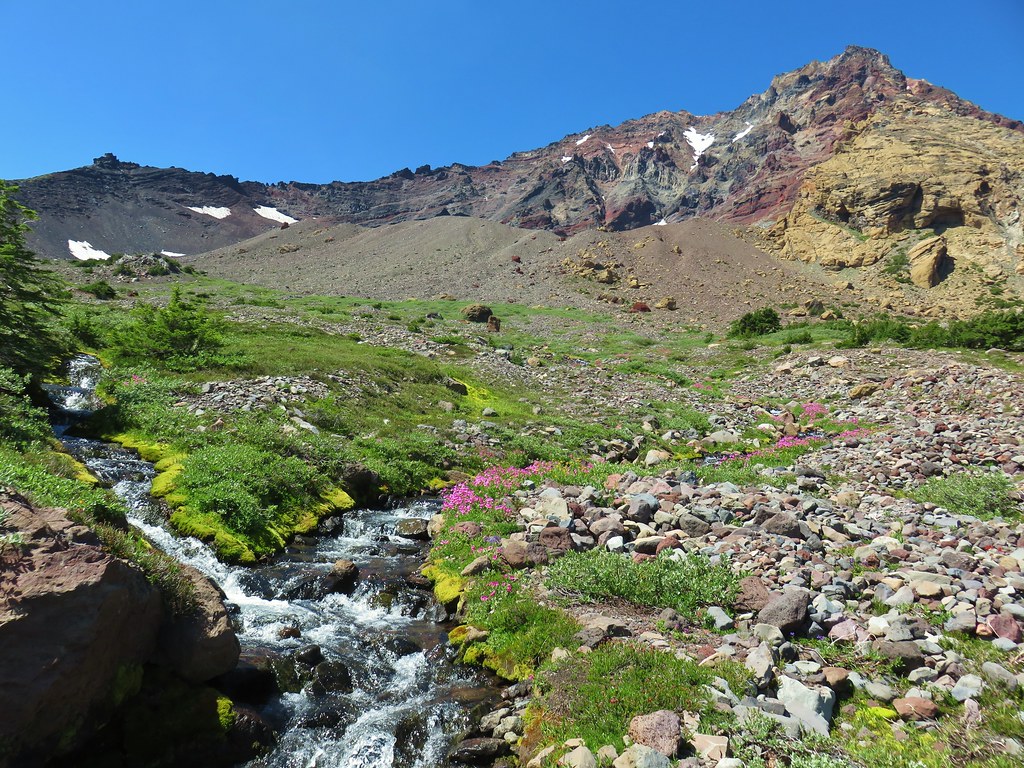
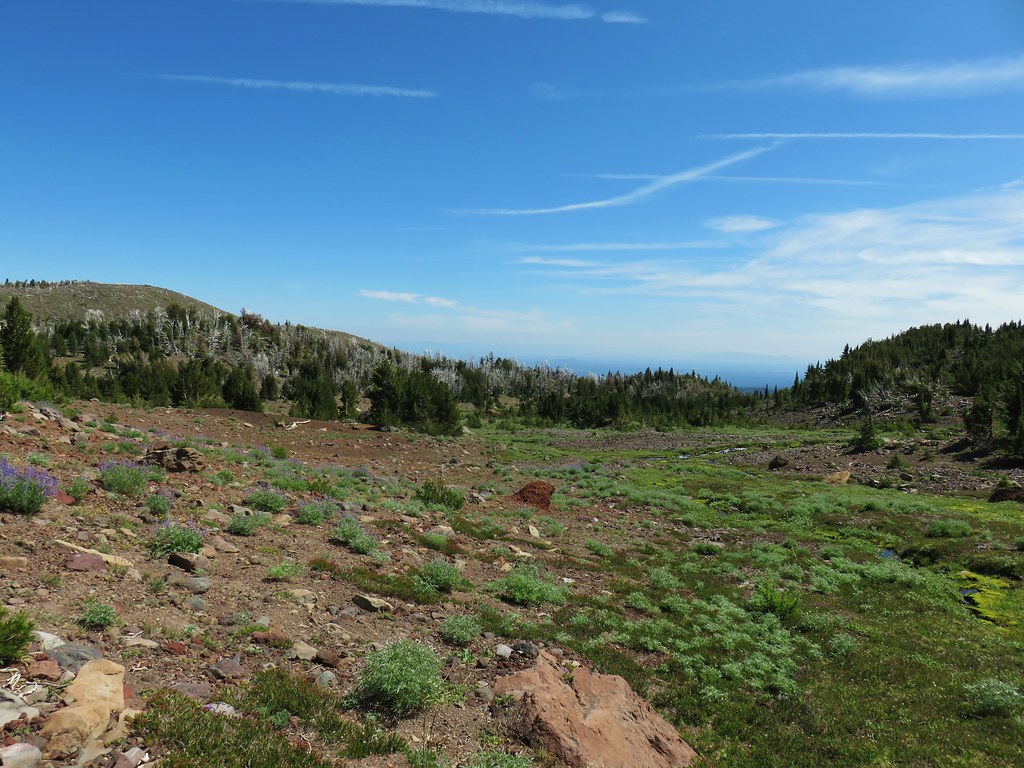

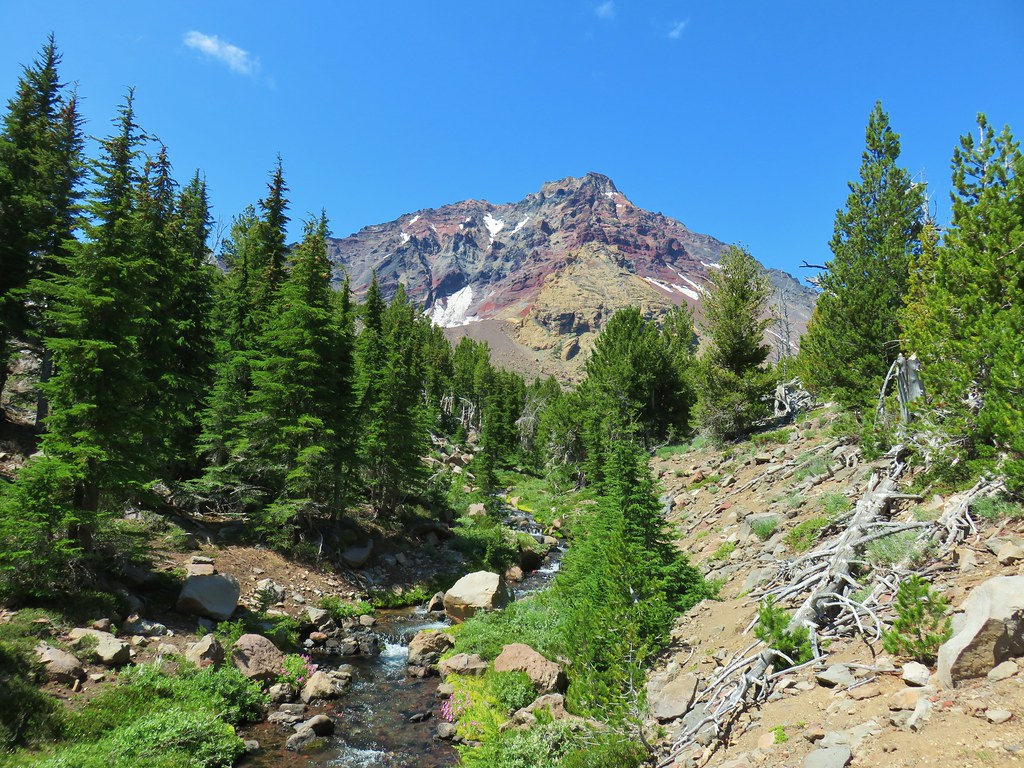
 Starting to get too narrow and the topographic map showed it getting more so further downstream.
Starting to get too narrow and the topographic map showed it getting more so further downstream. Climbing out of the gully.
Climbing out of the gully. Broken Top and South Sister from the ridge.
Broken Top and South Sister from the ridge.
 Battle Ax Creek – 2014
Battle Ax Creek – 2014 Mt. Jefferson from Russell Lake – 2016
Mt. Jefferson from Russell Lake – 2016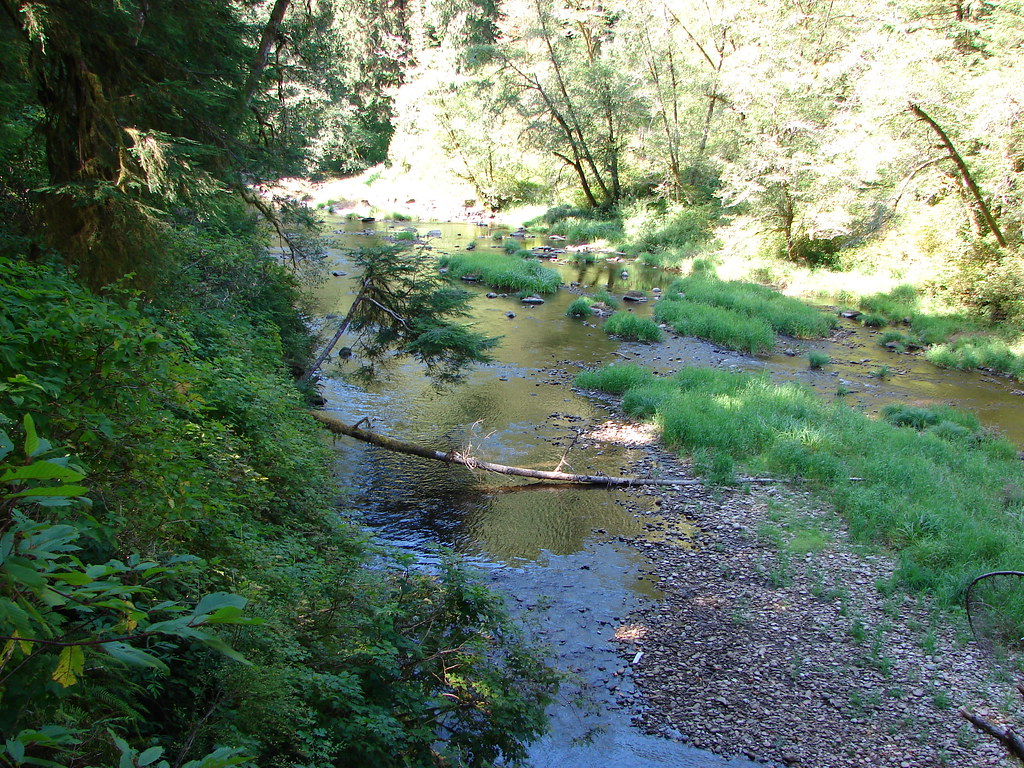 Drift Creek – 2010
Drift Creek – 2010 Mt. Washington from the Pacific Crest Trail – 2015
Mt. Washington from the Pacific Crest Trail – 2015 The Three Sisters – 2014
The Three Sisters – 2014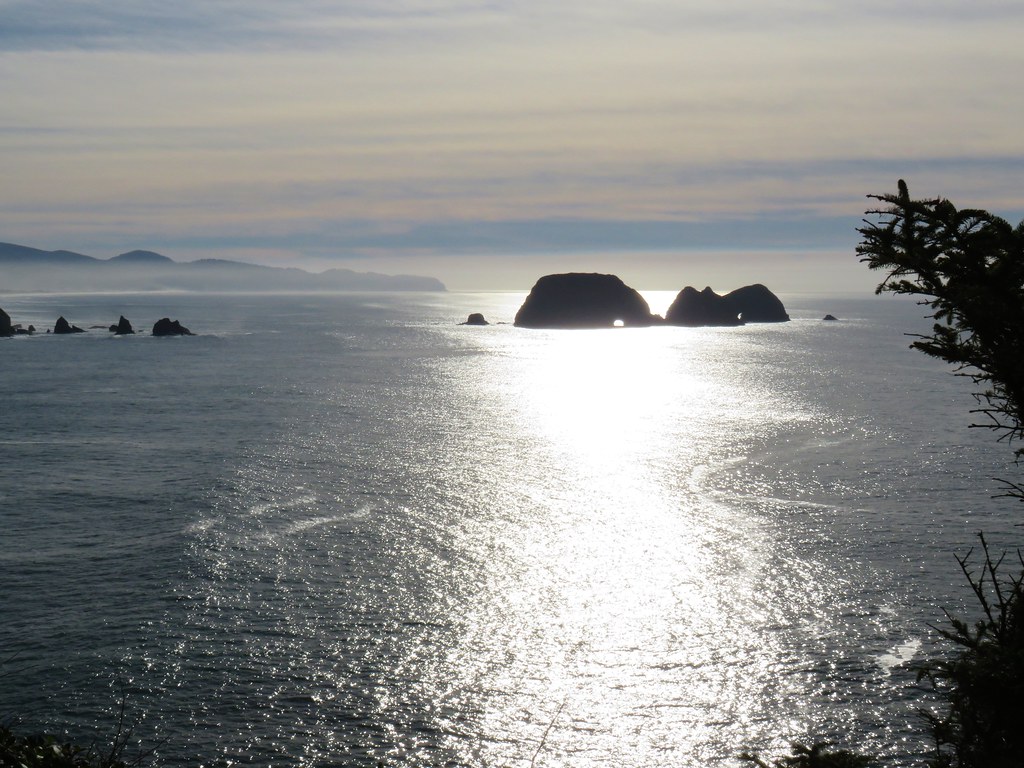 Three Arch Rocks from Cape Meares – 2018
Three Arch Rocks from Cape Meares – 2018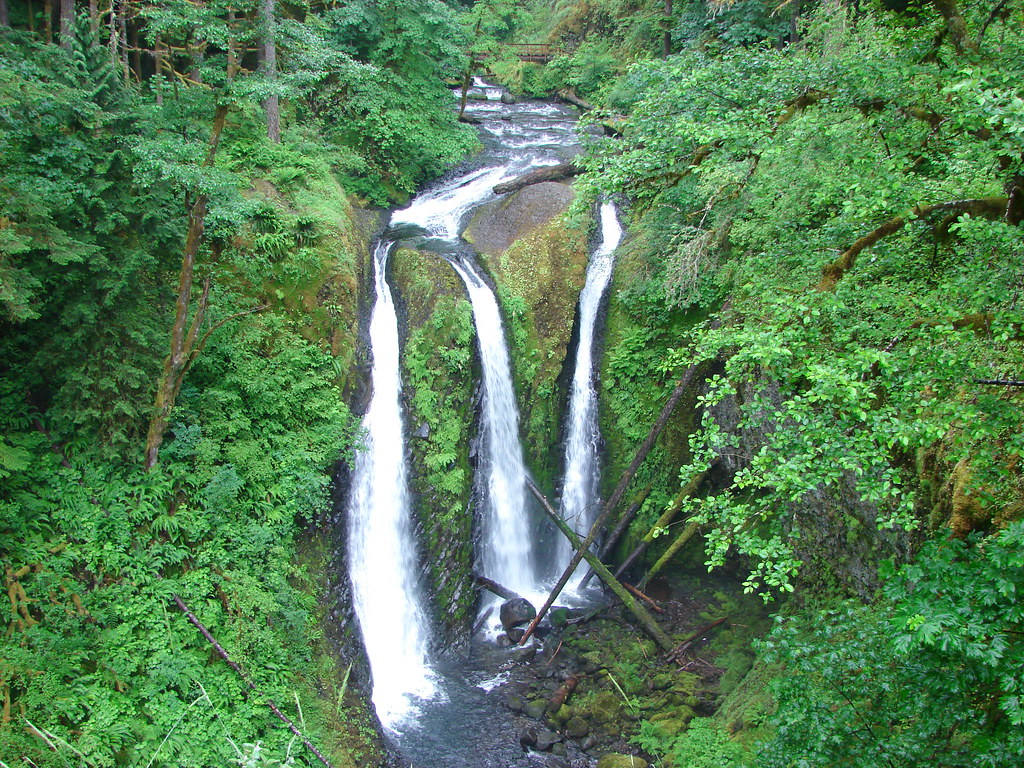 Triple Falls – 2012
Triple Falls – 2012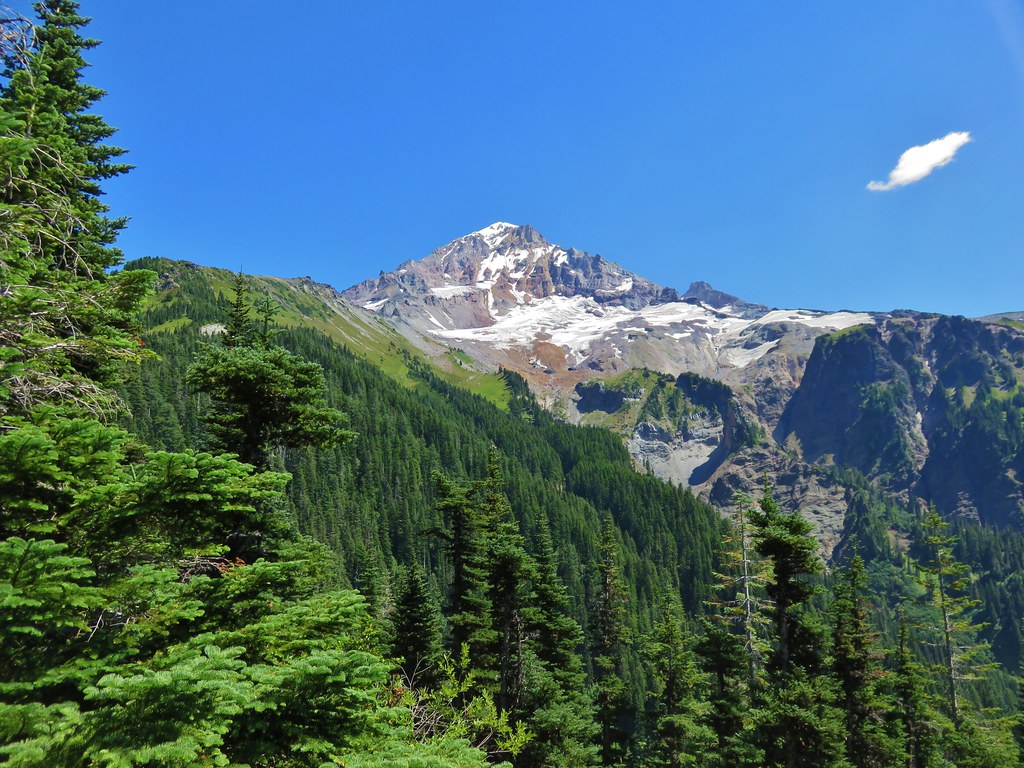 Mt. Hood – 2015
Mt. Hood – 2015 Bandon Islands – 2018
Bandon Islands – 2018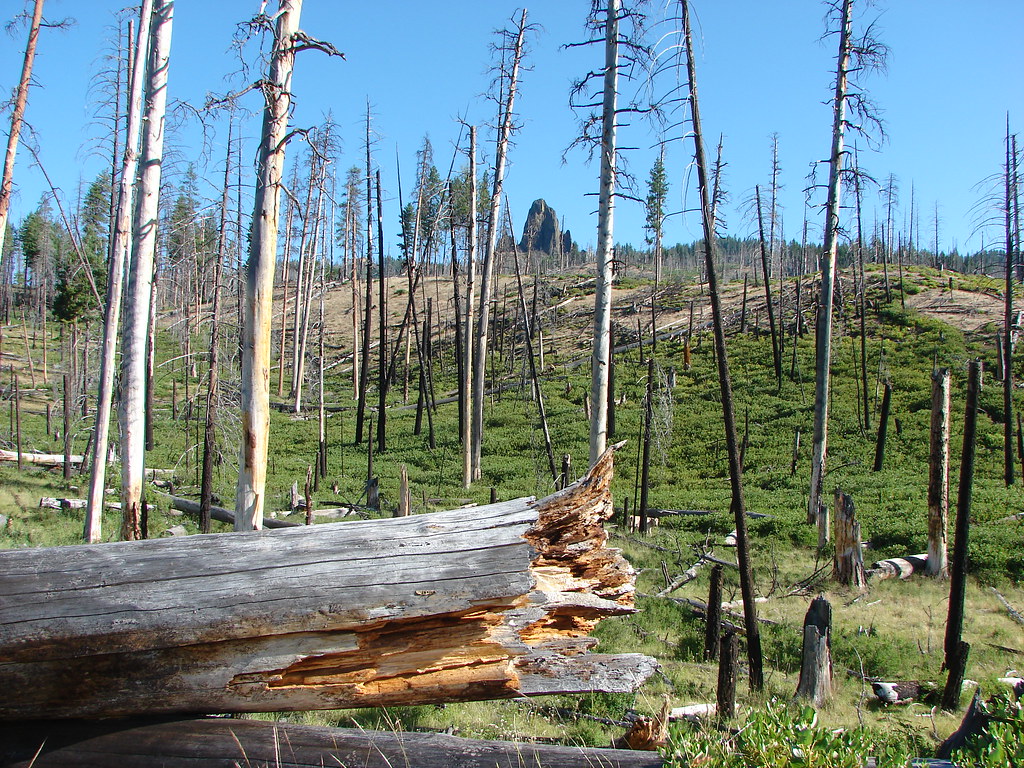 Twin Pillars – 2011
Twin Pillars – 2011 Howlock Mountain and Mt. Thielsen – 2014
Howlock Mountain and Mt. Thielsen – 2014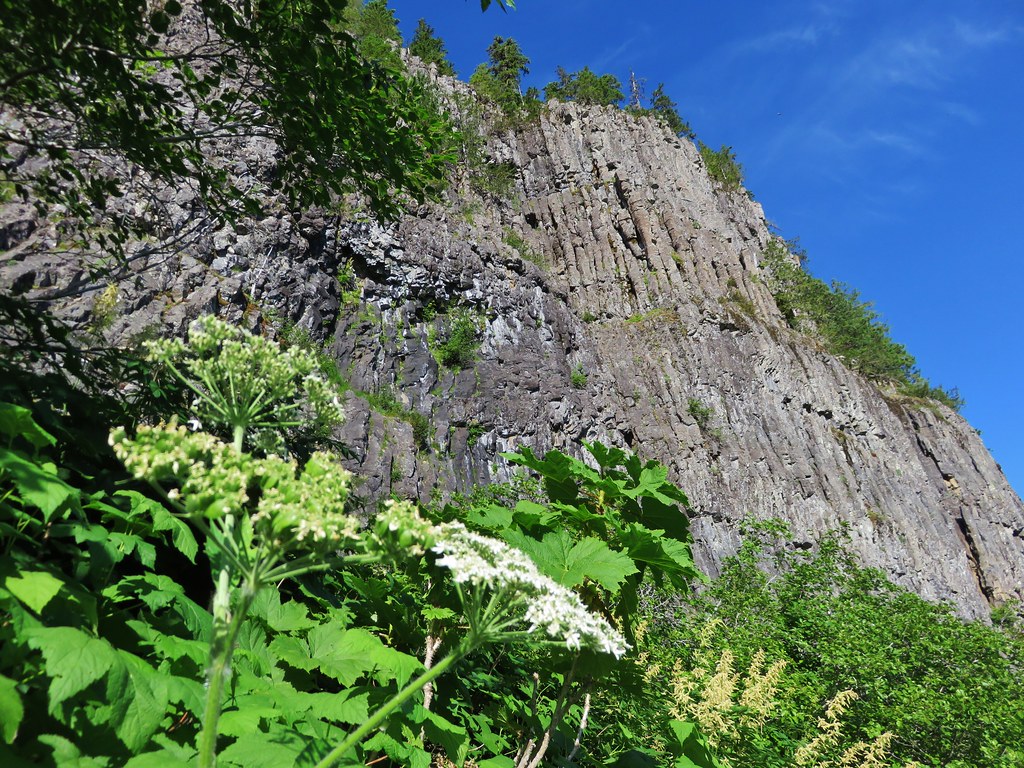 Table Rock – 2015
Table Rock – 2015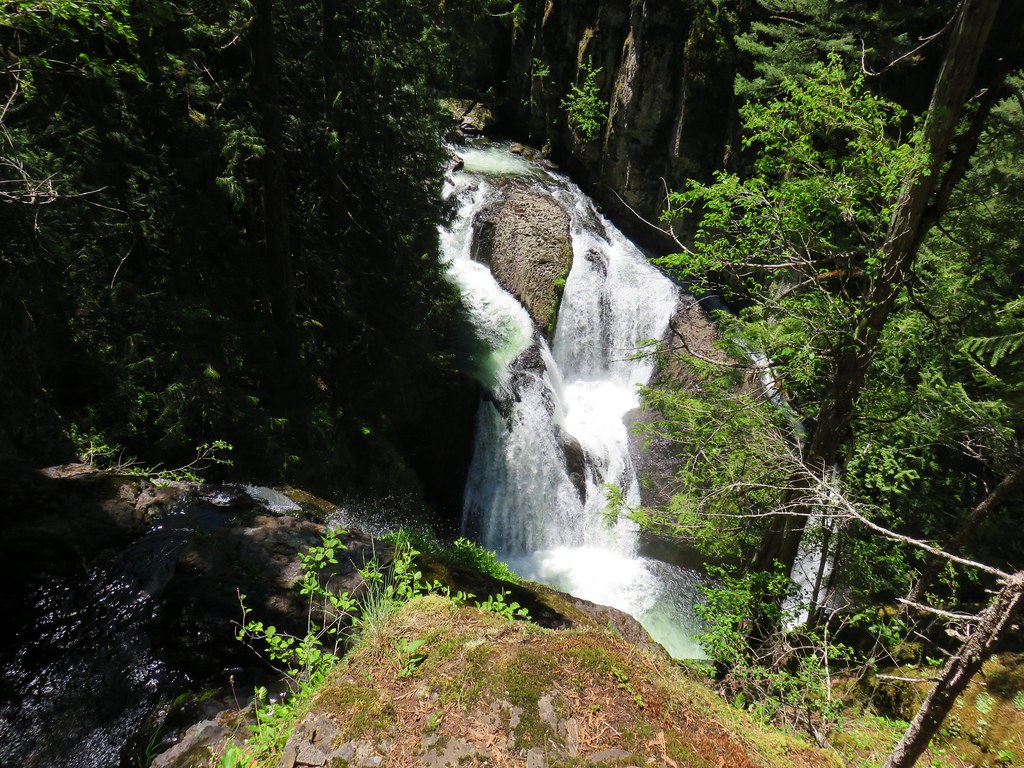 Frustration Falls – 2018
Frustration Falls – 2018 Trapper Creek – 2014
Trapper Creek – 2014 View from Fuji Mountain – 2013
View from Fuji Mountain – 2013 Serene Lake – 2013
Serene Lake – 2013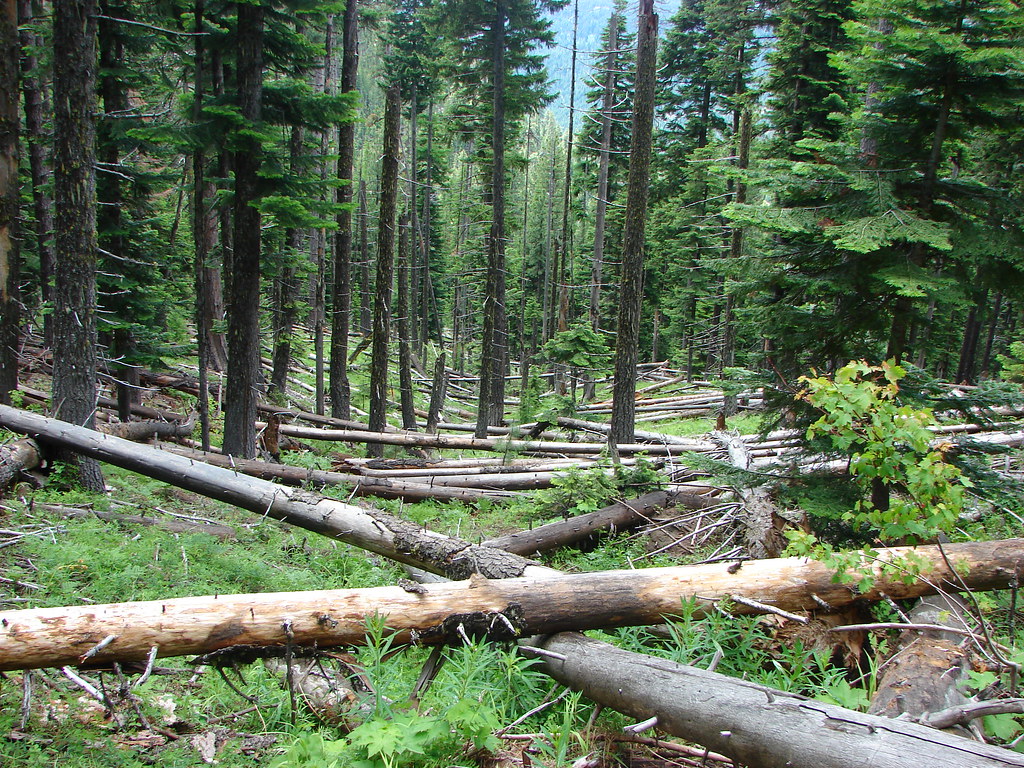 Badger Creek Wilderness – 2014
Badger Creek Wilderness – 2014 Donaca Lake – 2014
Donaca Lake – 2014 Emerald Pool – 2018
Emerald Pool – 2018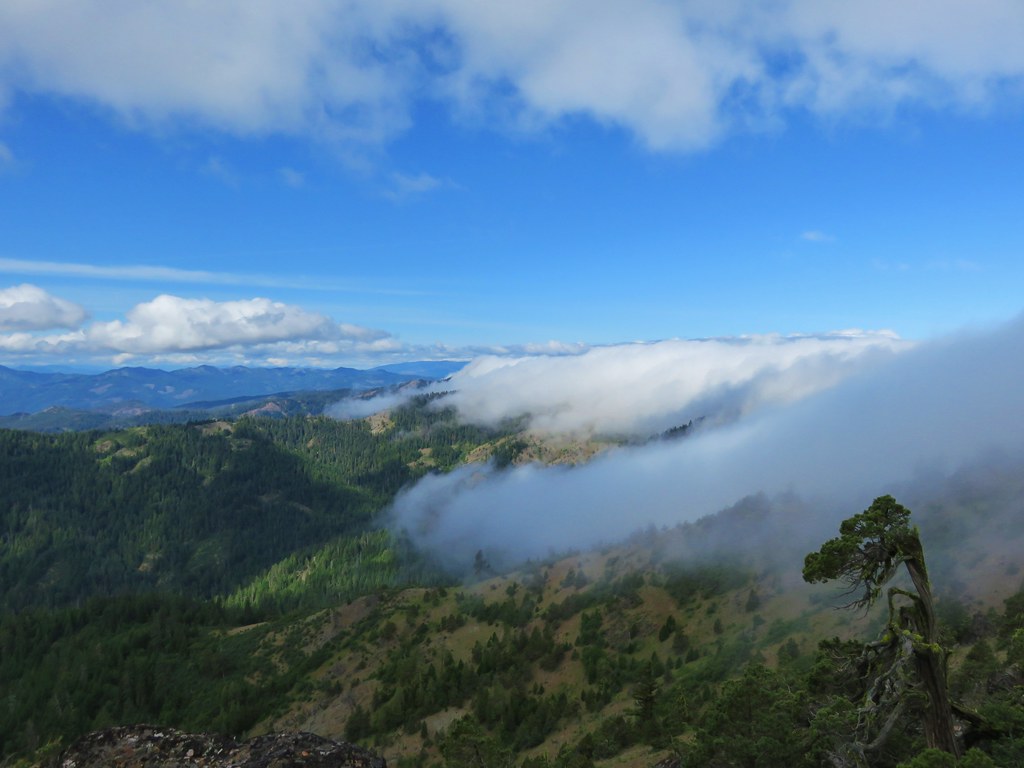 View from Boccard Point – 2015
View from Boccard Point – 2015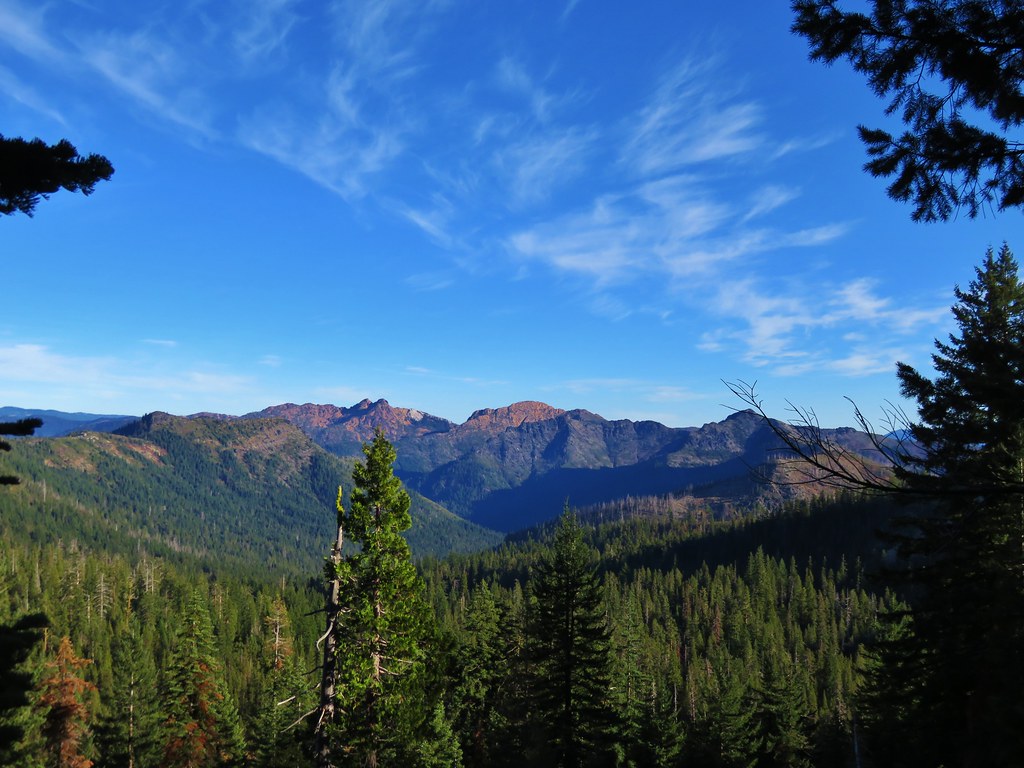 Red Buttes – 2015
Red Buttes – 2015 Oregon Badlands Wilderness – 2016
Oregon Badlands Wilderness – 2016 Vulcan Lake – 2016
Vulcan Lake – 2016 Rooster Rock – 2016
Rooster Rock – 2016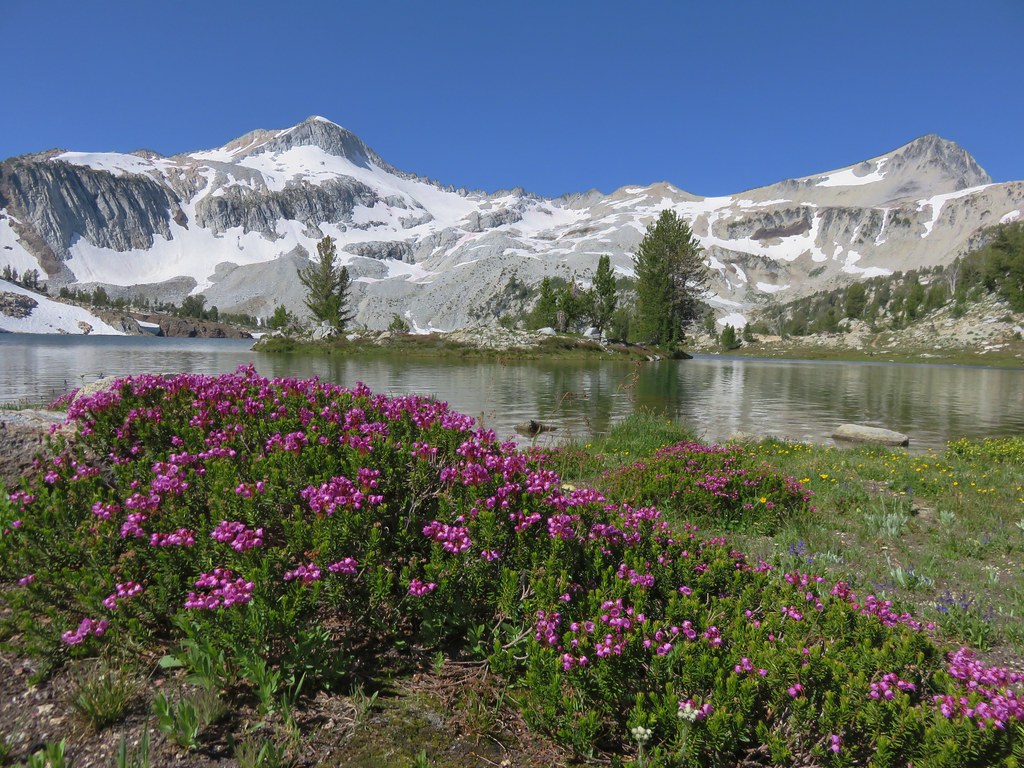 Glacier Lake – 2016
Glacier Lake – 2016 View from Aspen Butte – 2016
View from Aspen Butte – 2016 Mt. McLoughlin from Freye Lake – 2016
Mt. McLoughlin from Freye Lake – 2016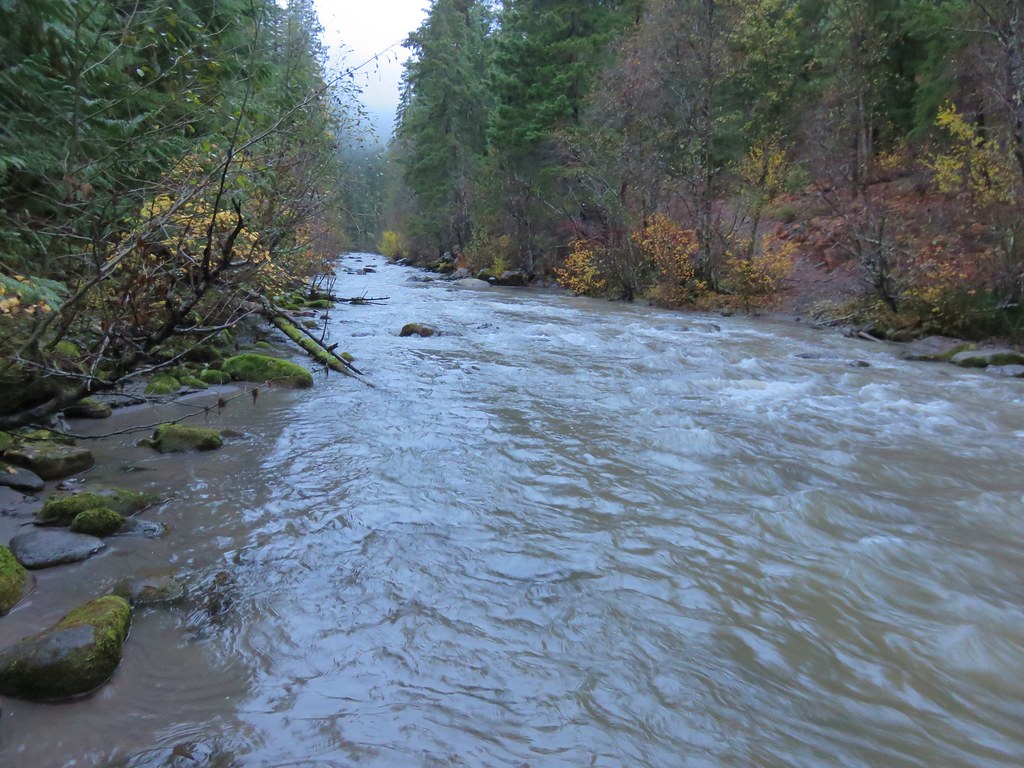 White River – 2016
White River – 2016 Rock Creek – 2017
Rock Creek – 2017 Hedgehog Cactus – 2017
Hedgehog Cactus – 2017 Bridge Creek Wilderness – 2017
Bridge Creek Wilderness – 2017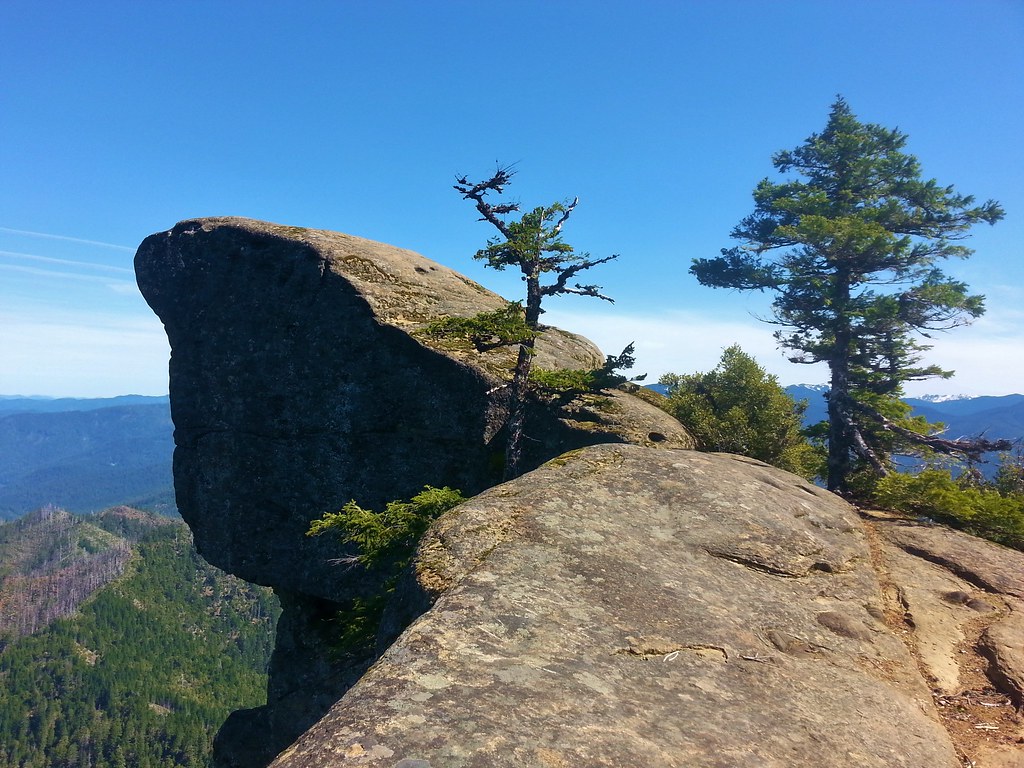 Hanging Rock – 2017
Hanging Rock – 2017 View from Grassy Knob – 2017
View from Grassy Knob – 2017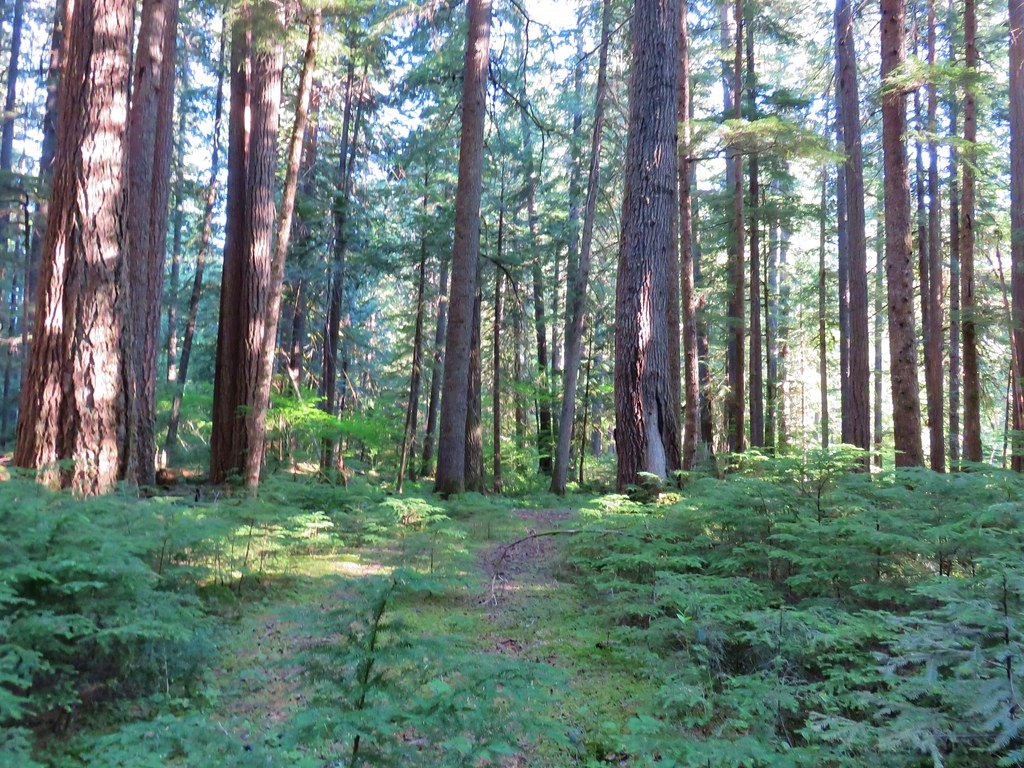 Big Bottom – 2017
Big Bottom – 2017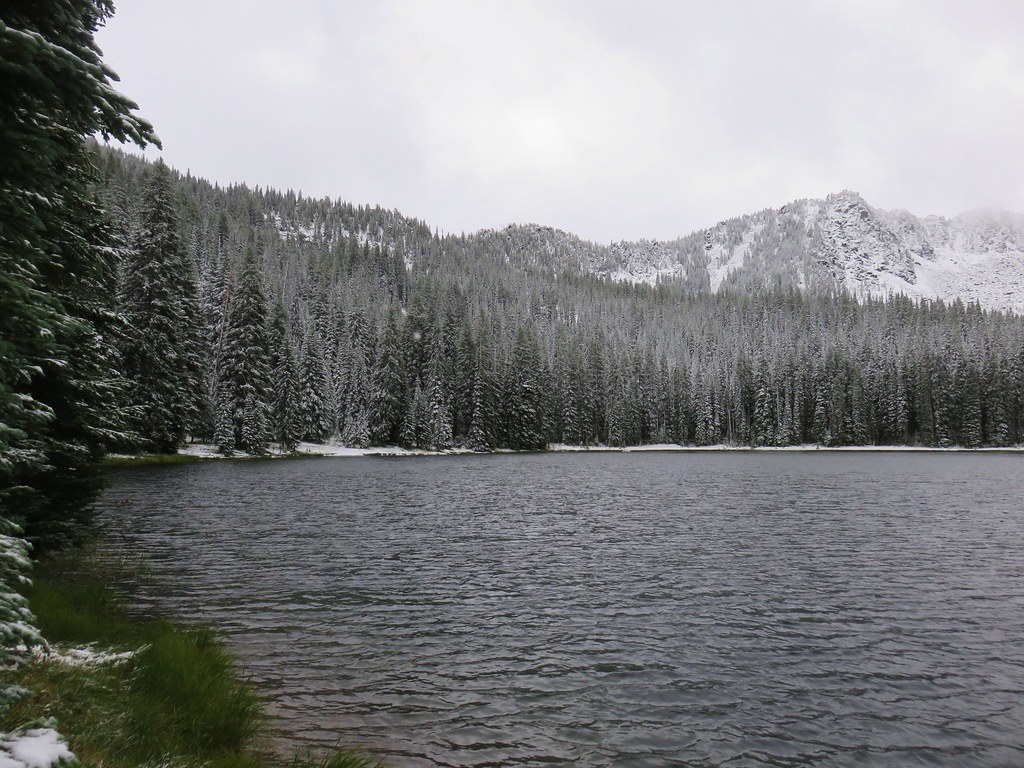 Baldy Lake – 2017
Baldy Lake – 2017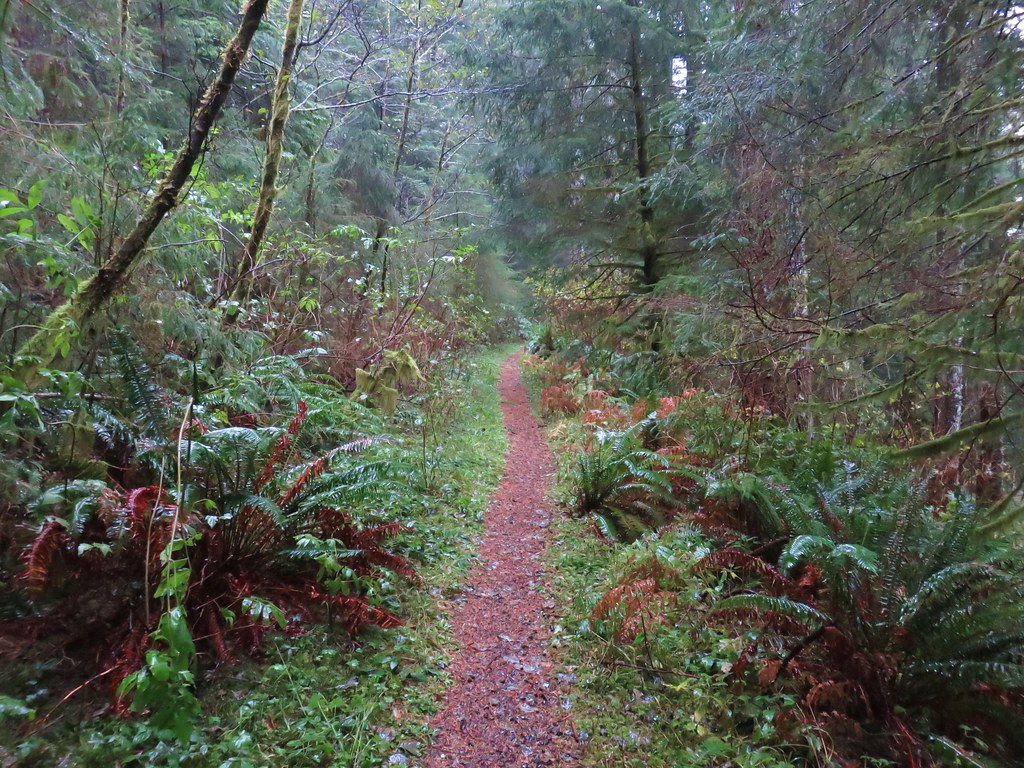 Cummins Ridge Trail – 2017
Cummins Ridge Trail – 2017 Hummingbird Meadows – 2018
Hummingbird Meadows – 2018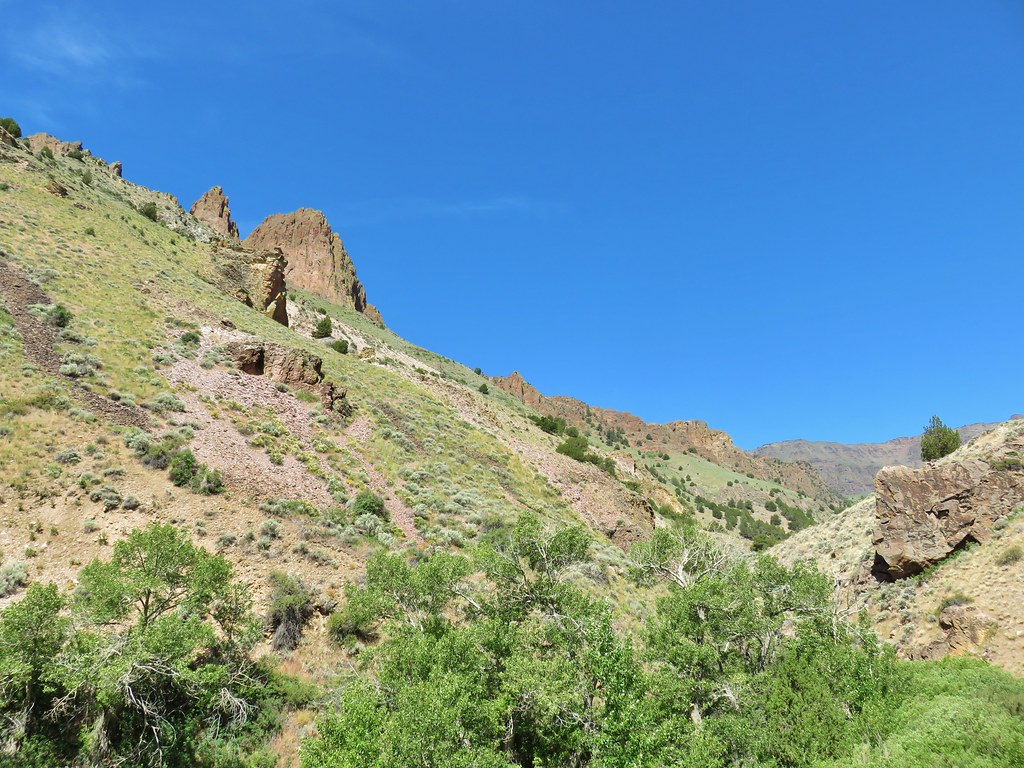 View along the Pine Creek Trail – 2018
View along the Pine Creek Trail – 2018 Slide Lake – 2018
Slide Lake – 2018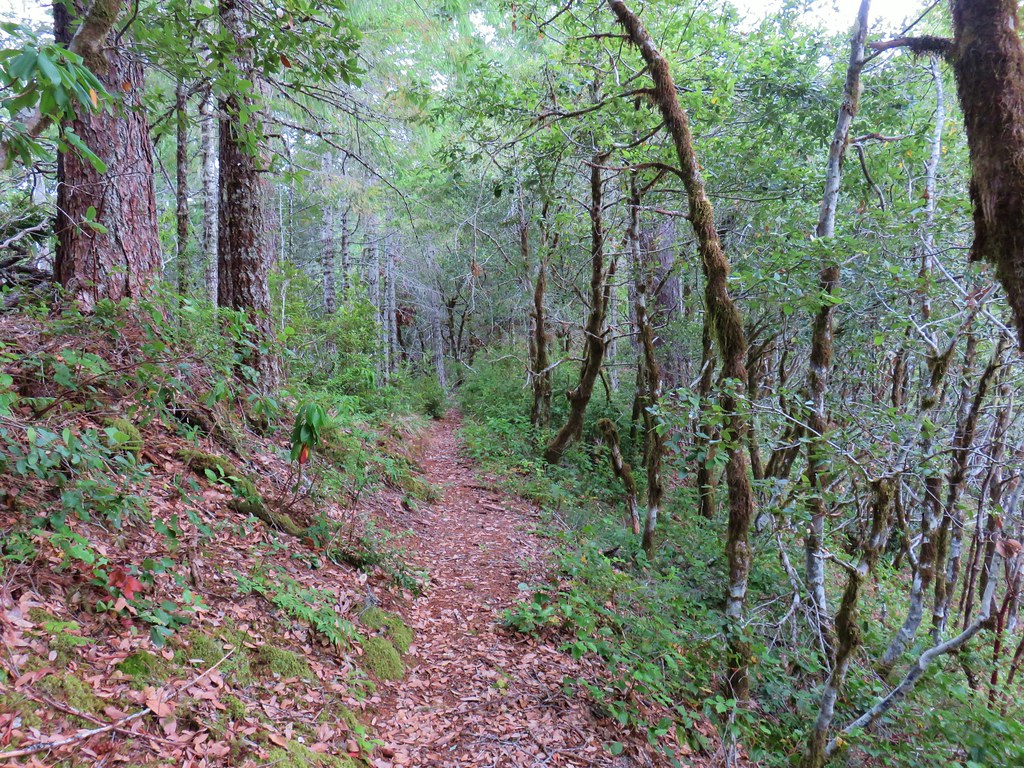 Barklow Mountain Trail – 2018
Barklow Mountain Trail – 2018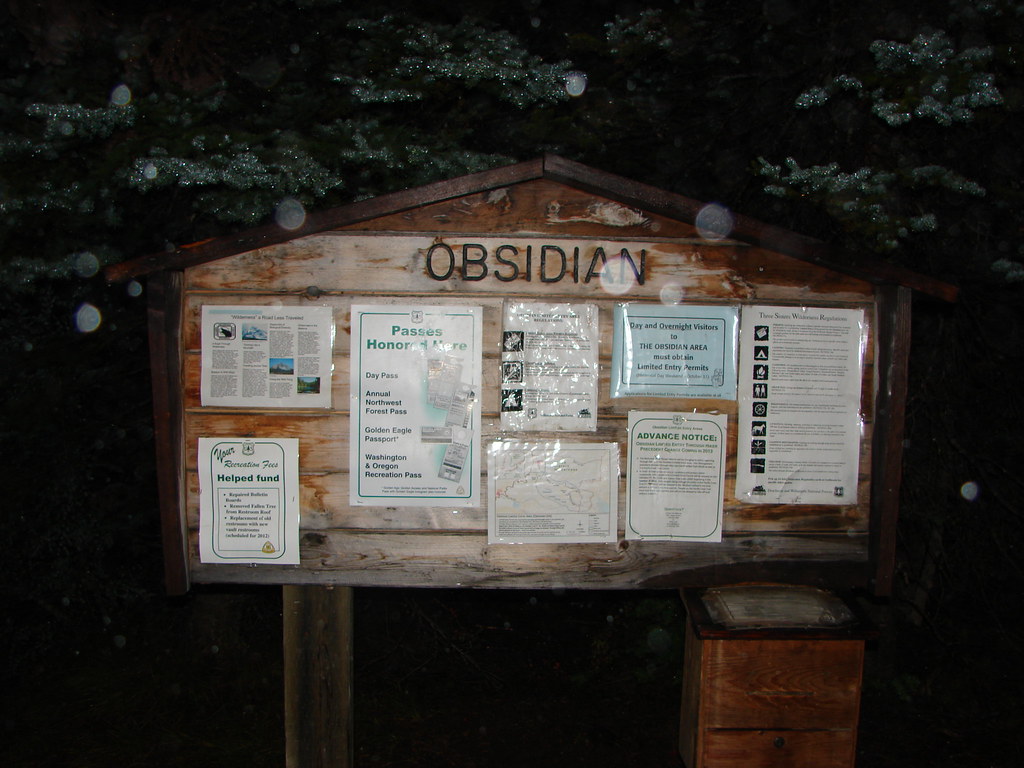

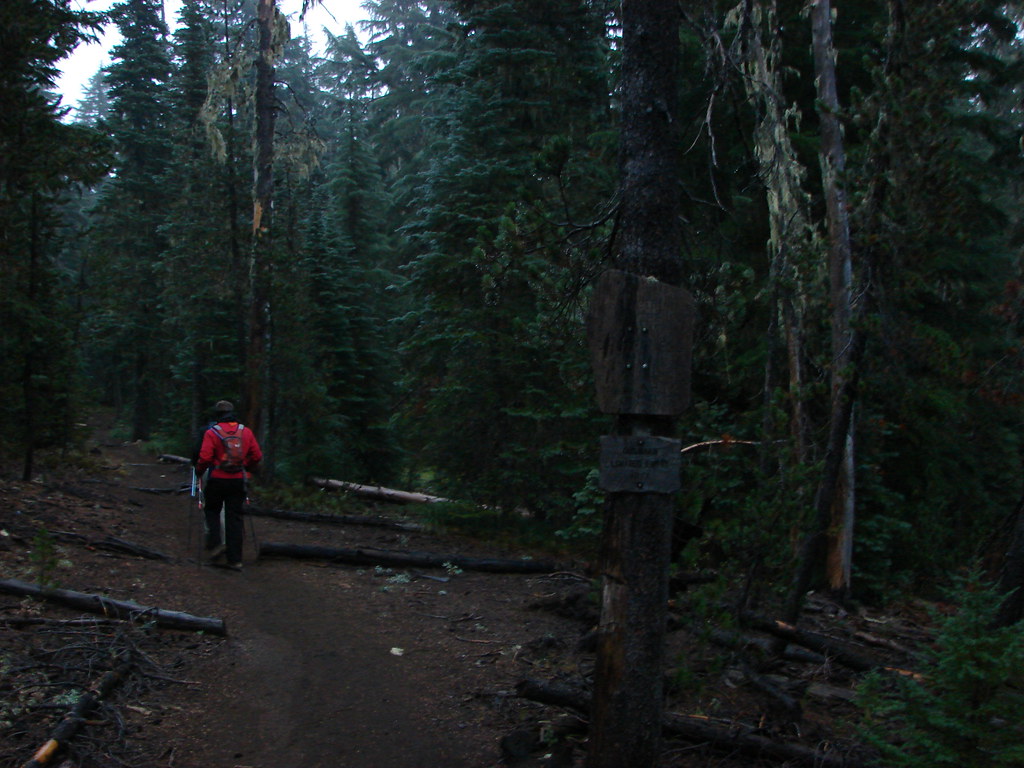
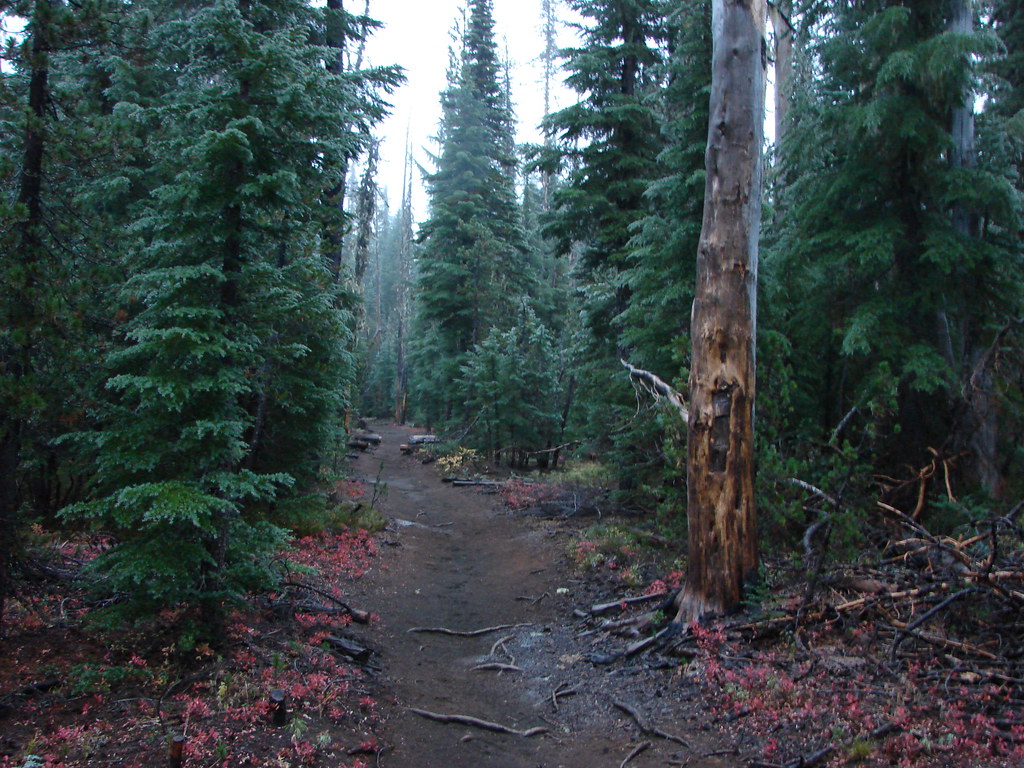
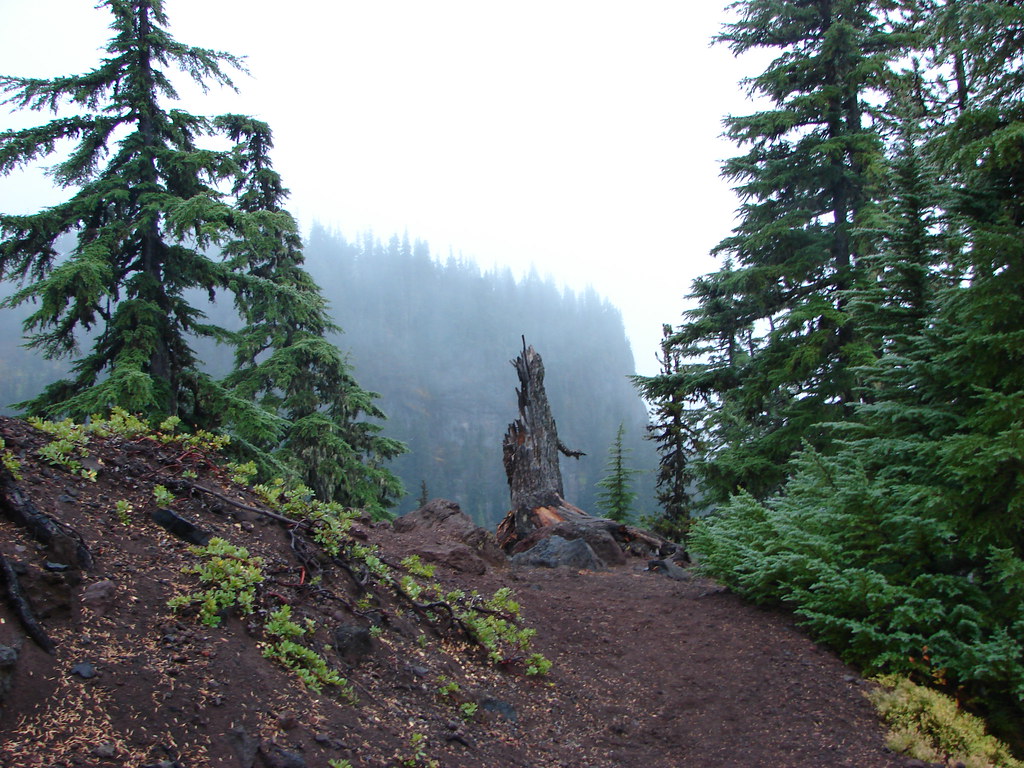

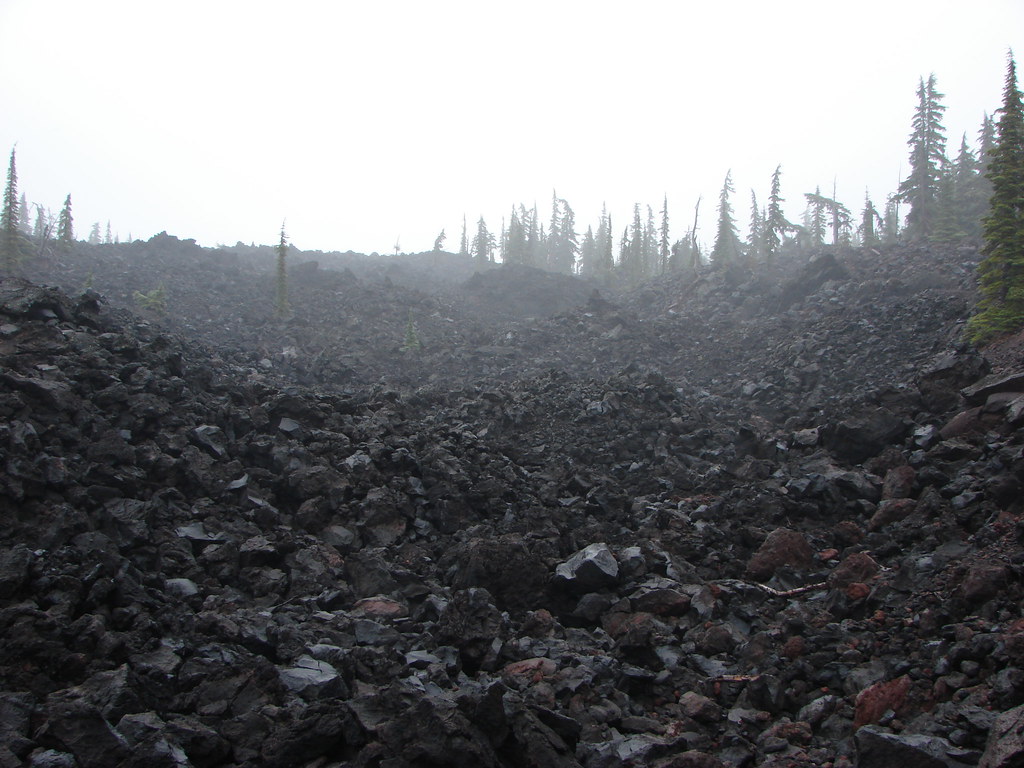


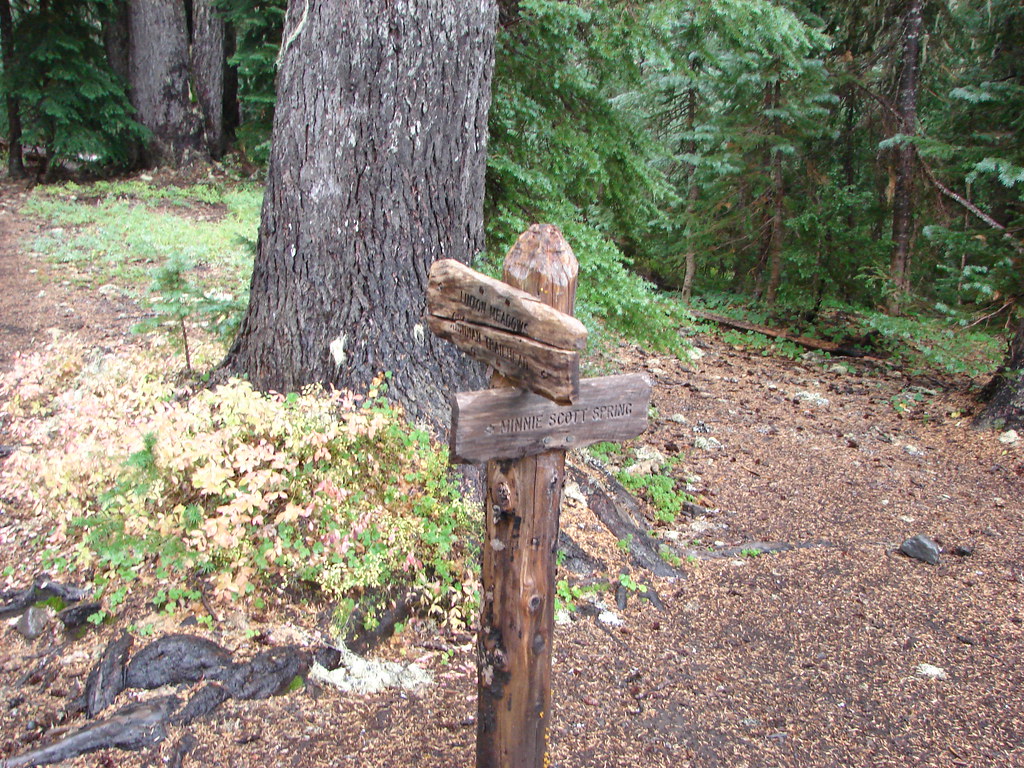
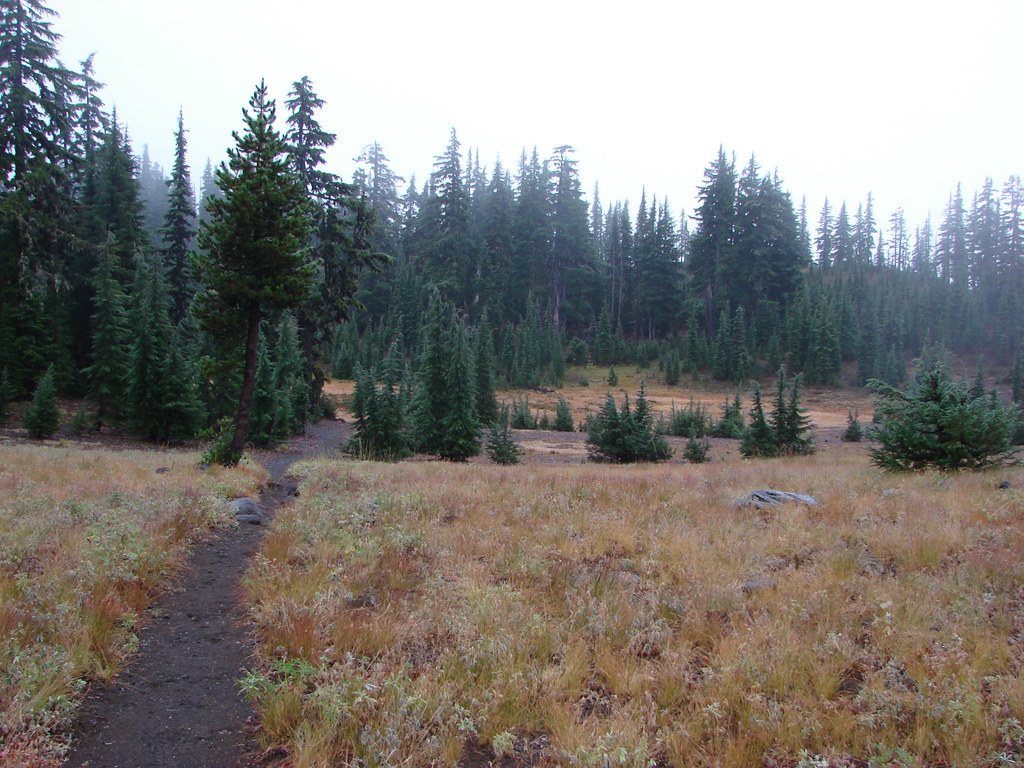

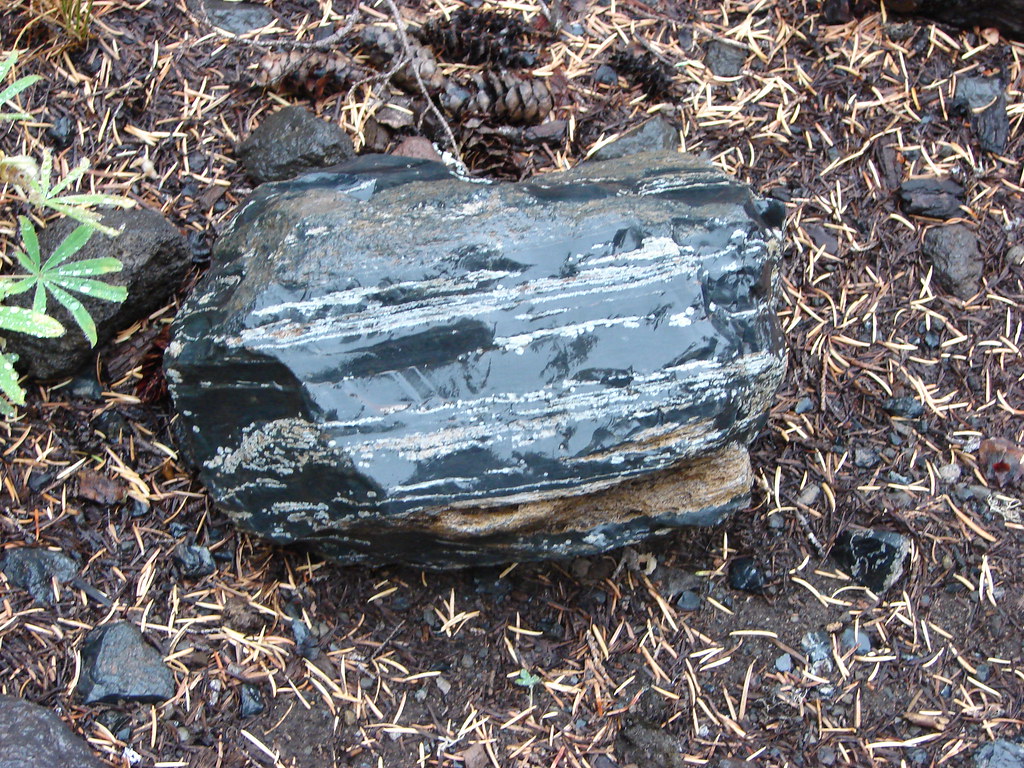

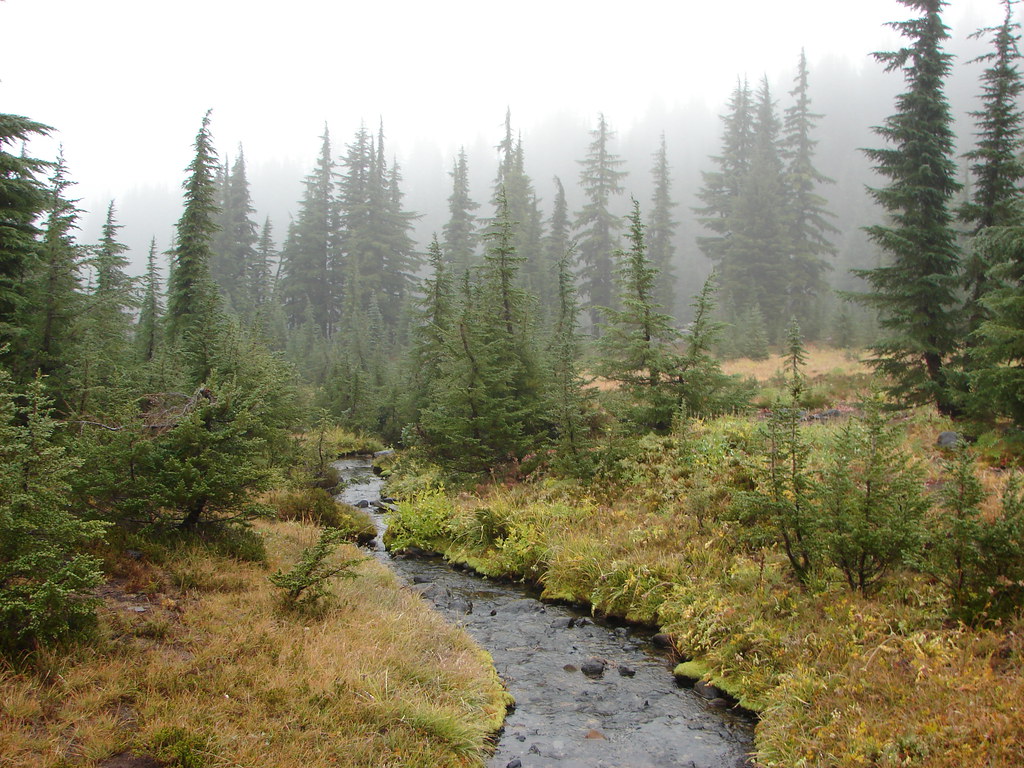
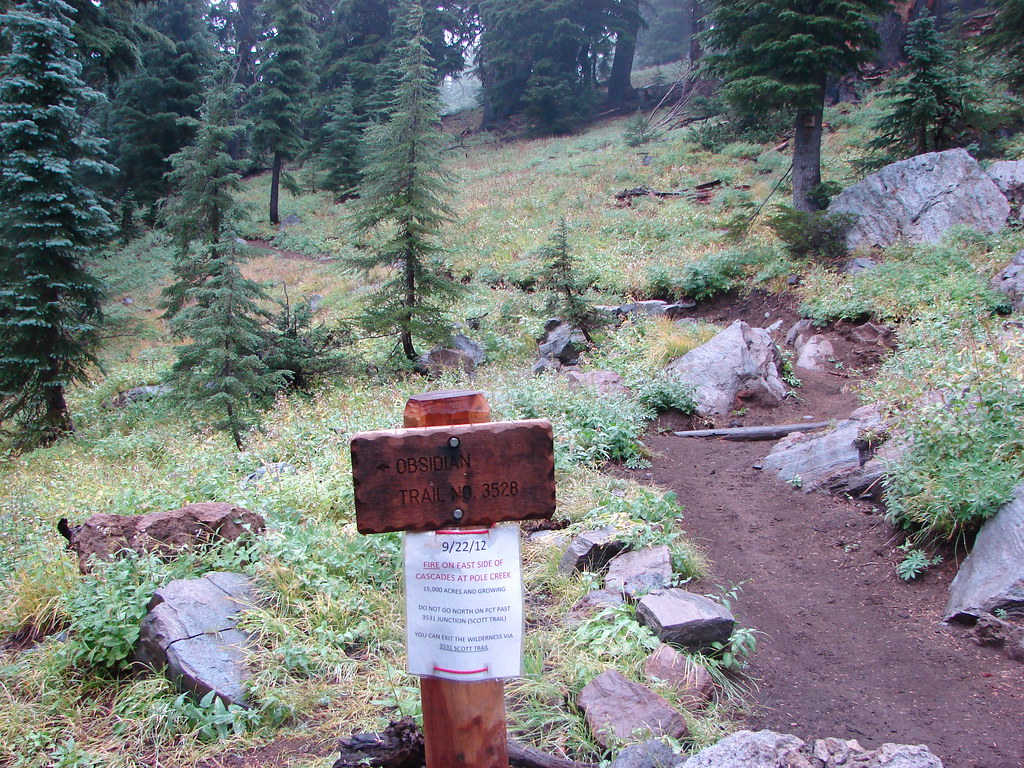
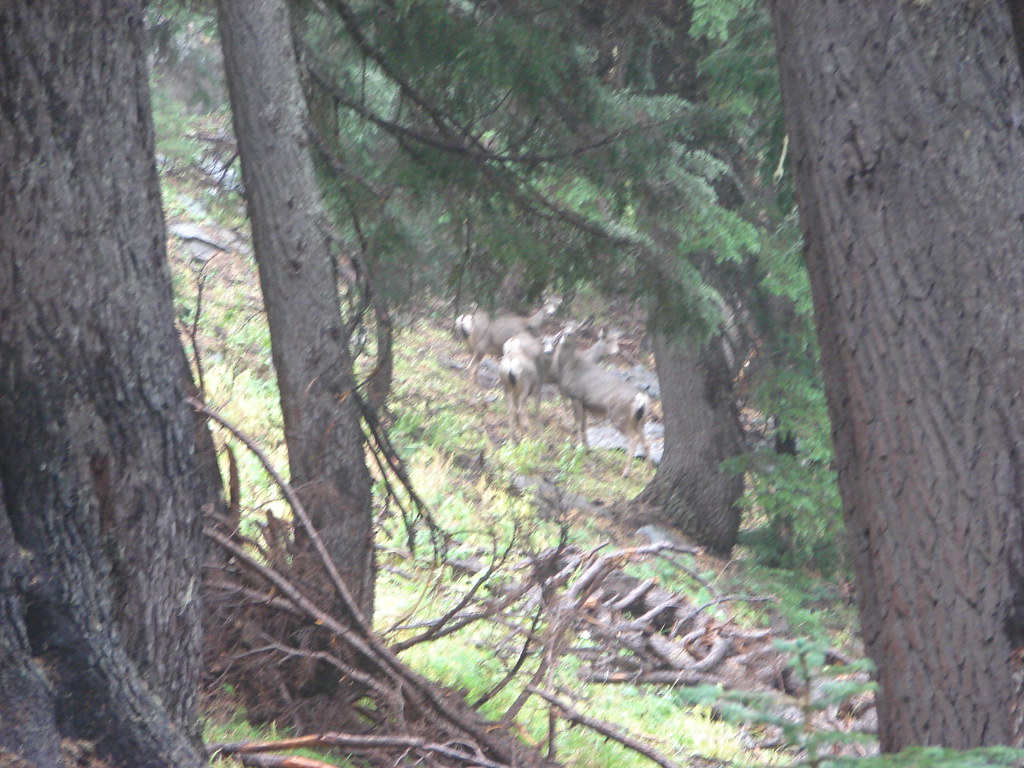

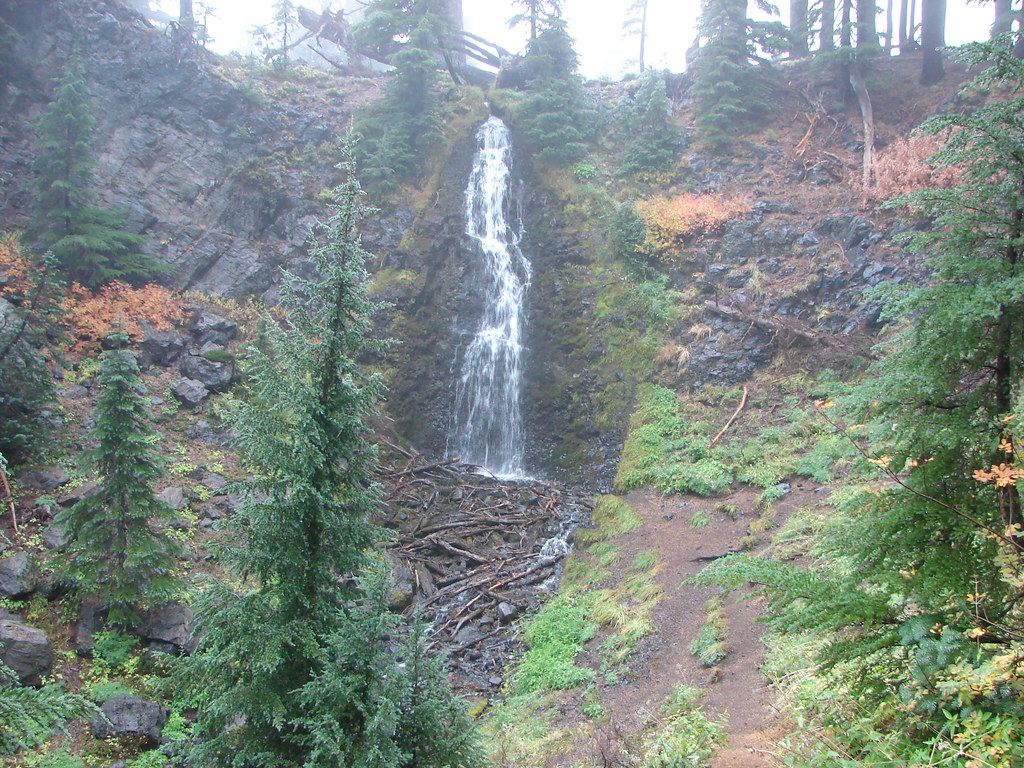
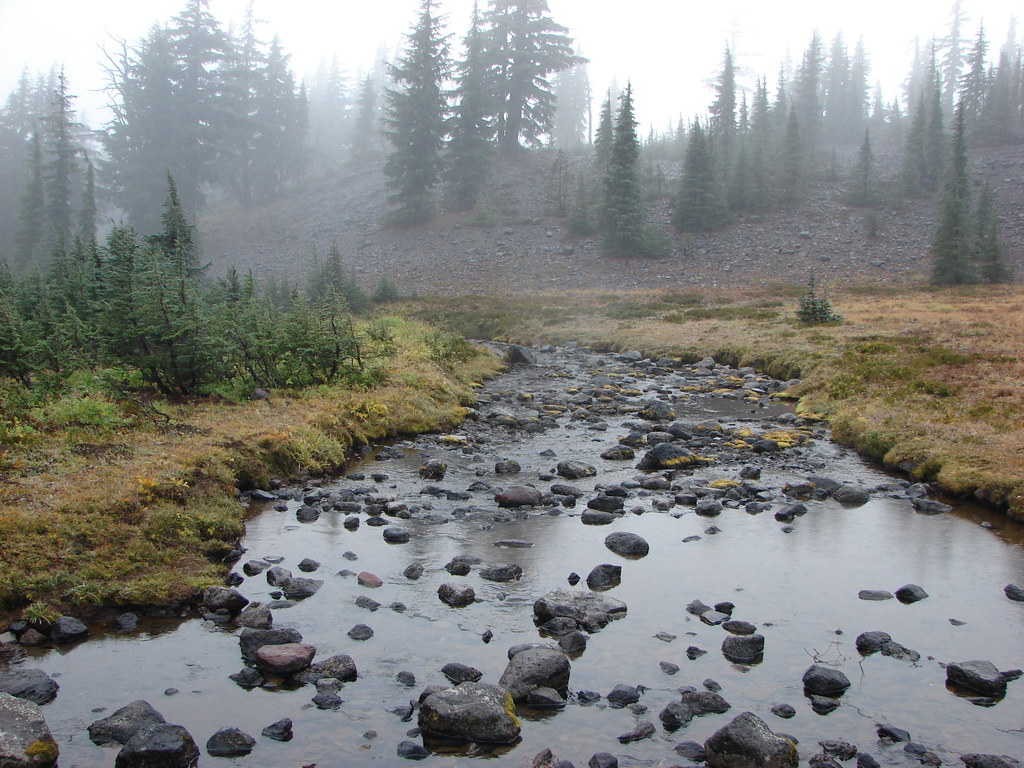
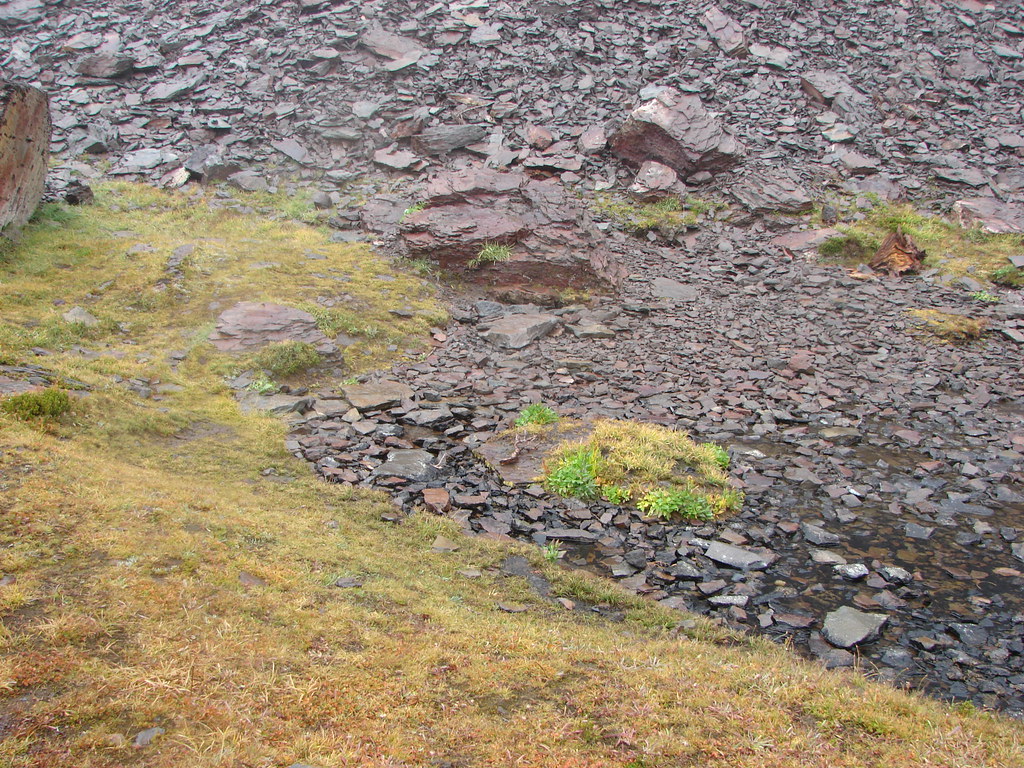 Sister Spring
Sister Spring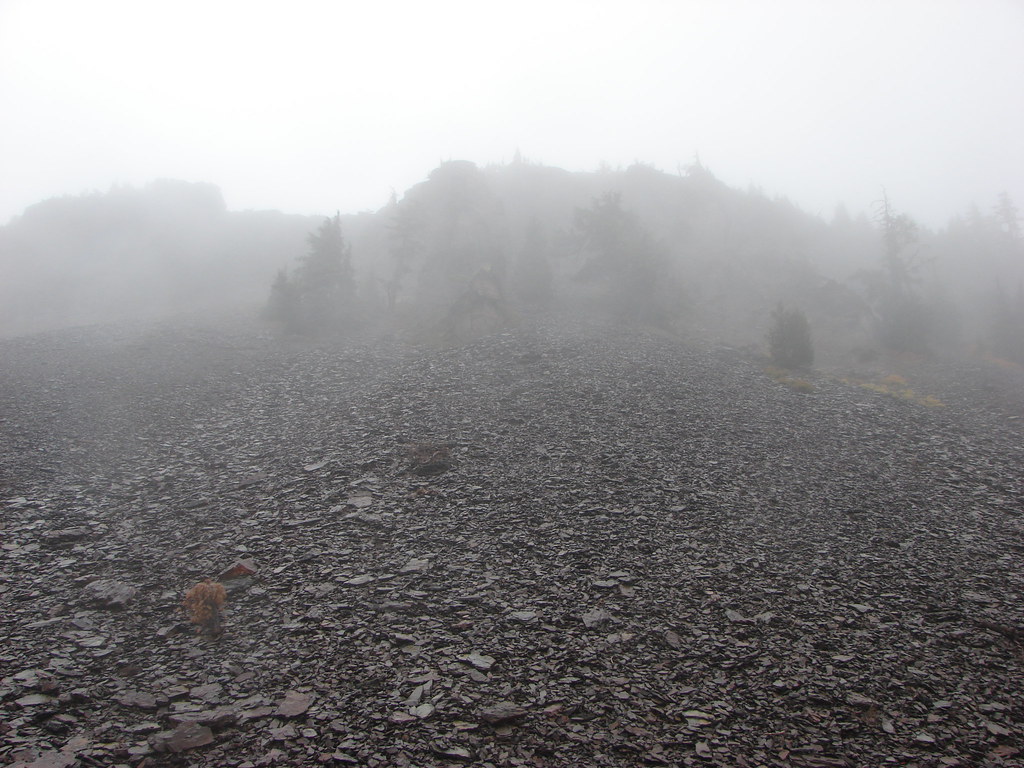
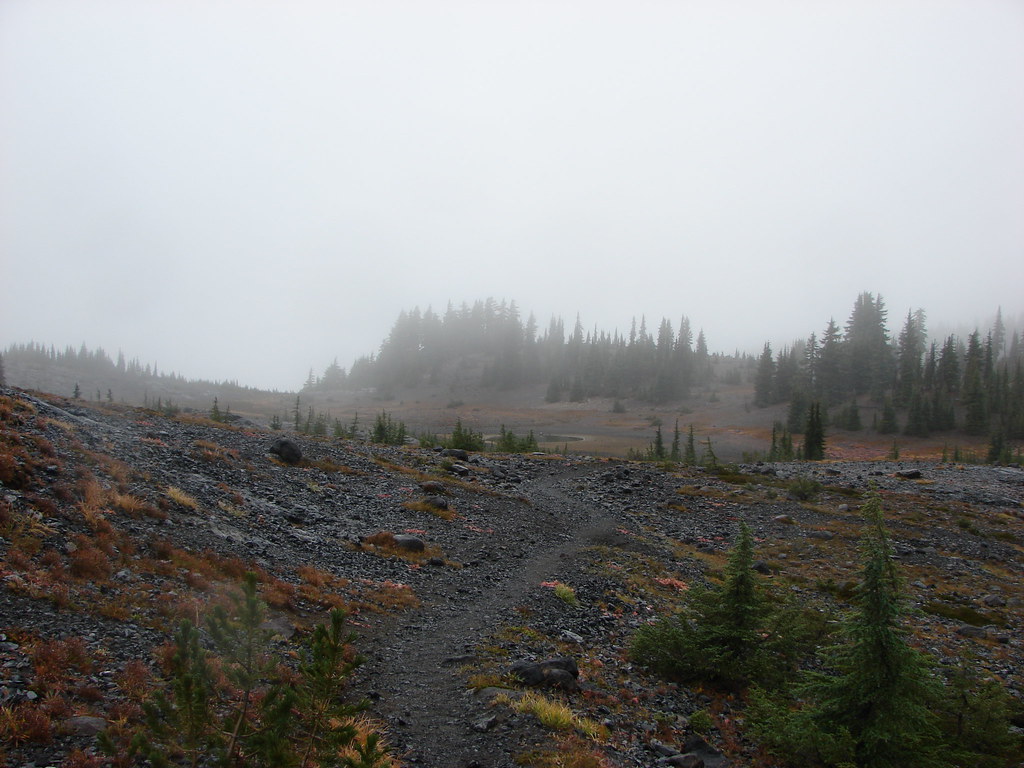
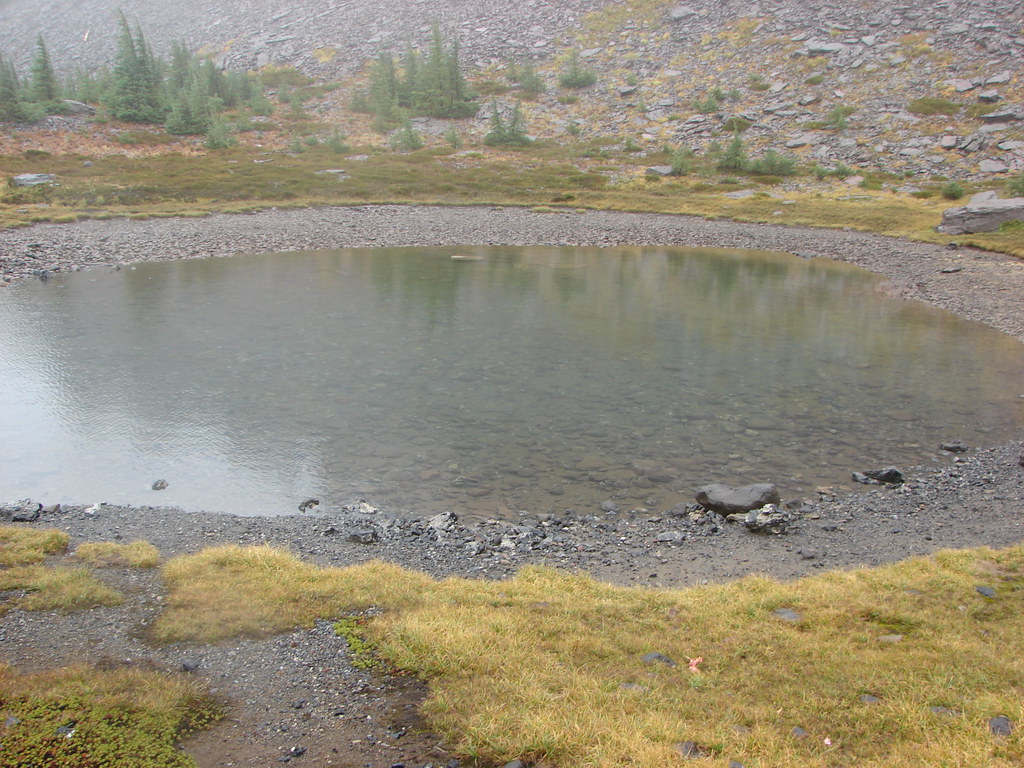
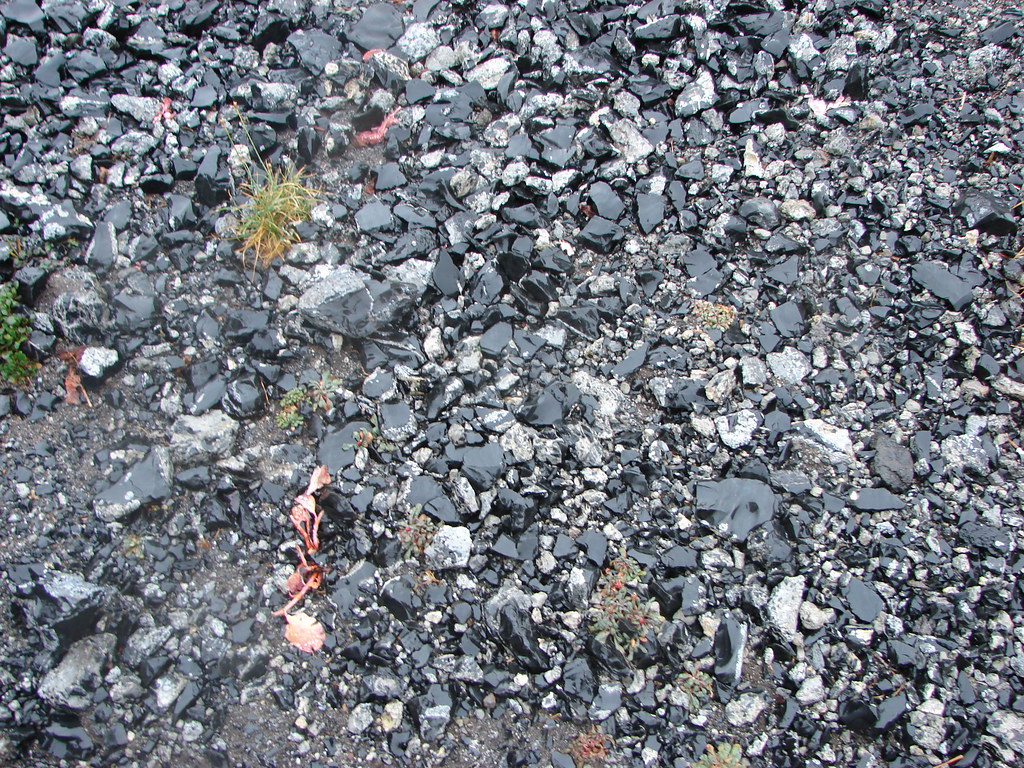
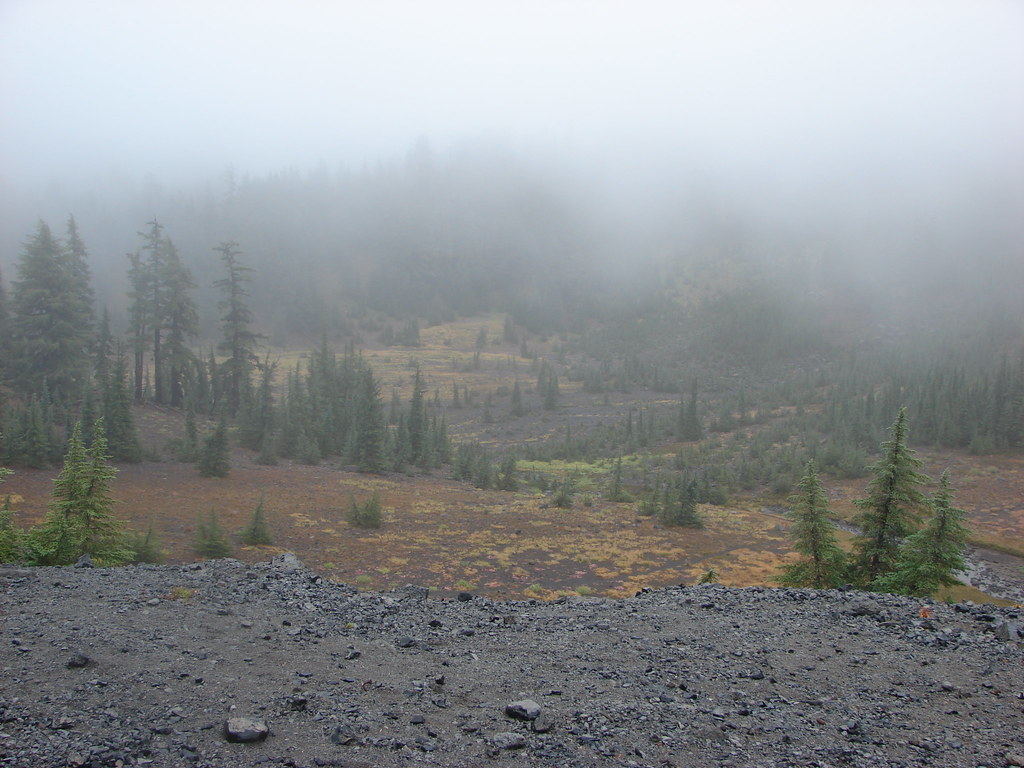


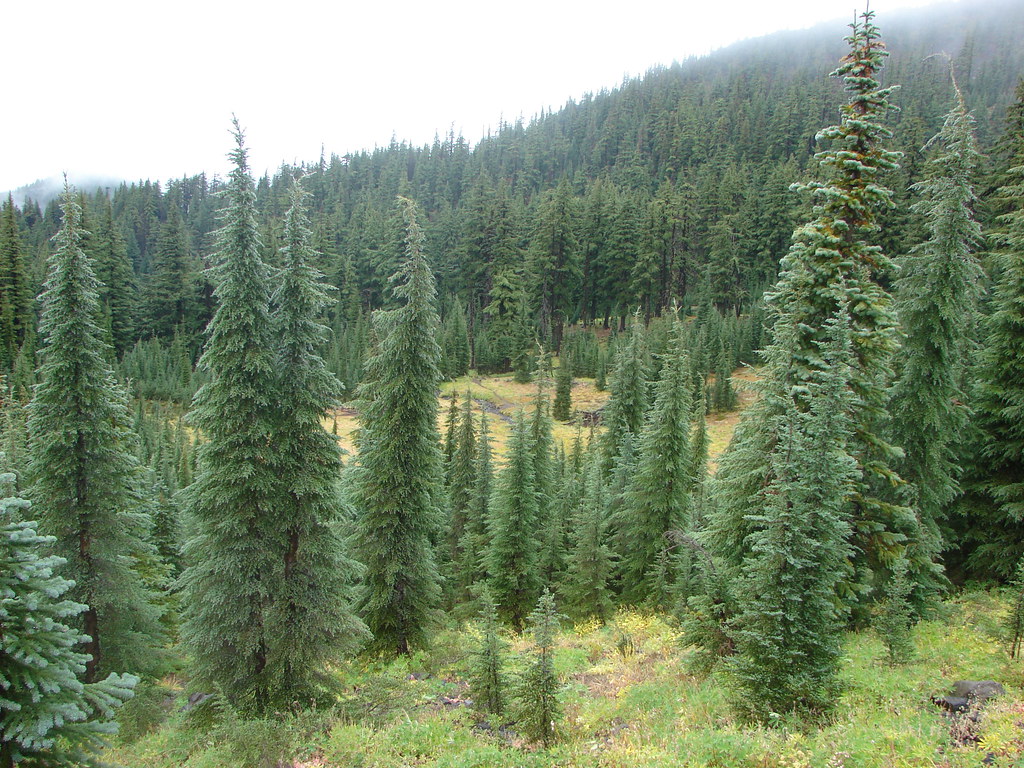
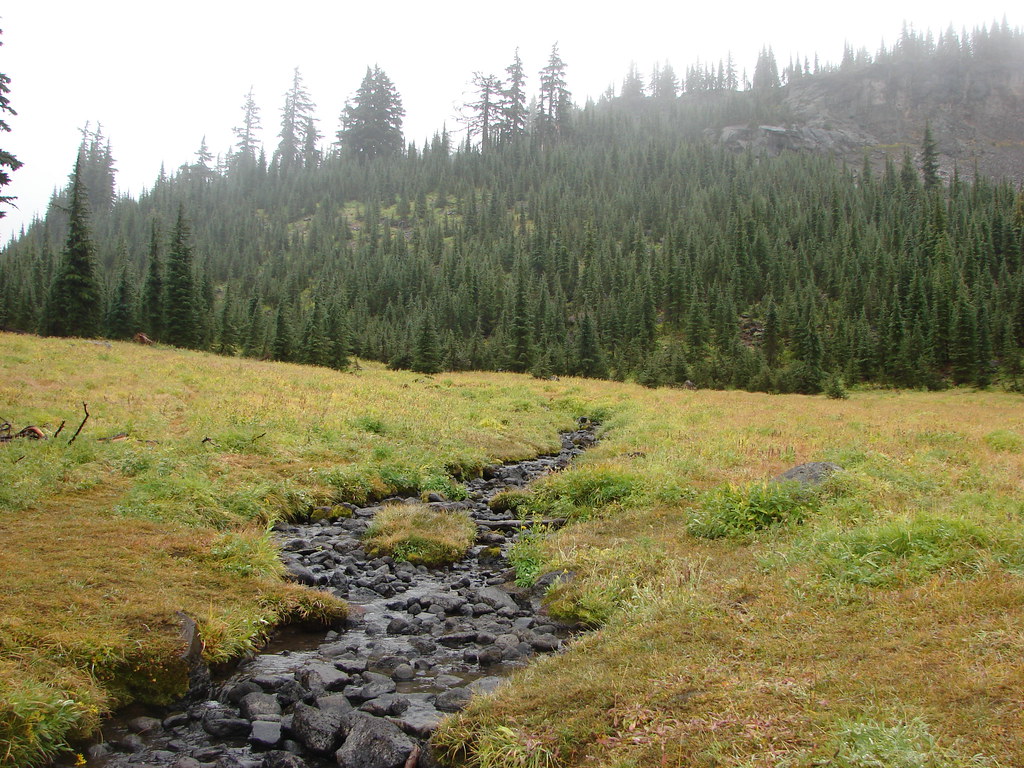
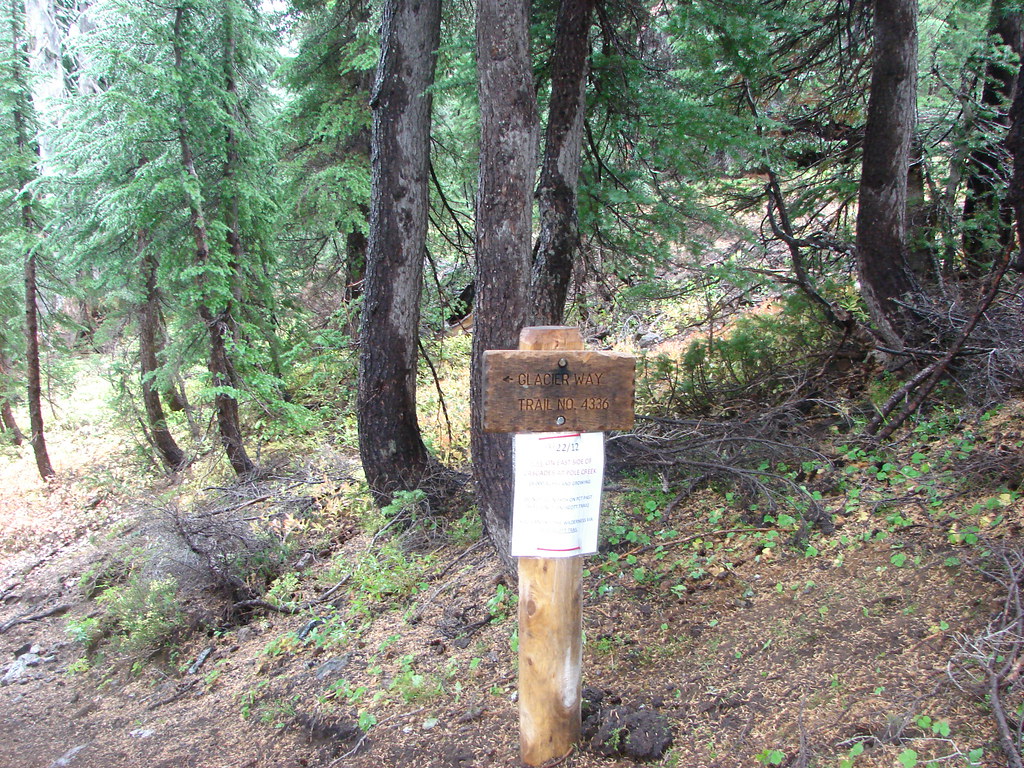
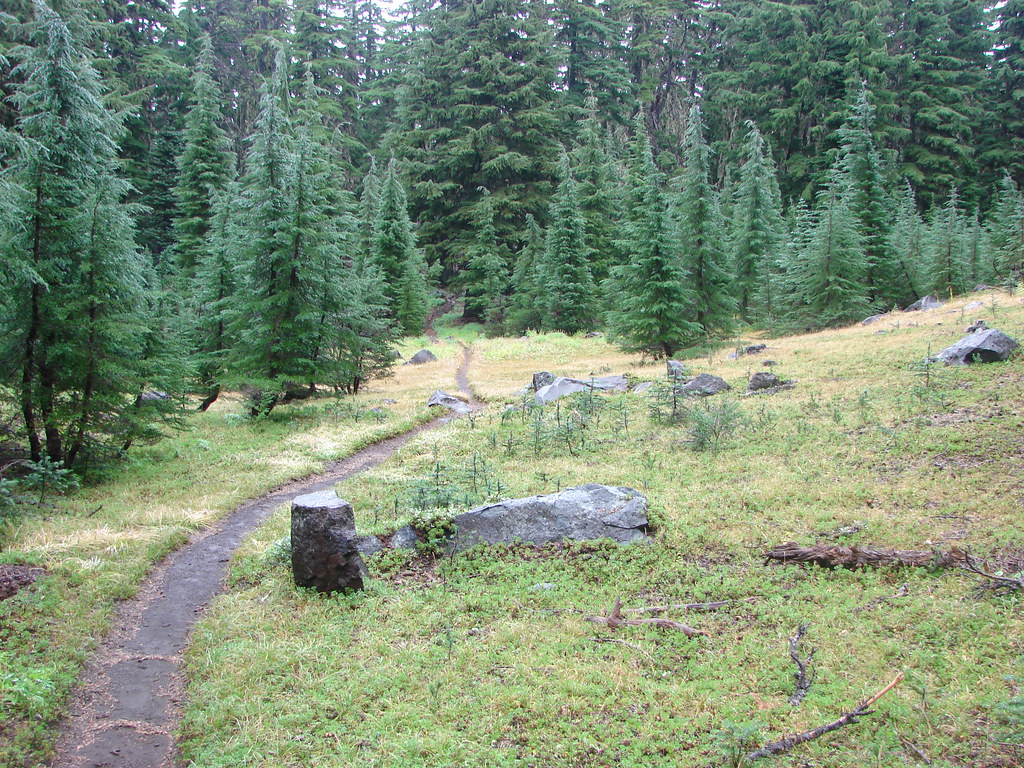
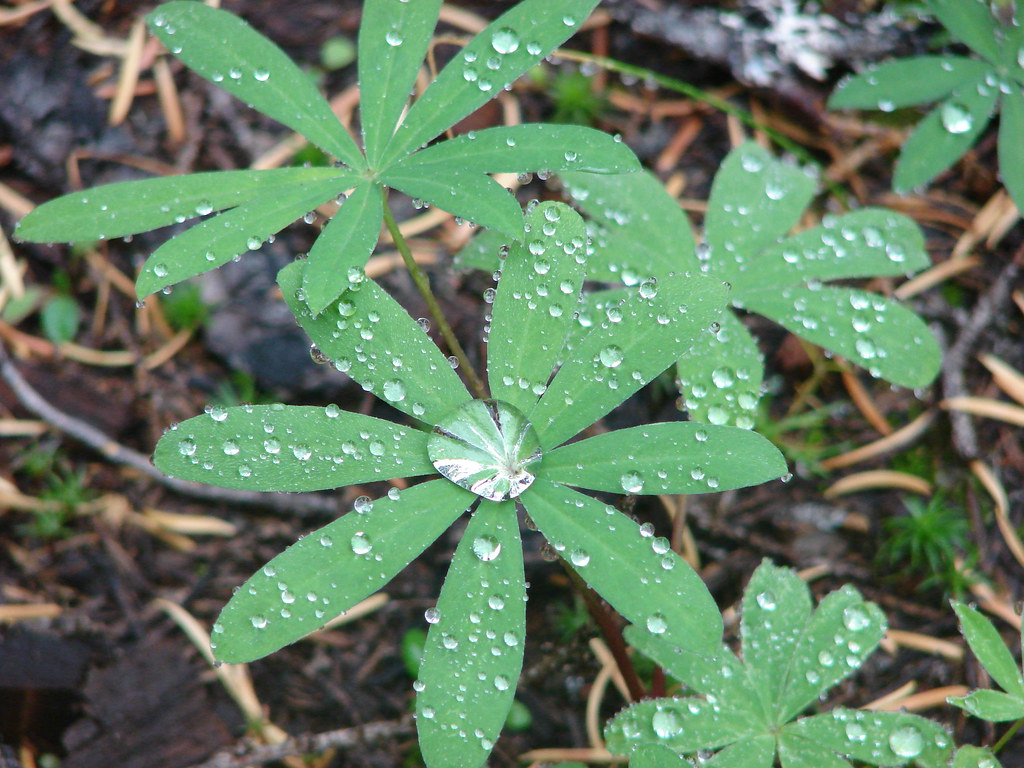
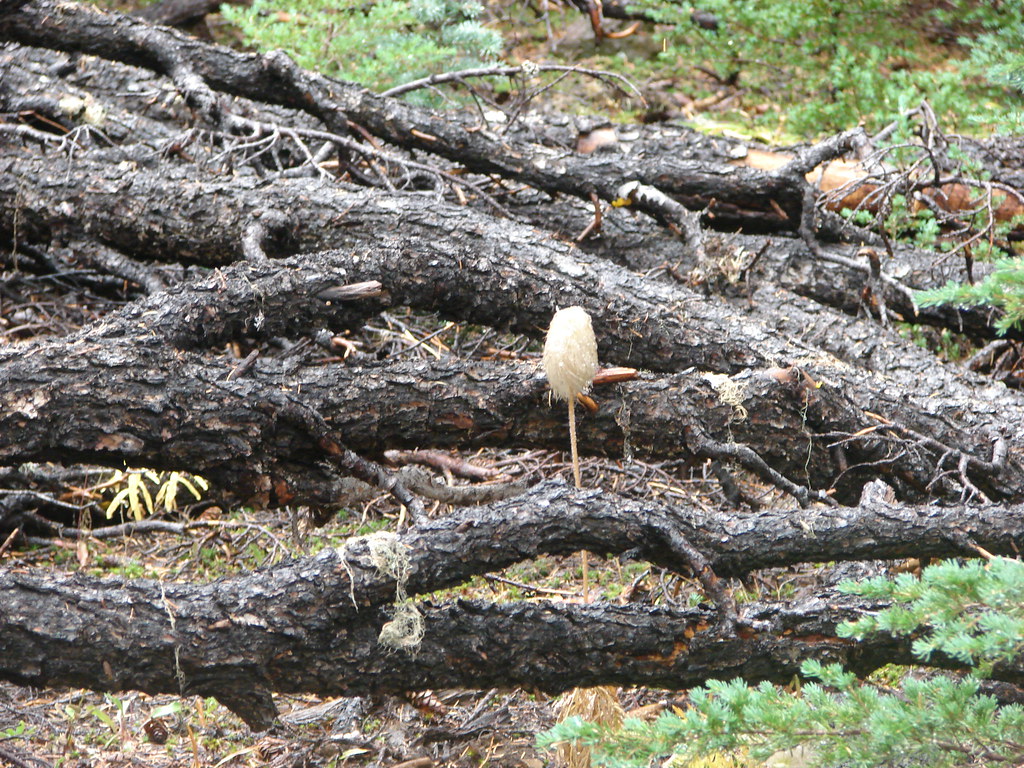
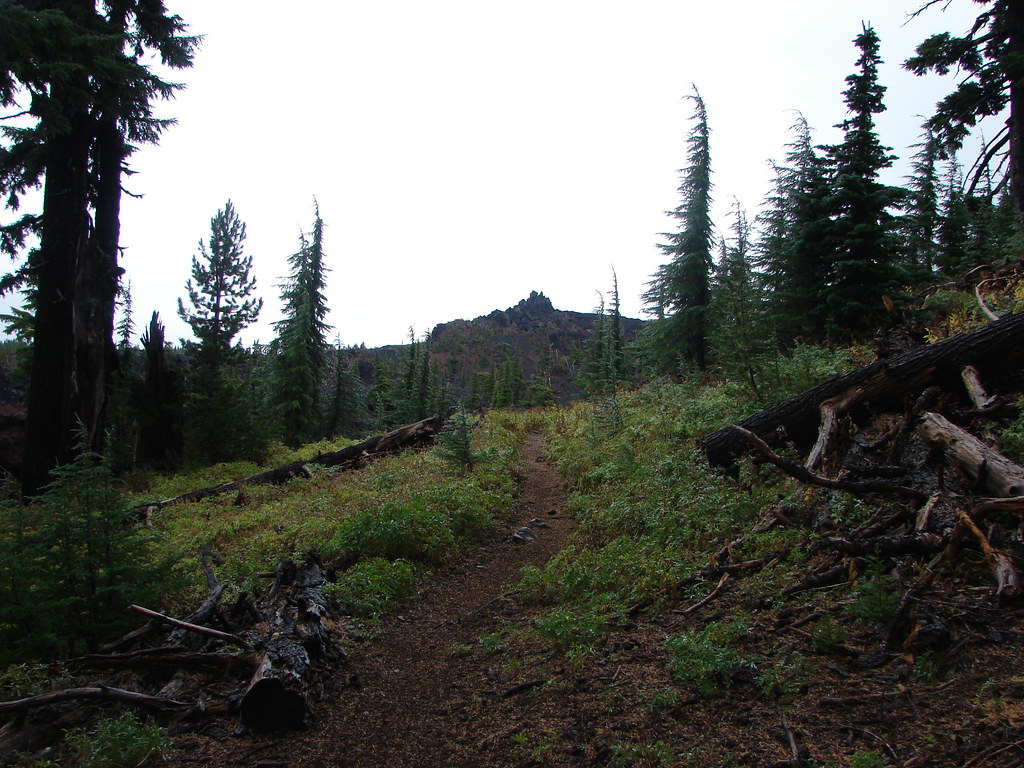
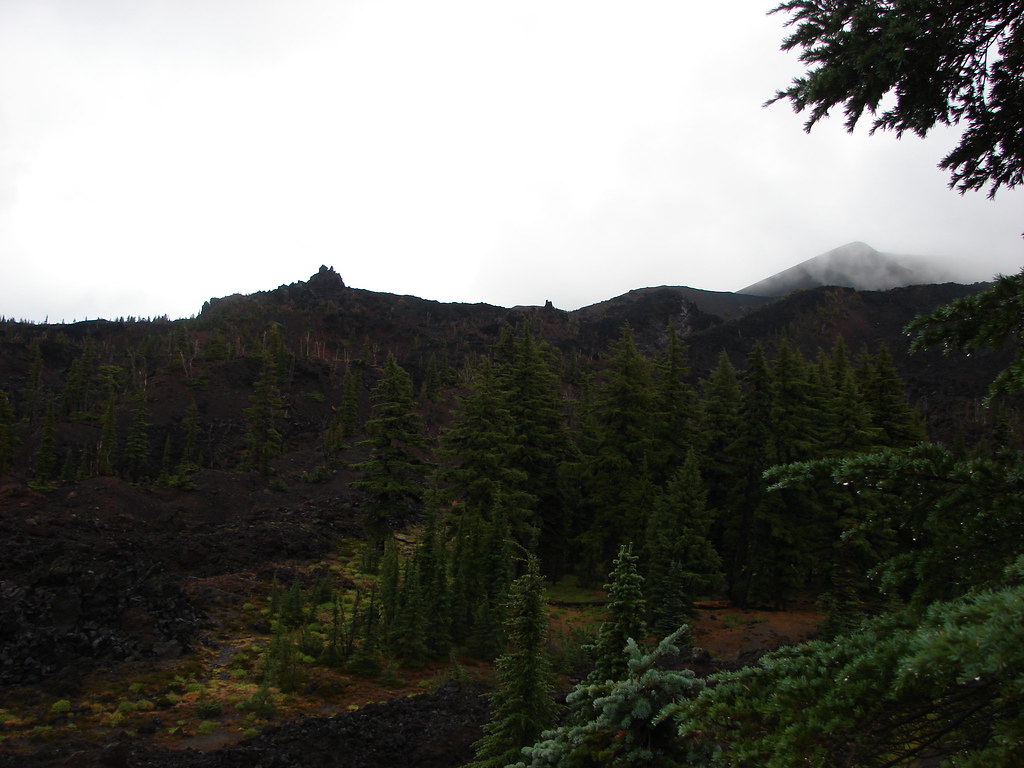
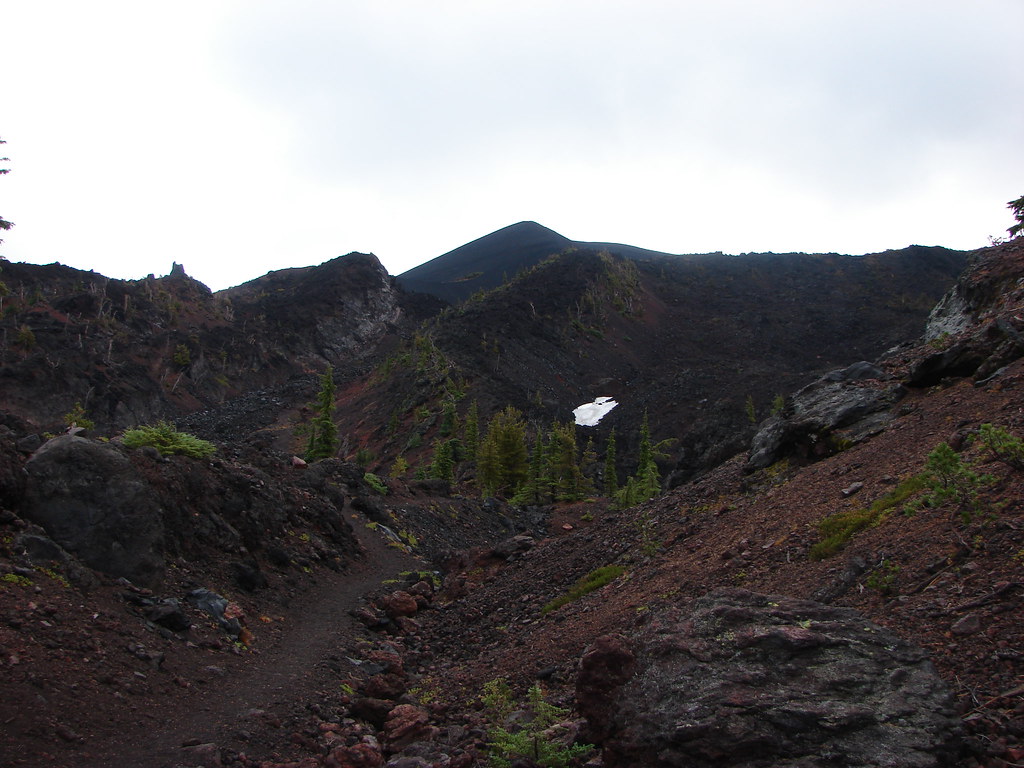

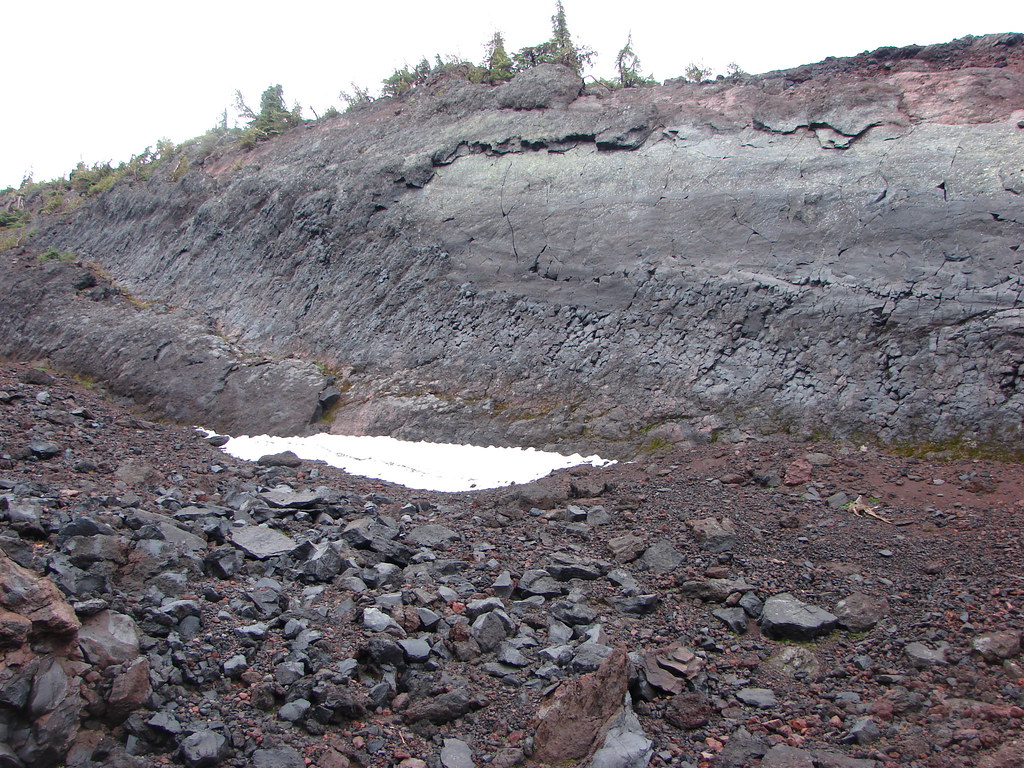
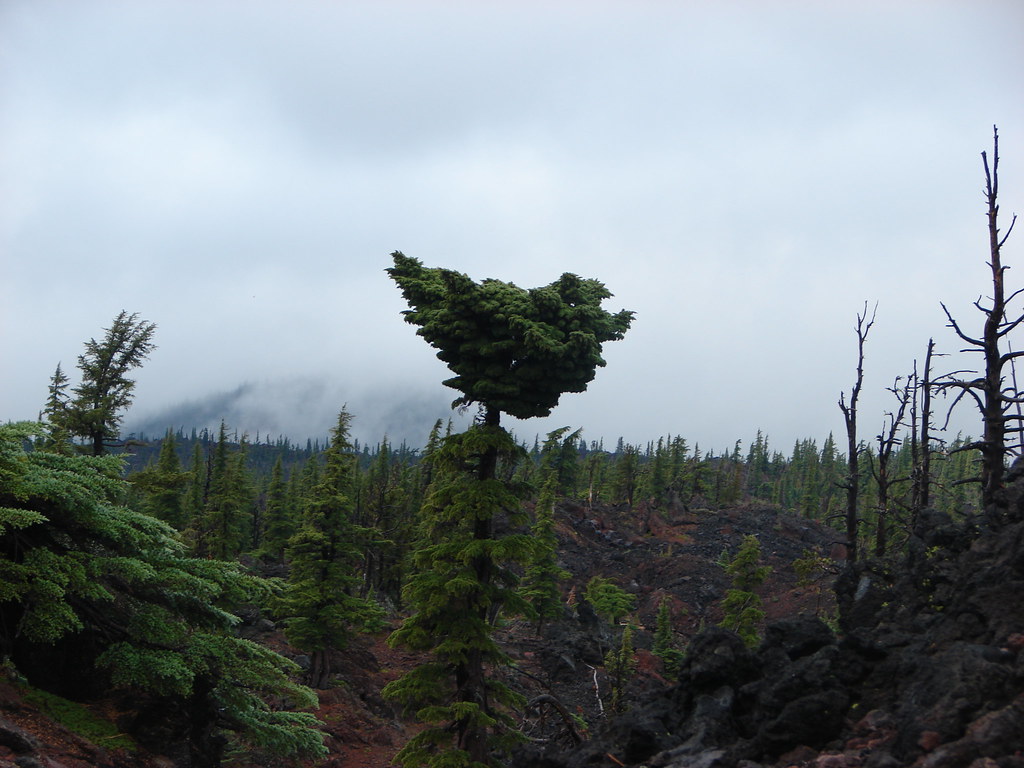
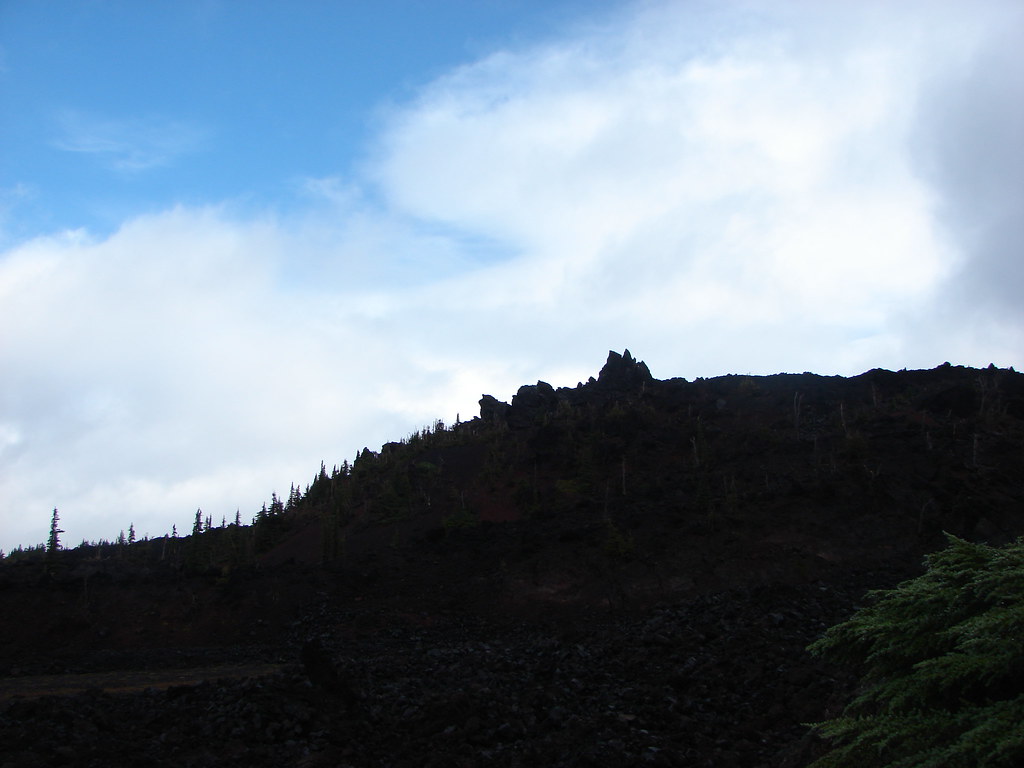
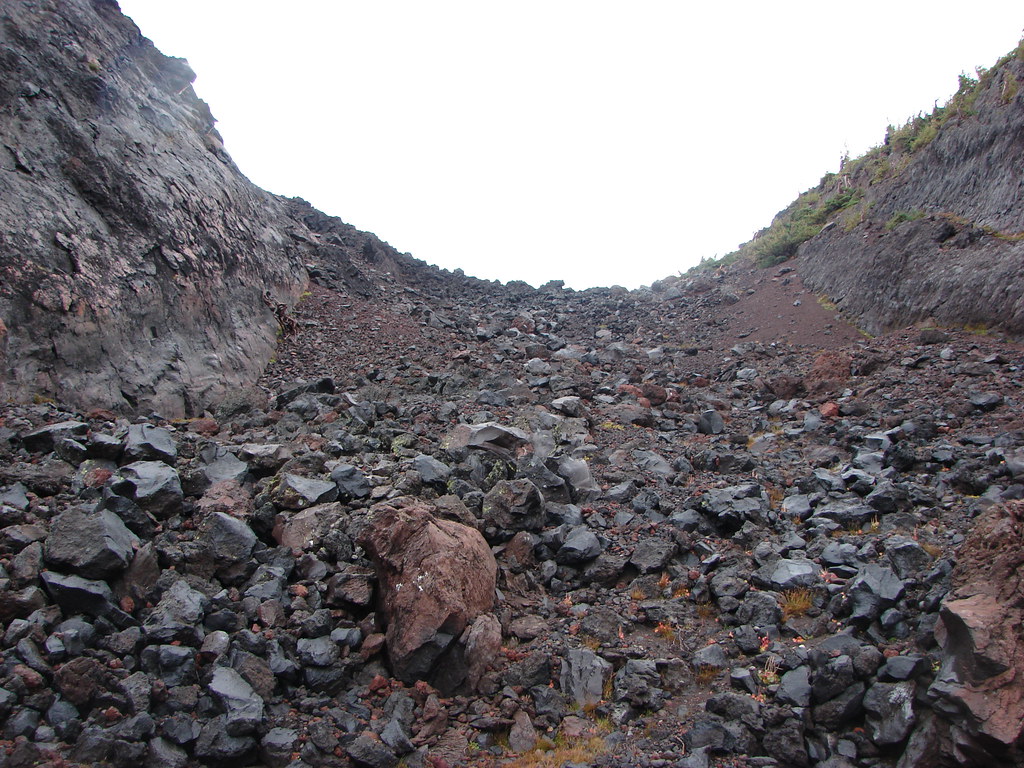
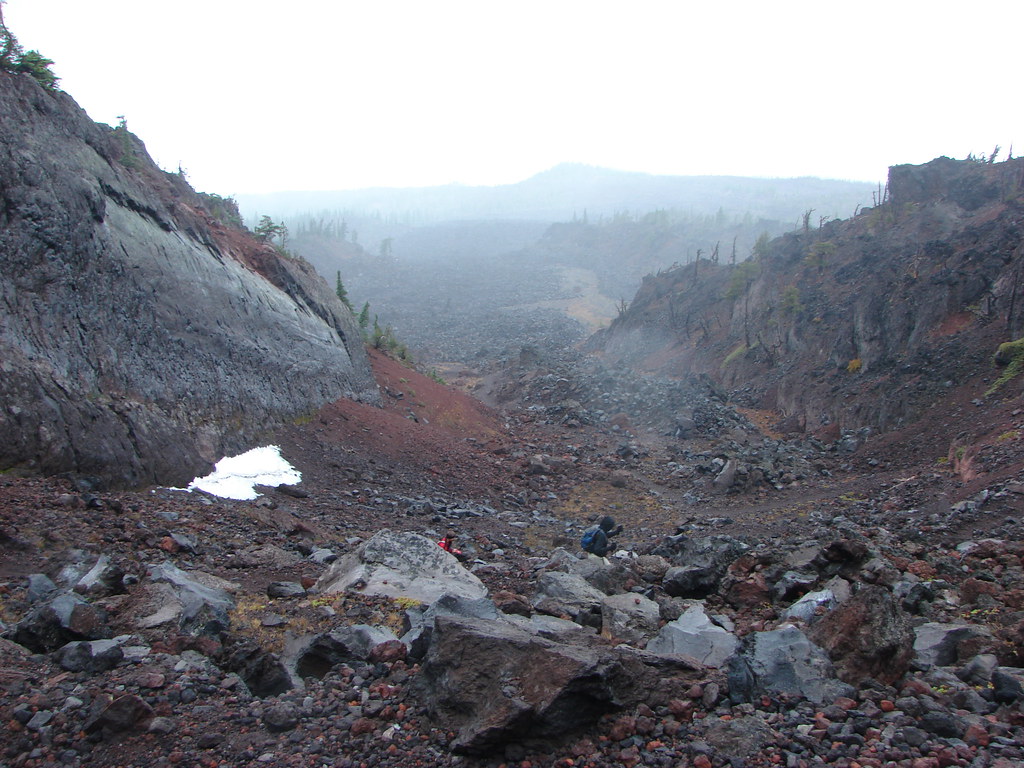
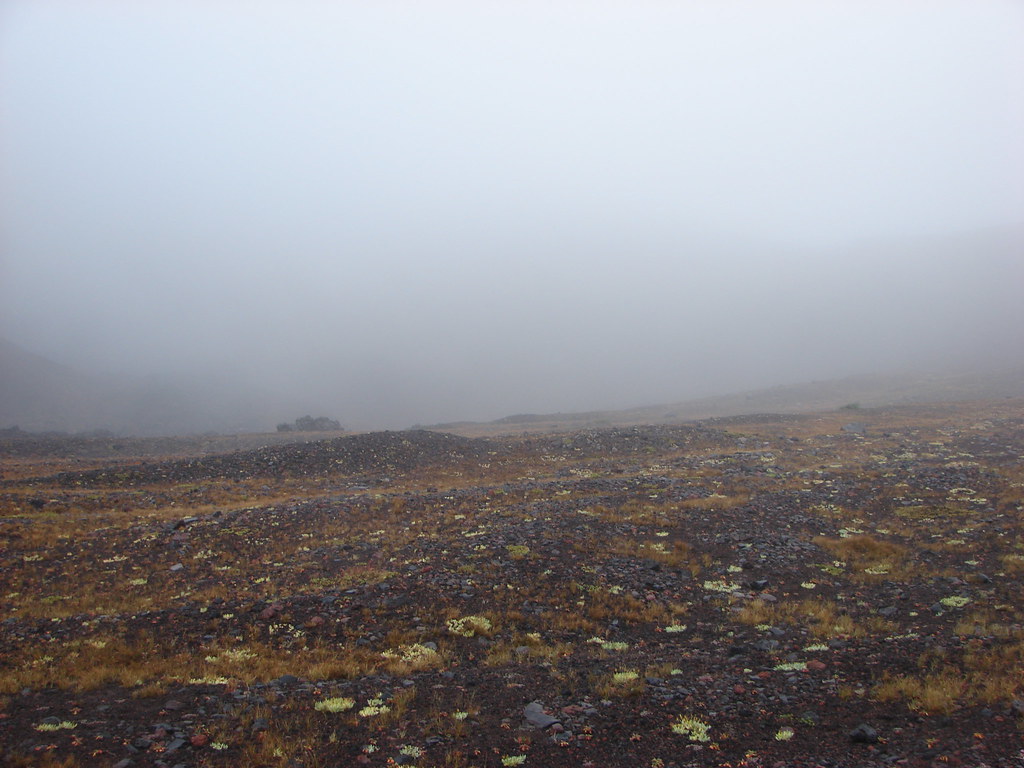
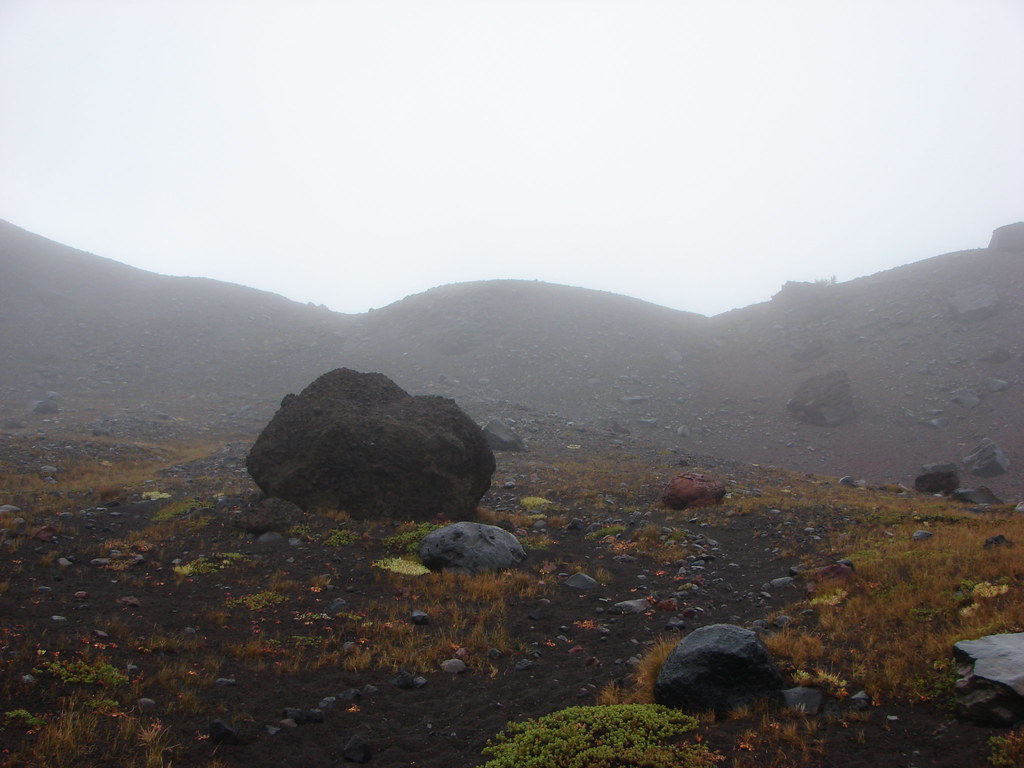

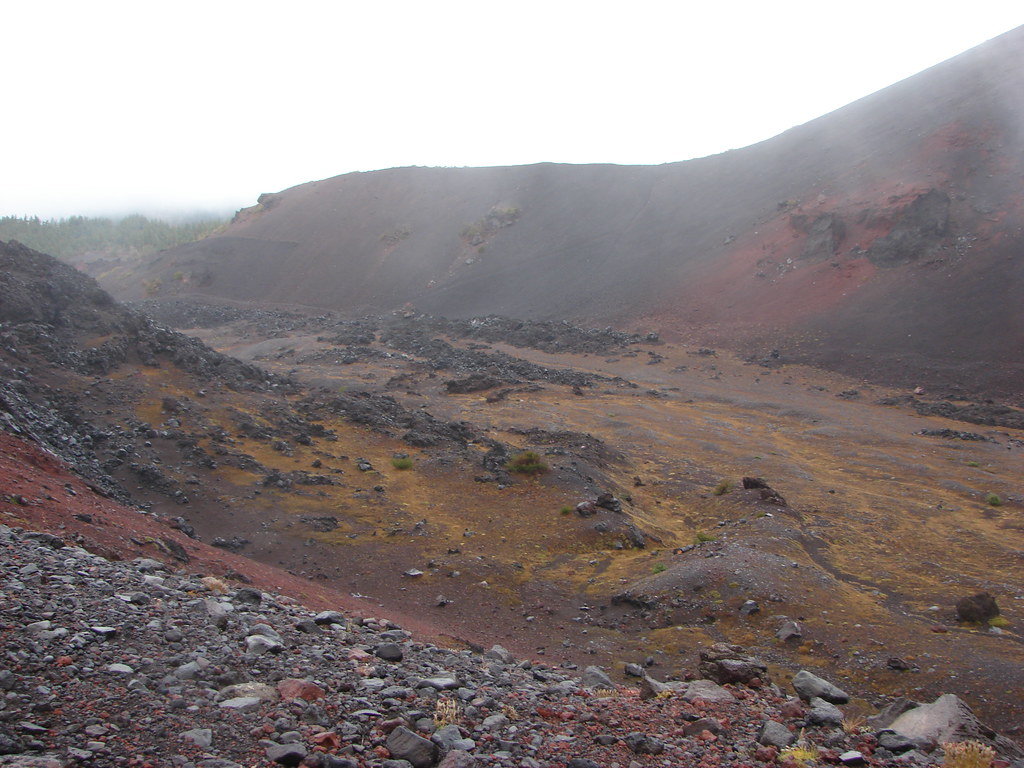
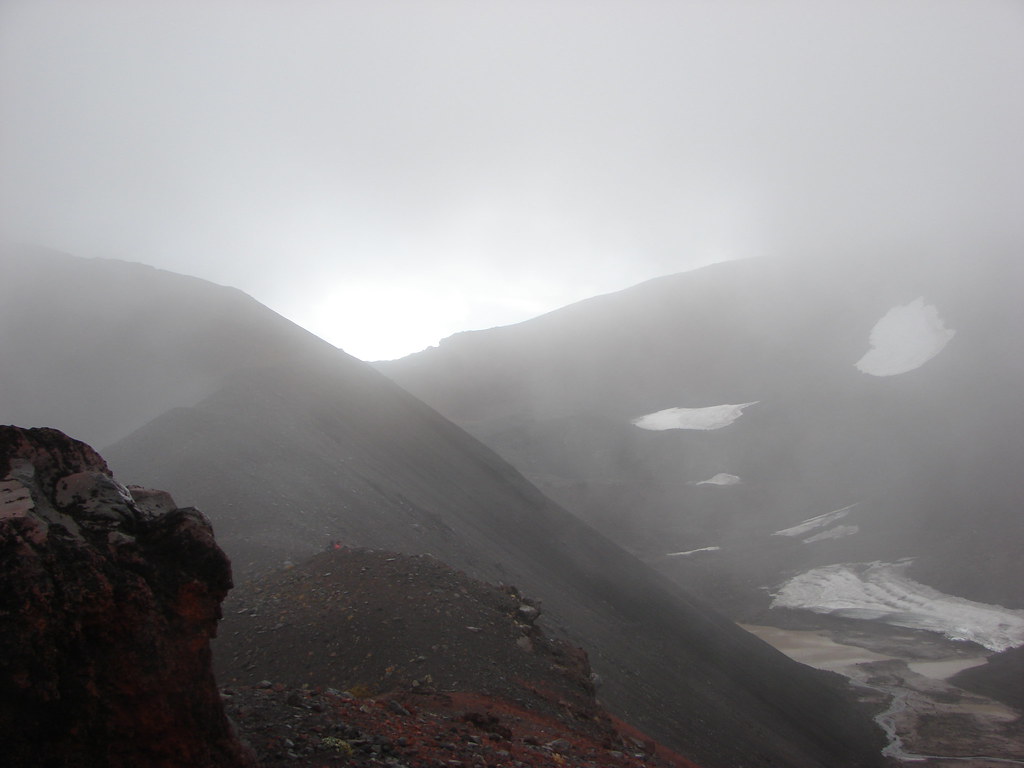
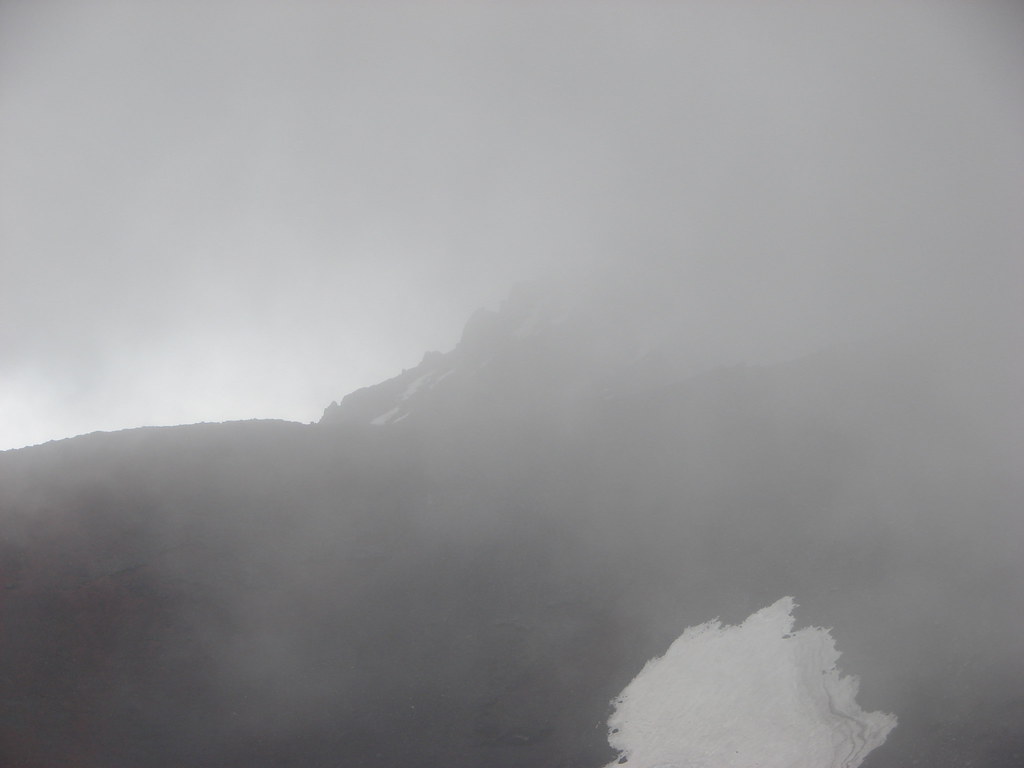
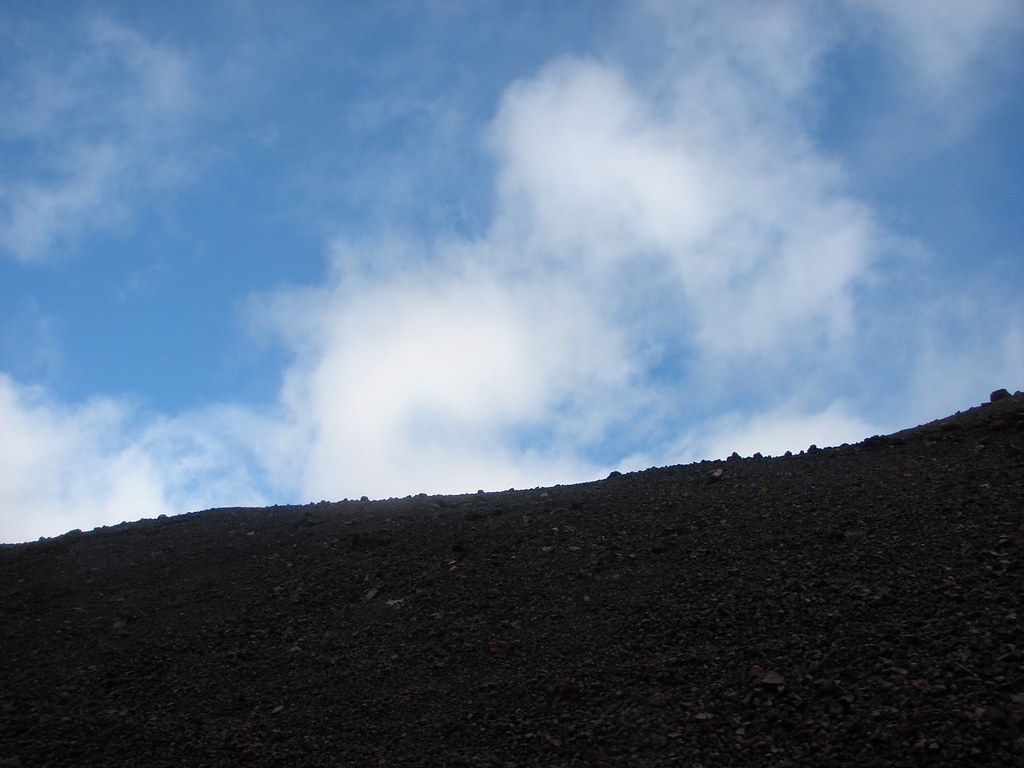
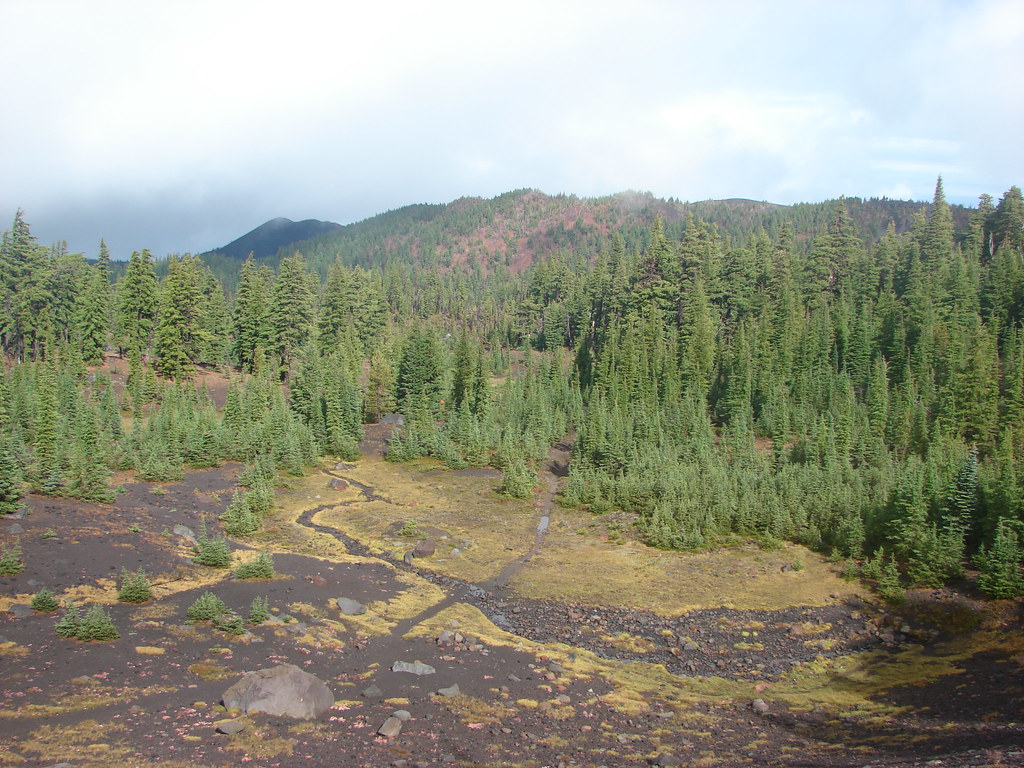
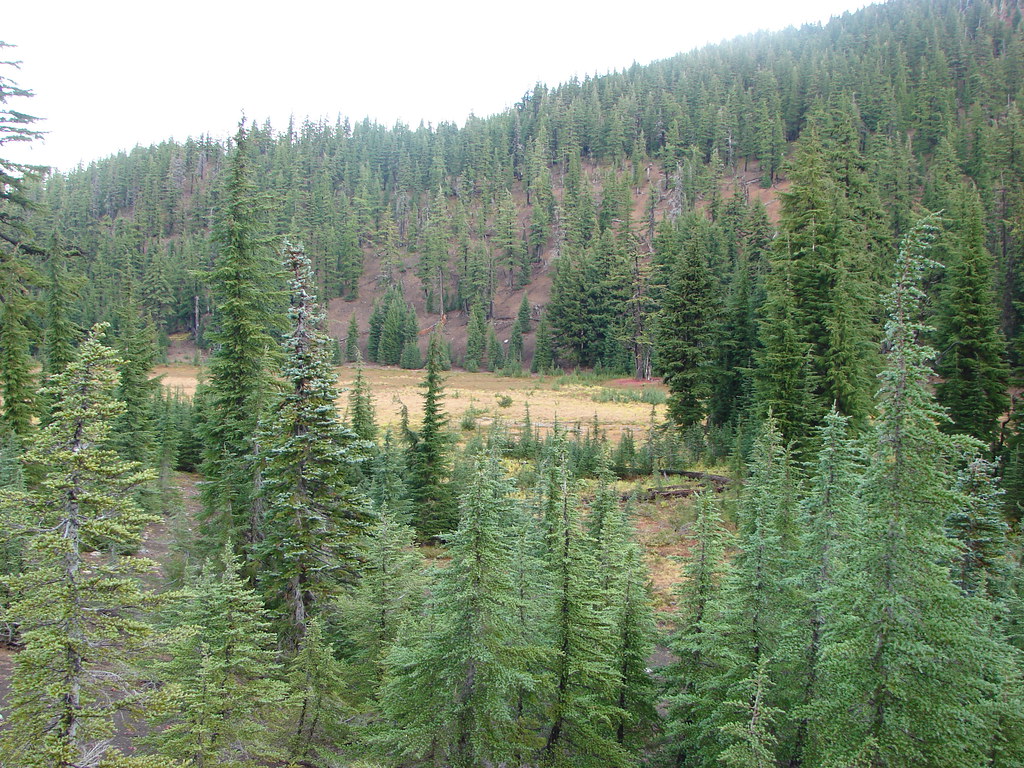
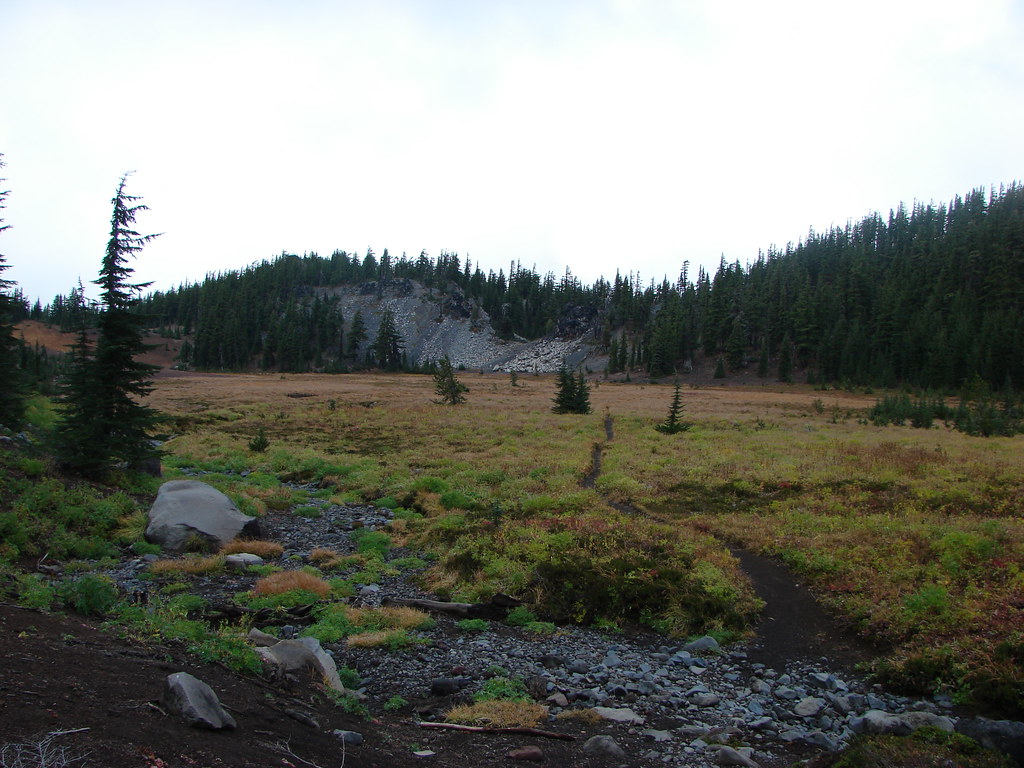

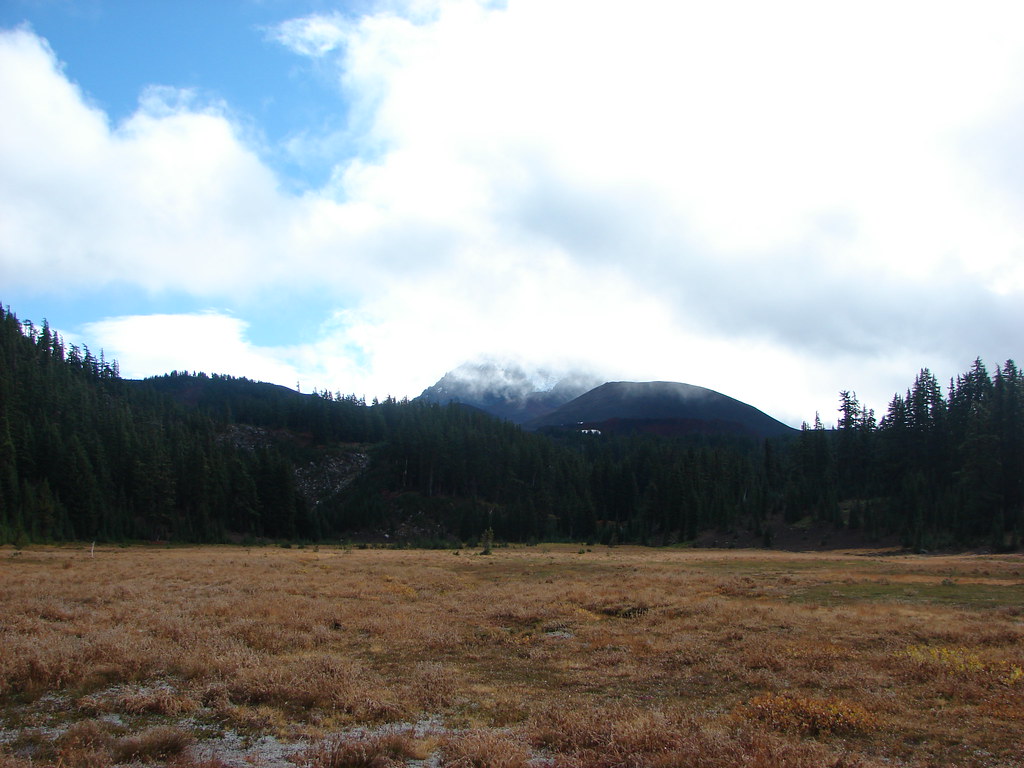
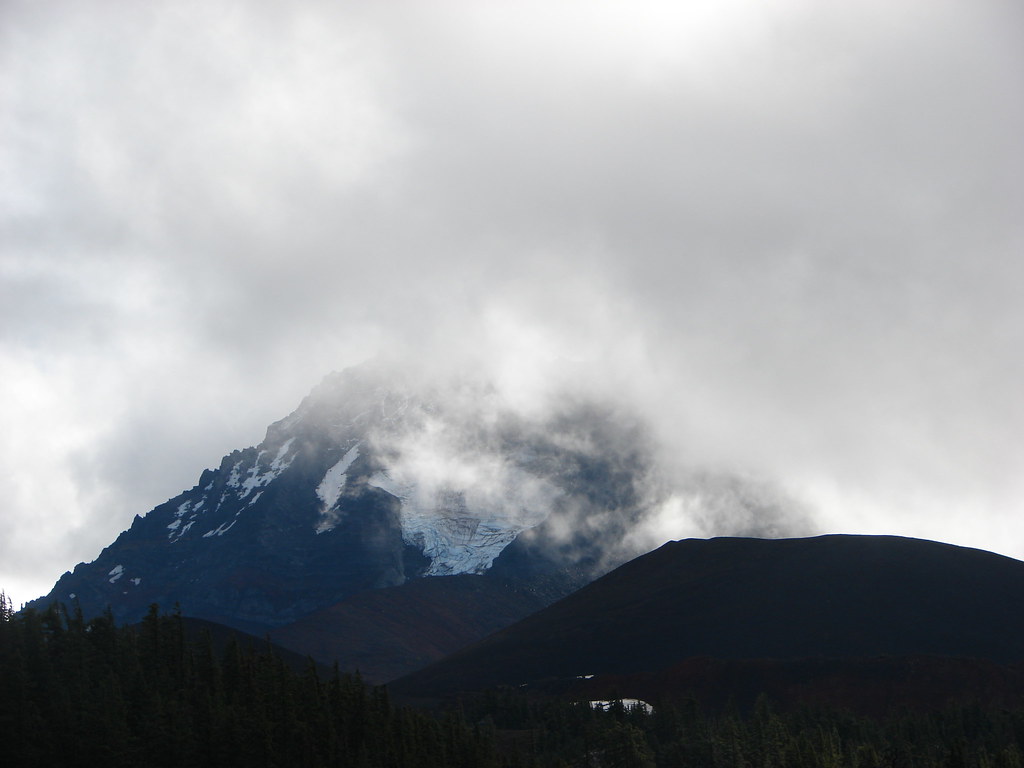 North Sister and the Collier Cone
North Sister and the Collier Cone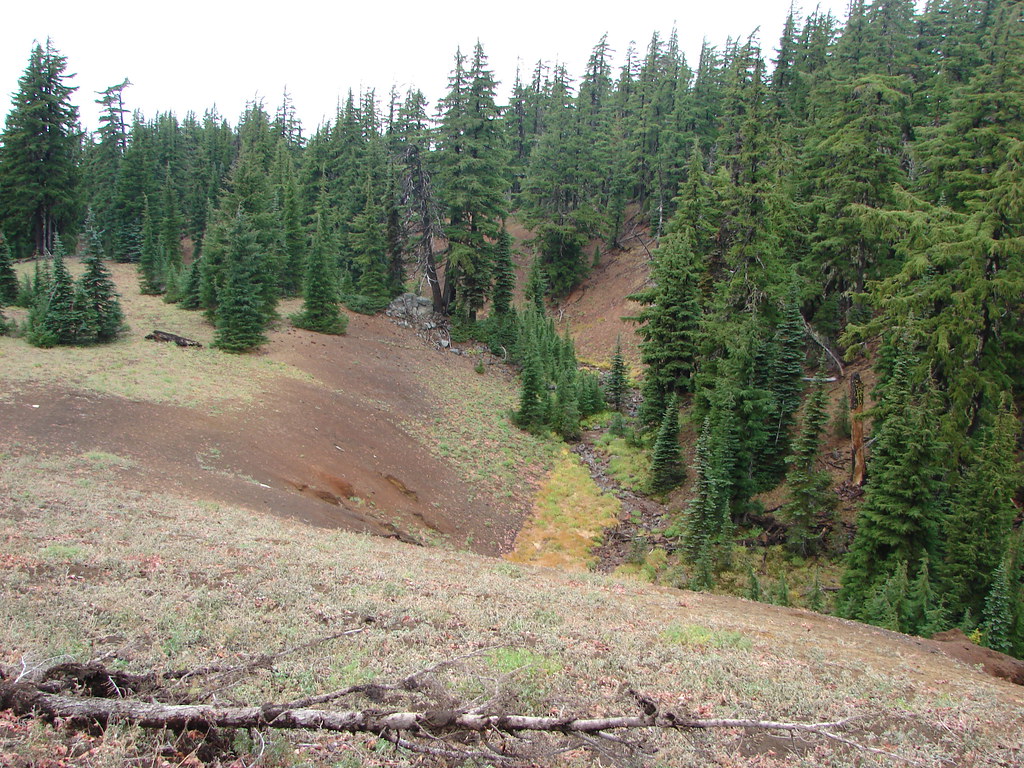
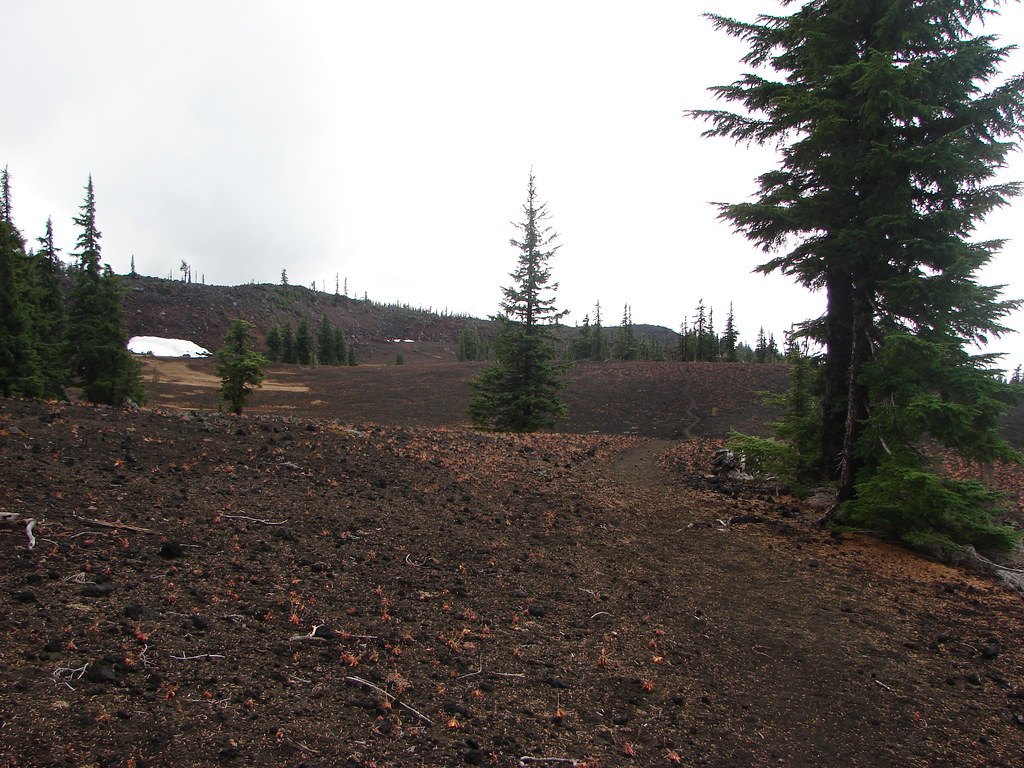
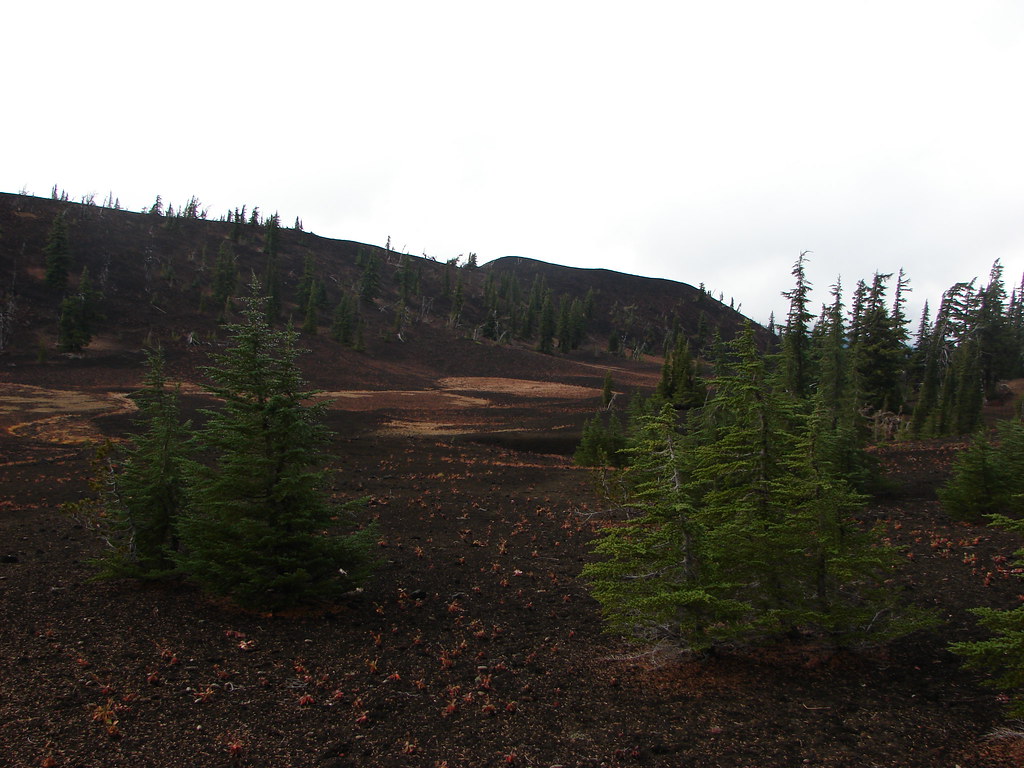
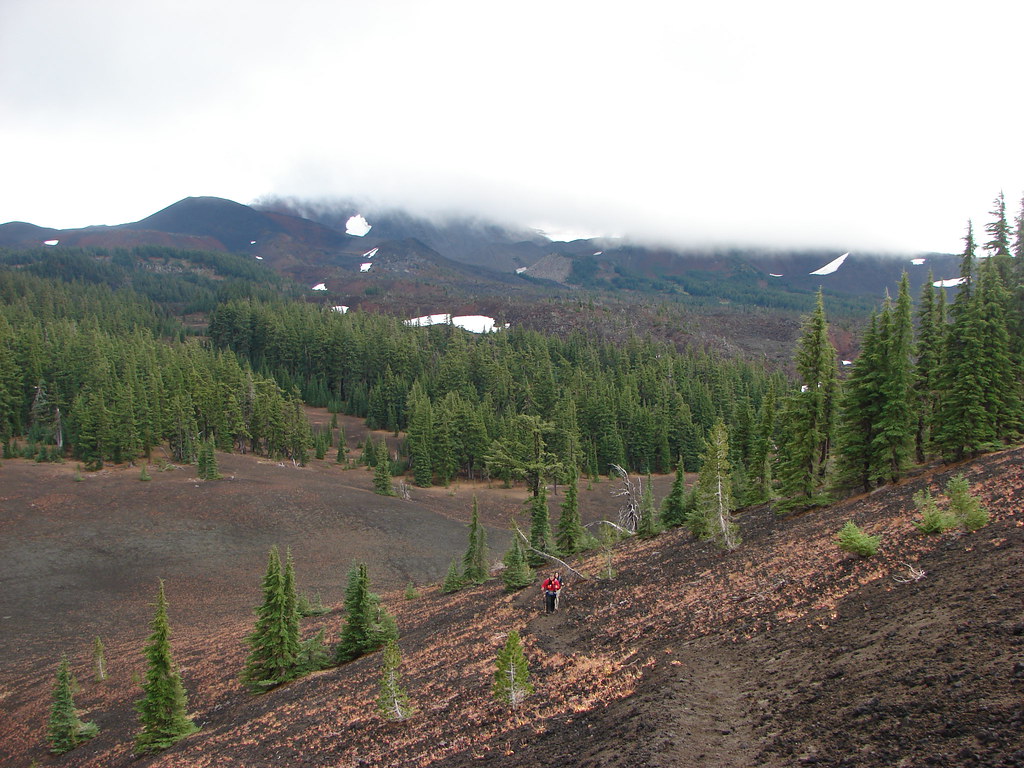
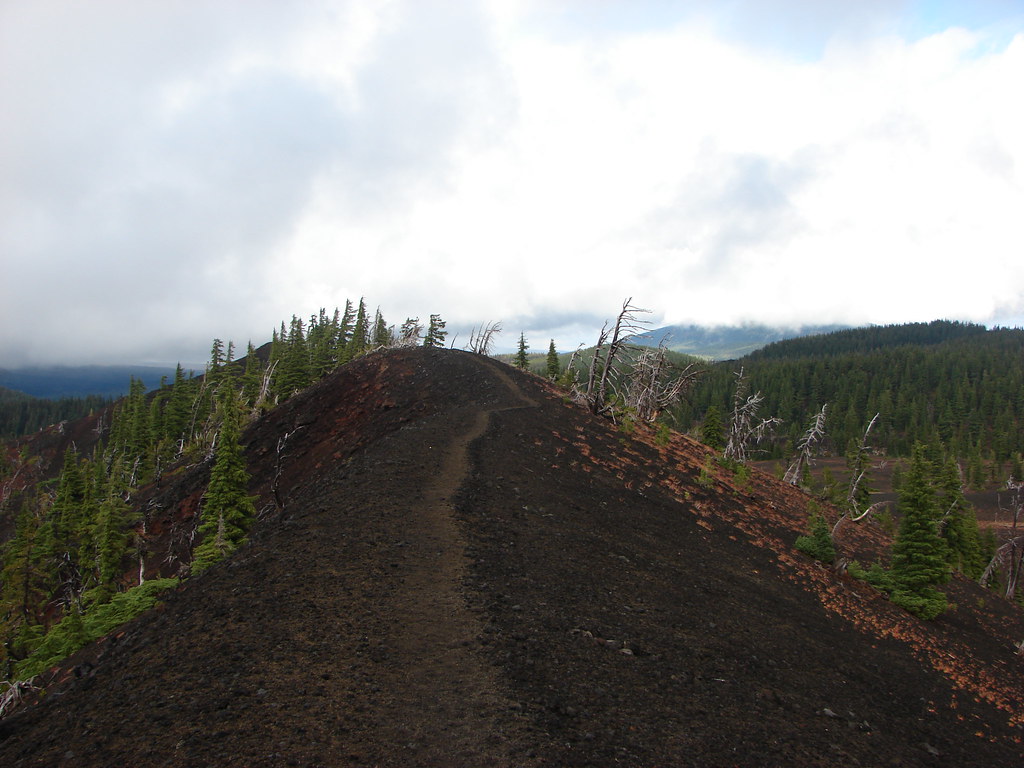


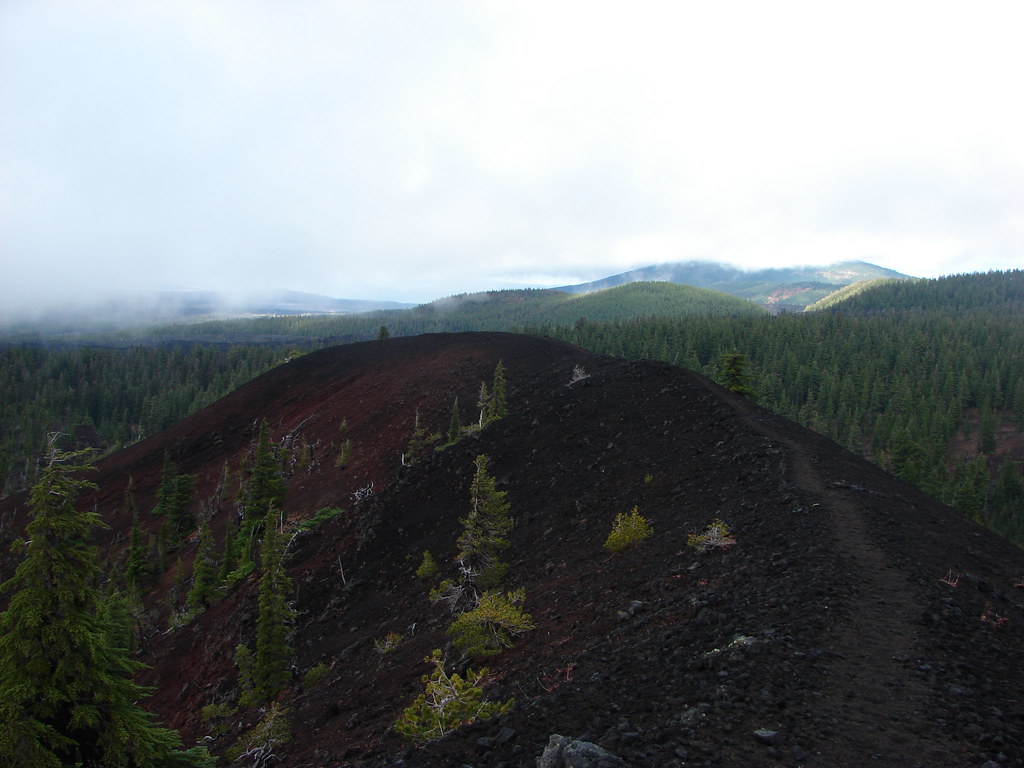

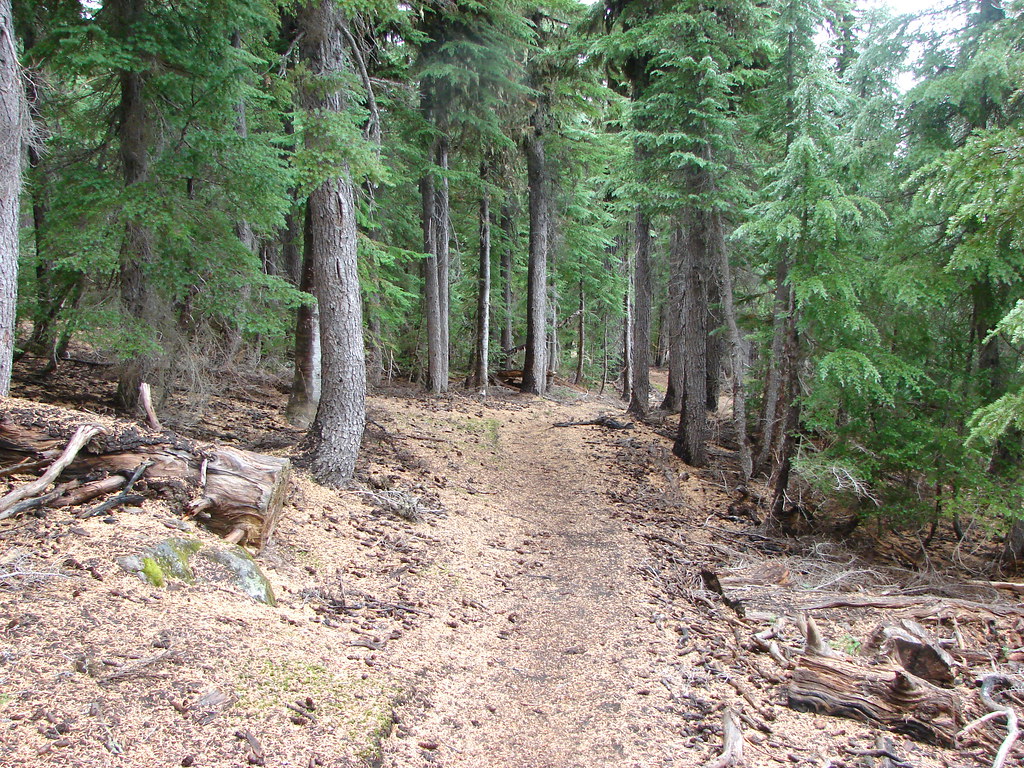


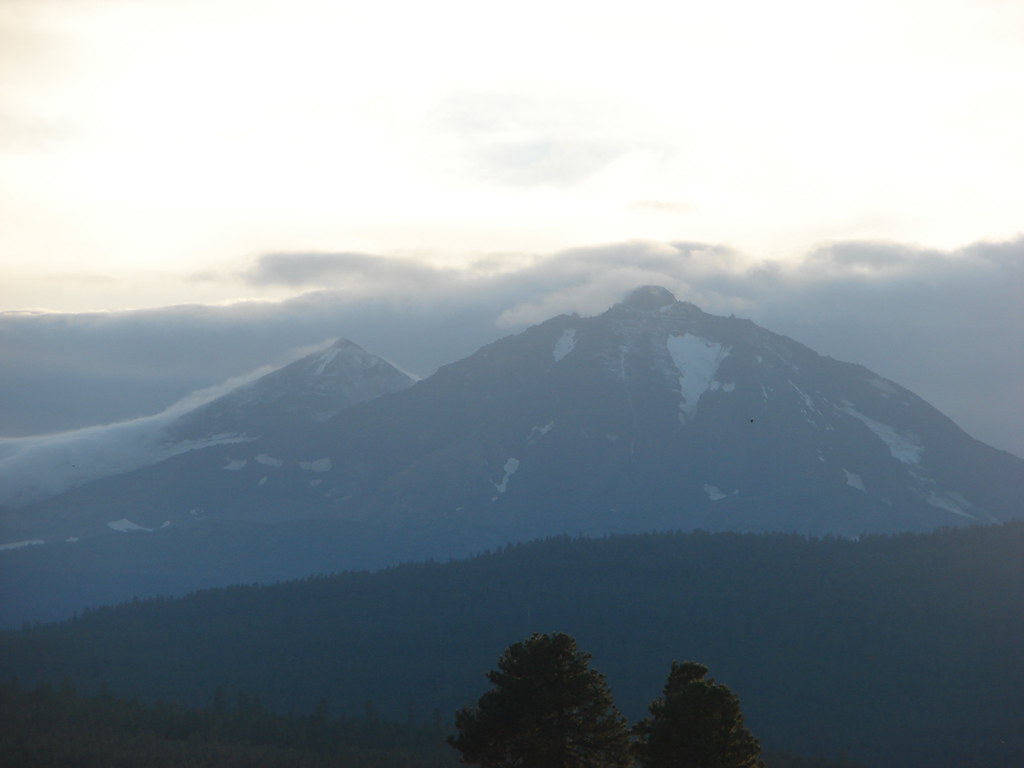
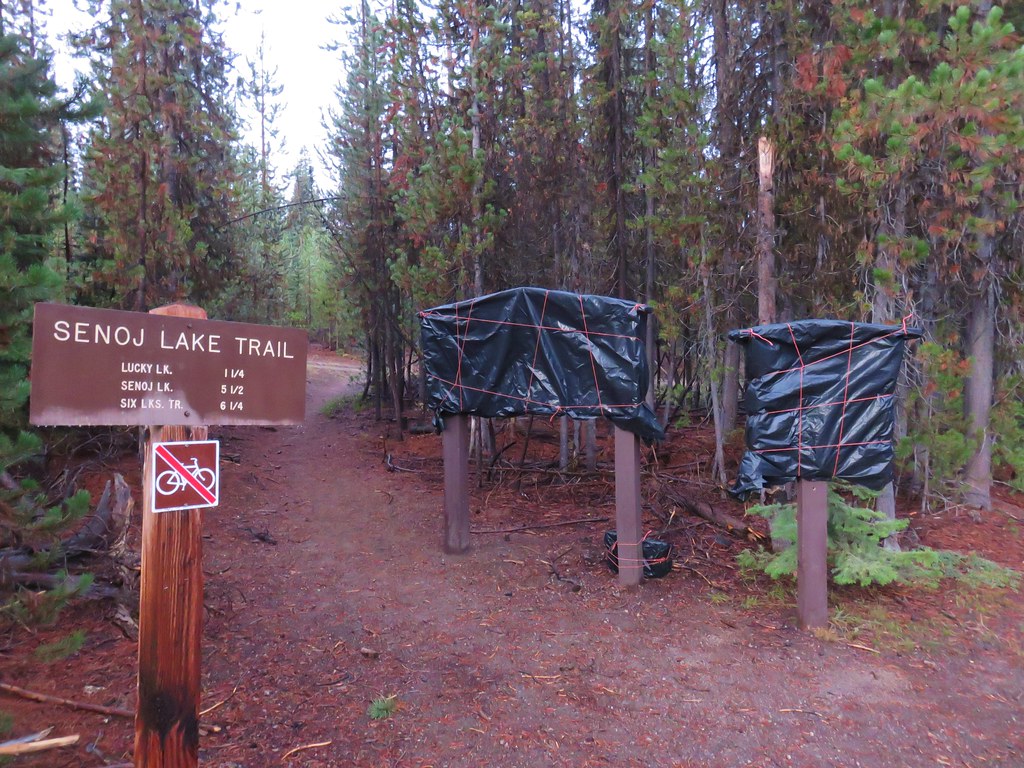
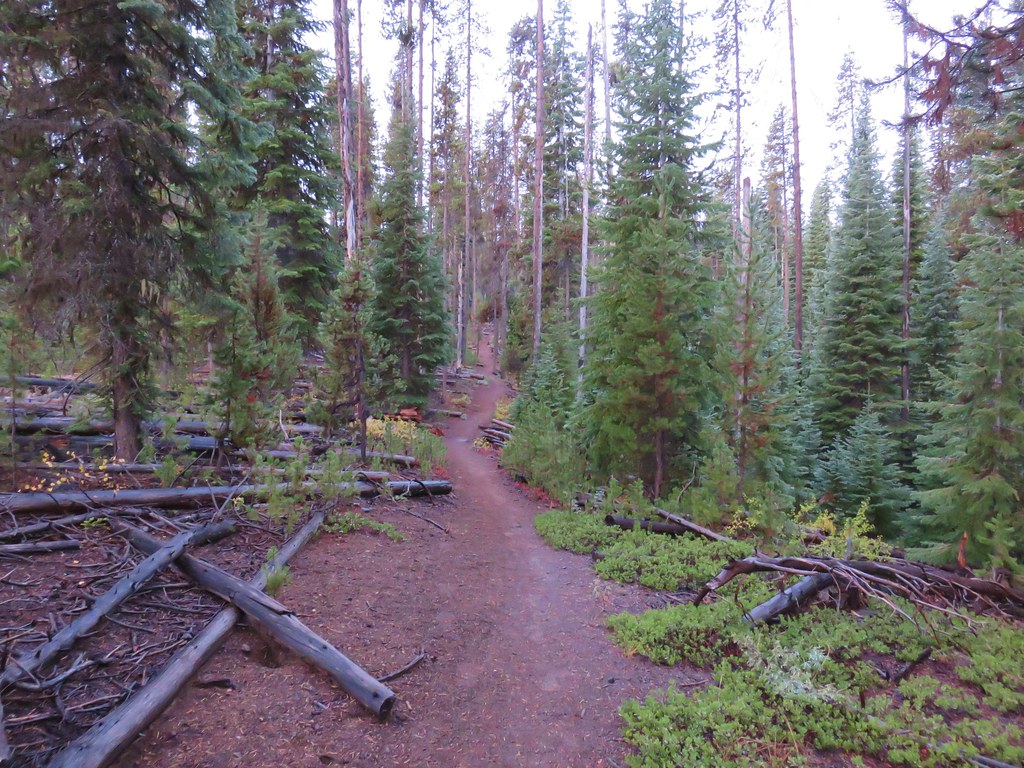
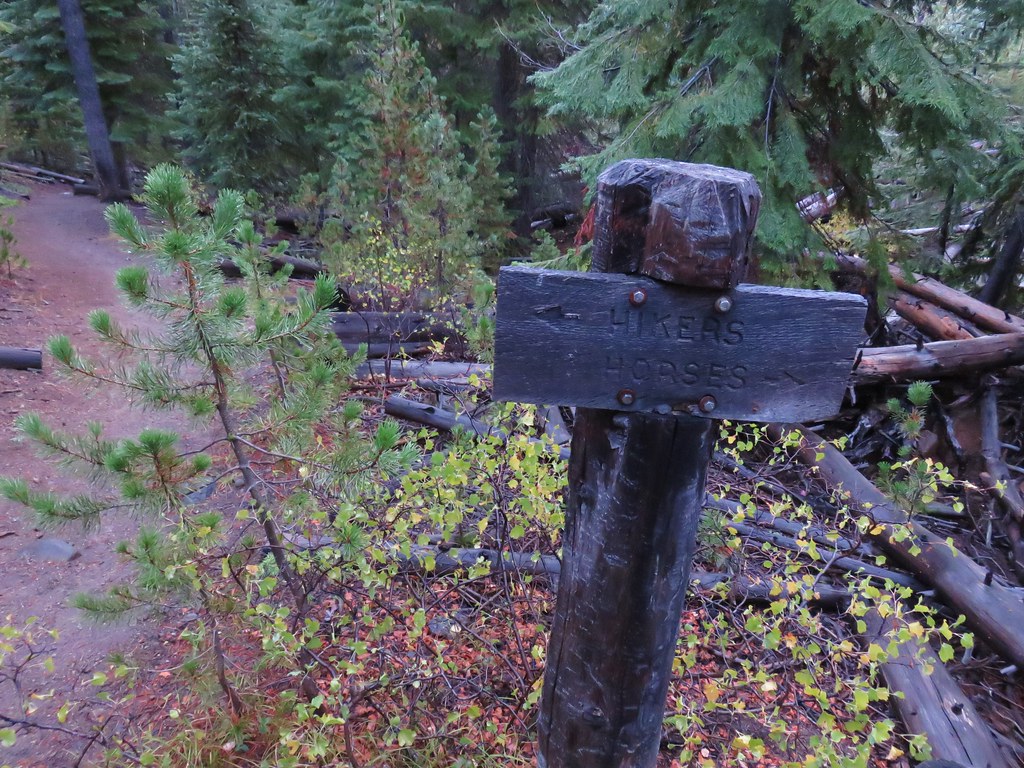
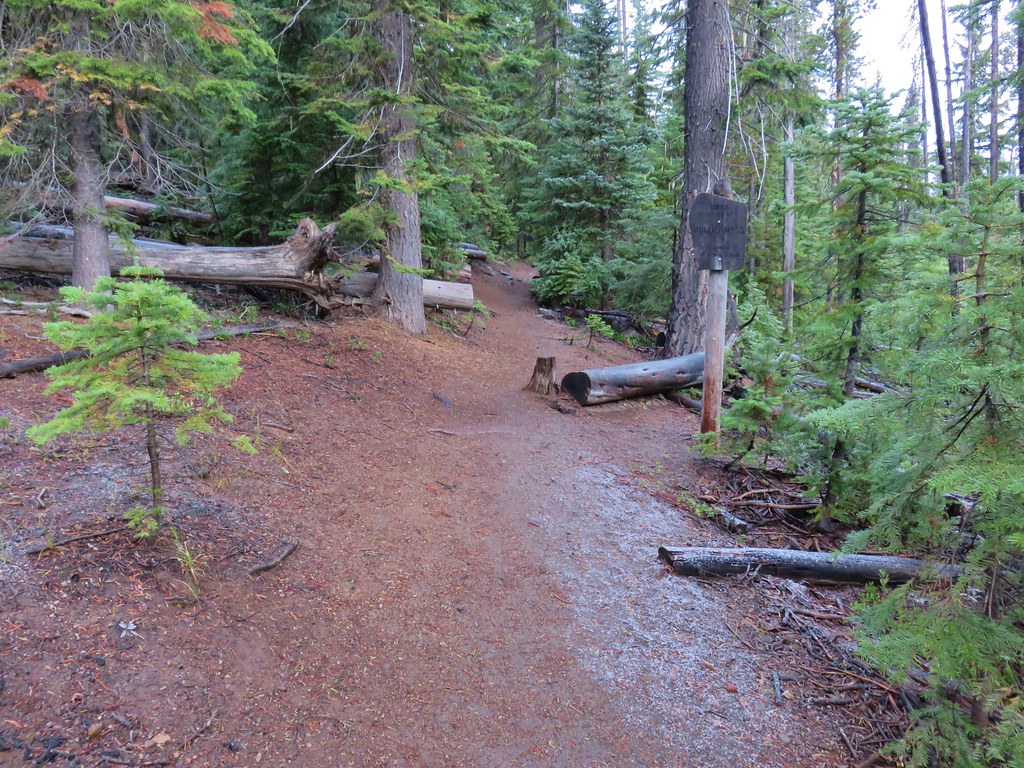 Entering the Three Sisters Wilderness
Entering the Three Sisters Wilderness